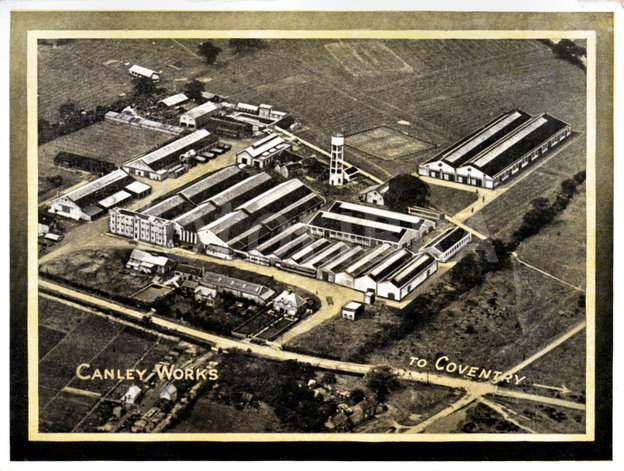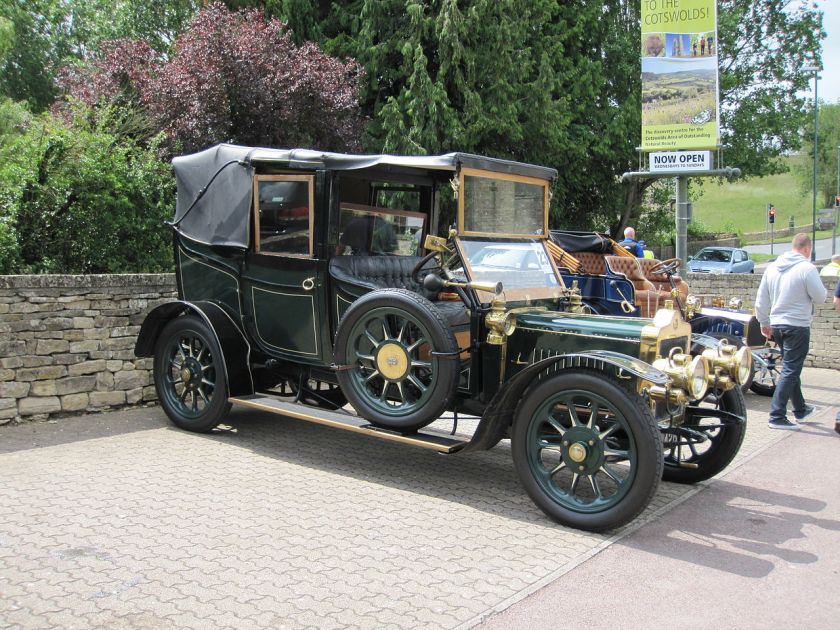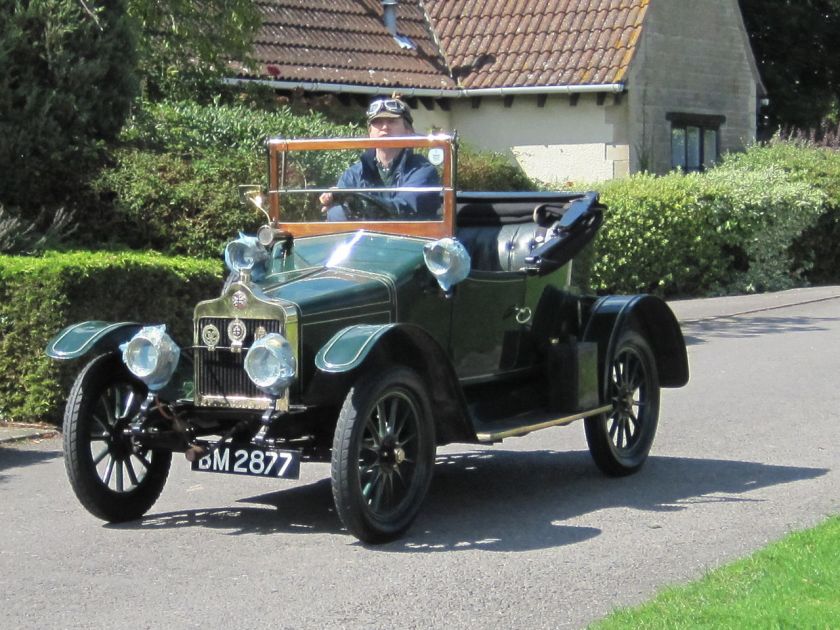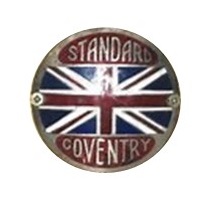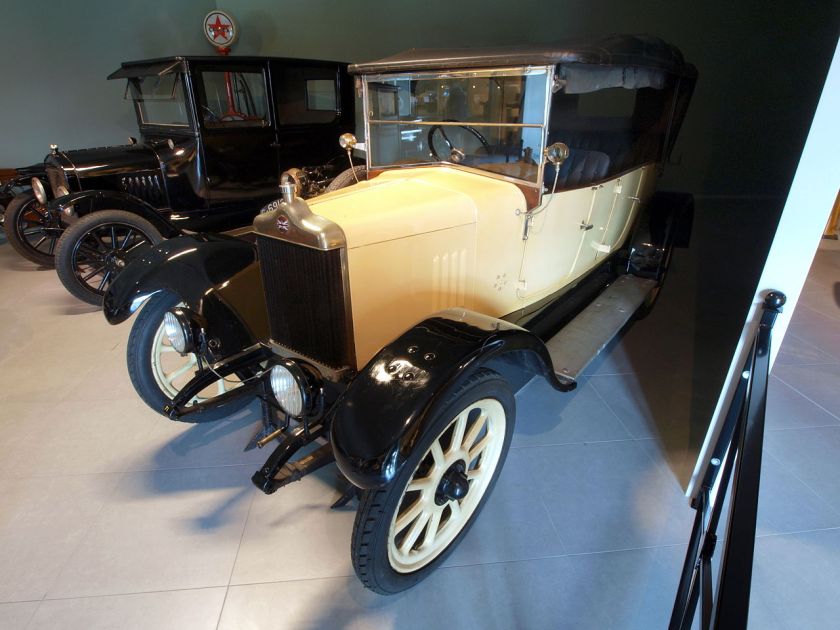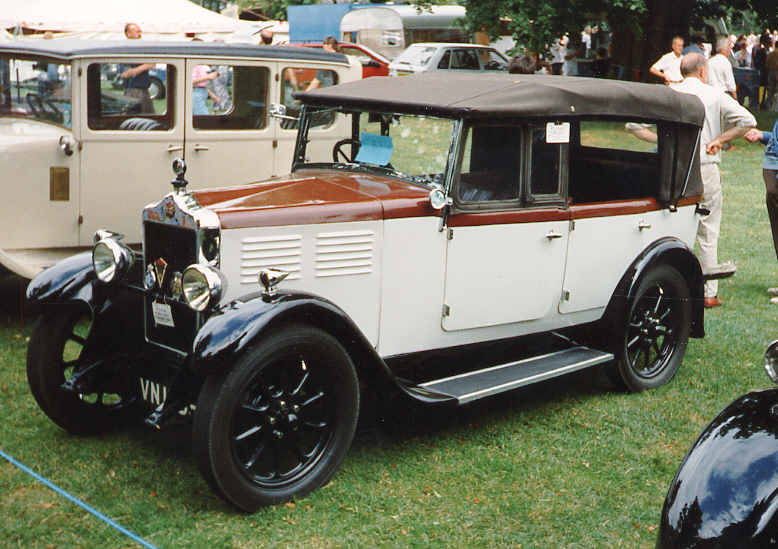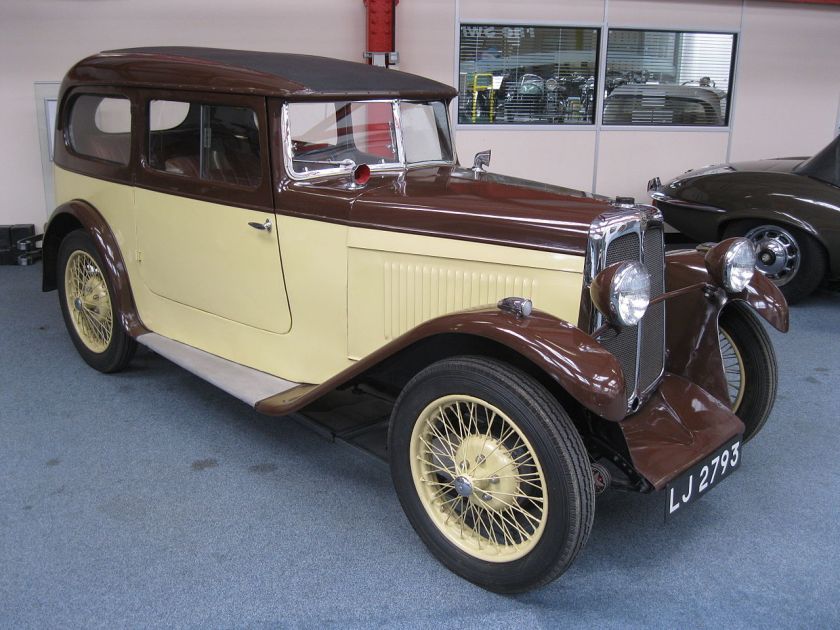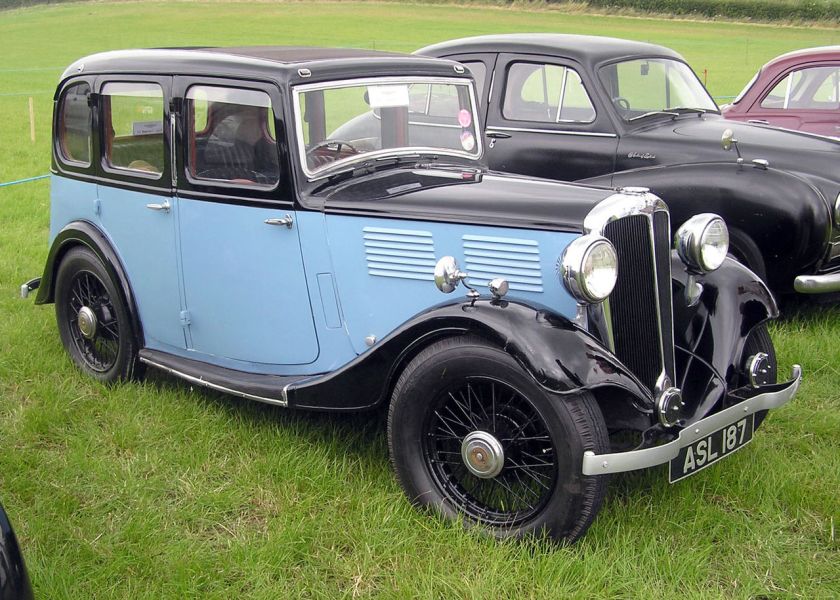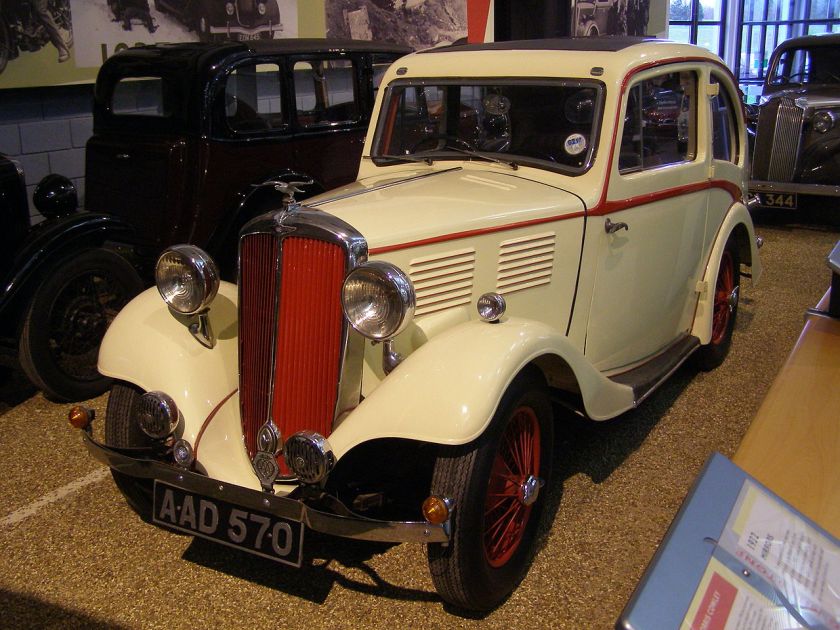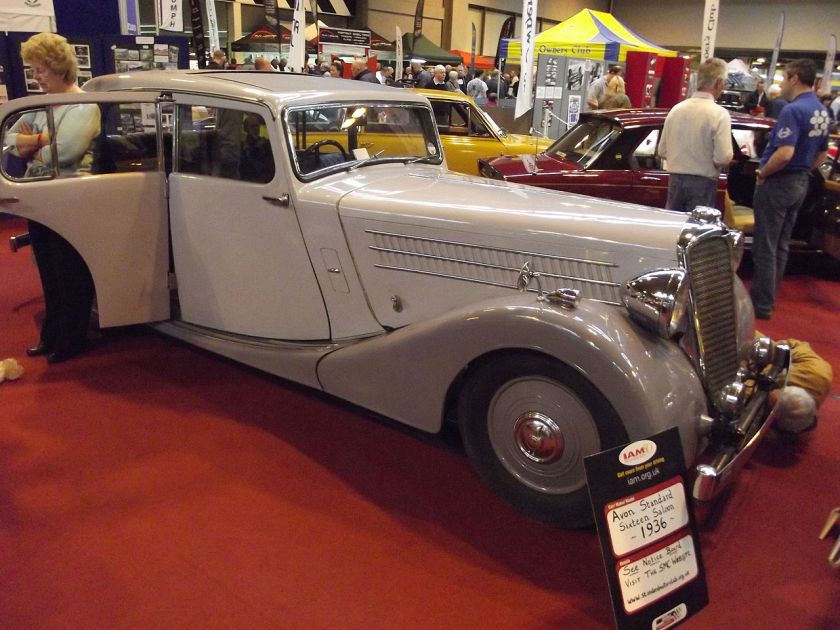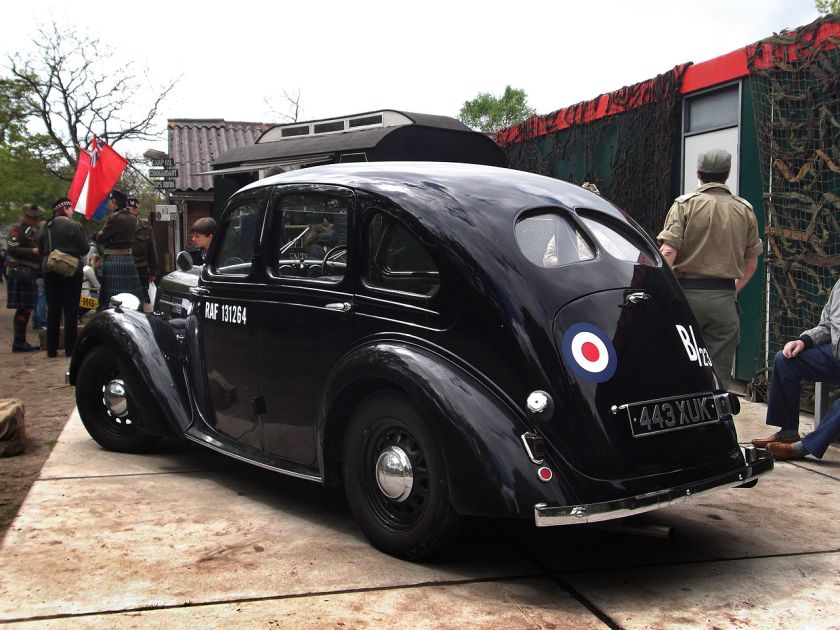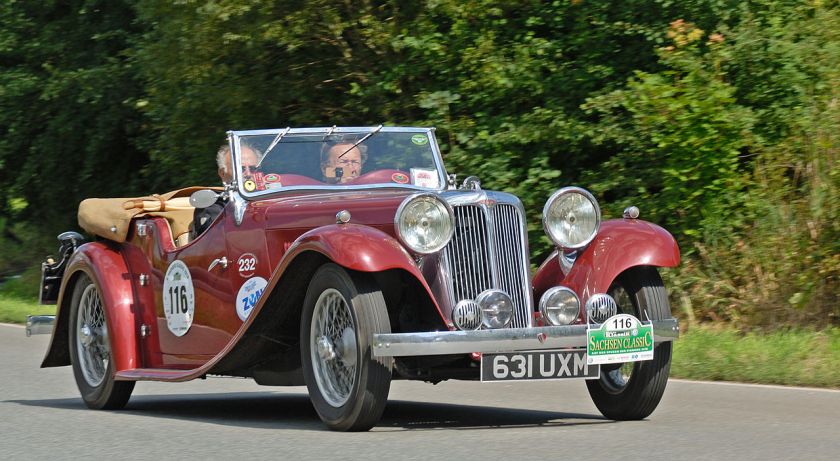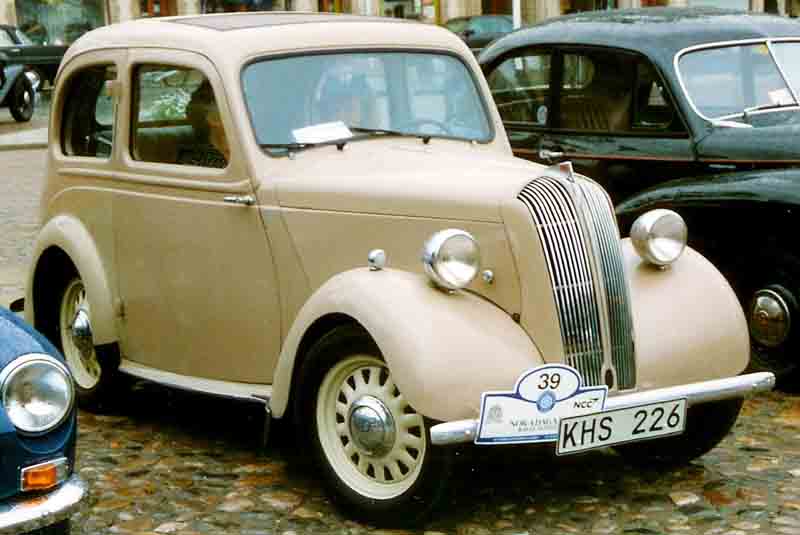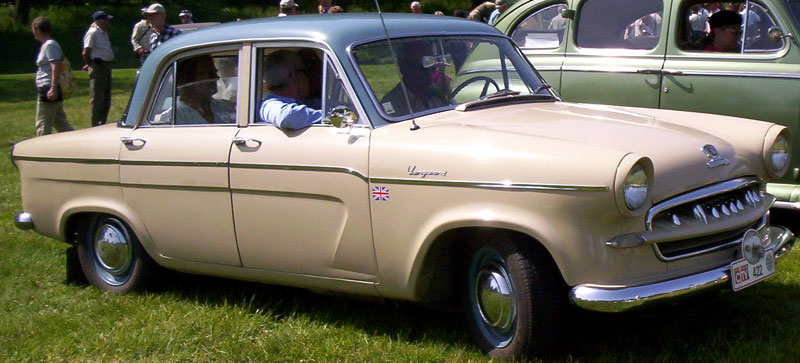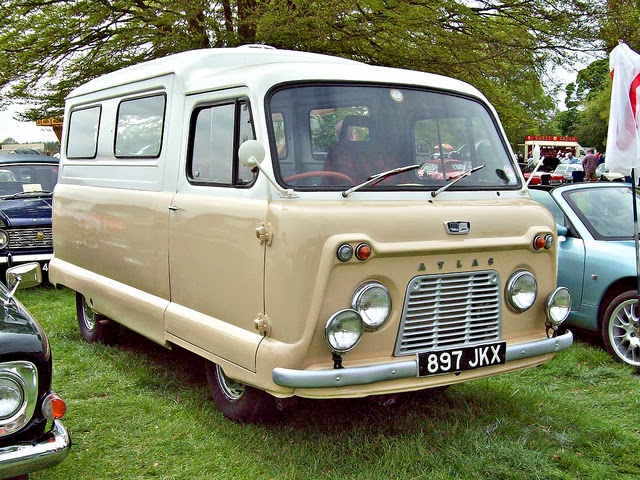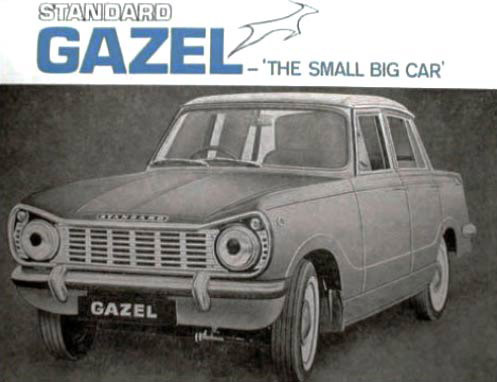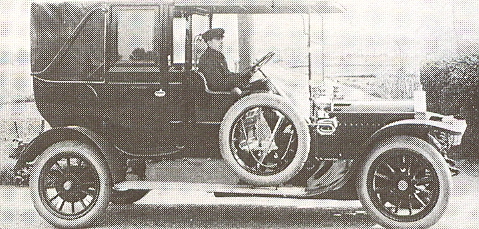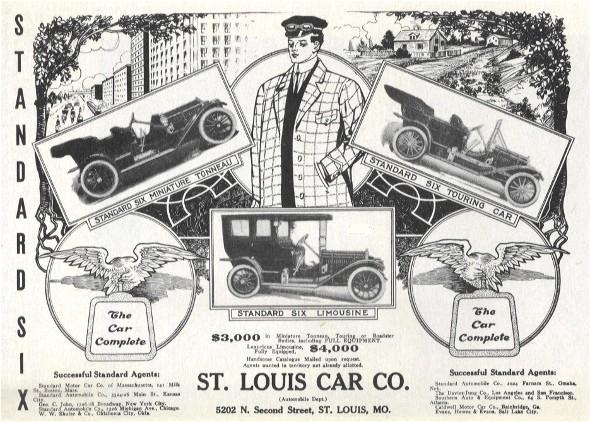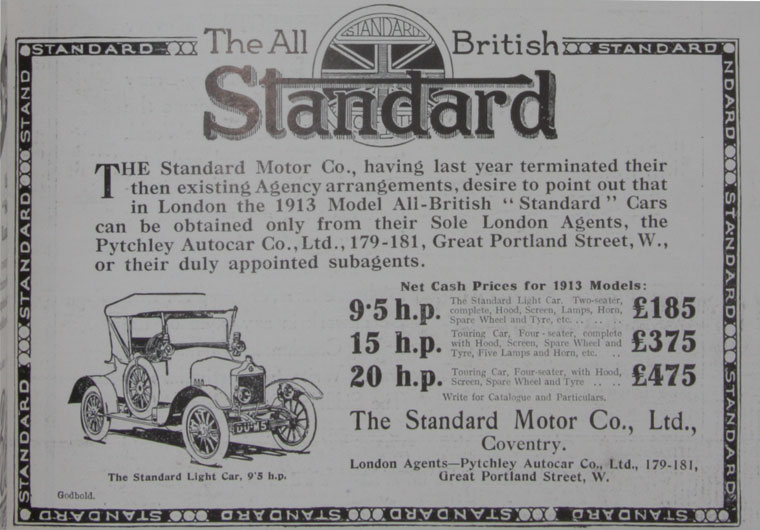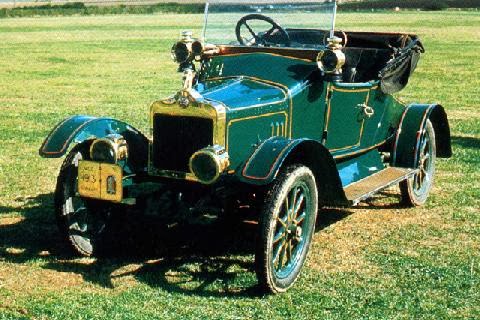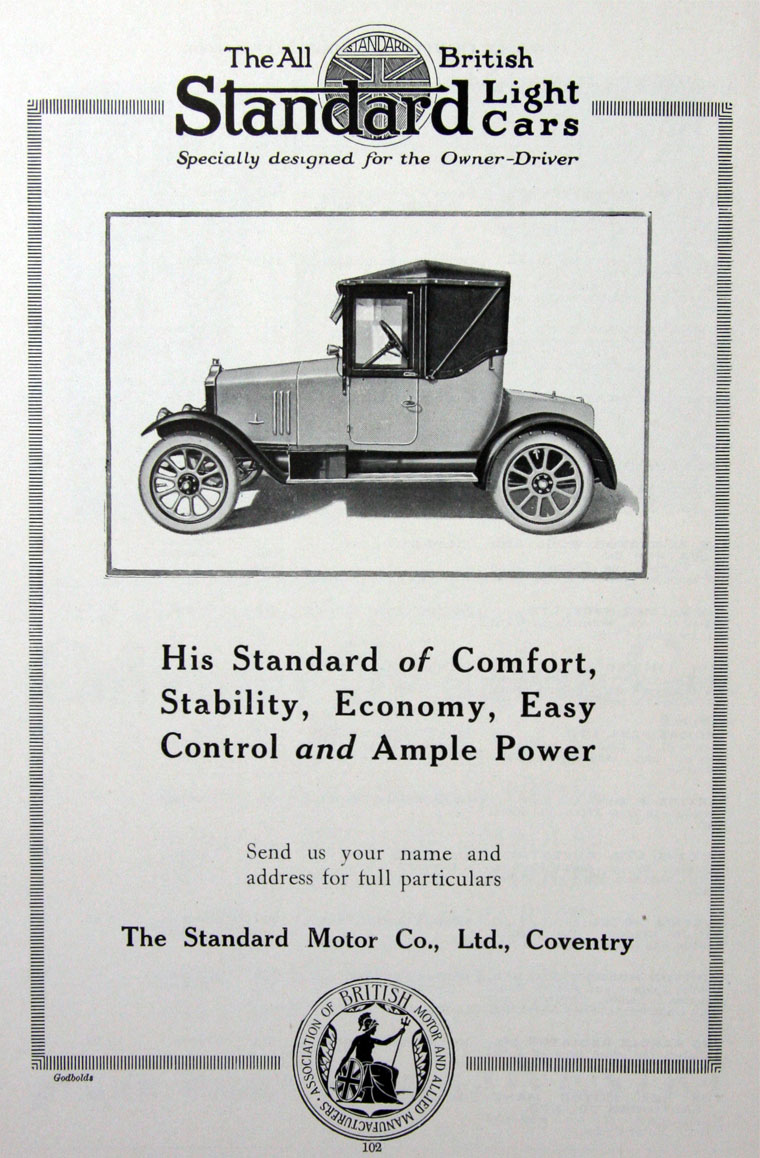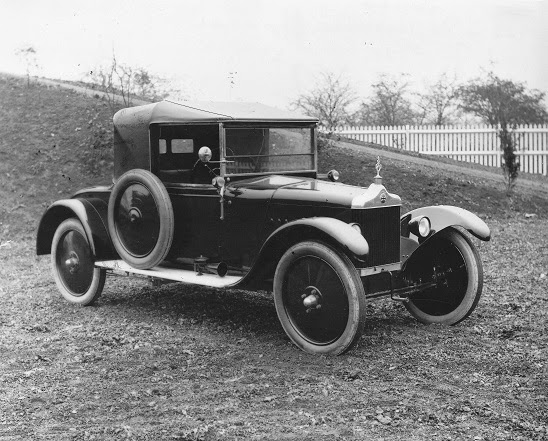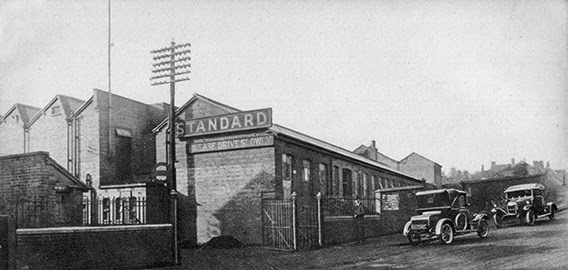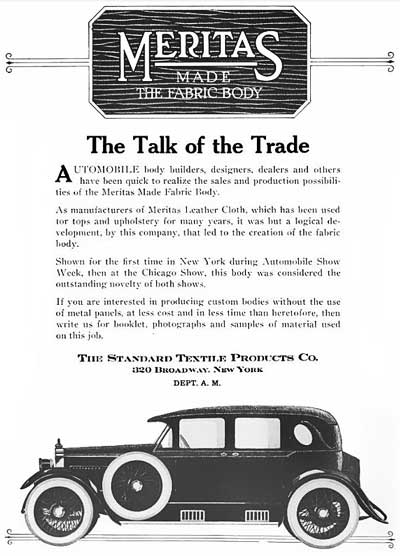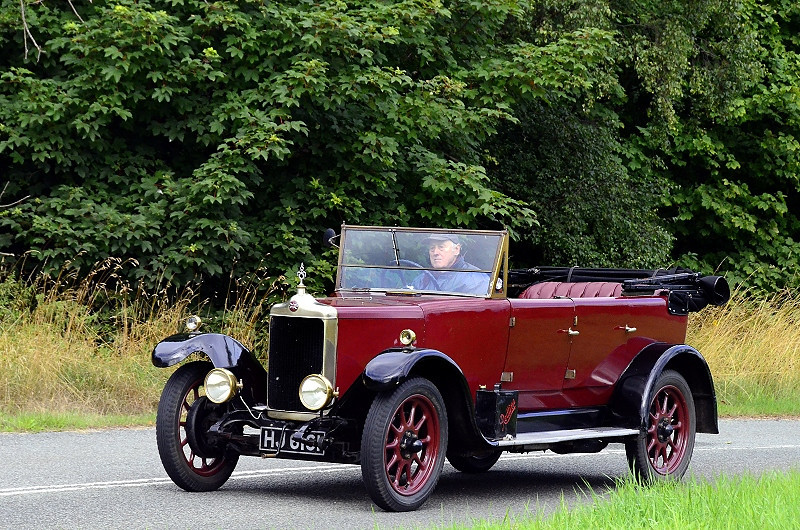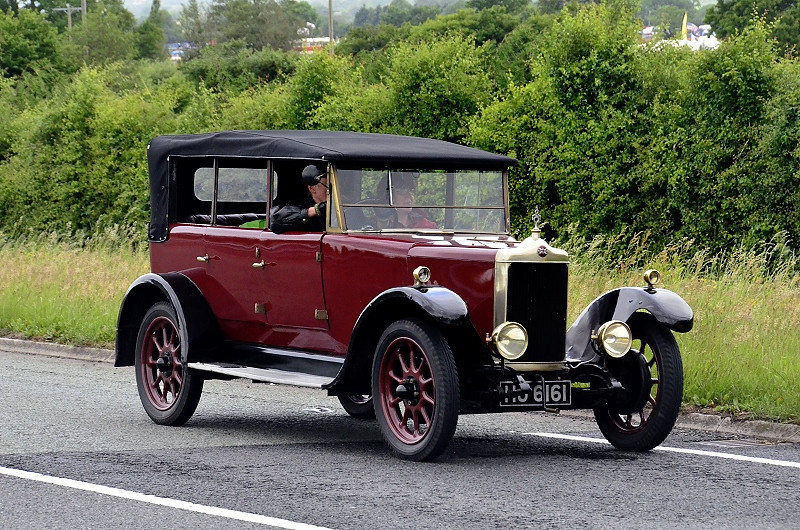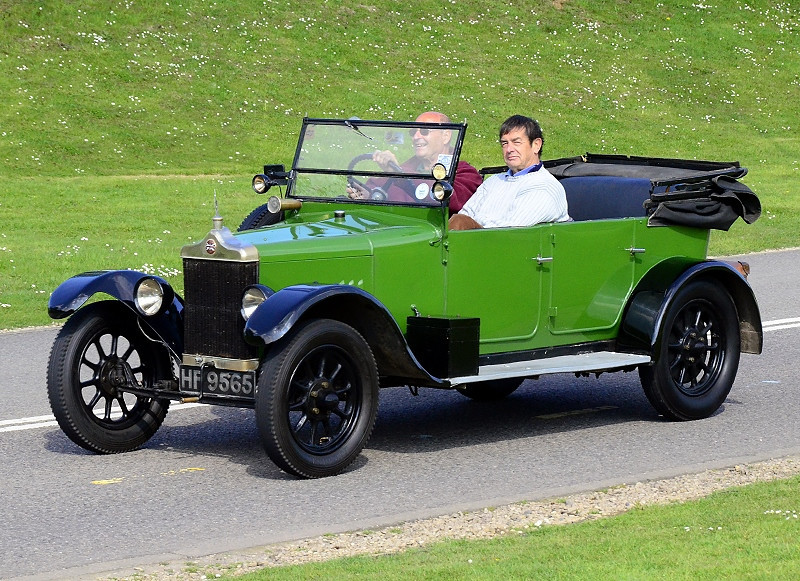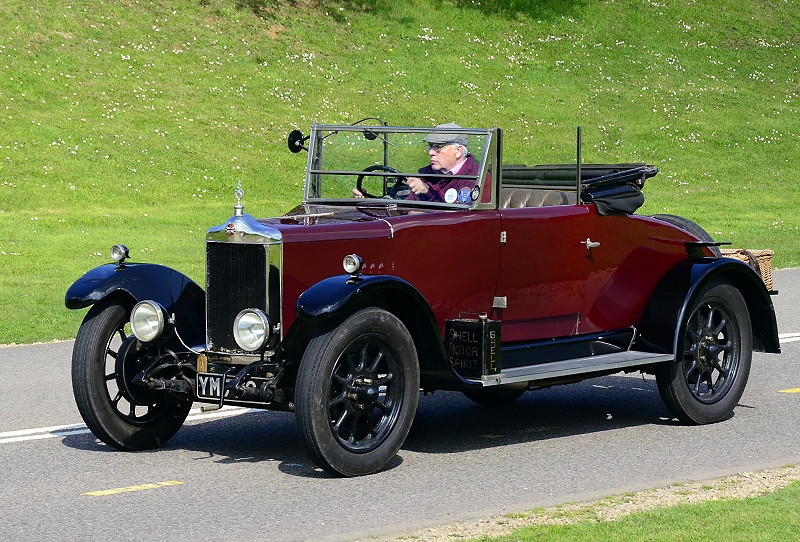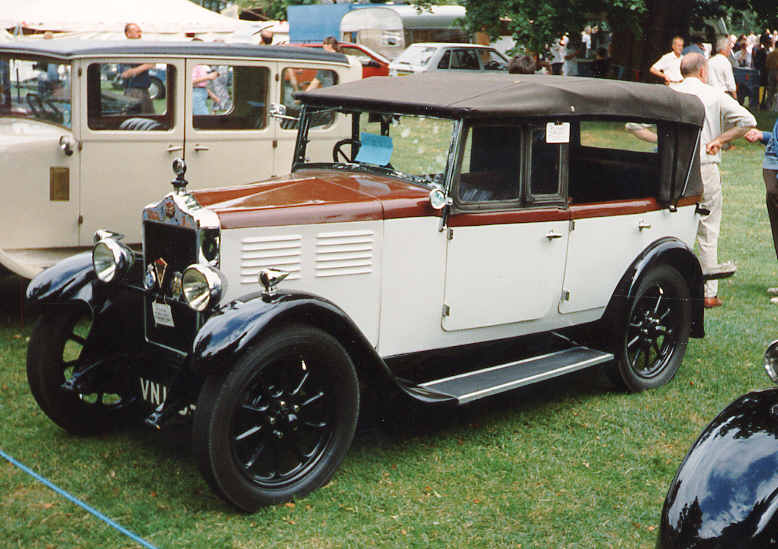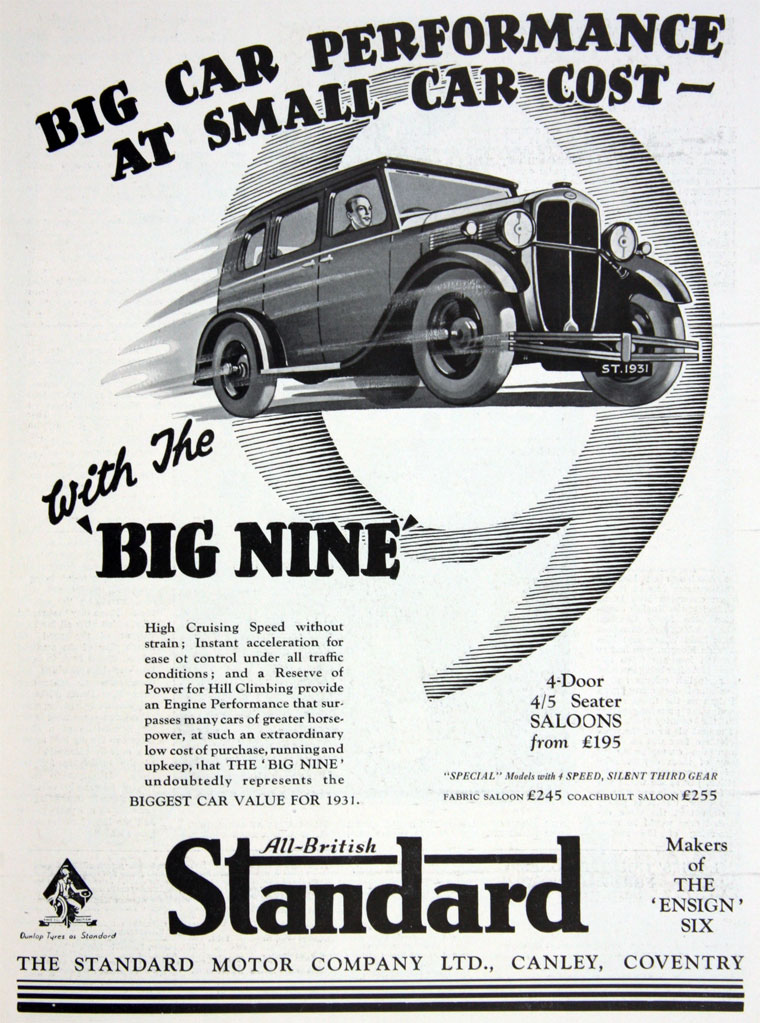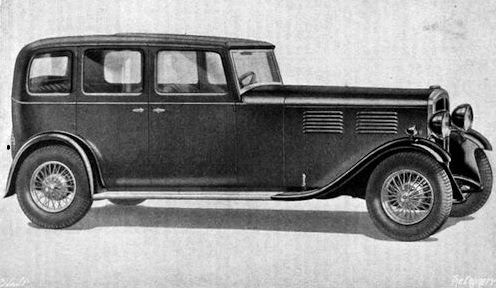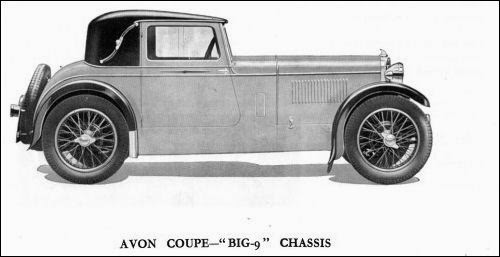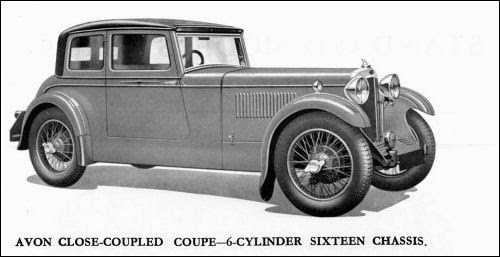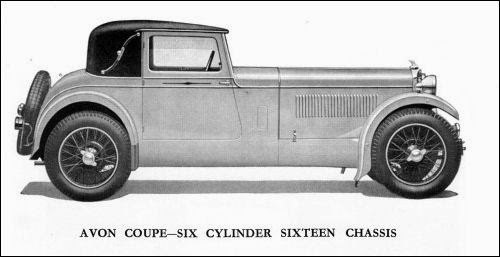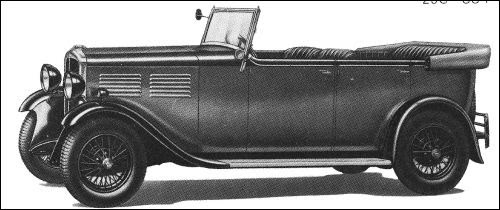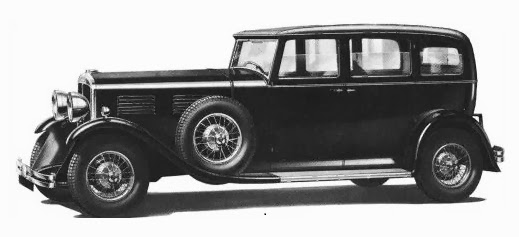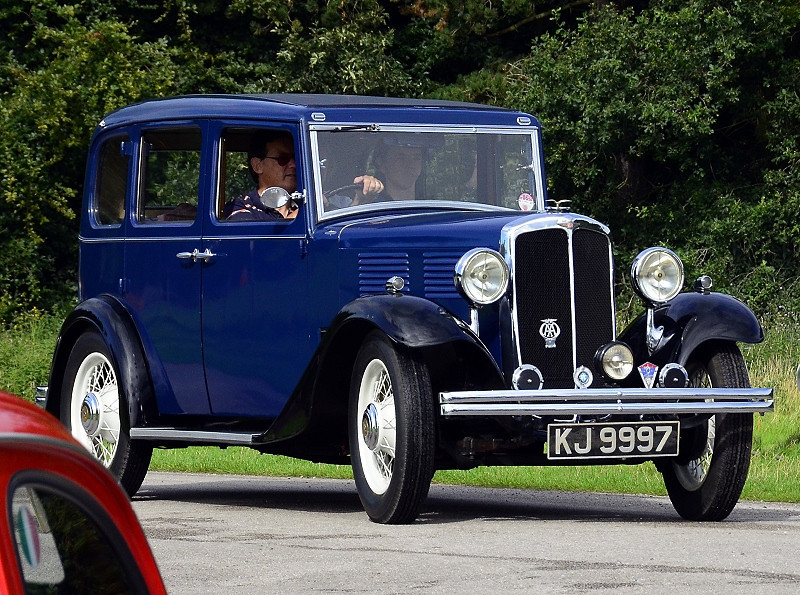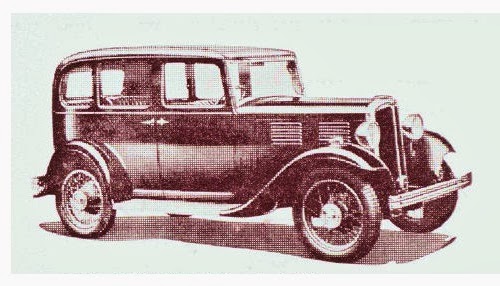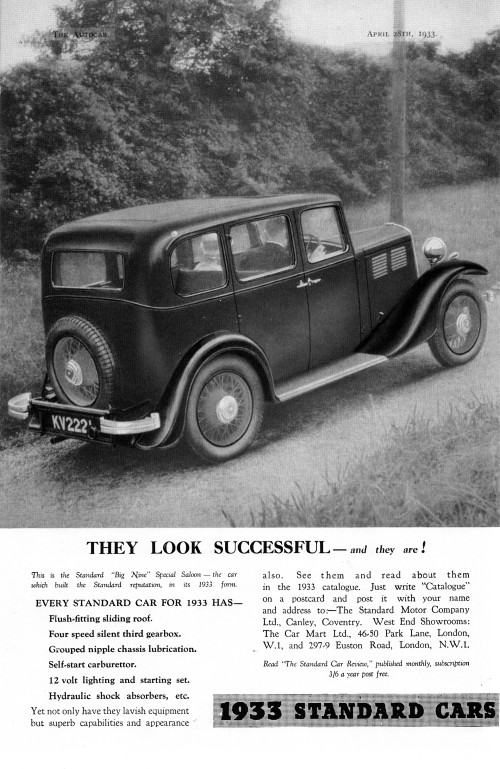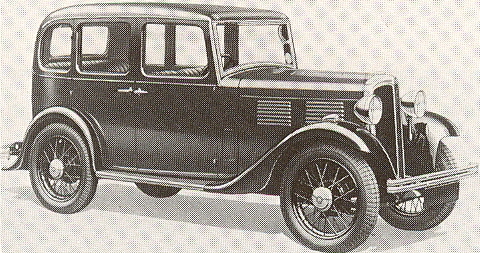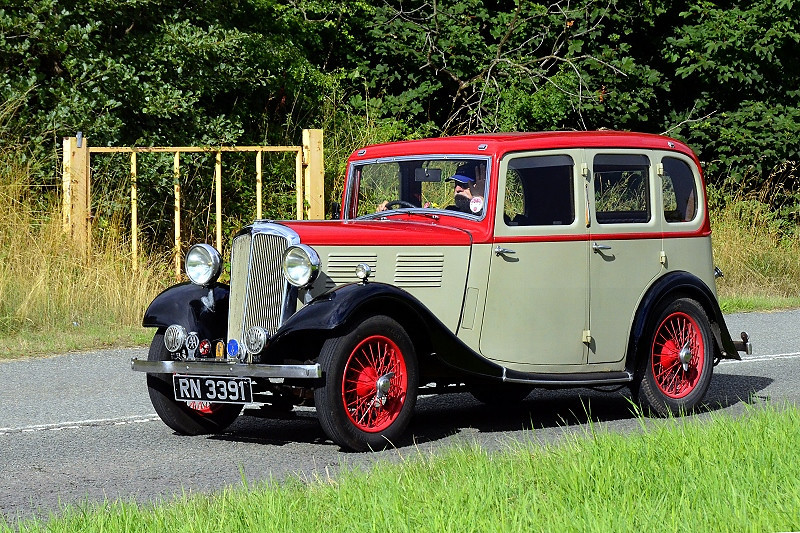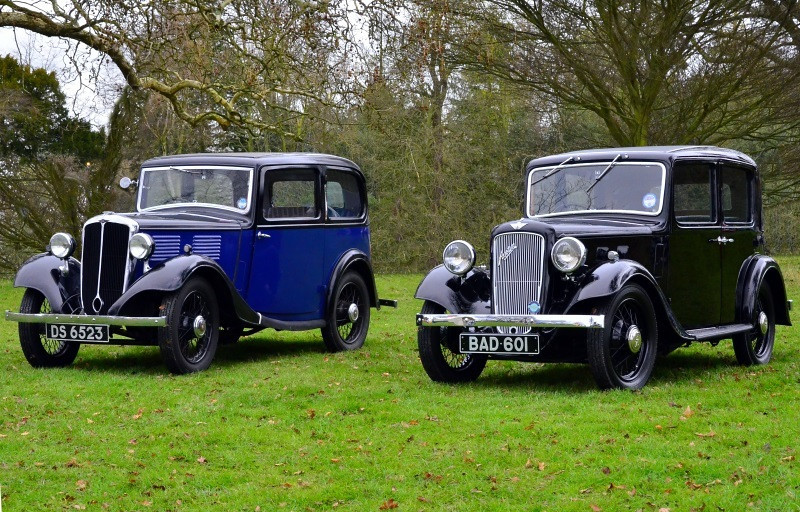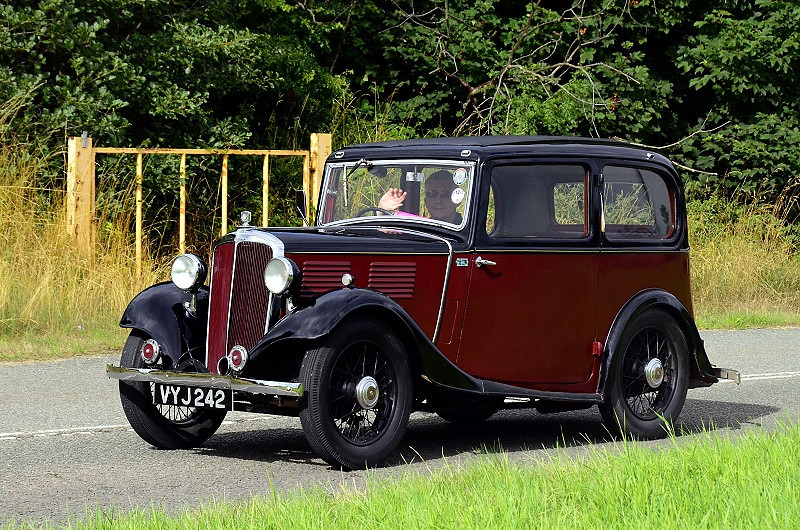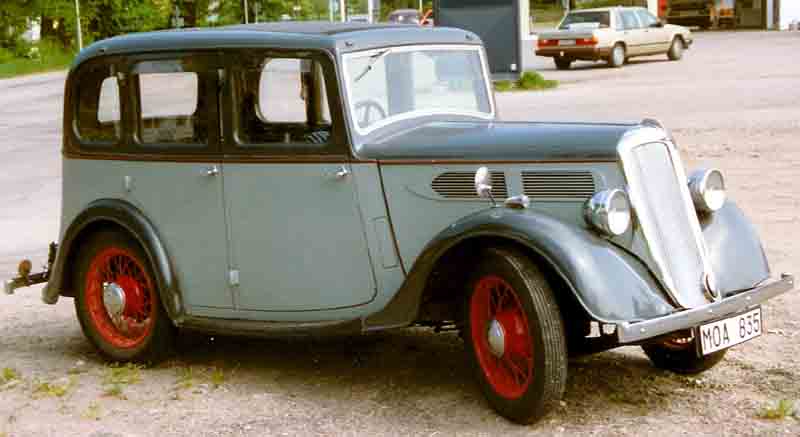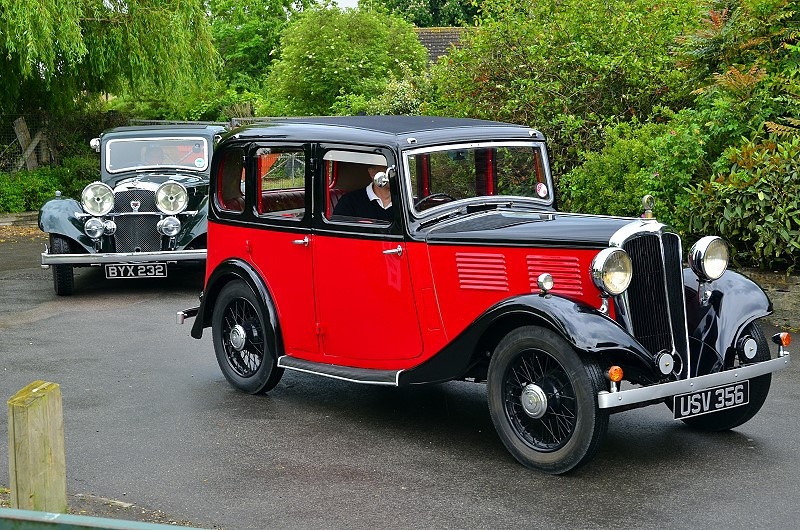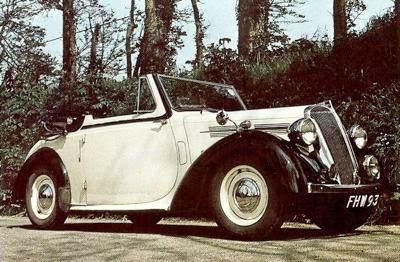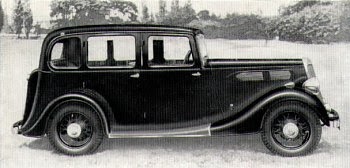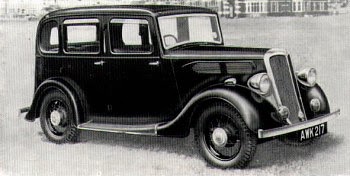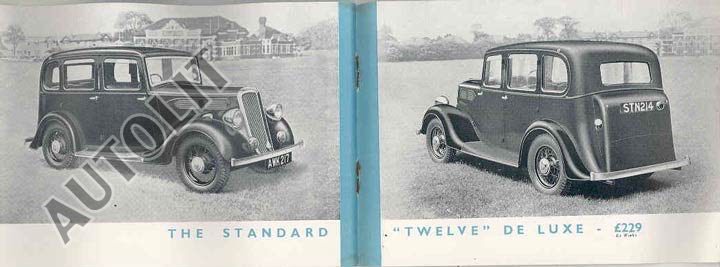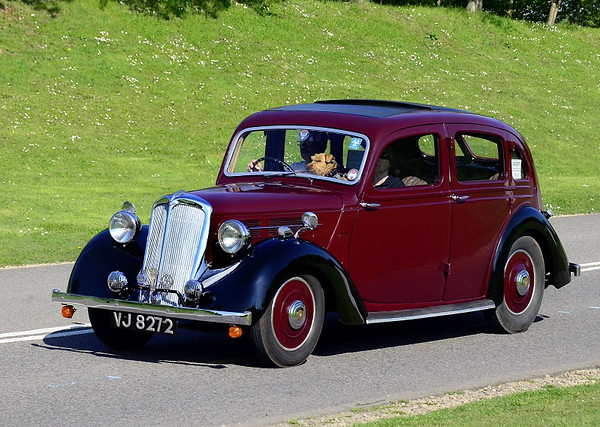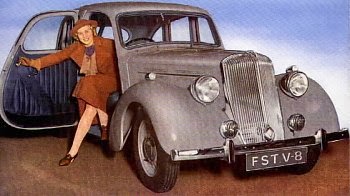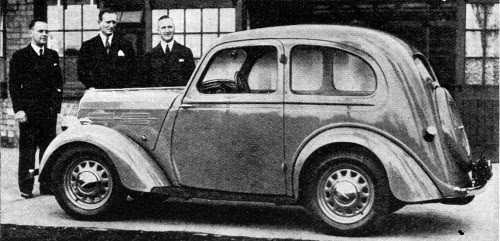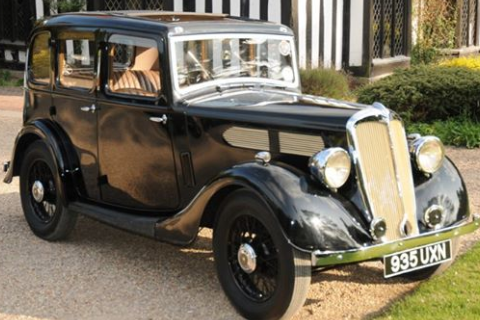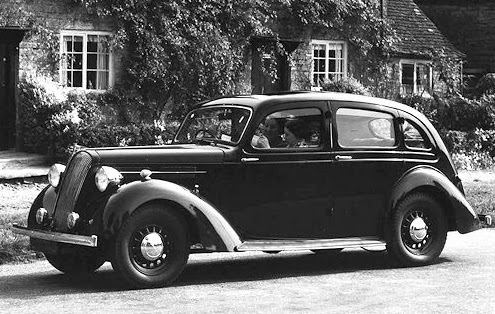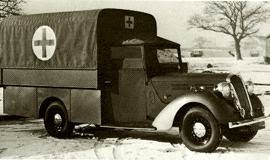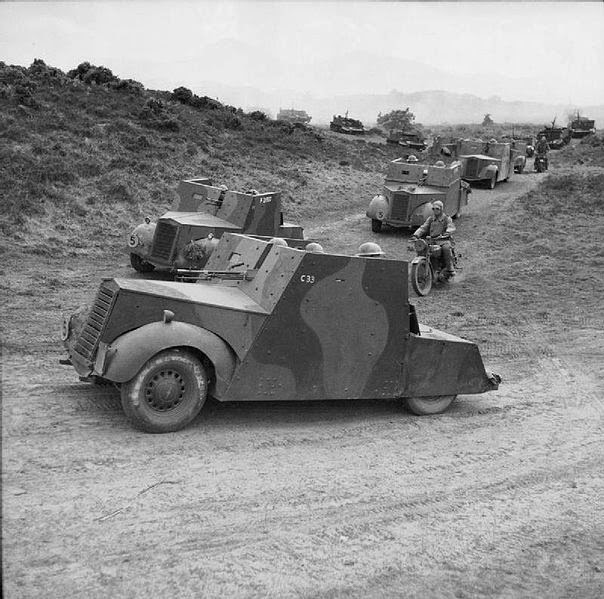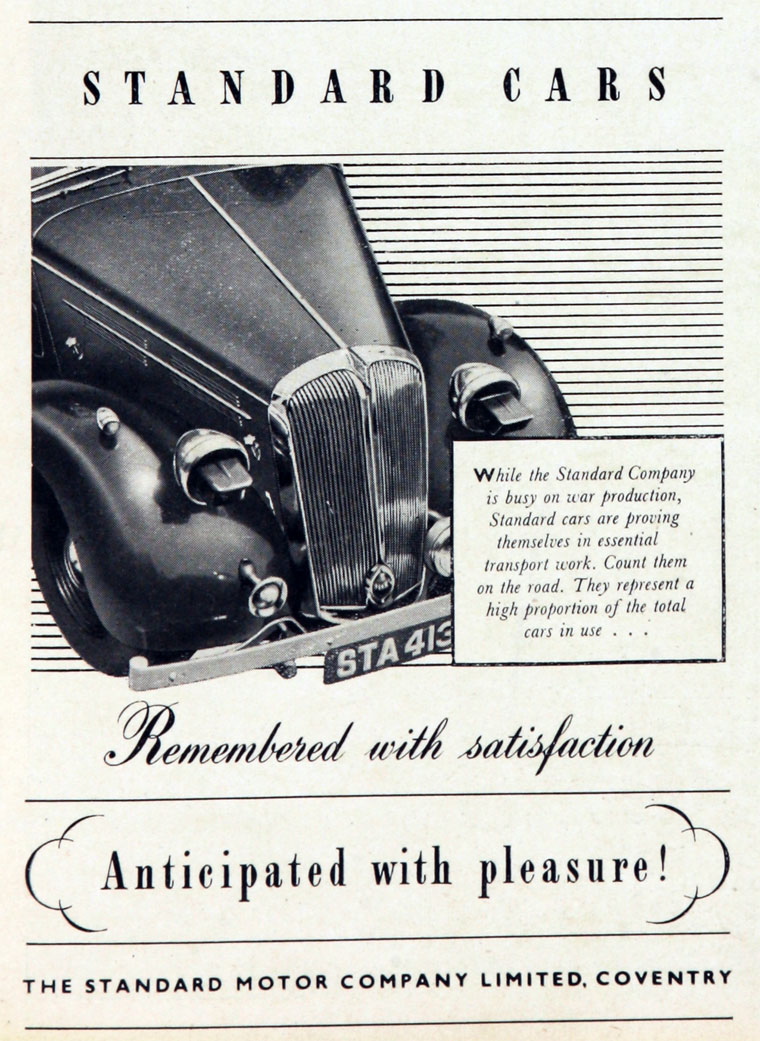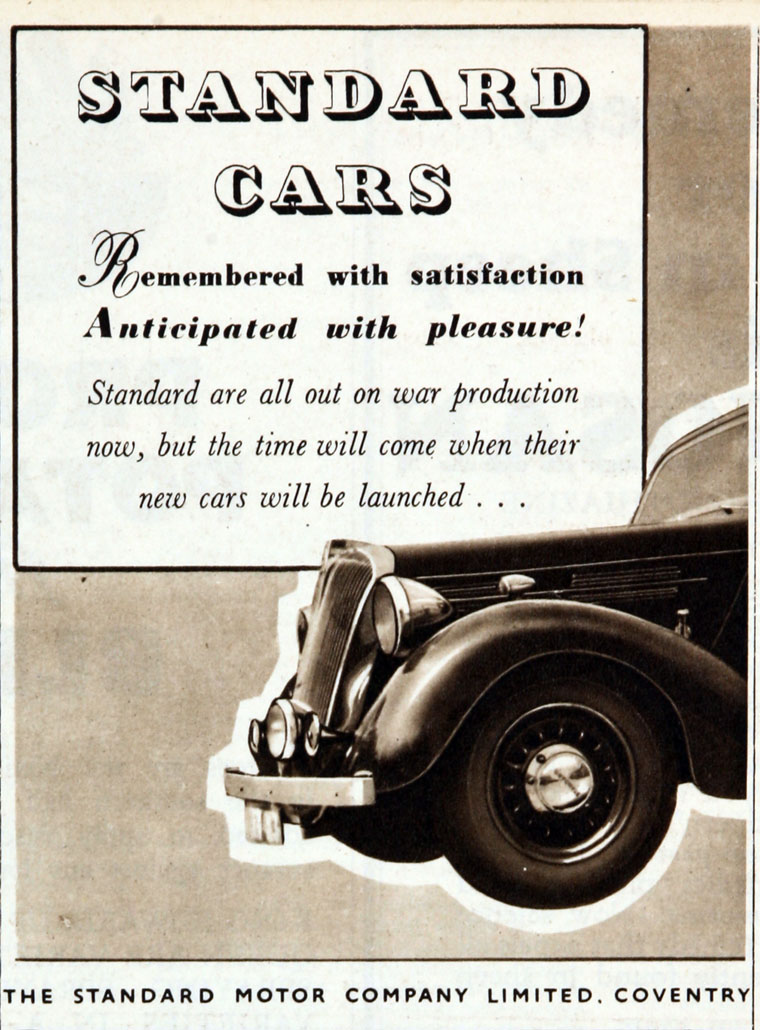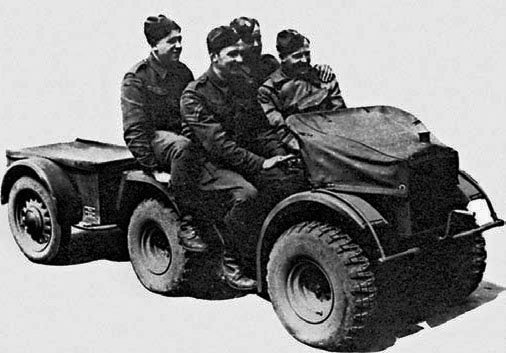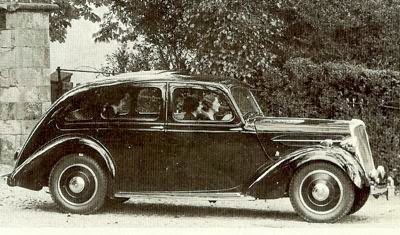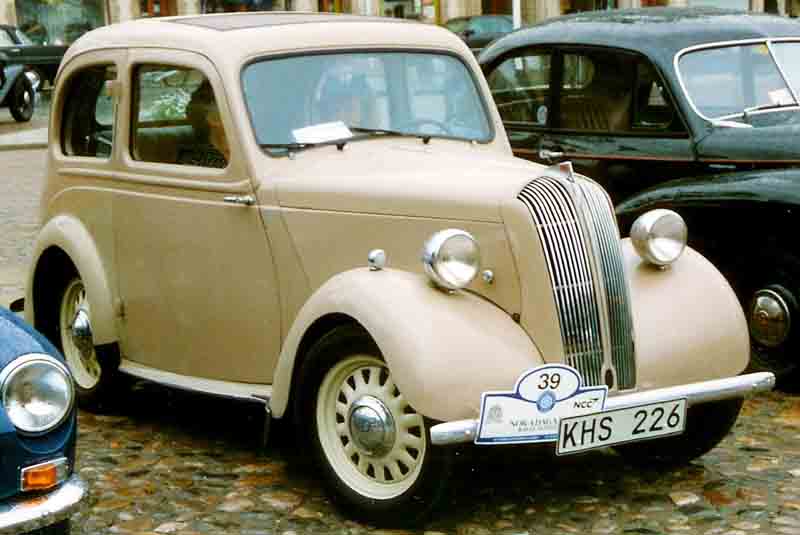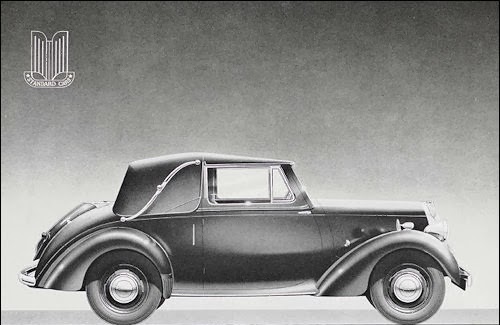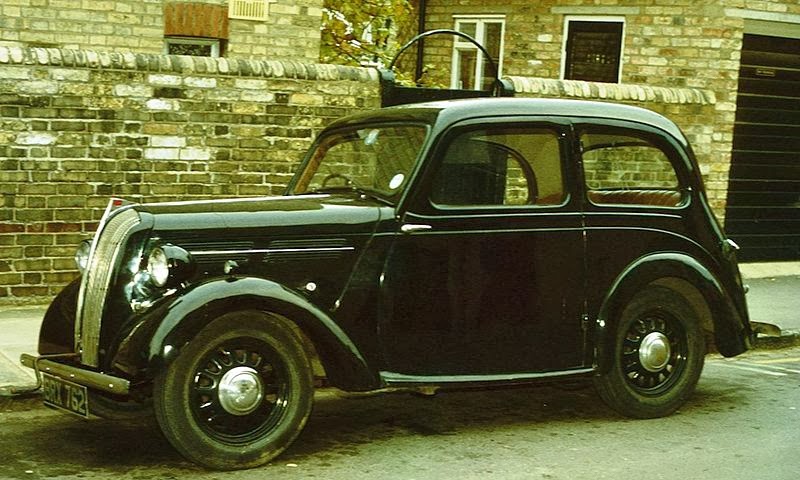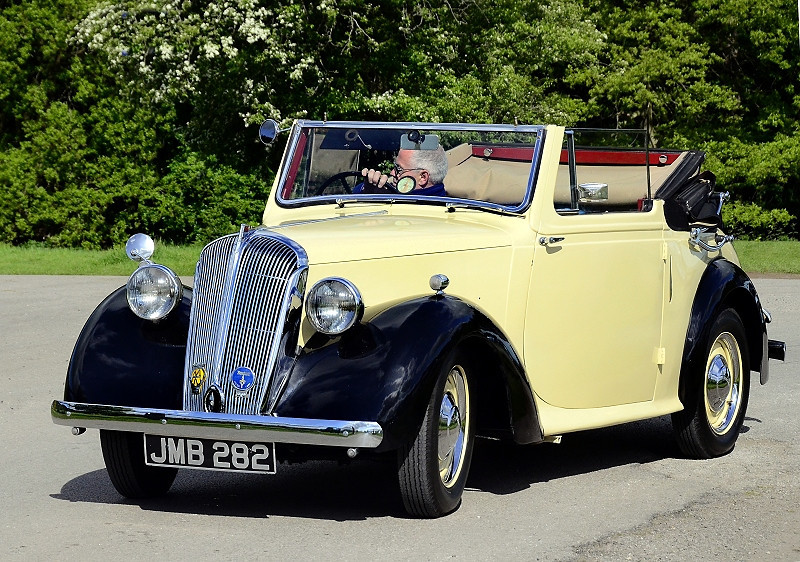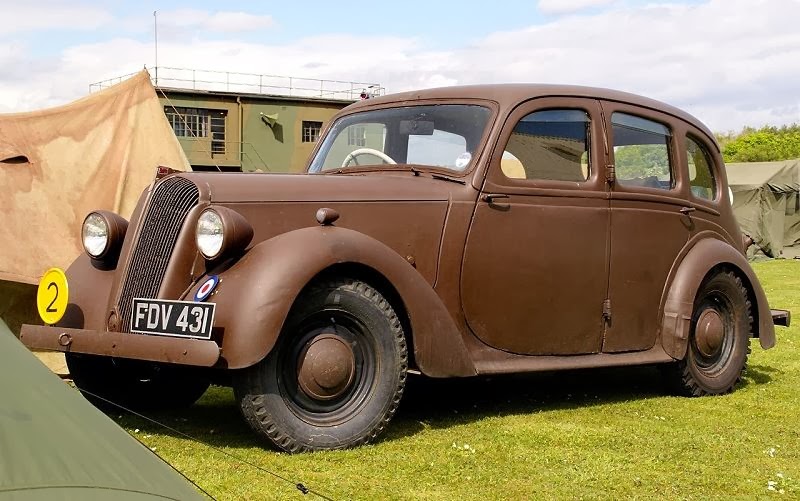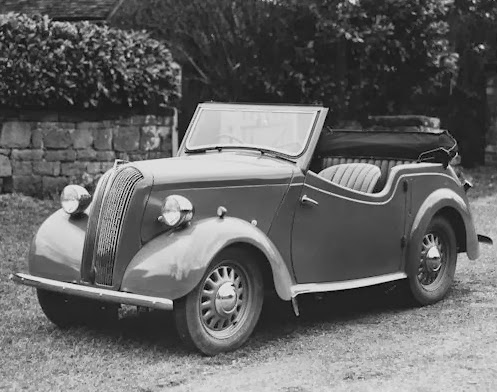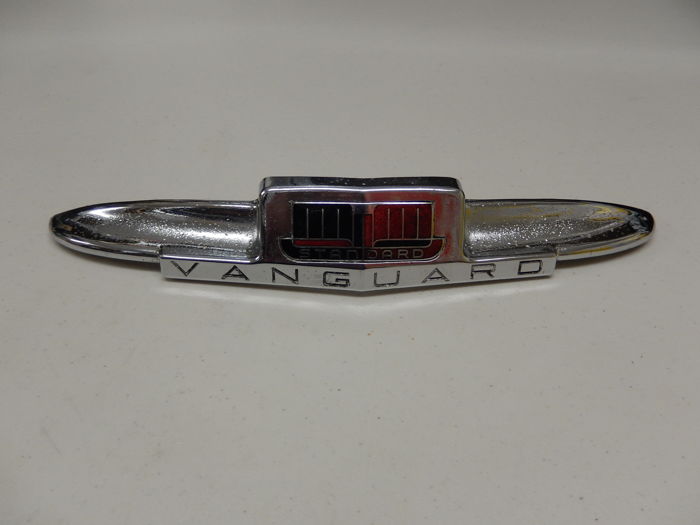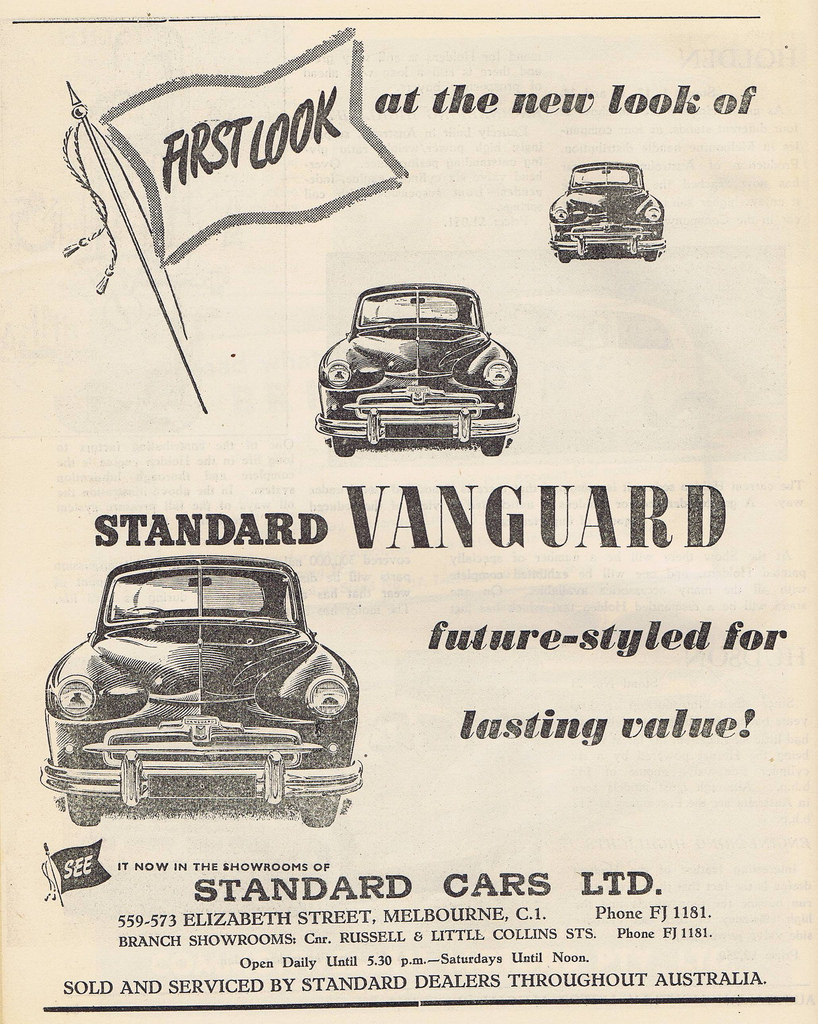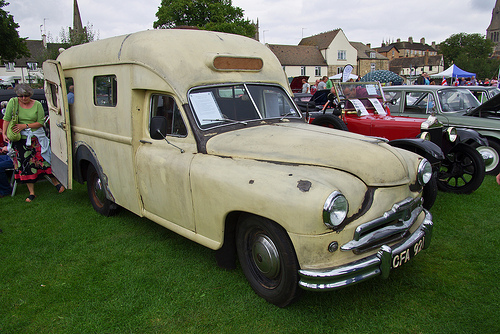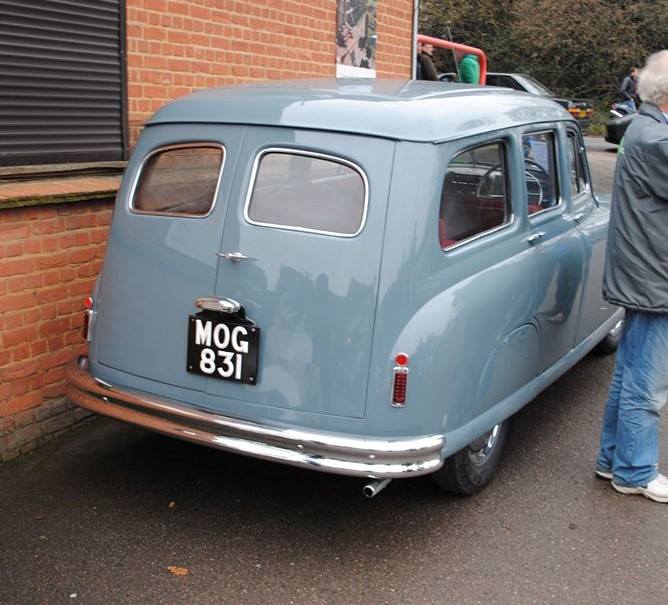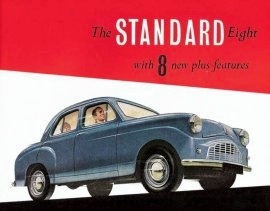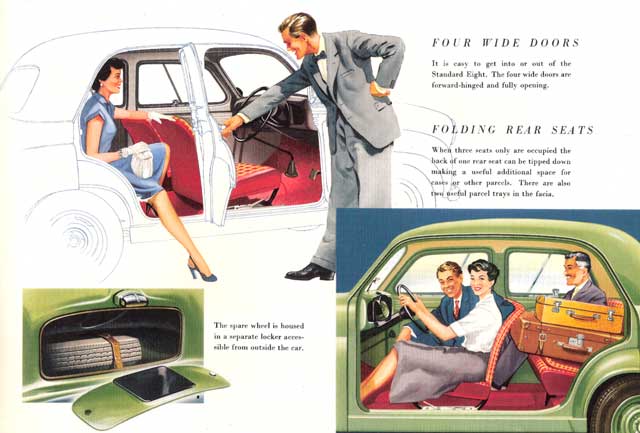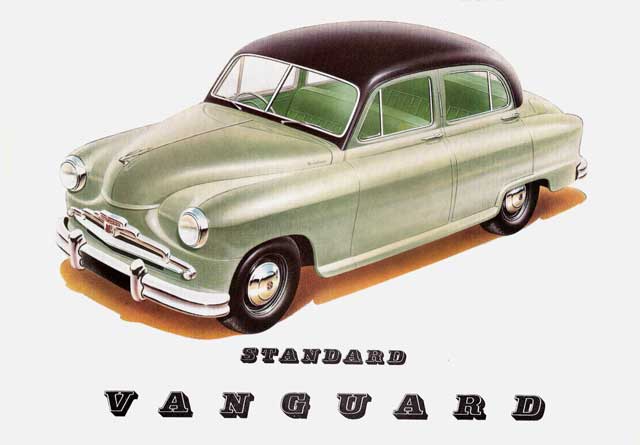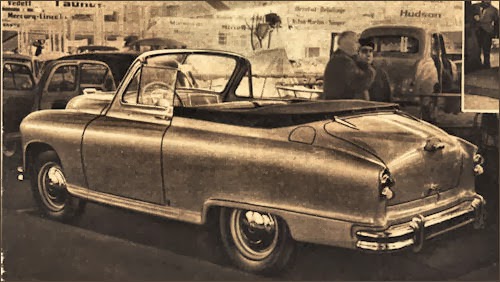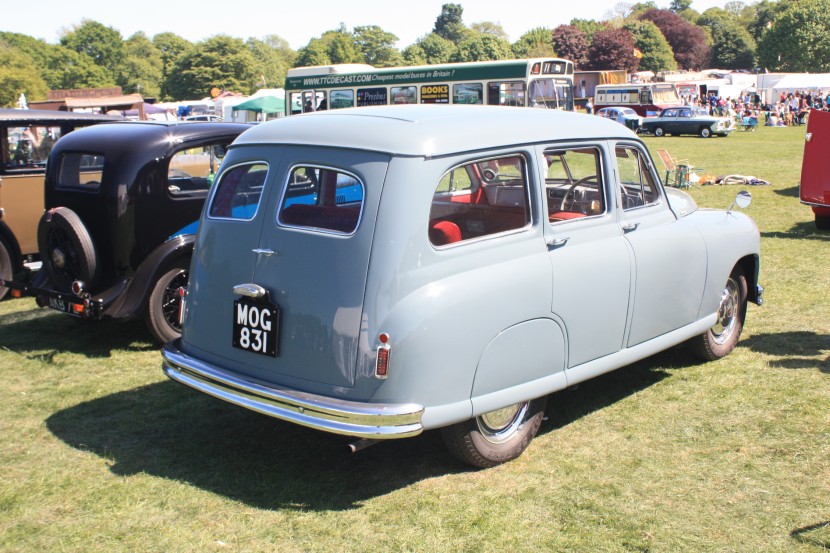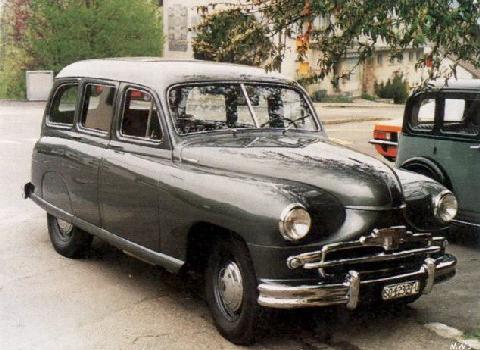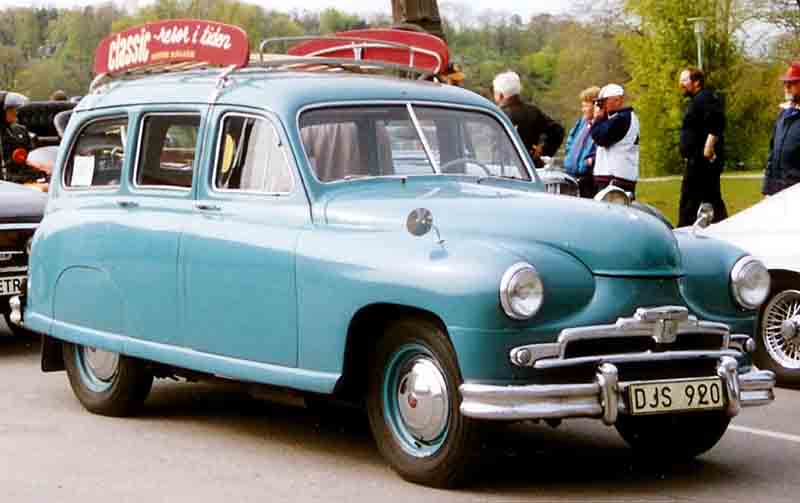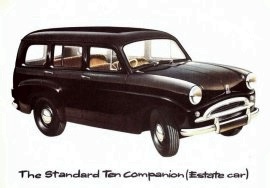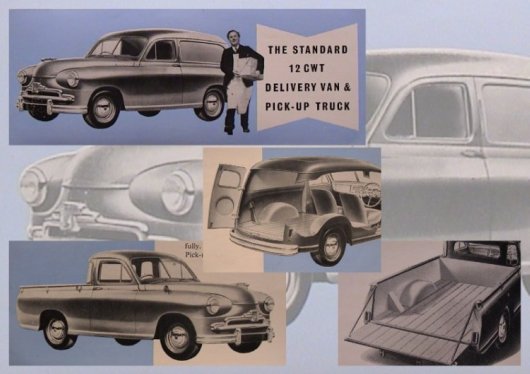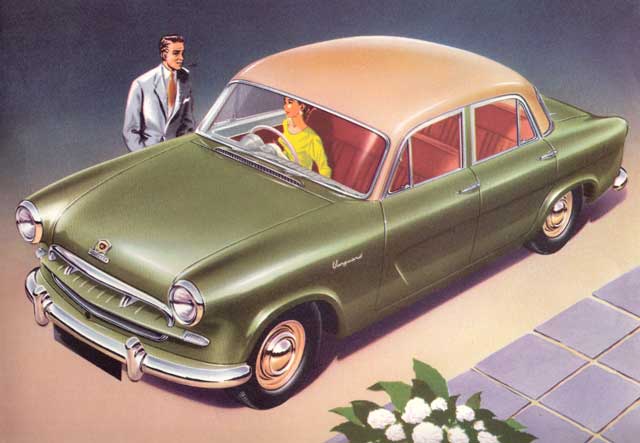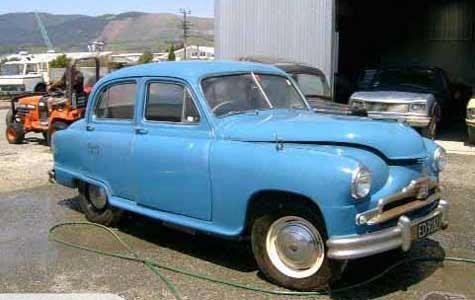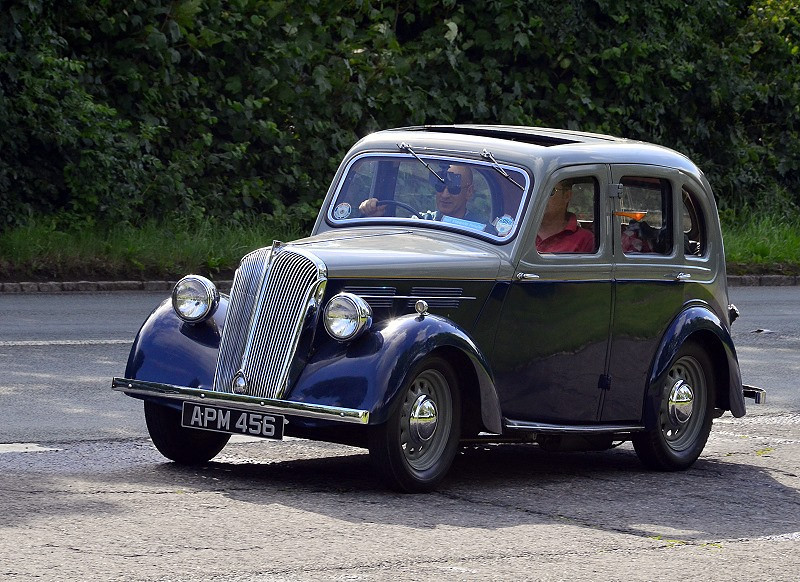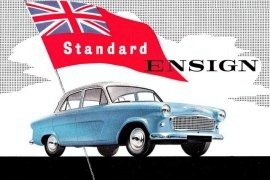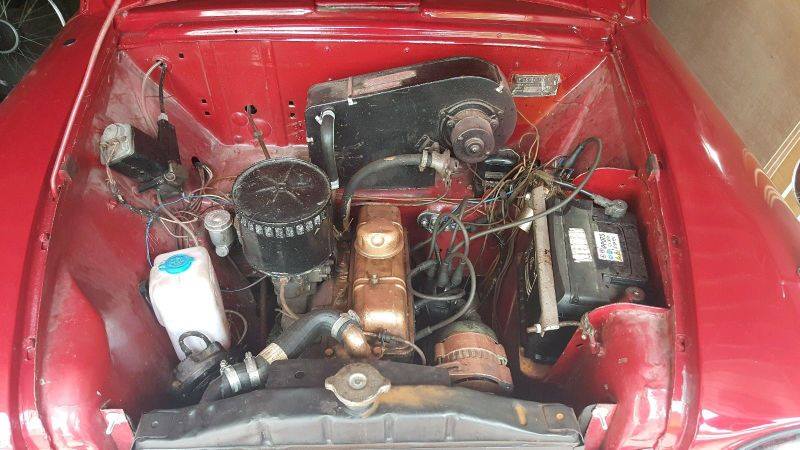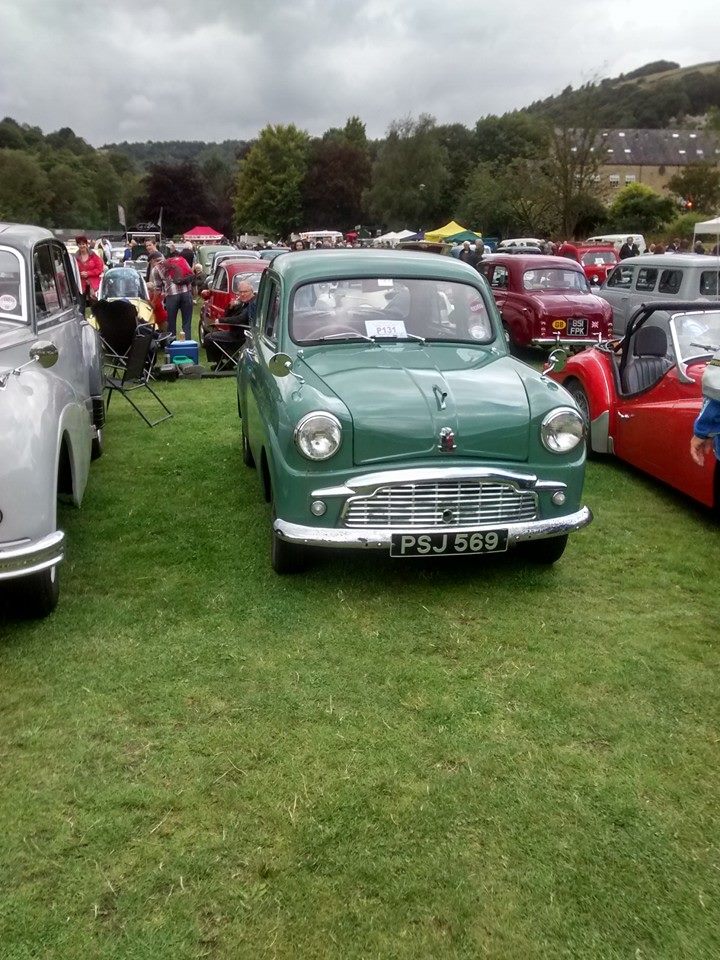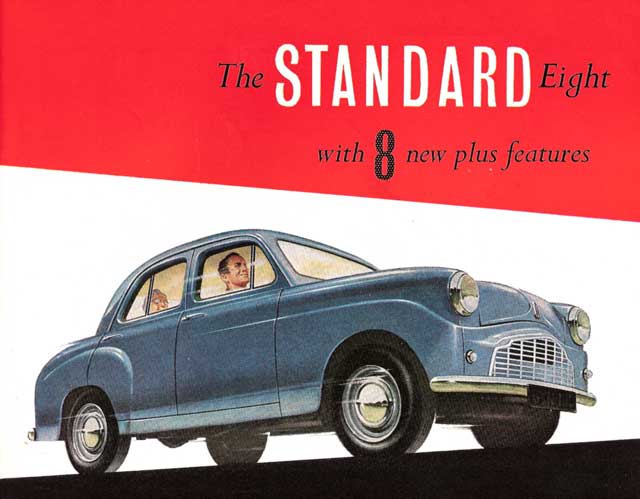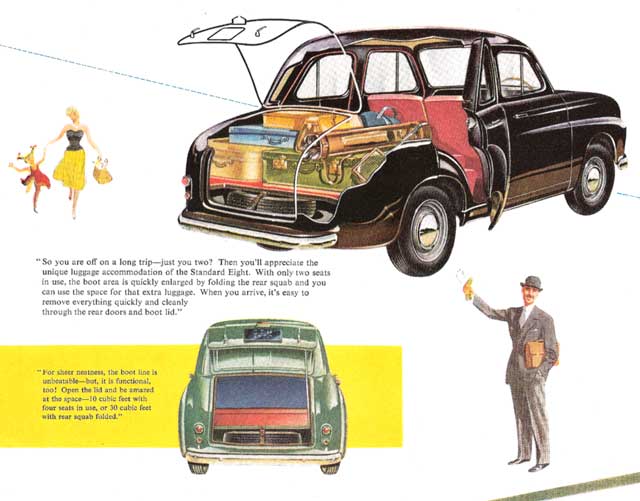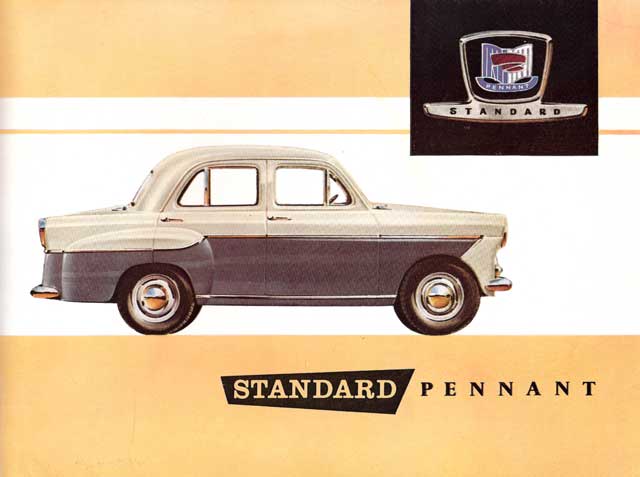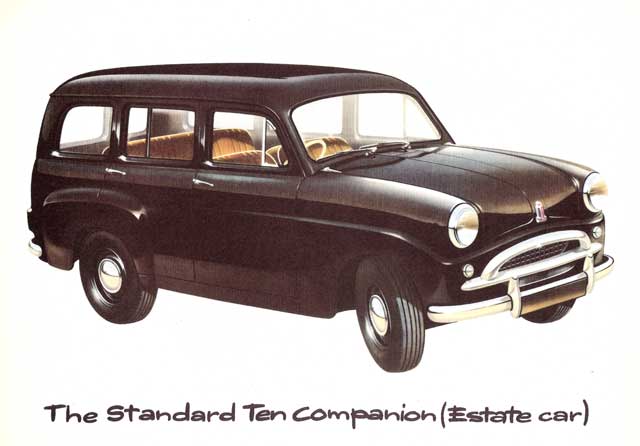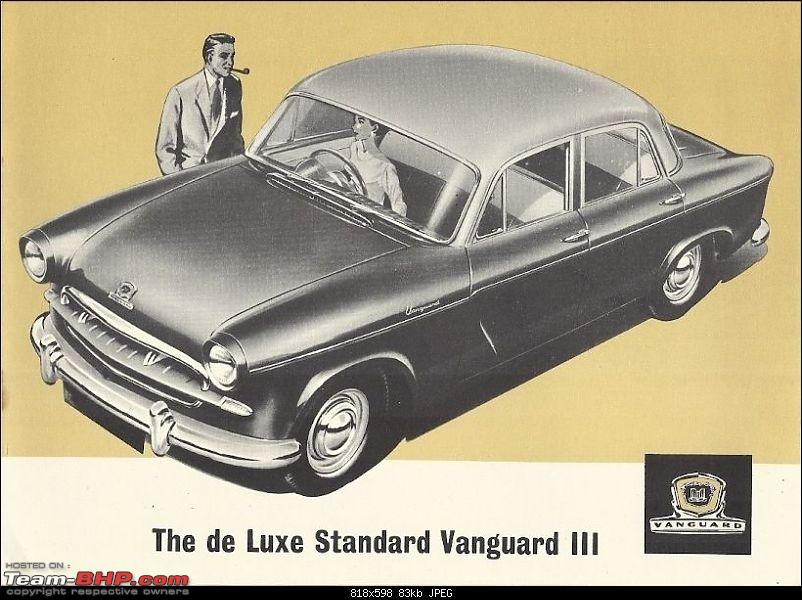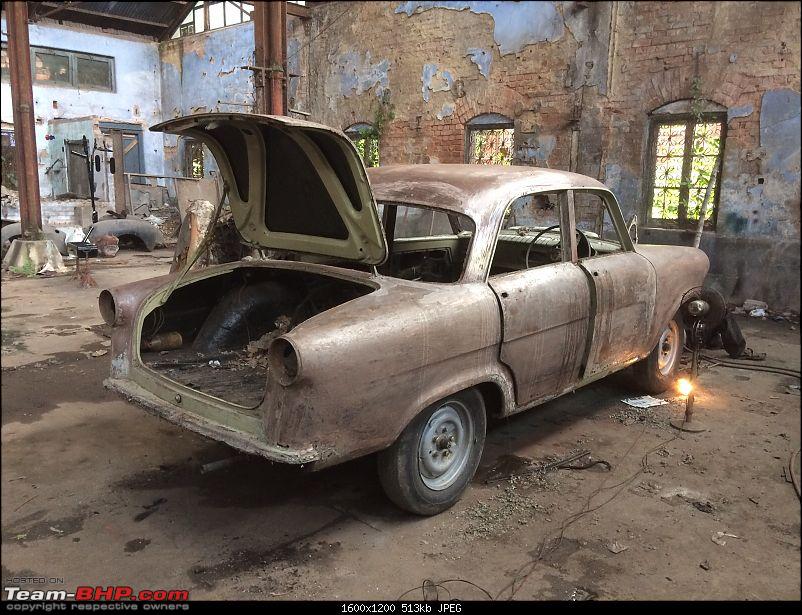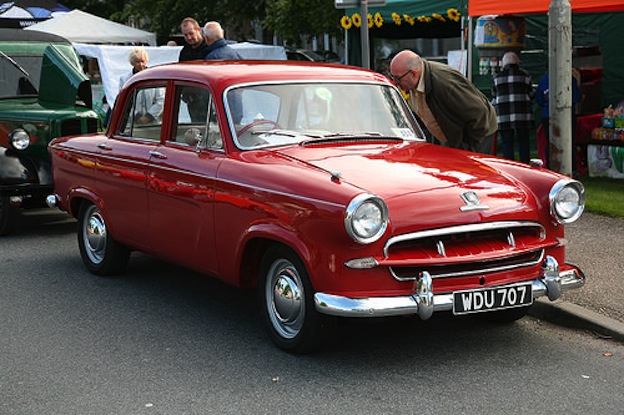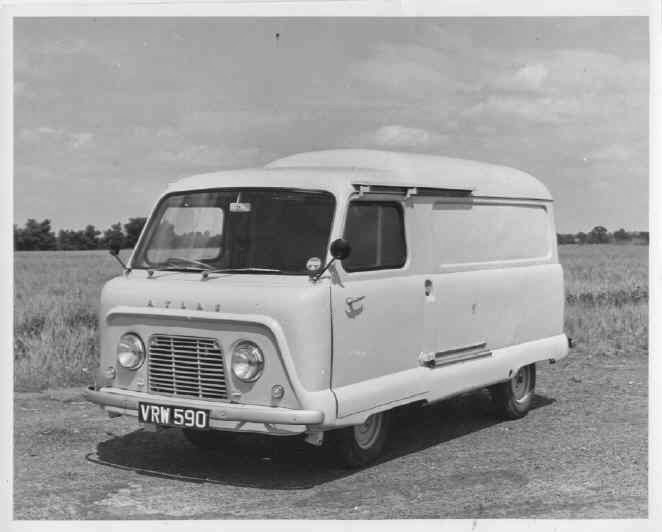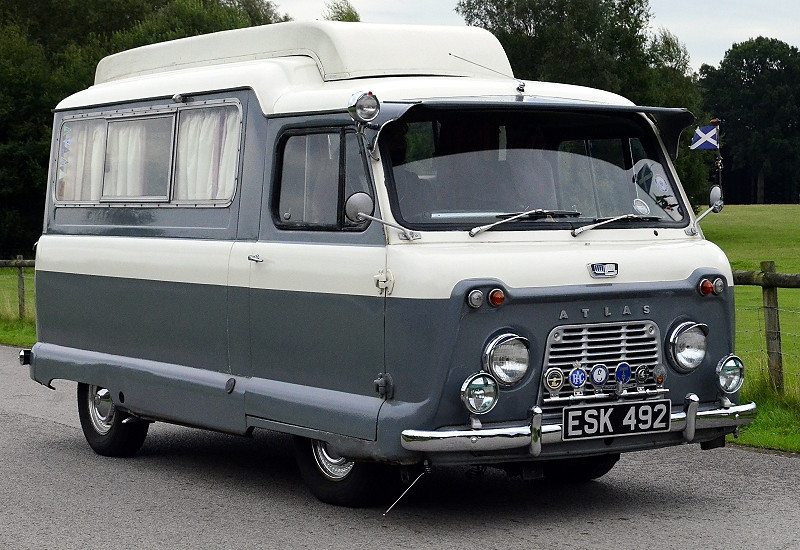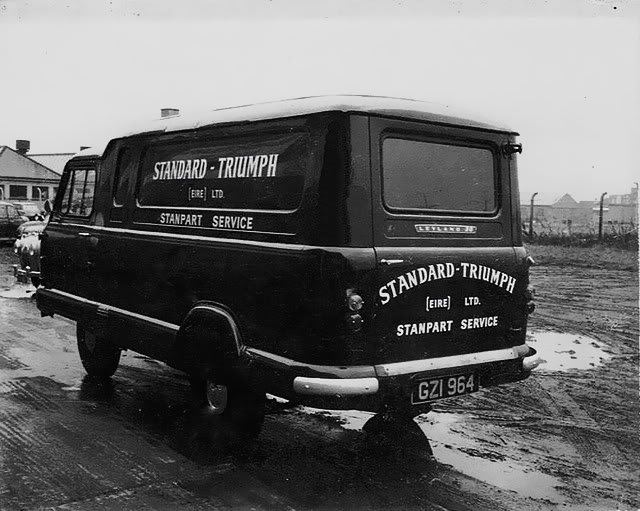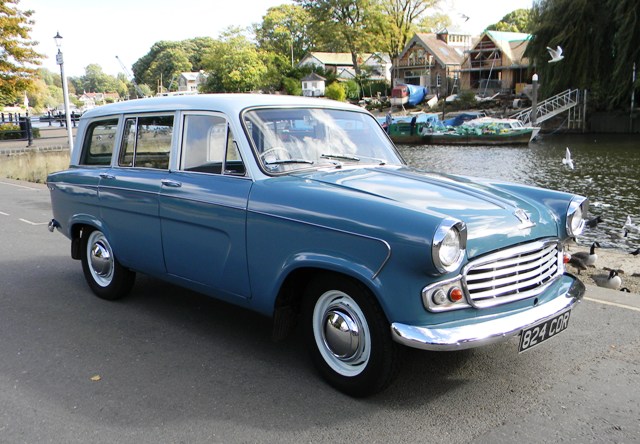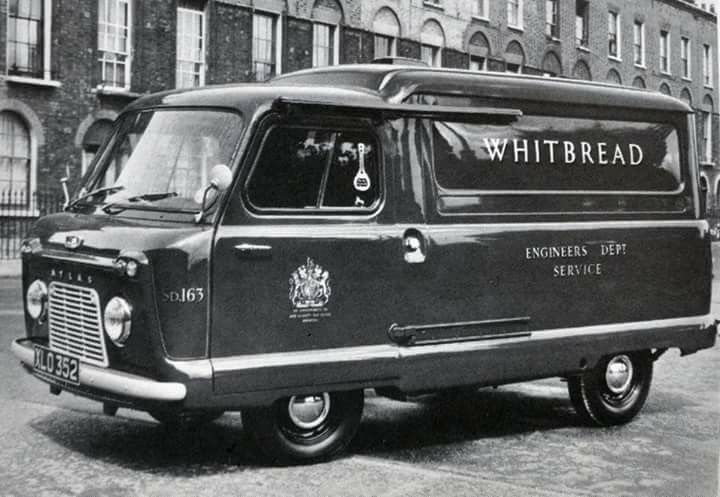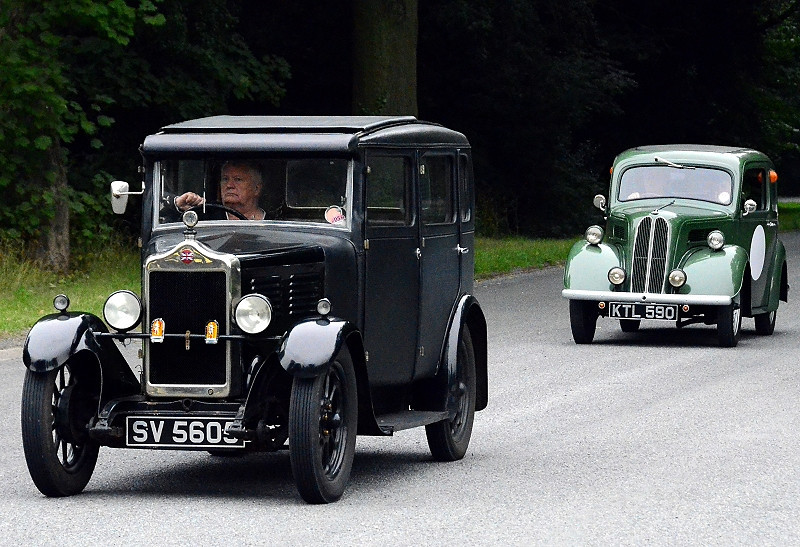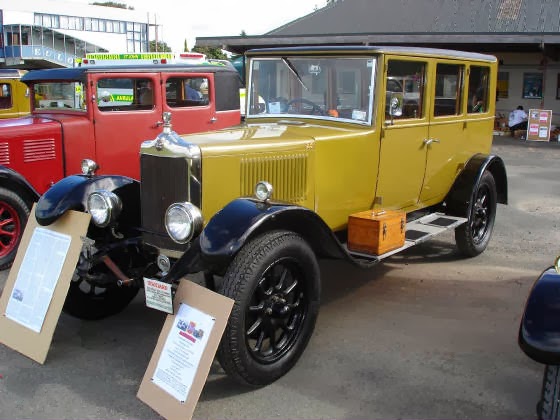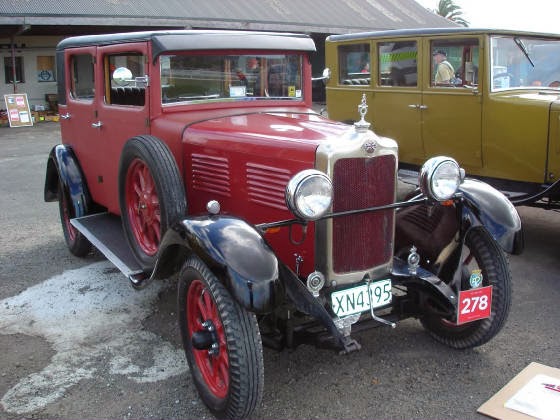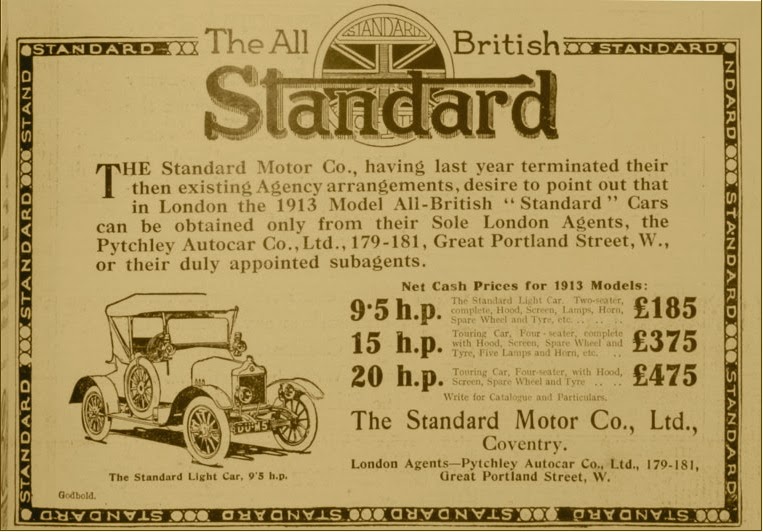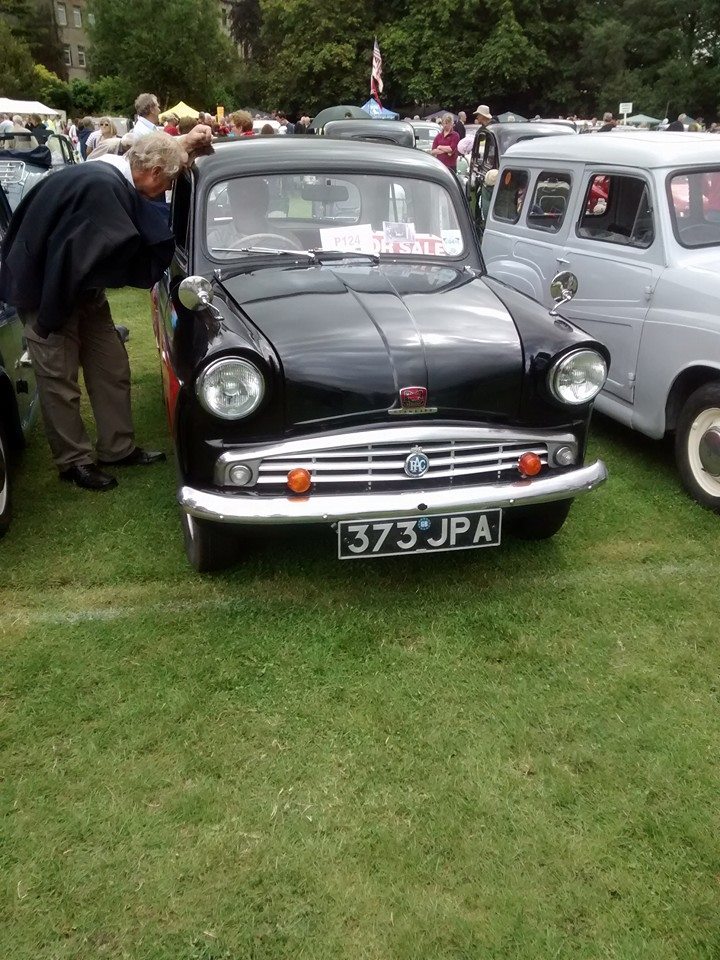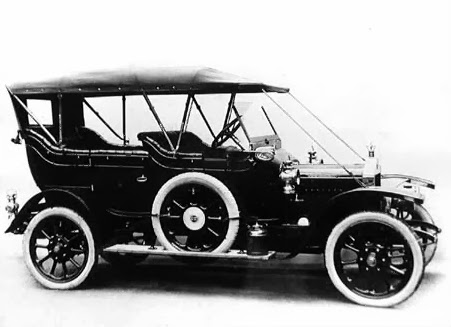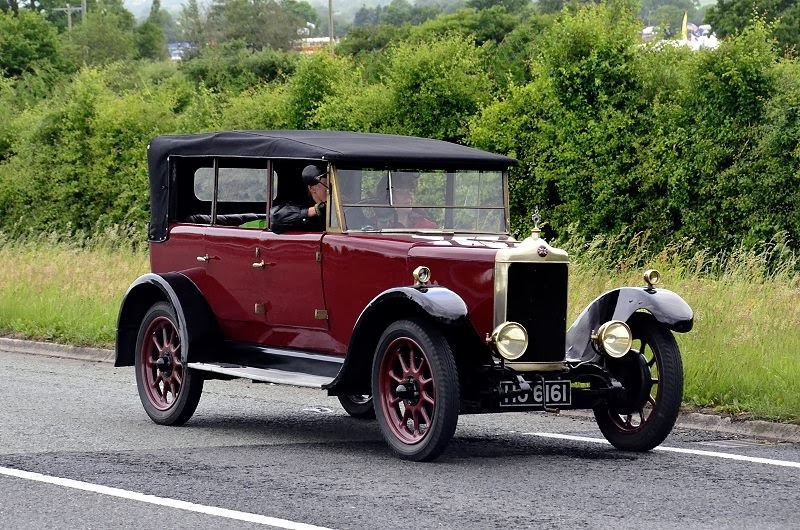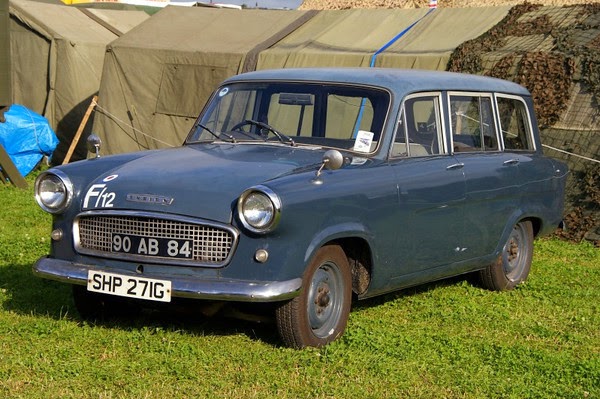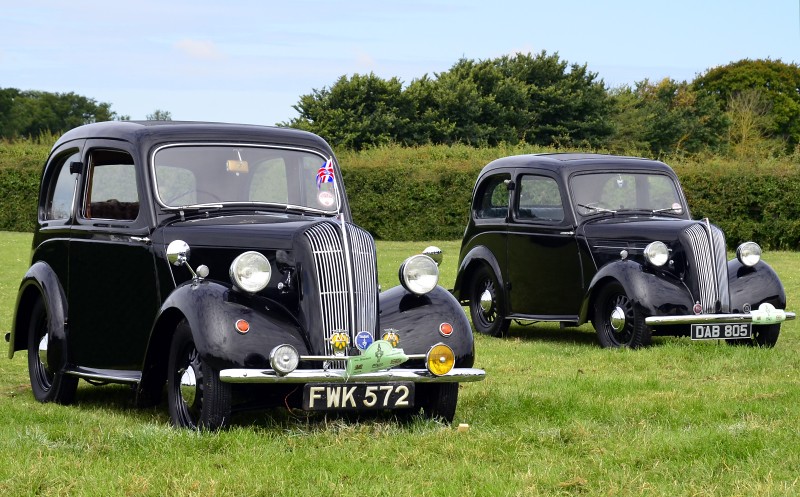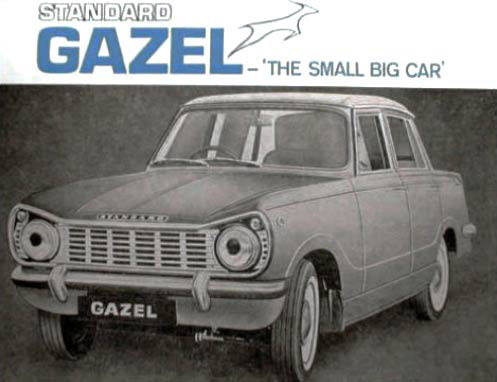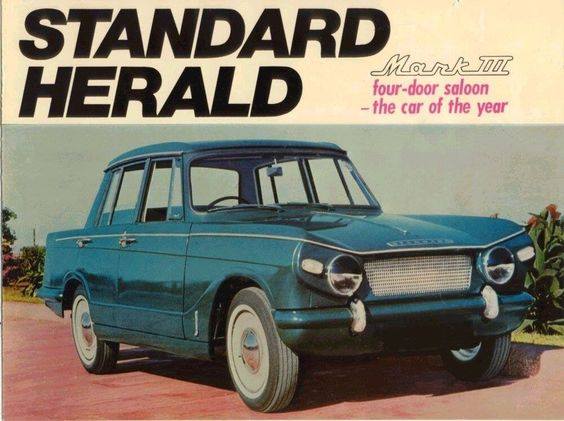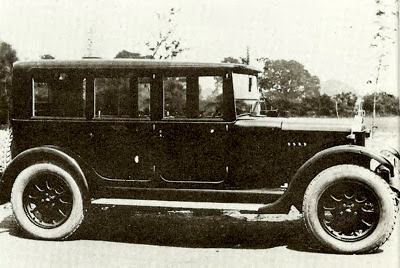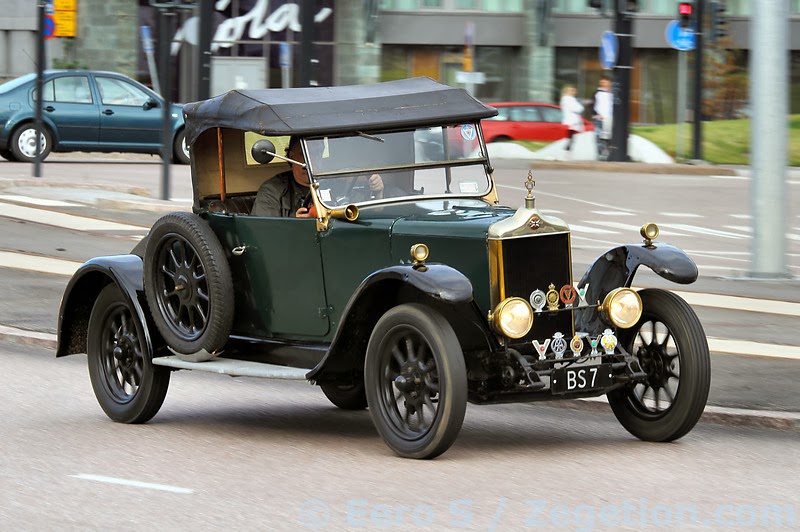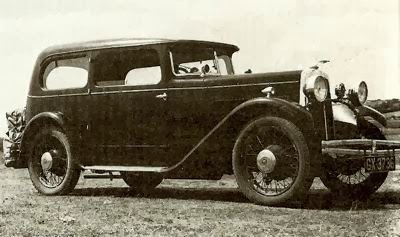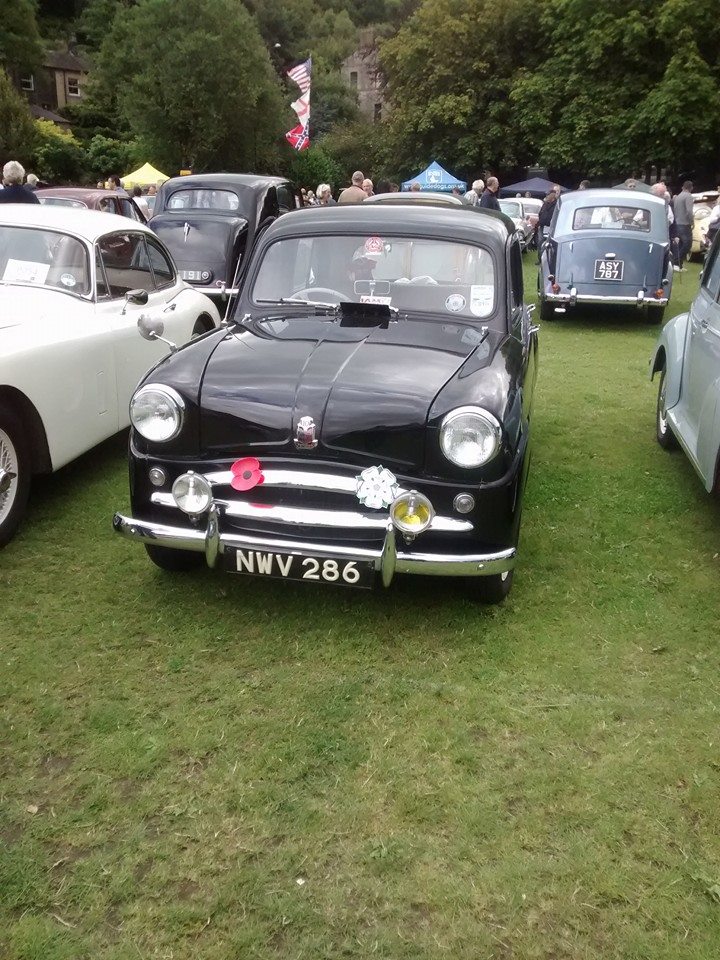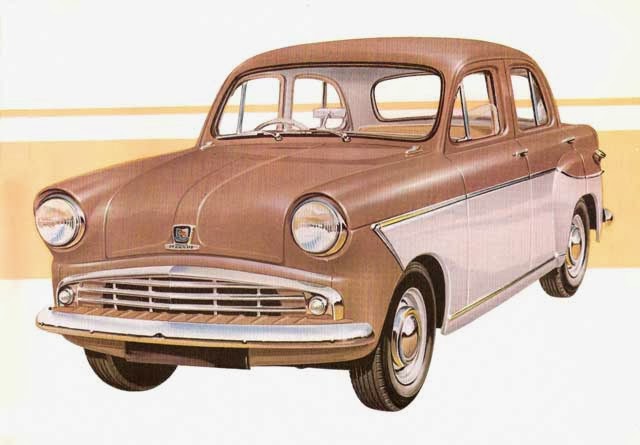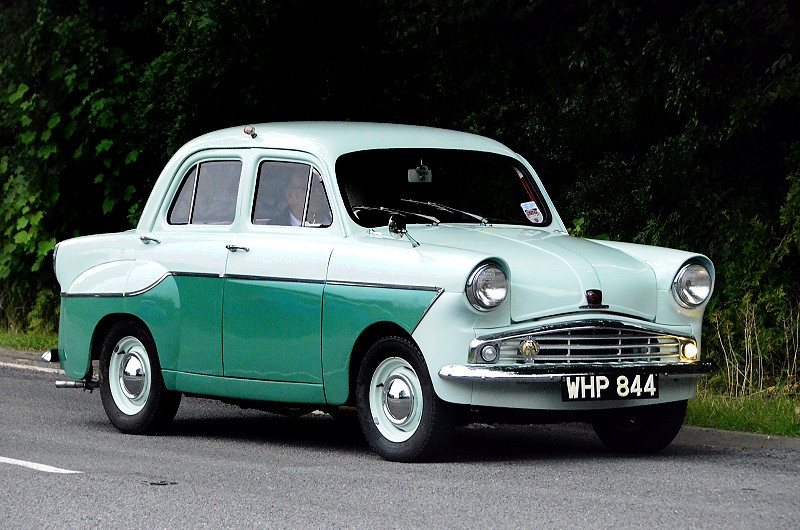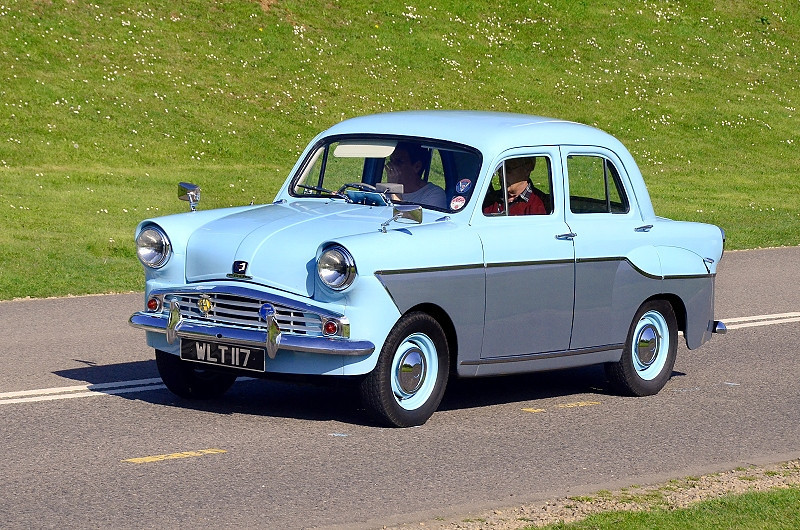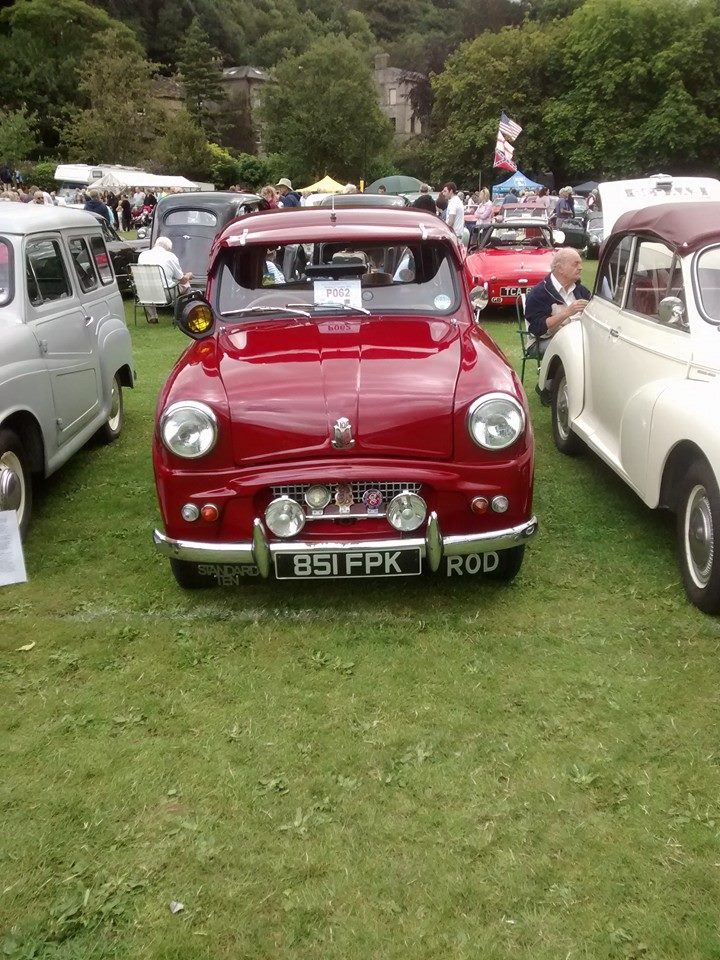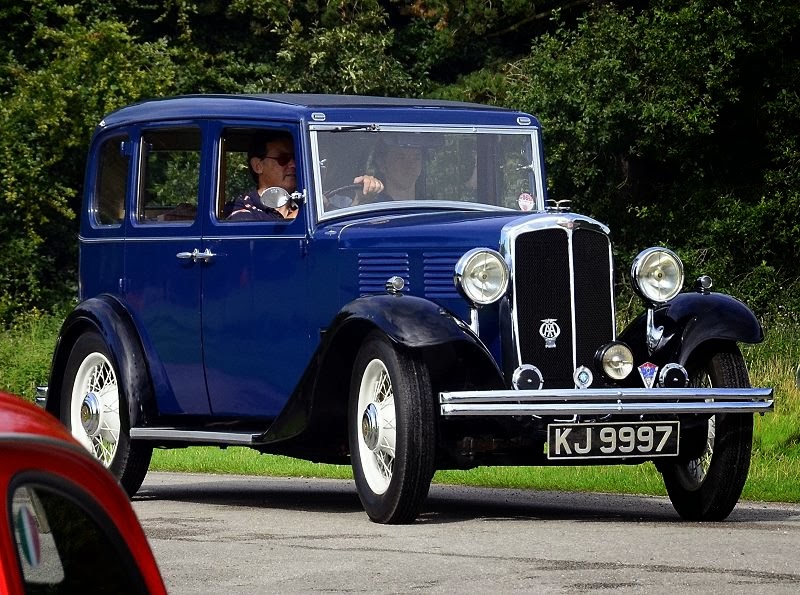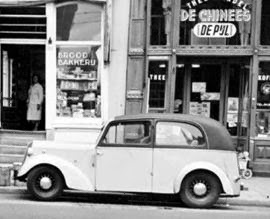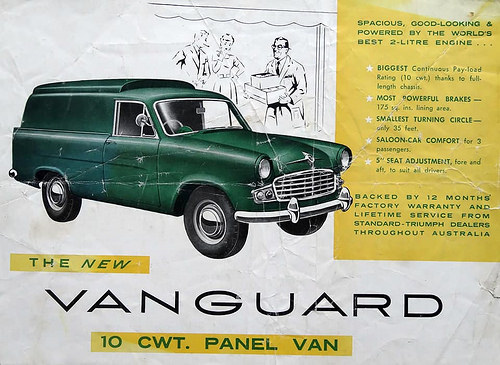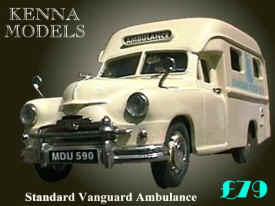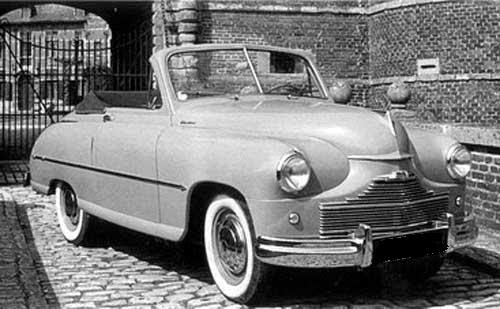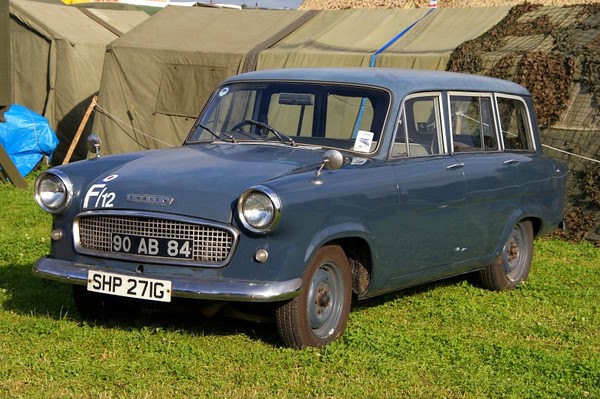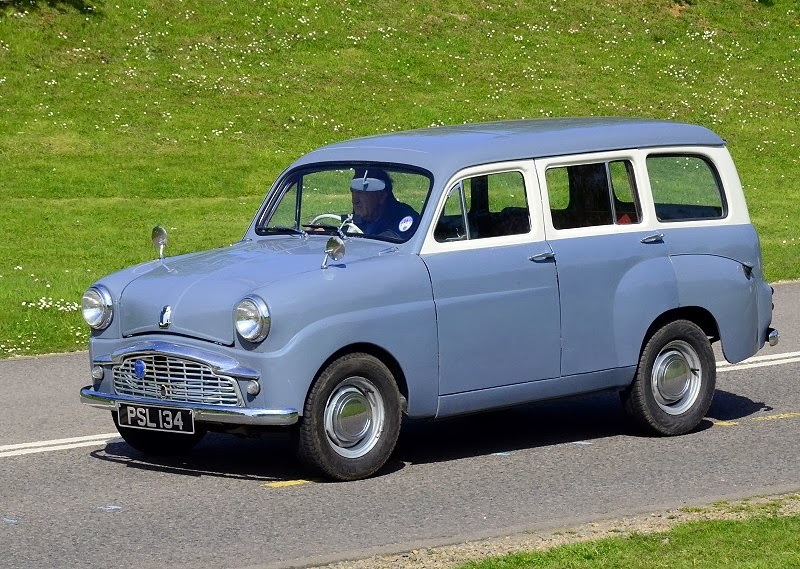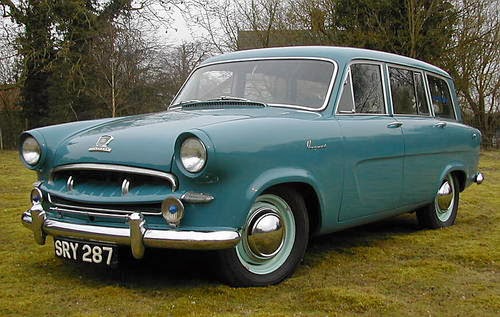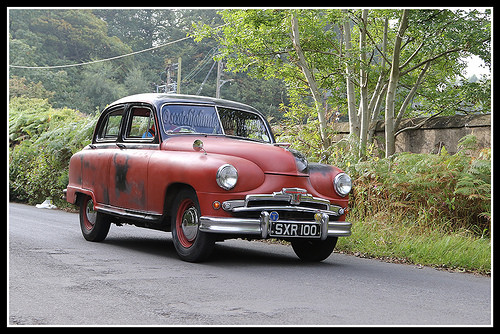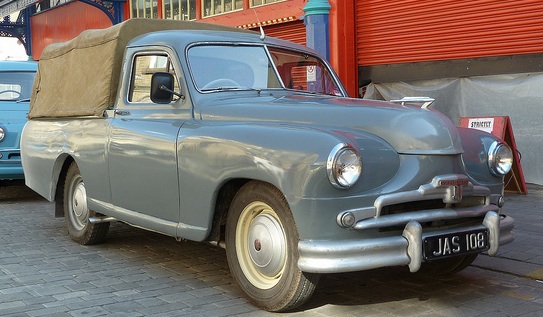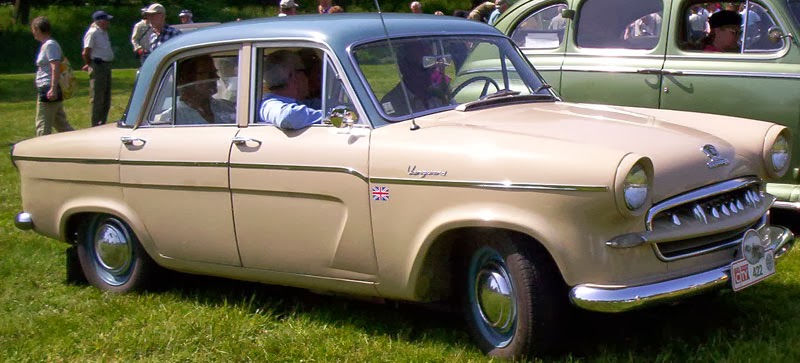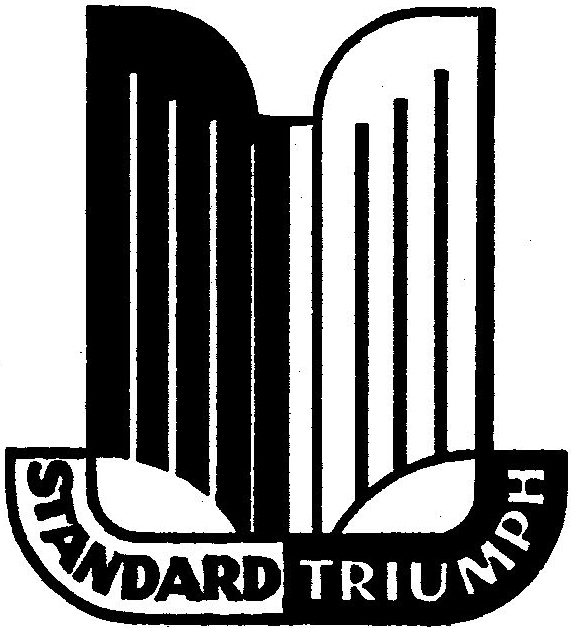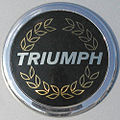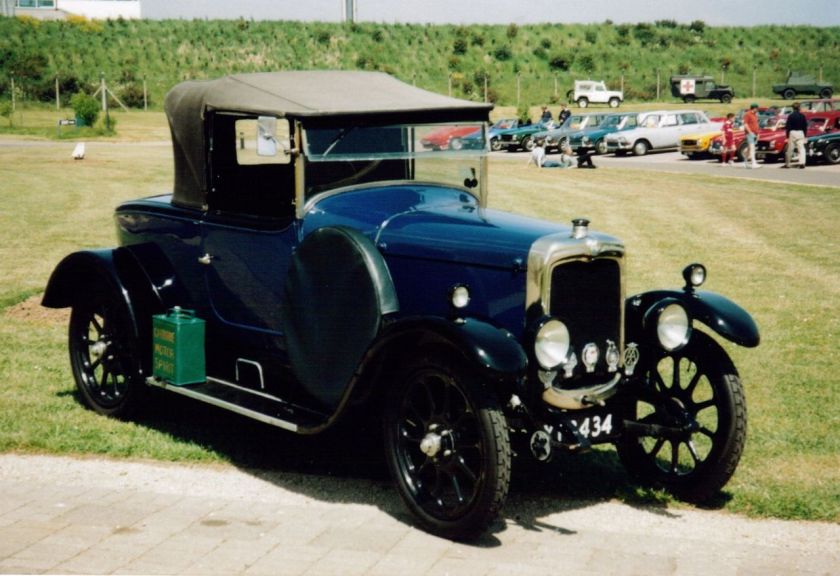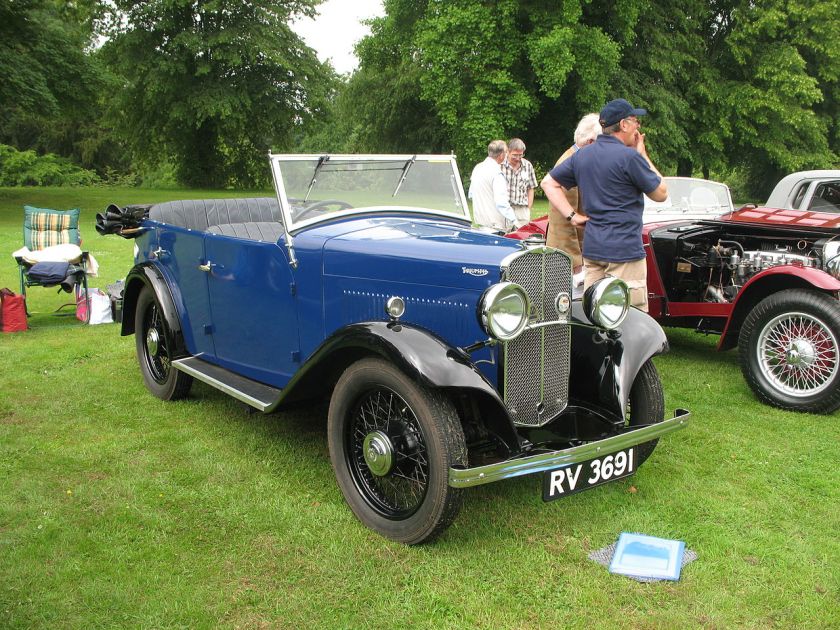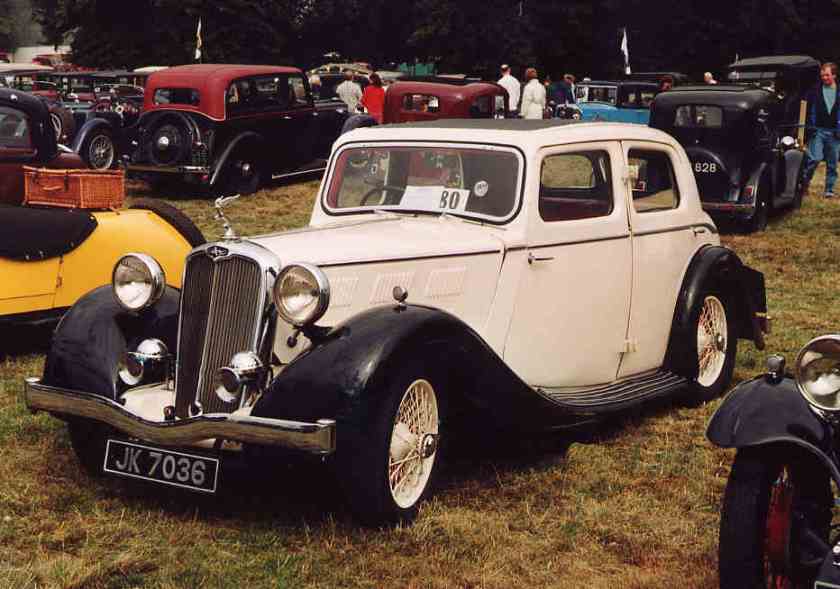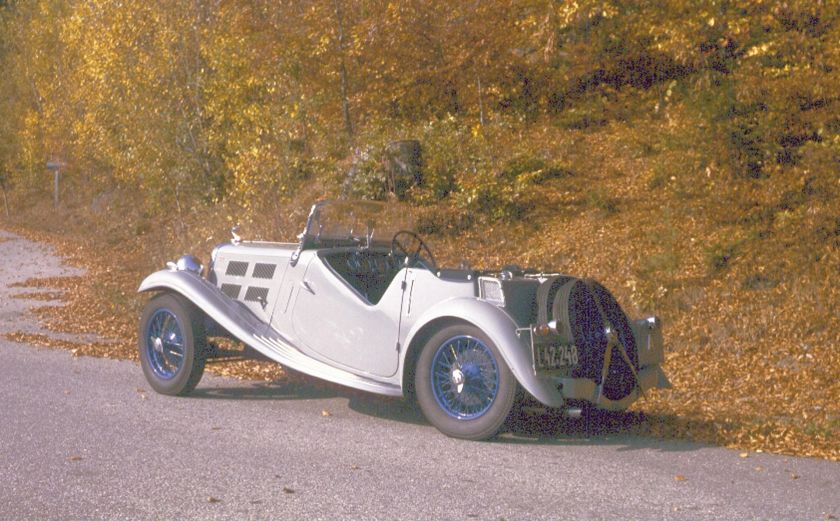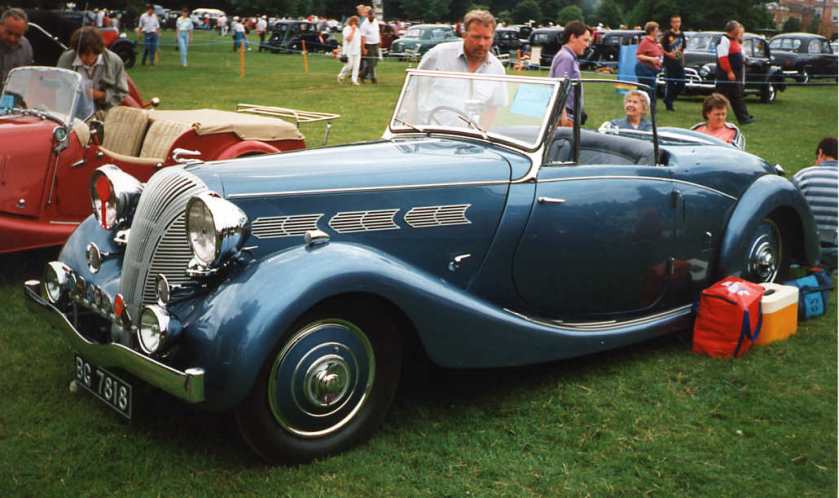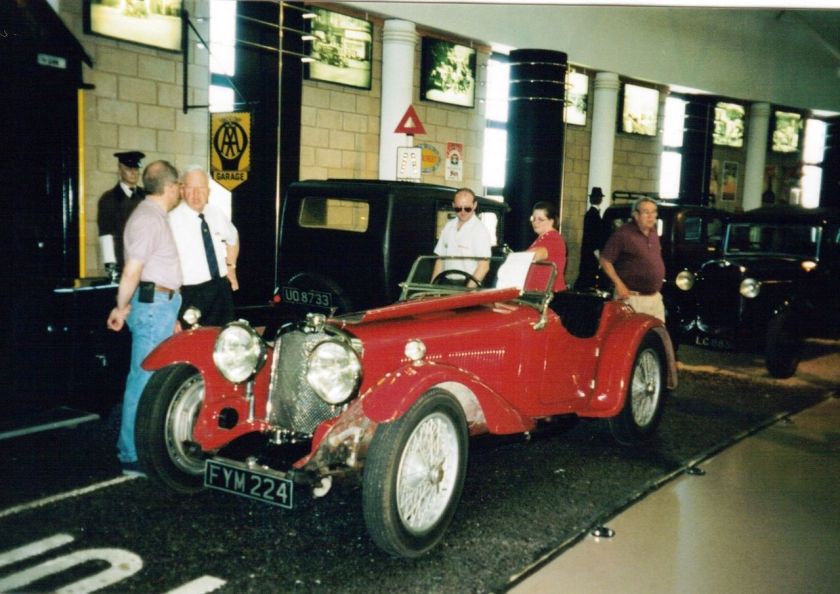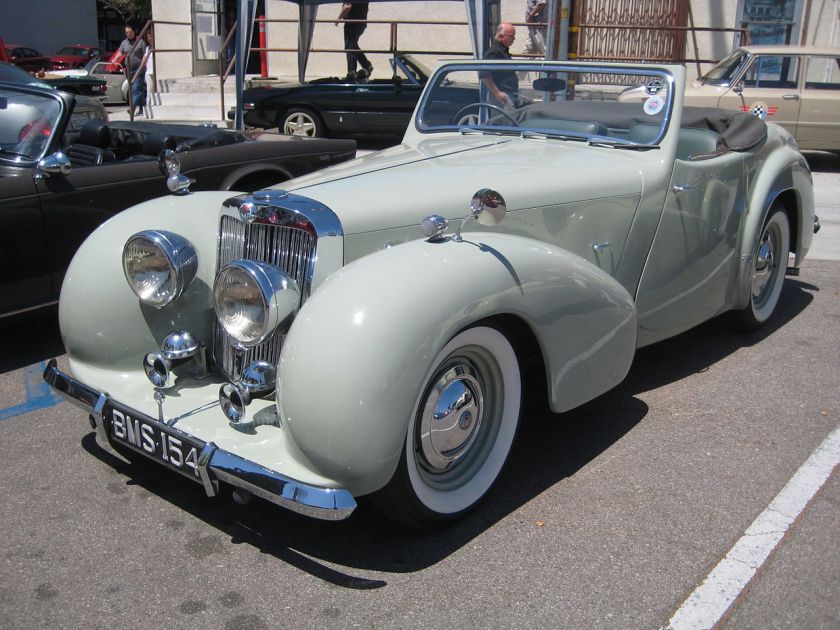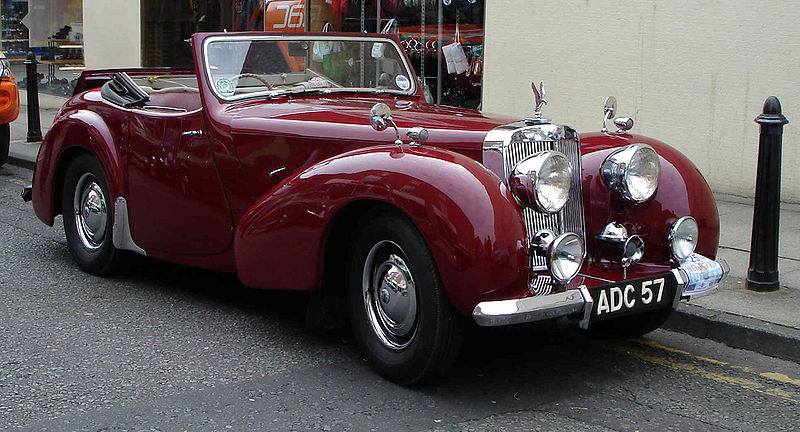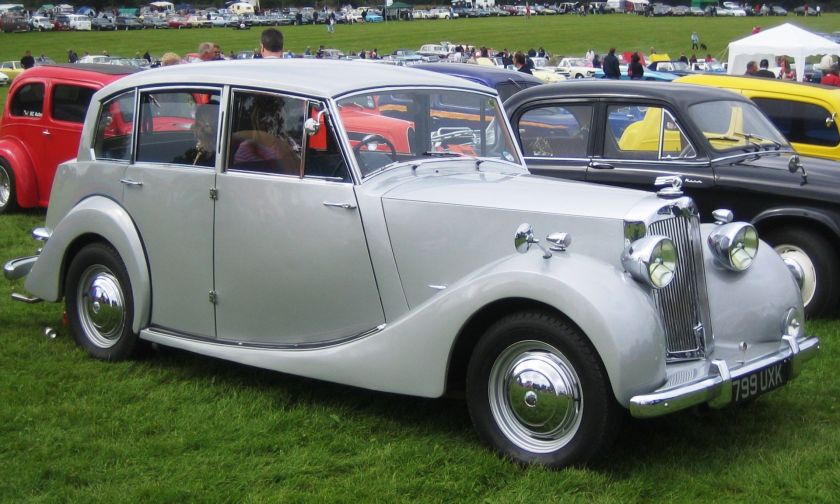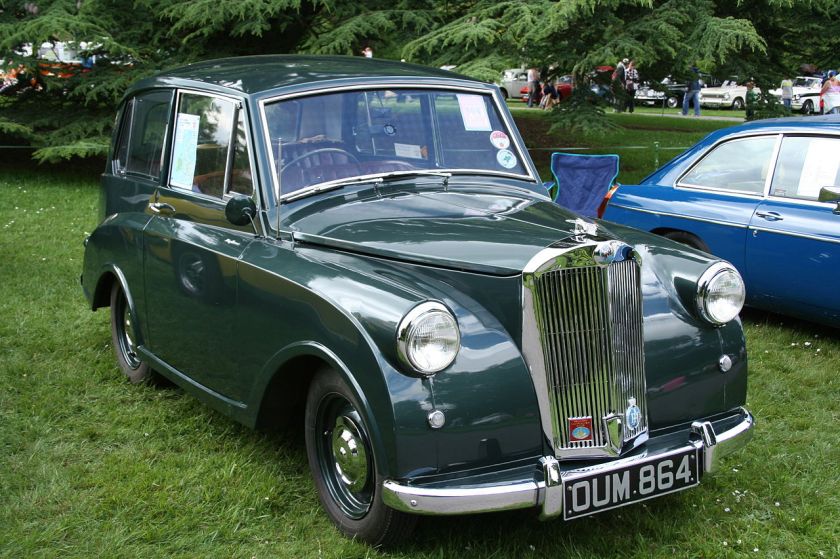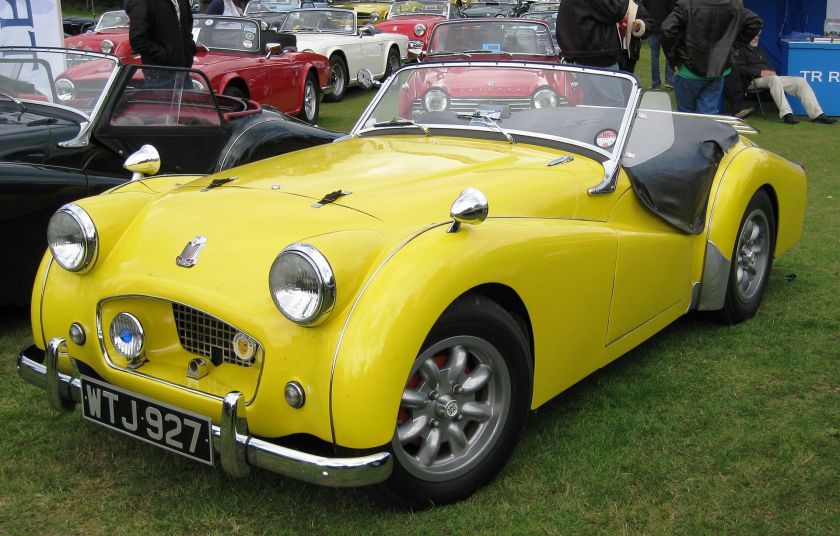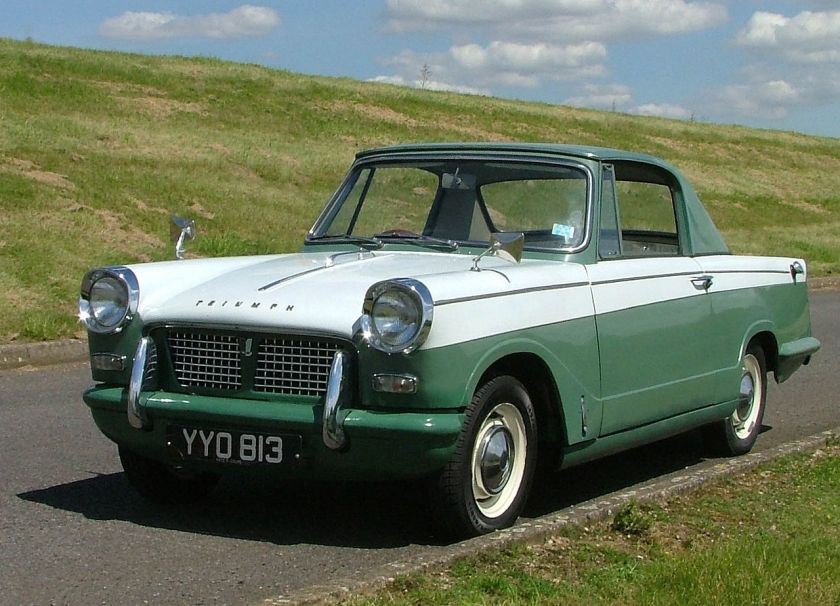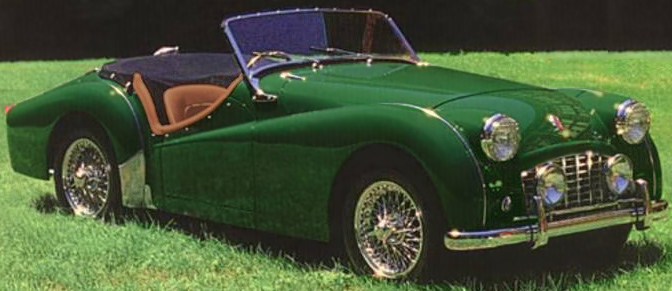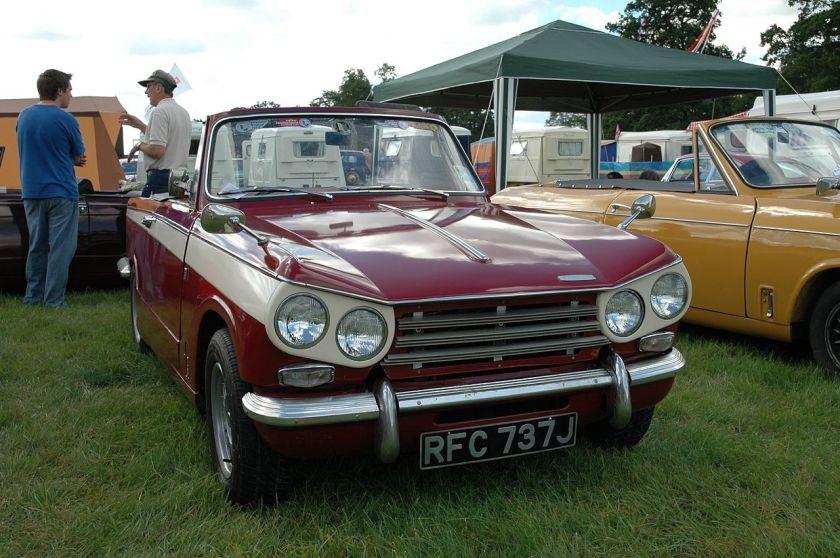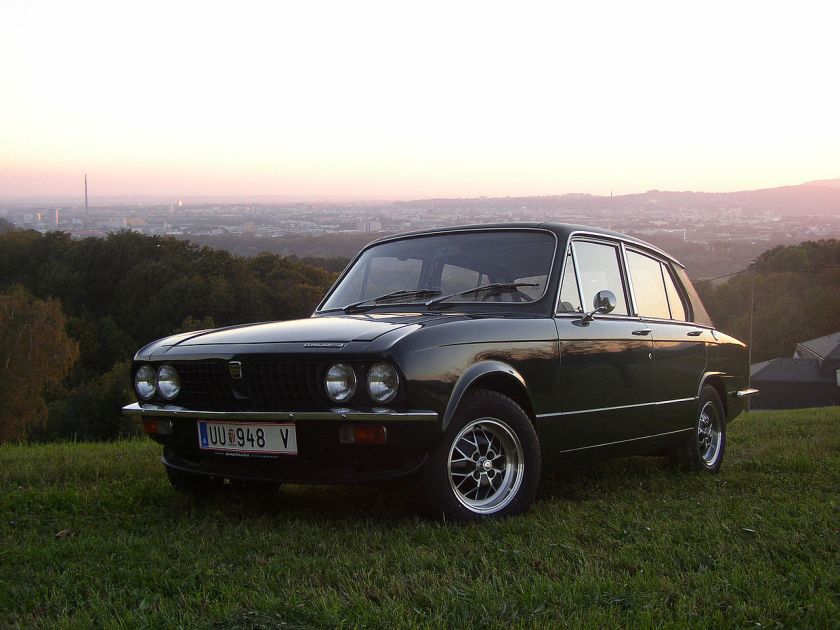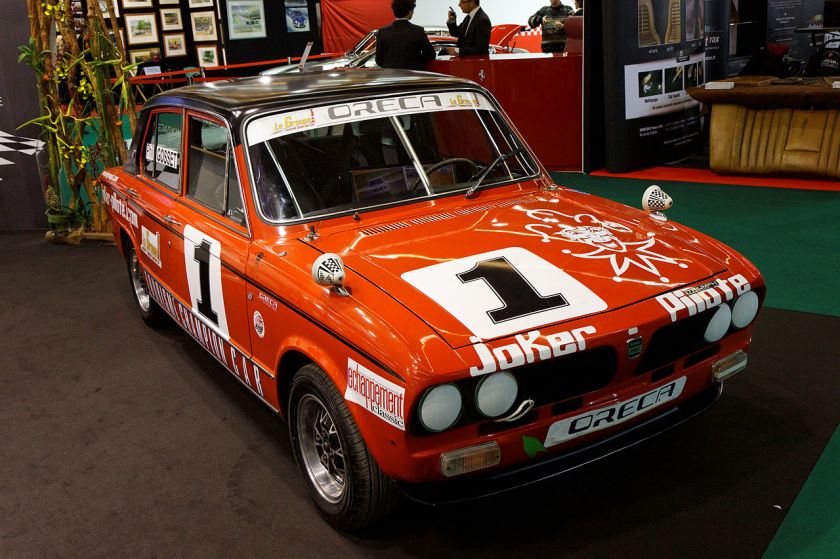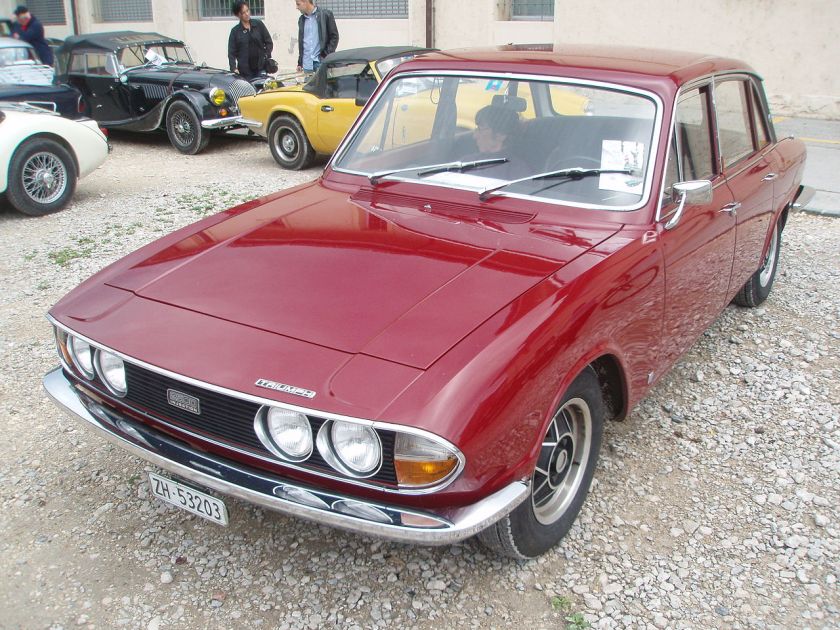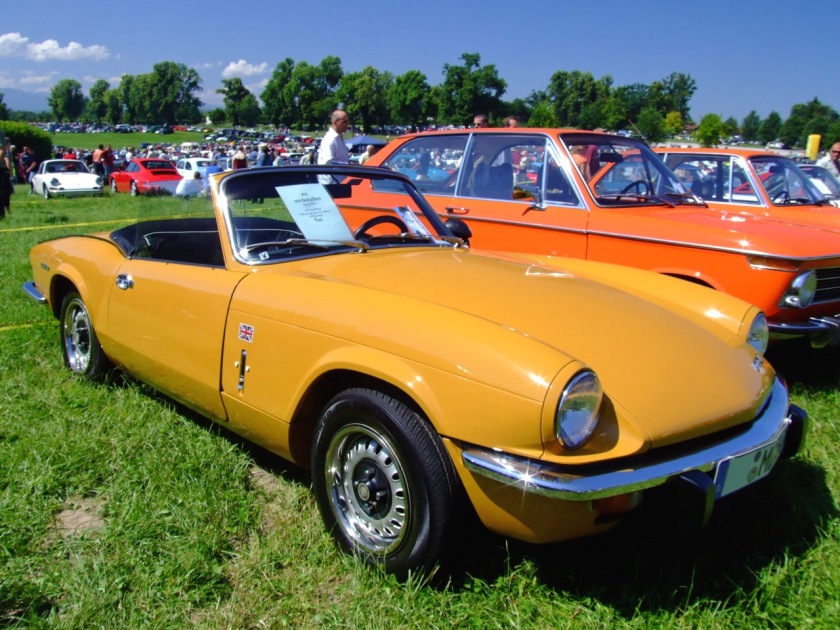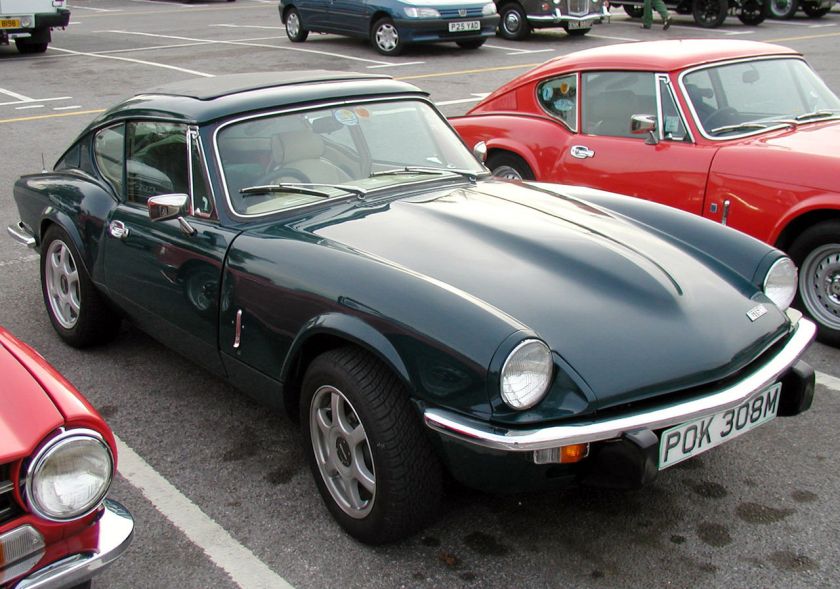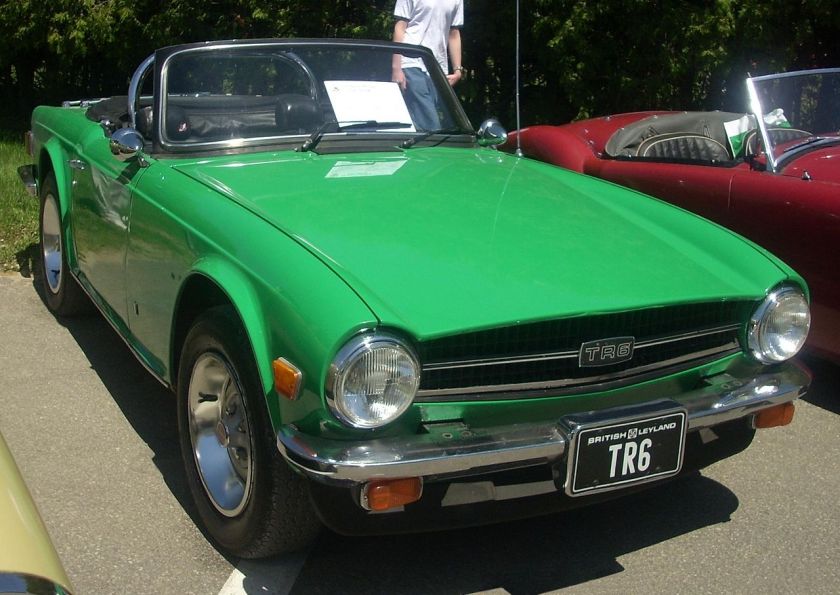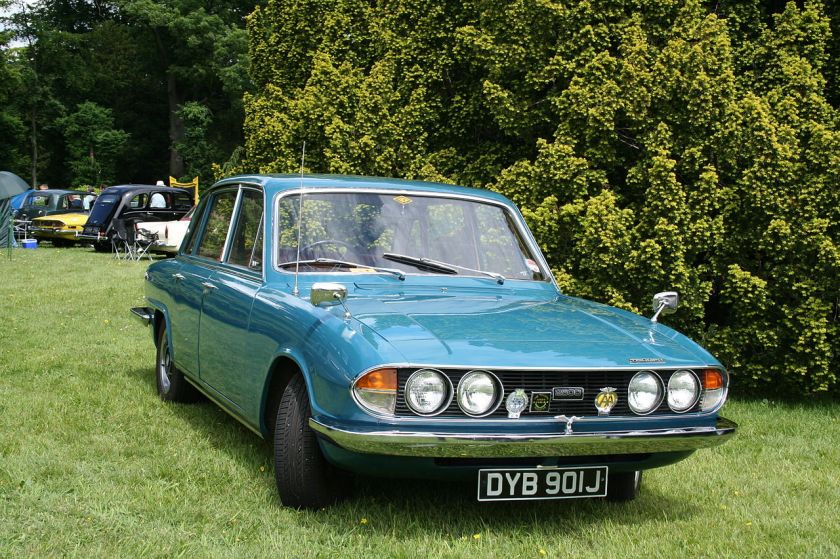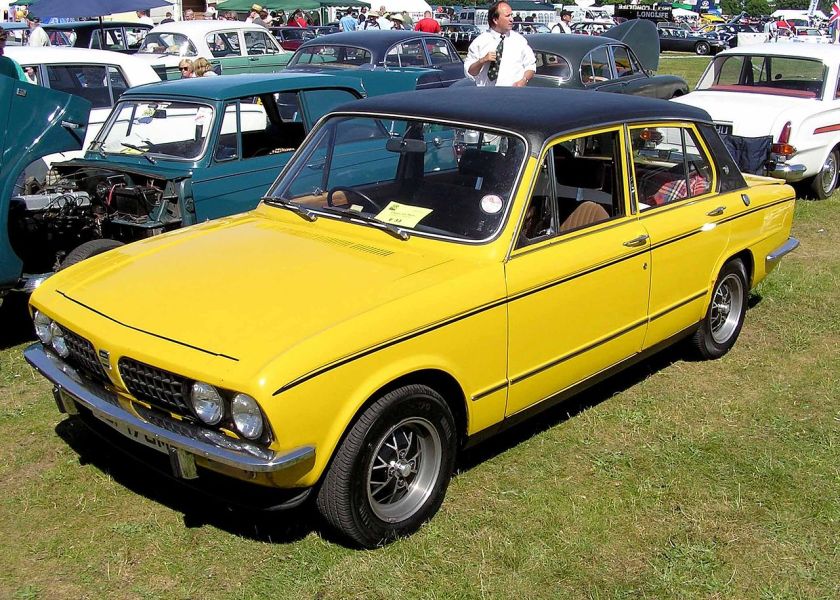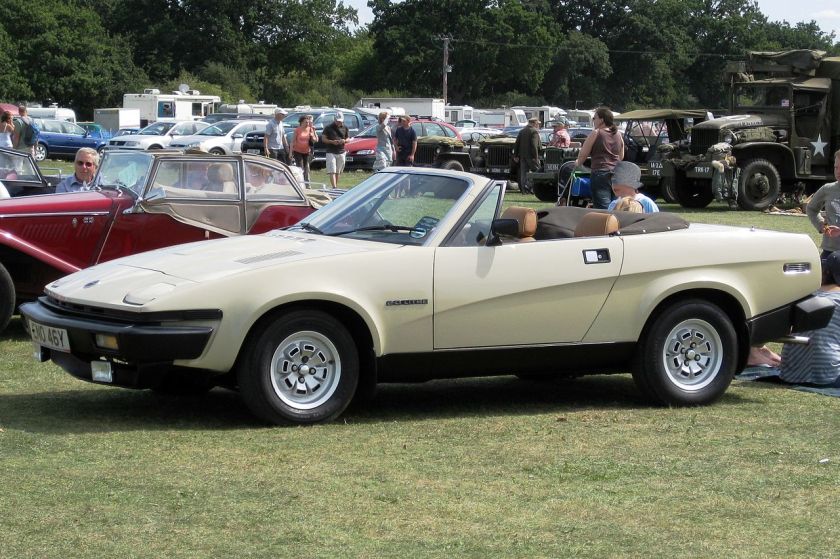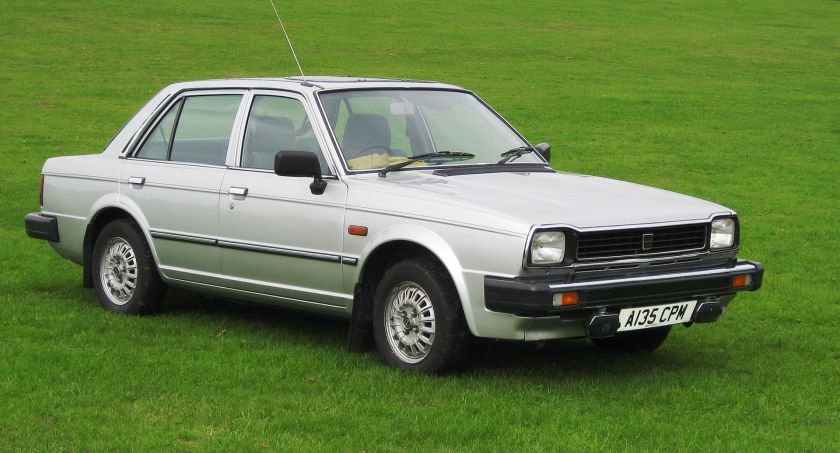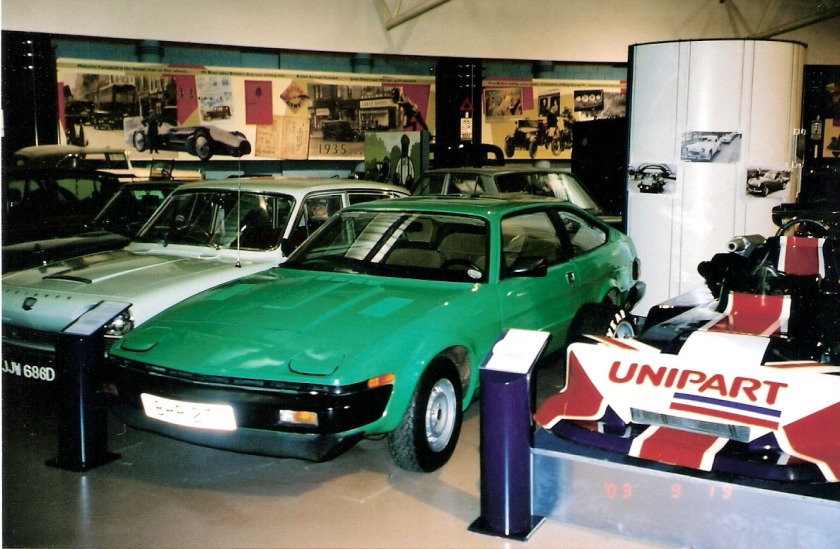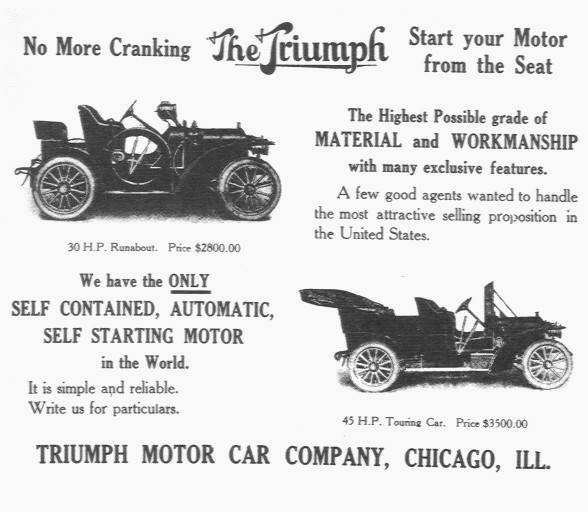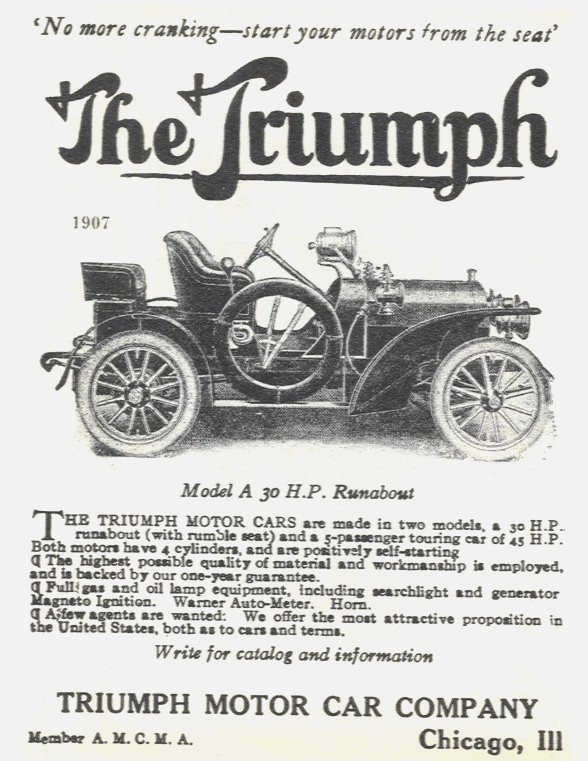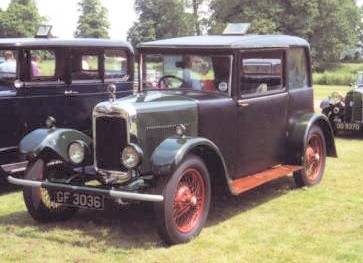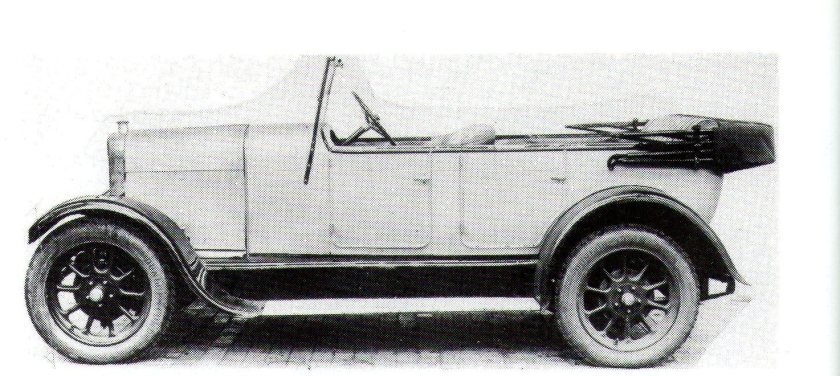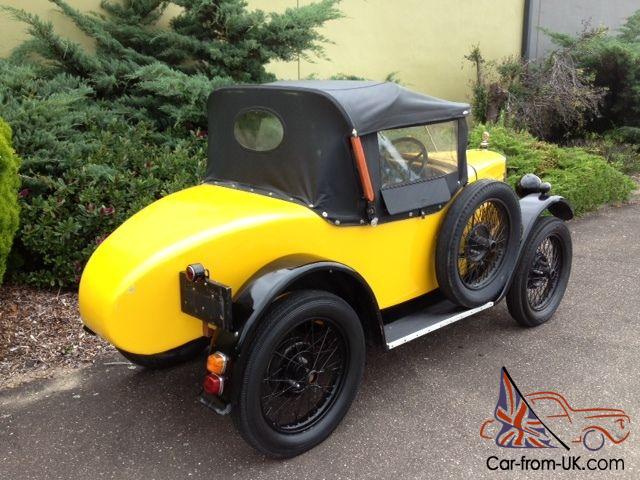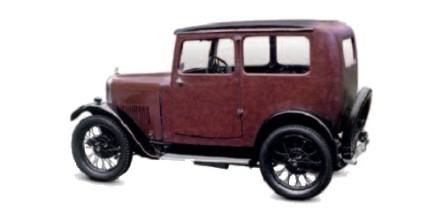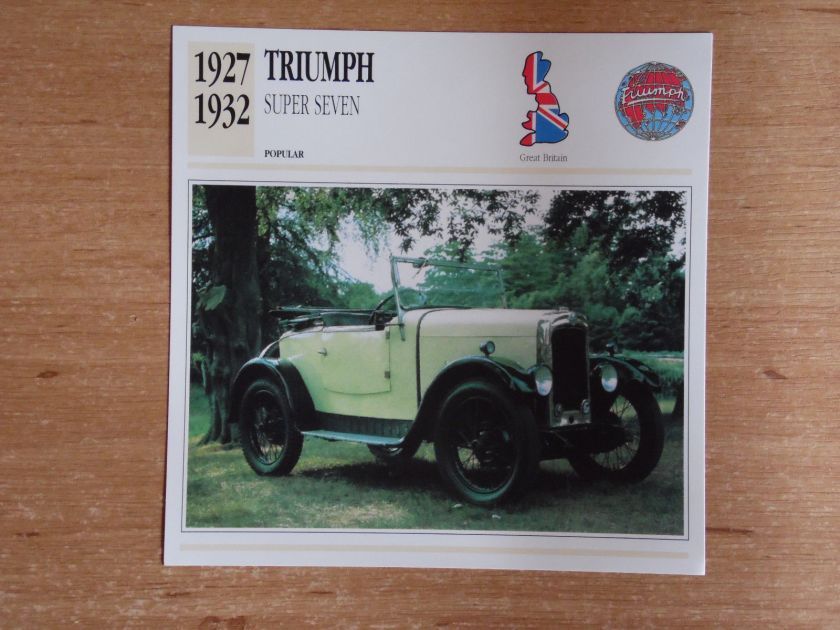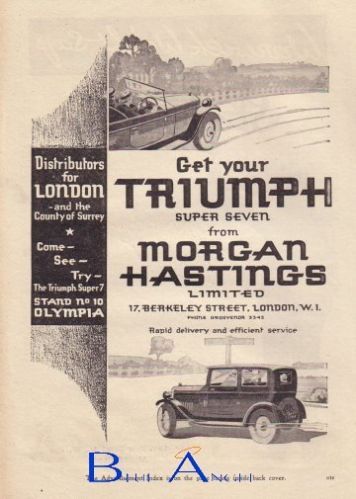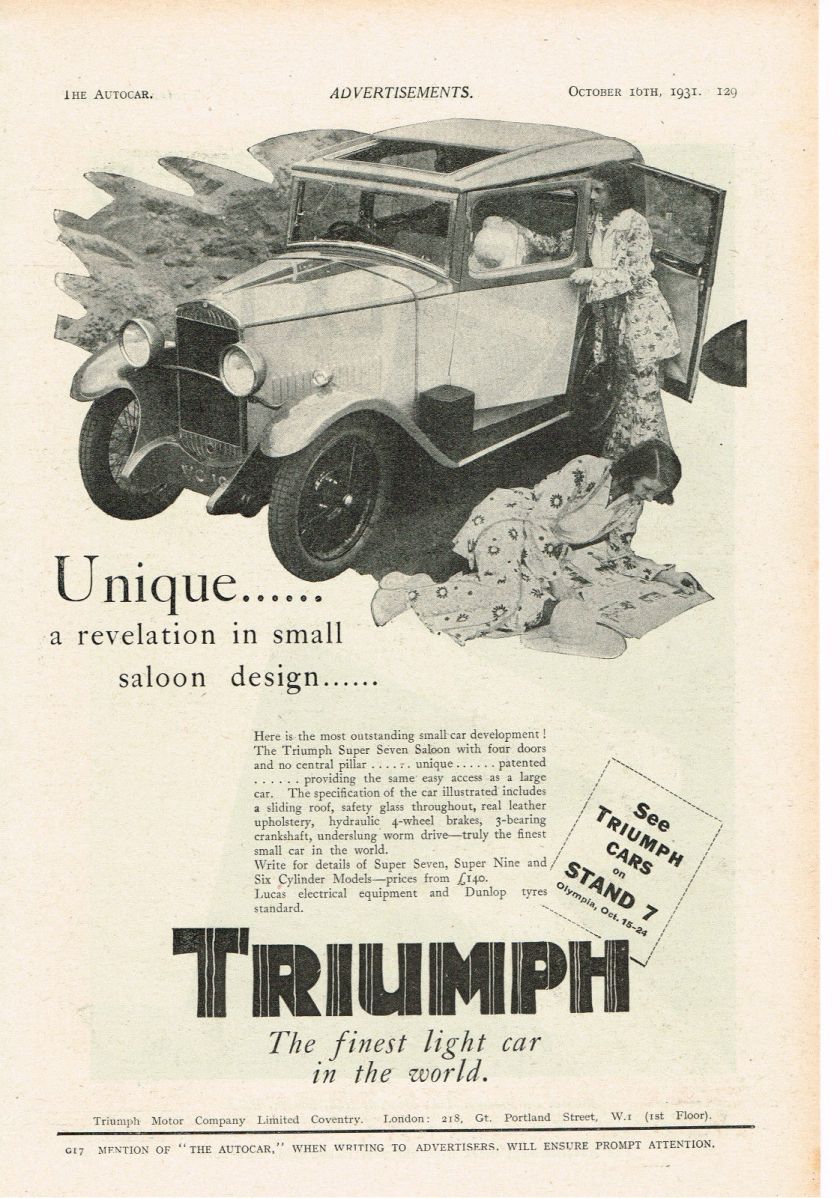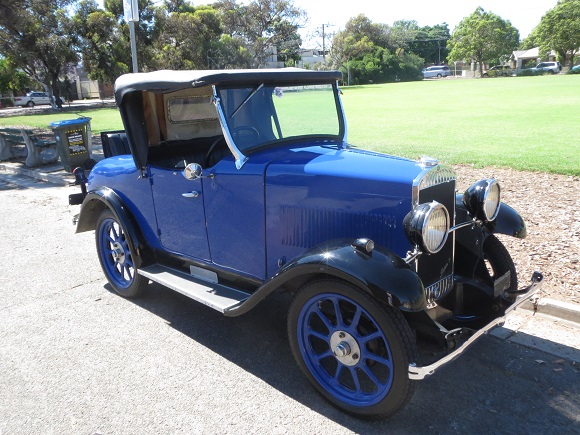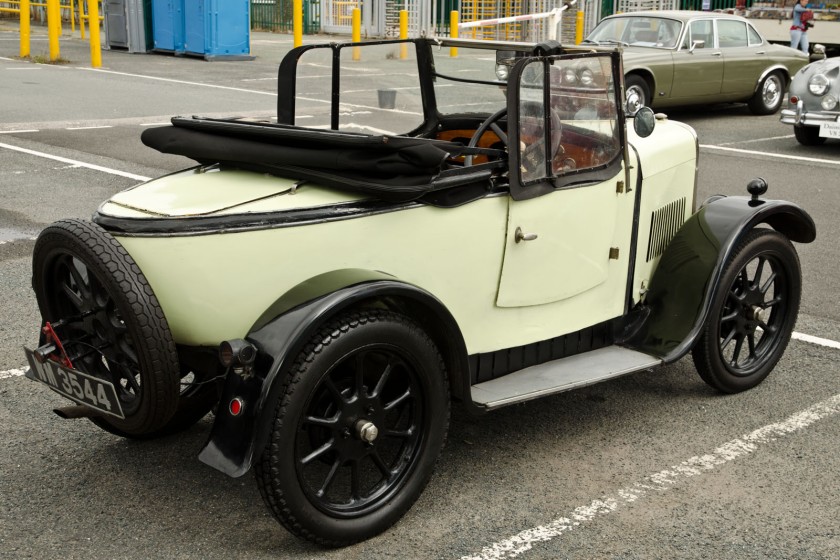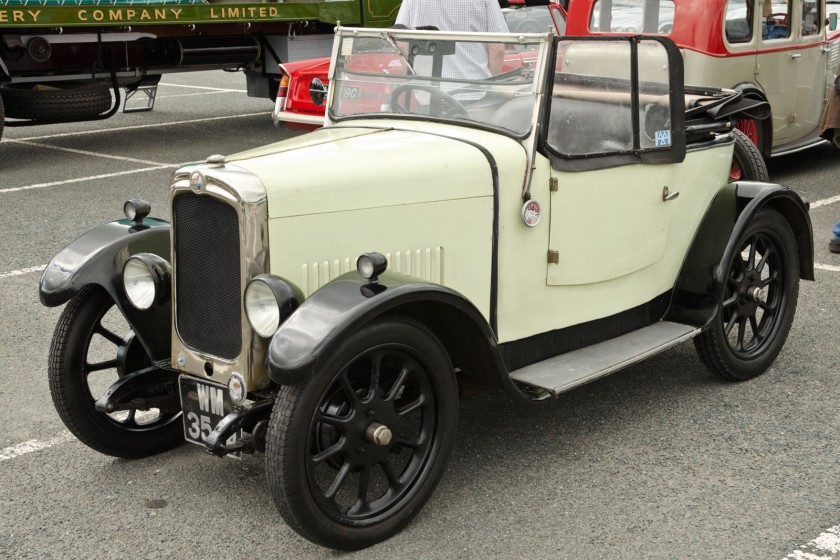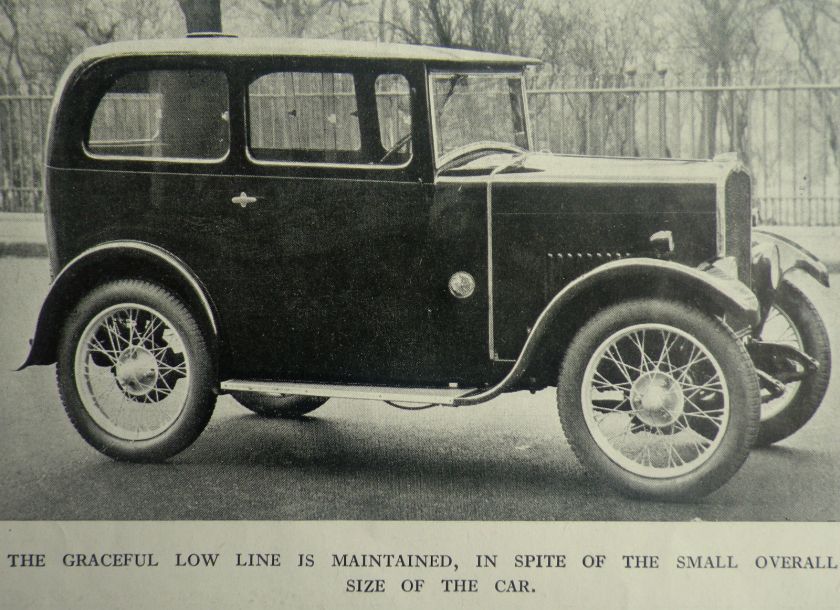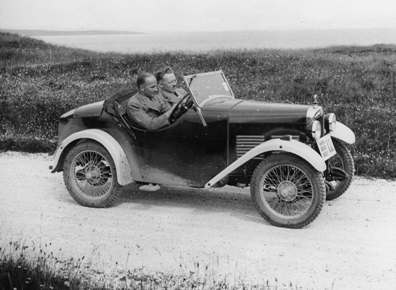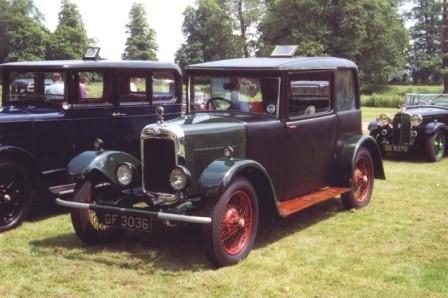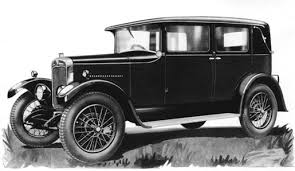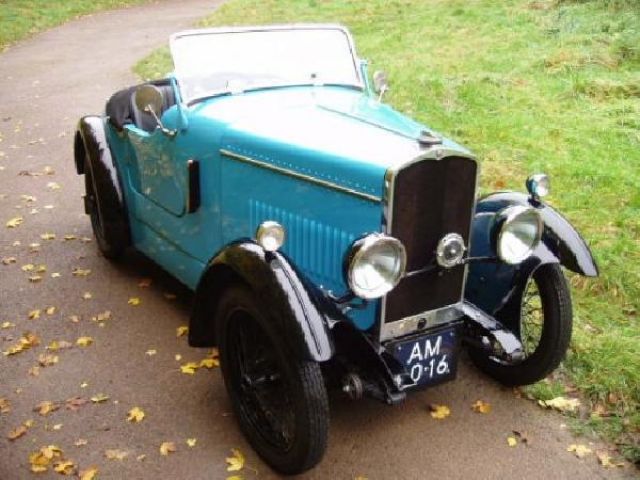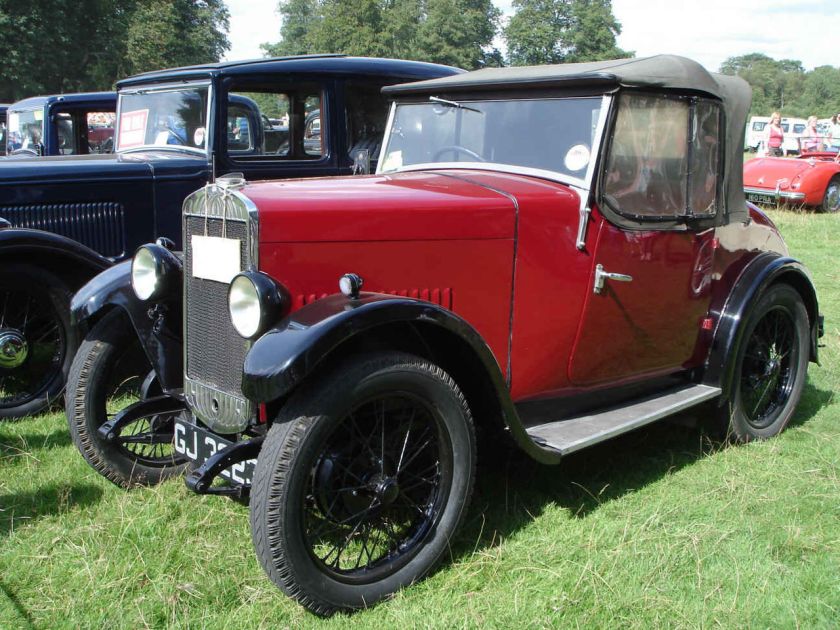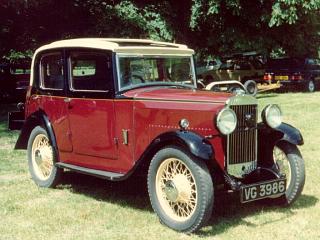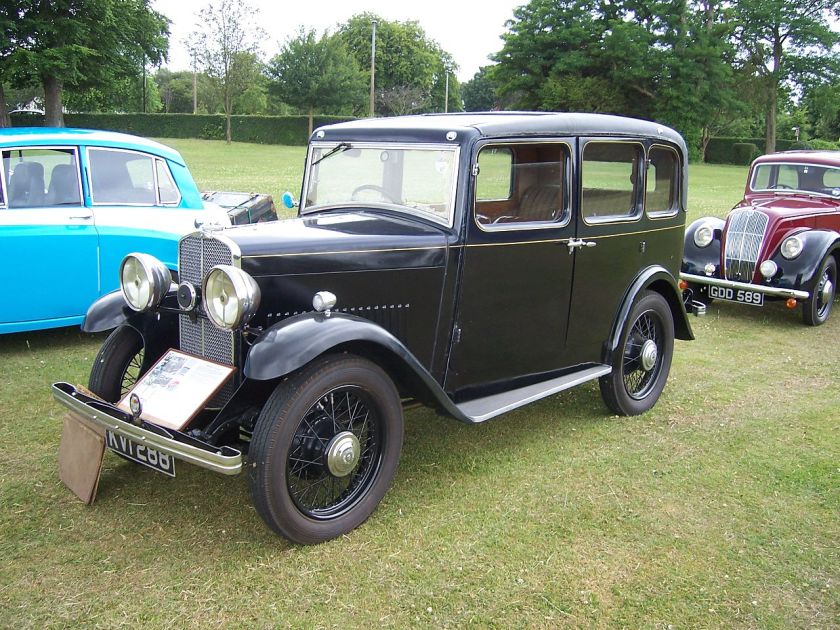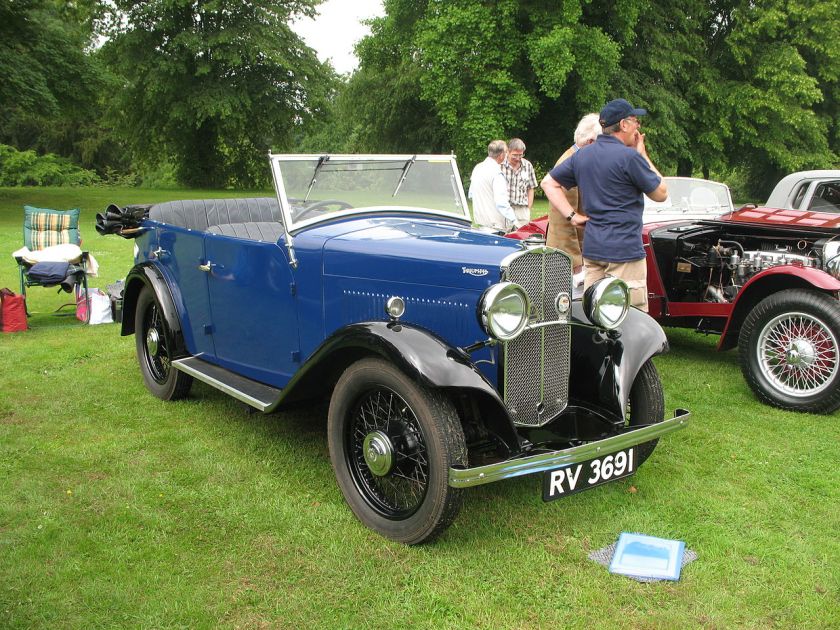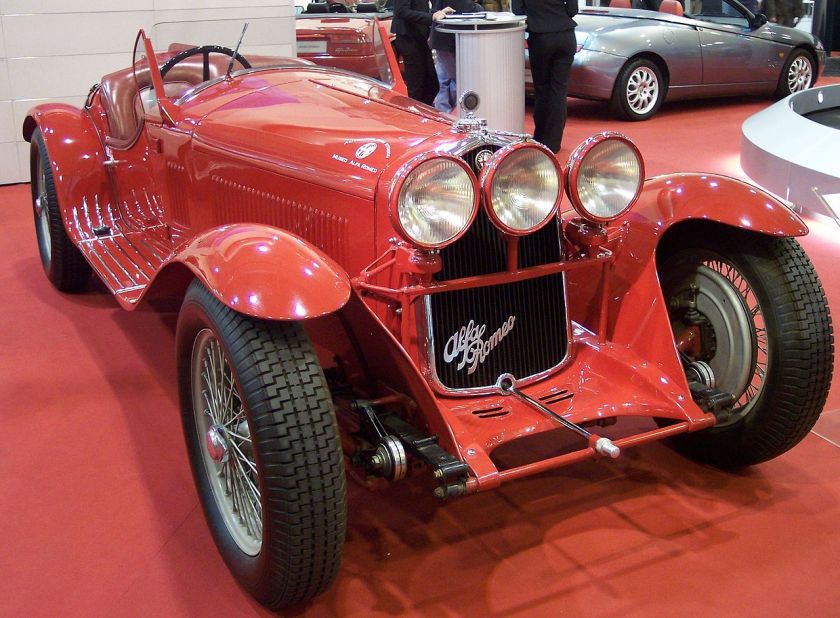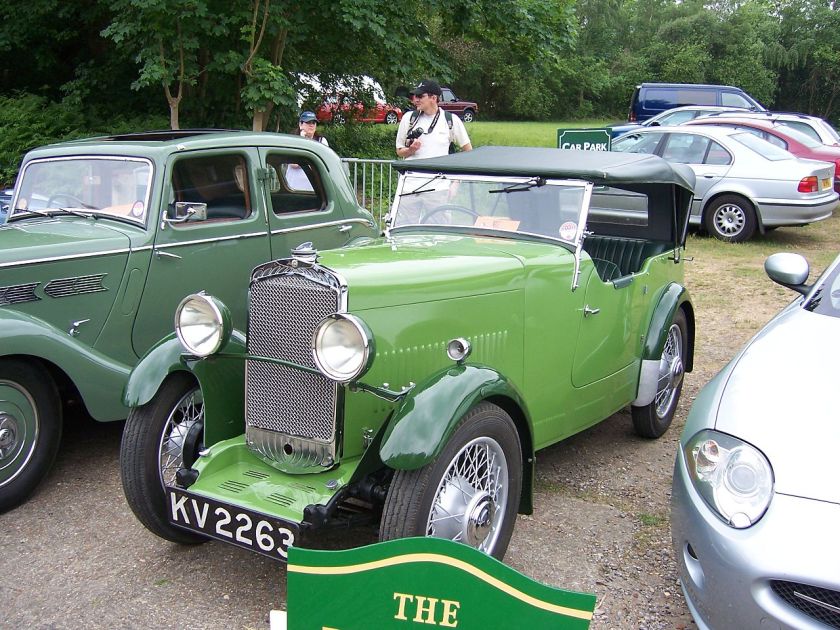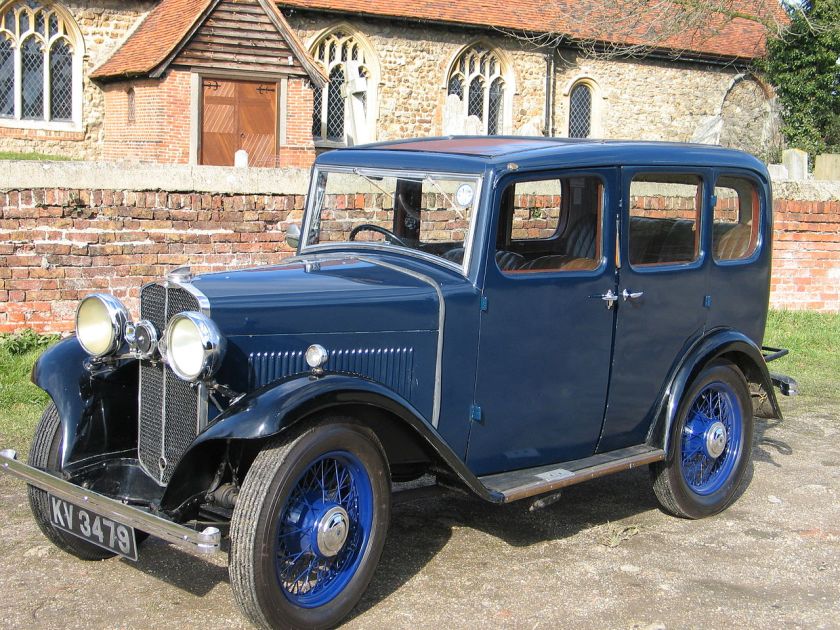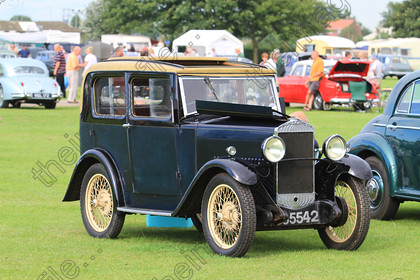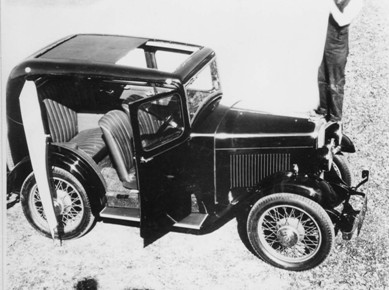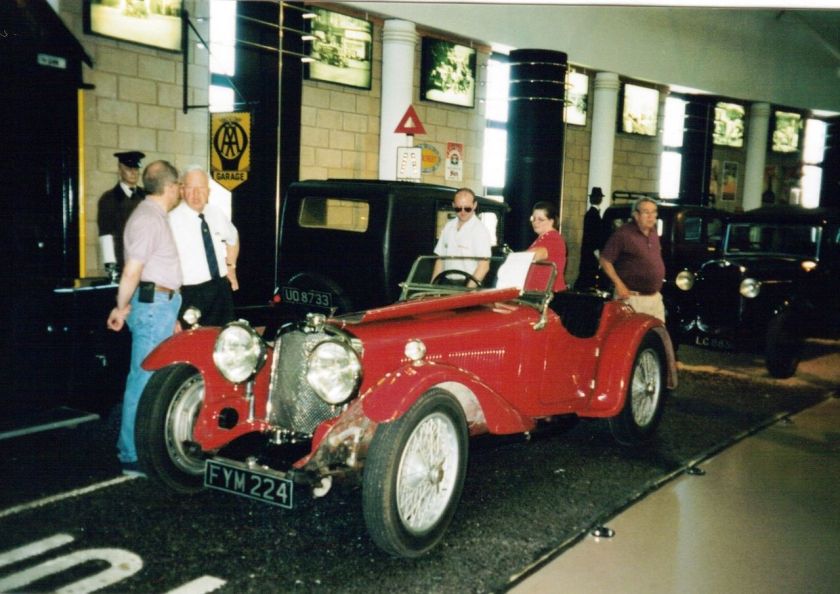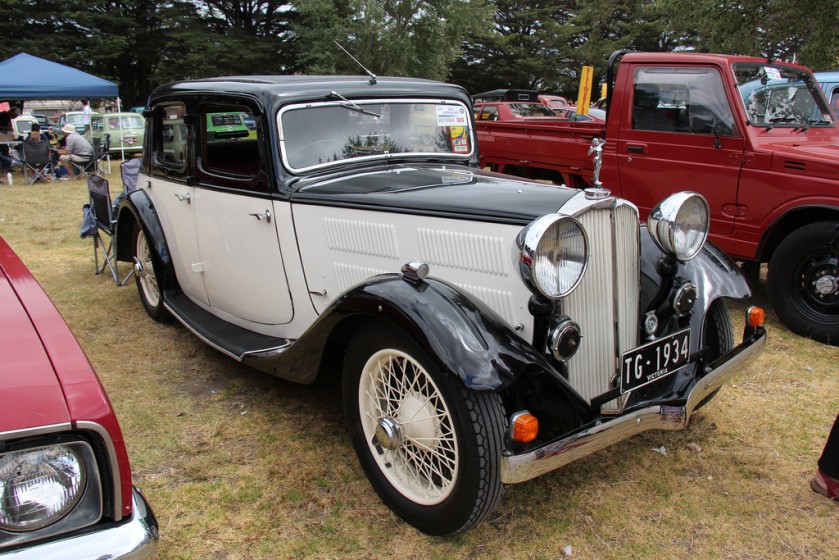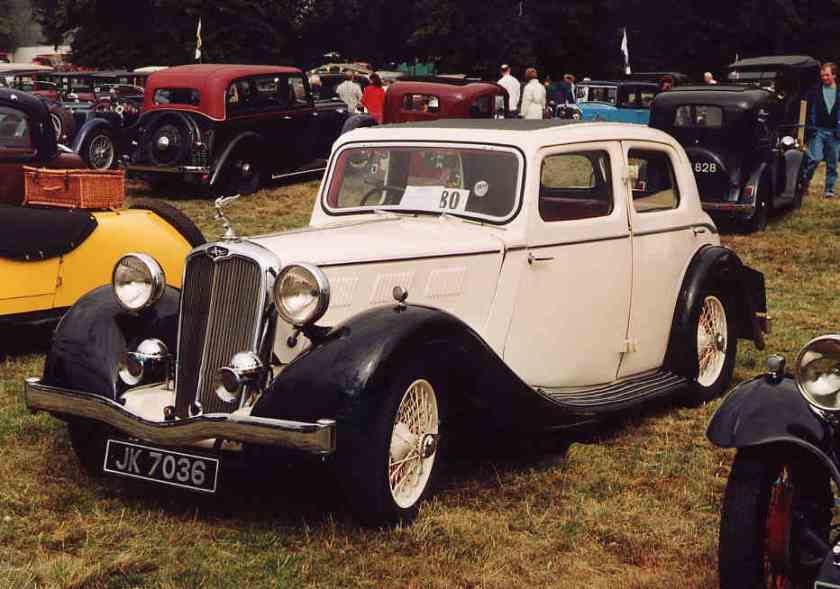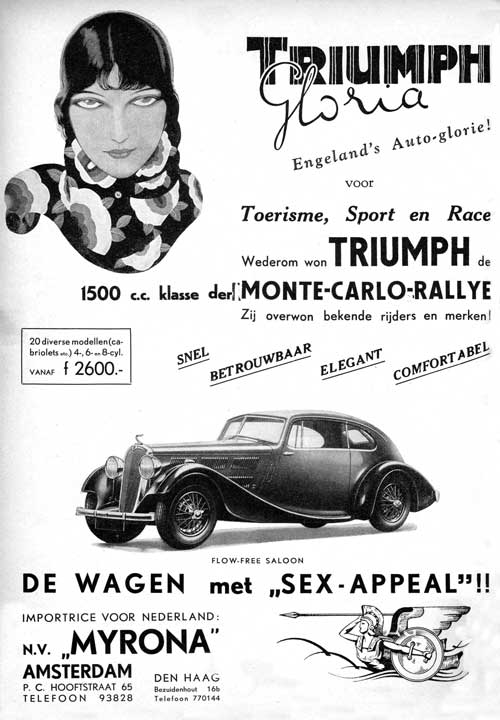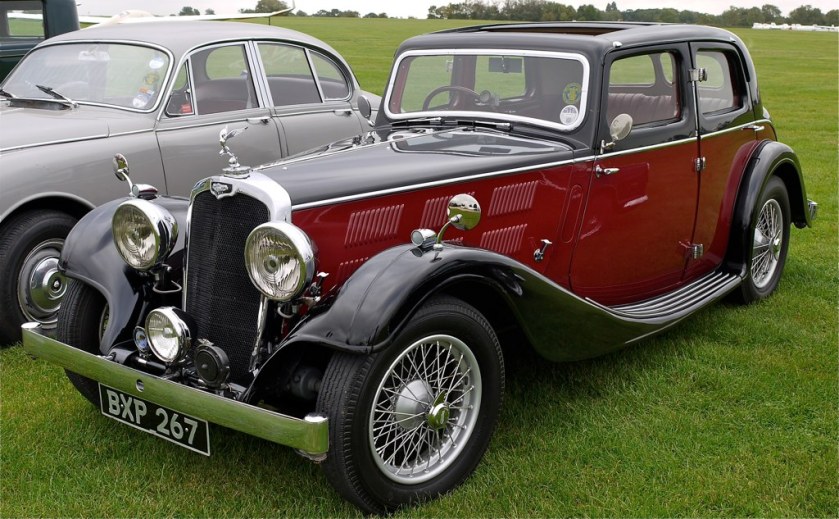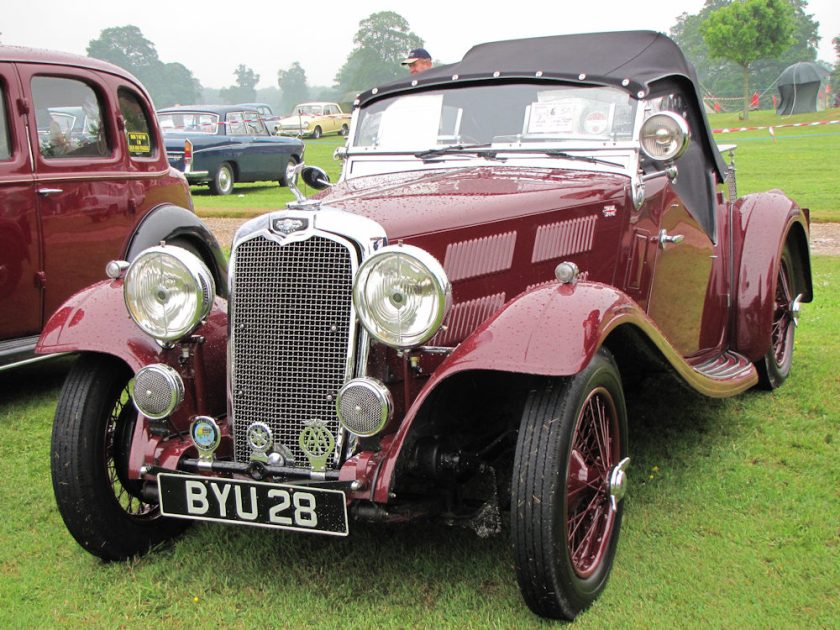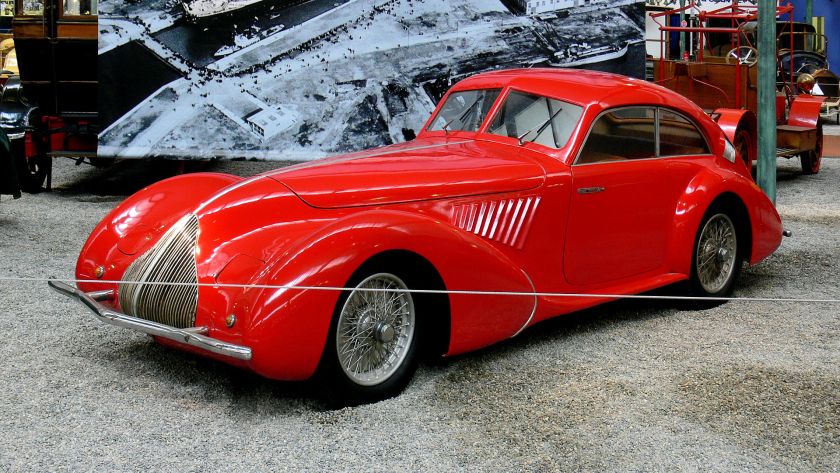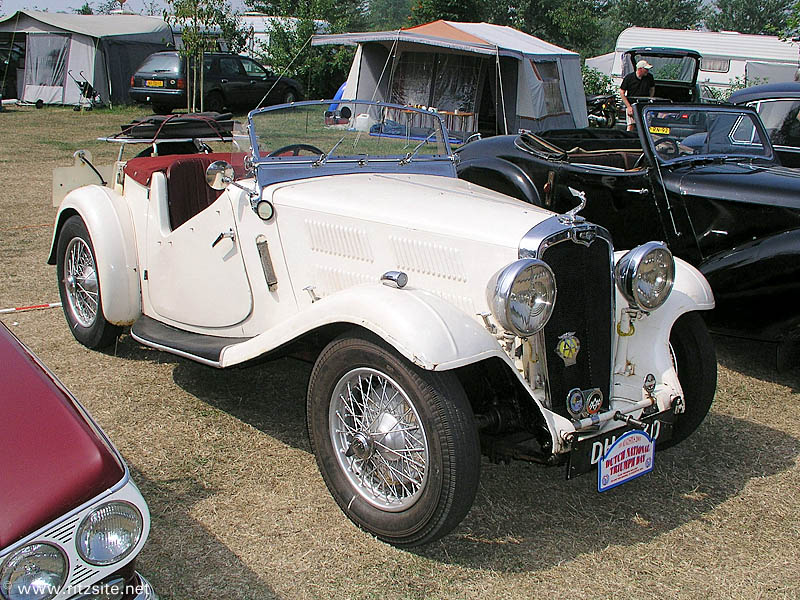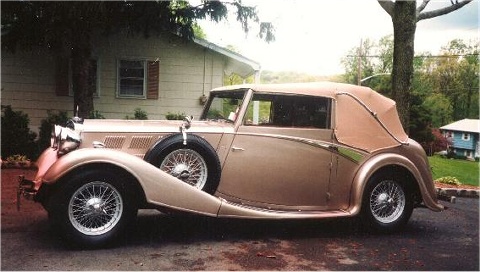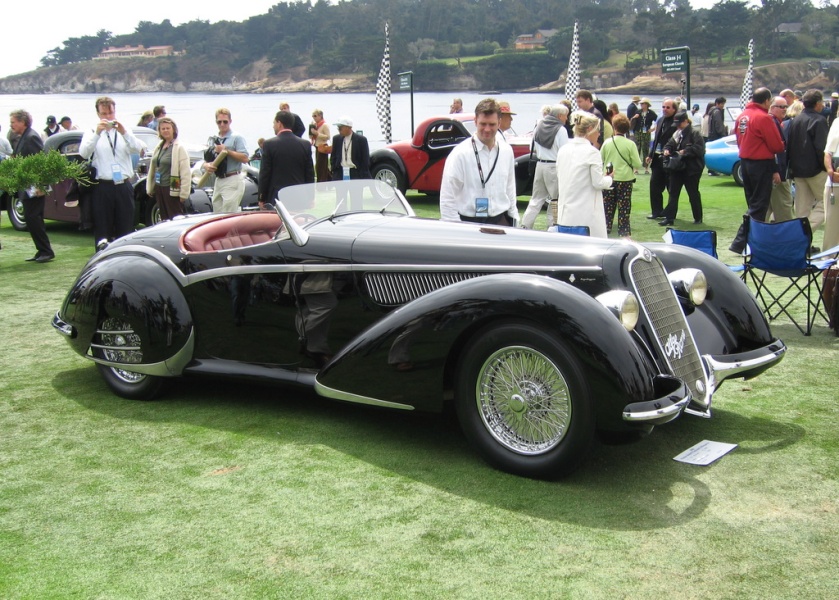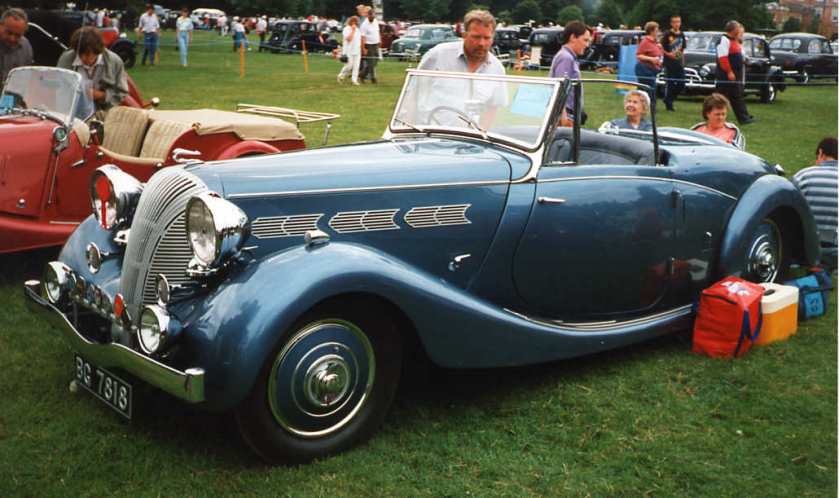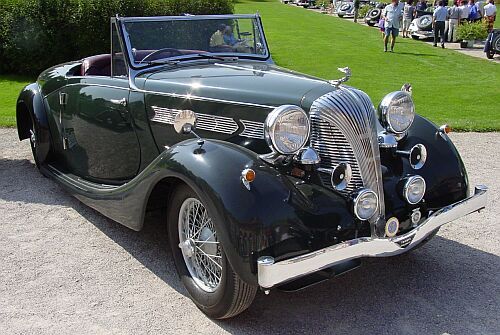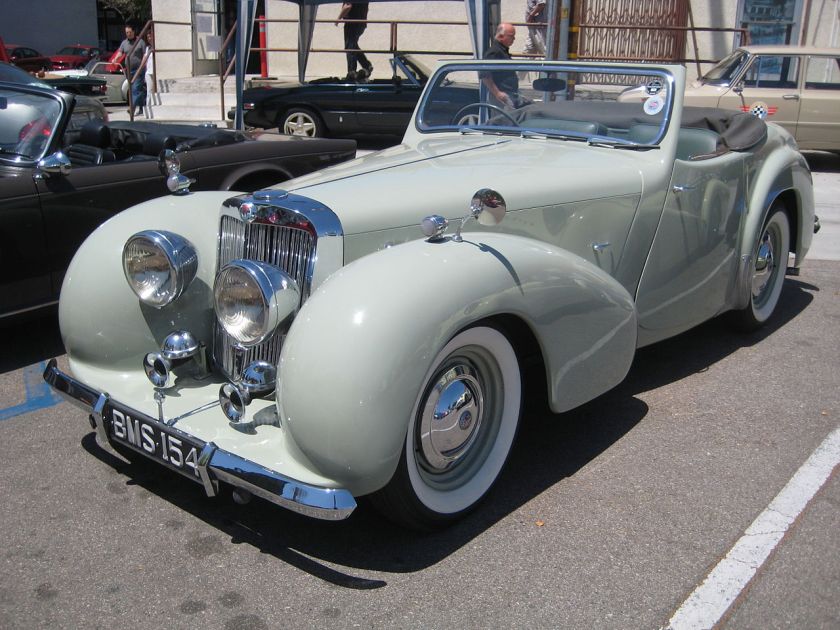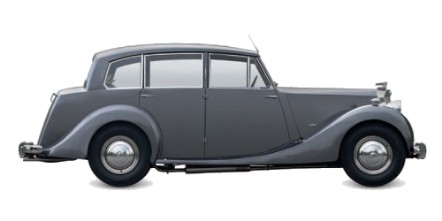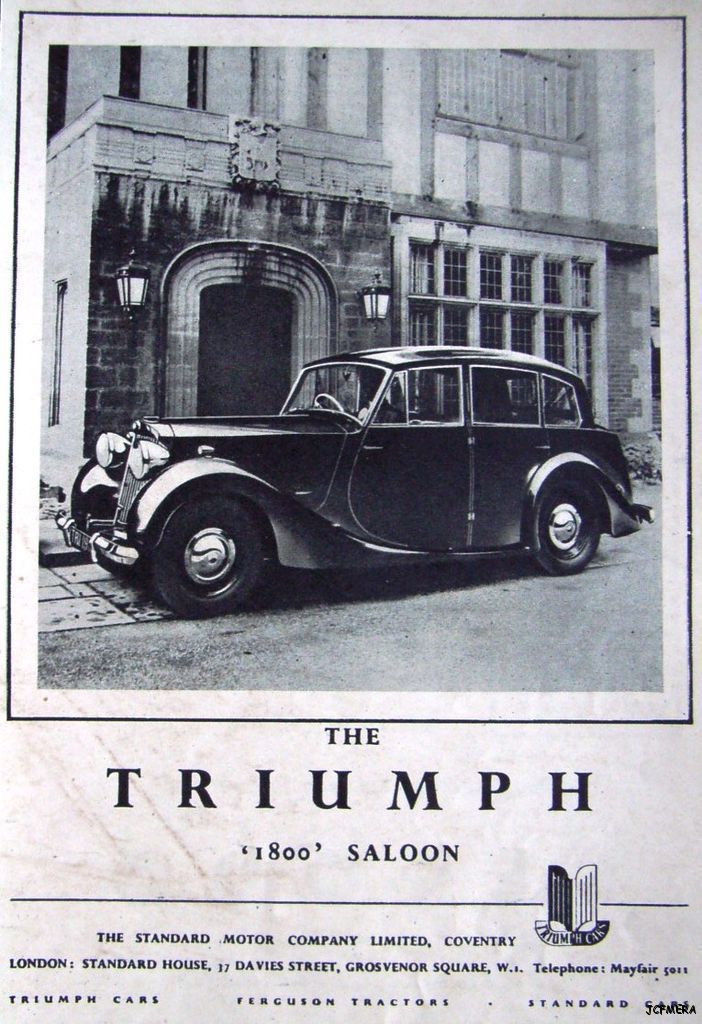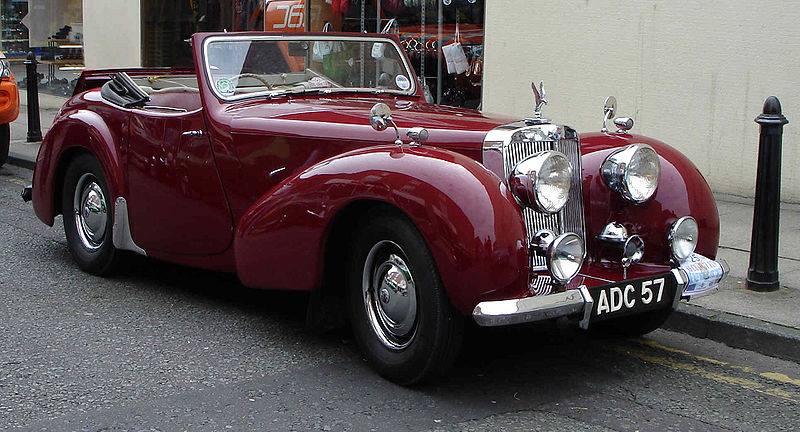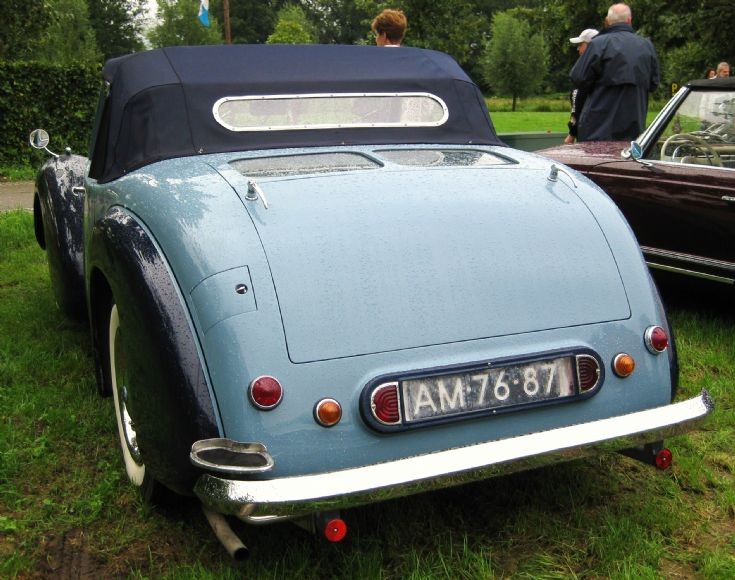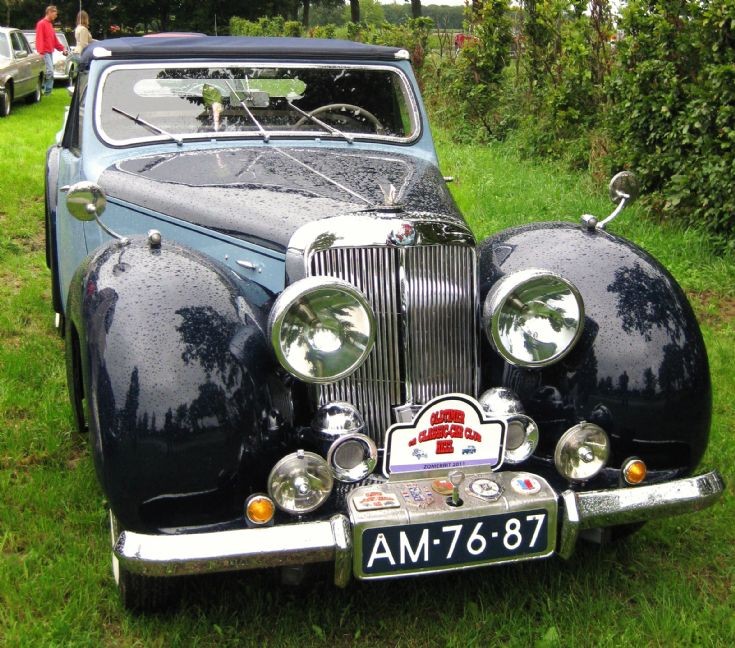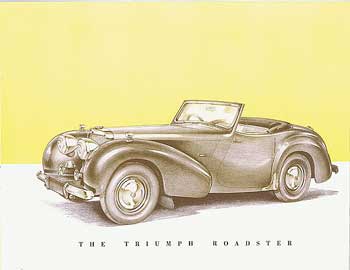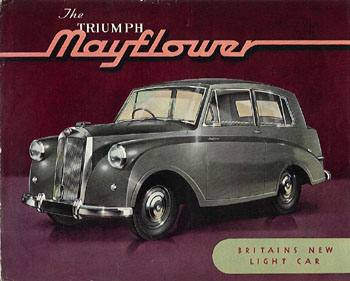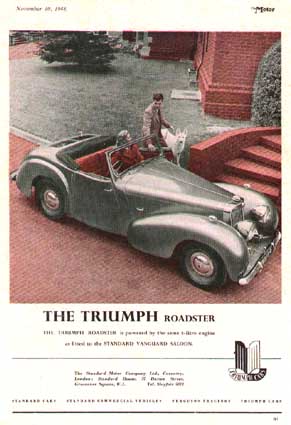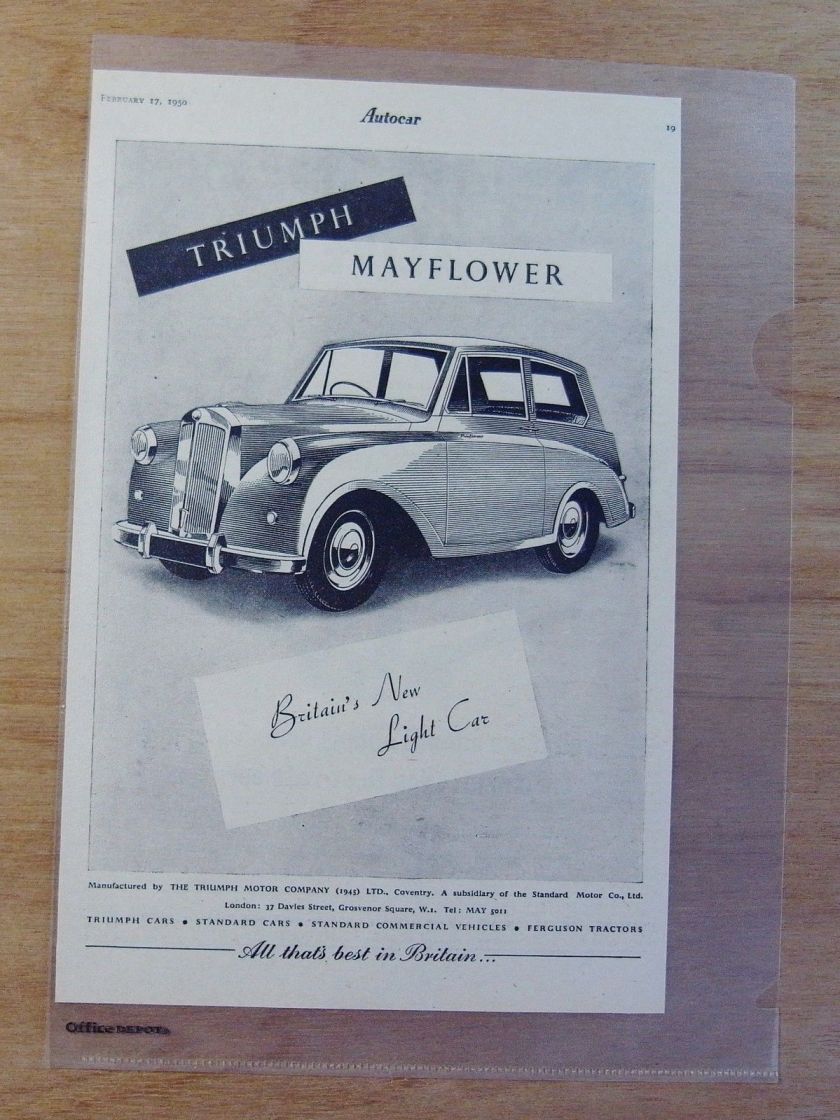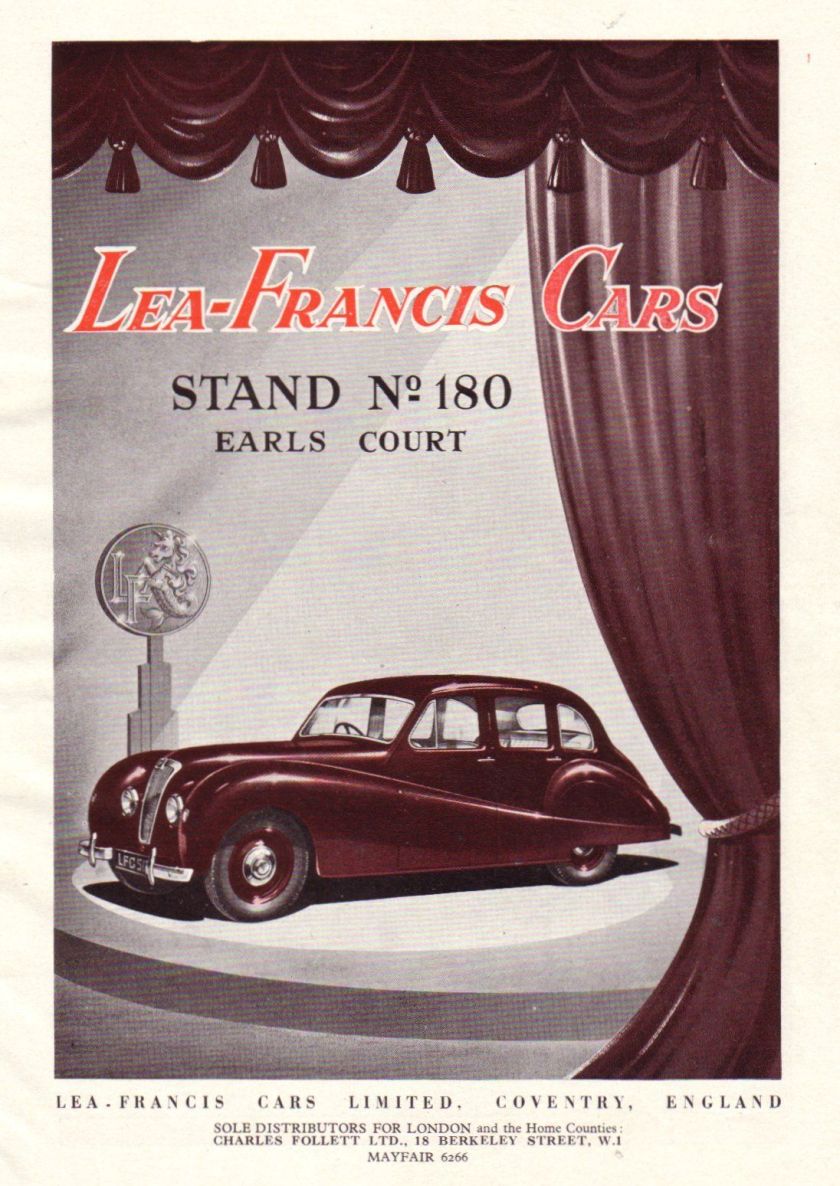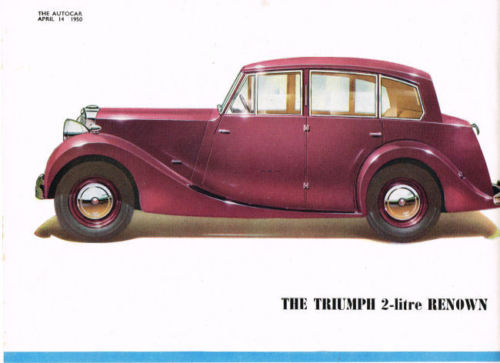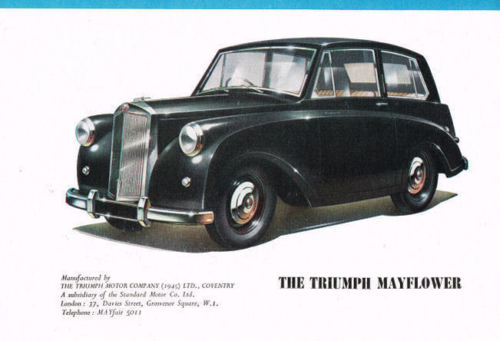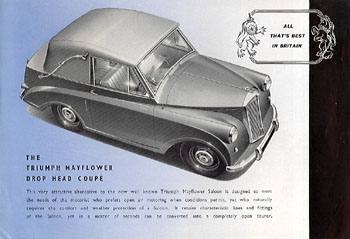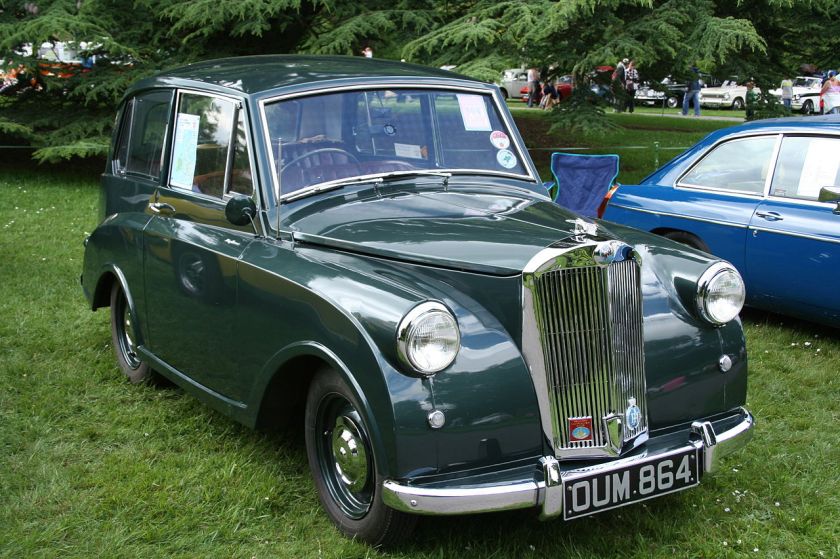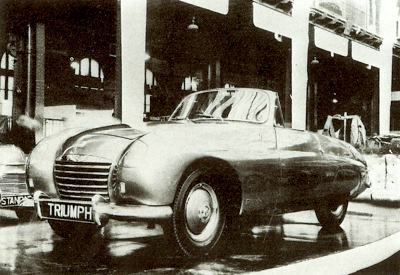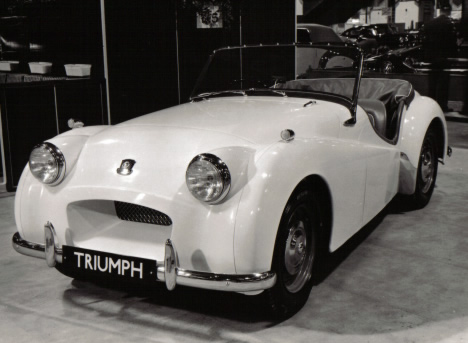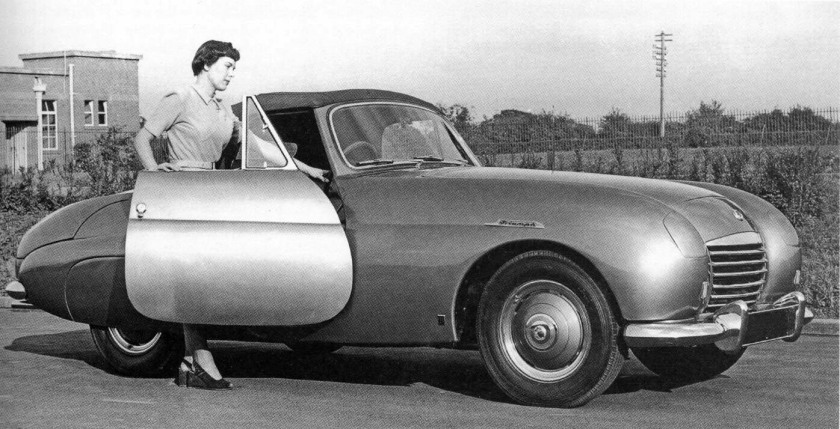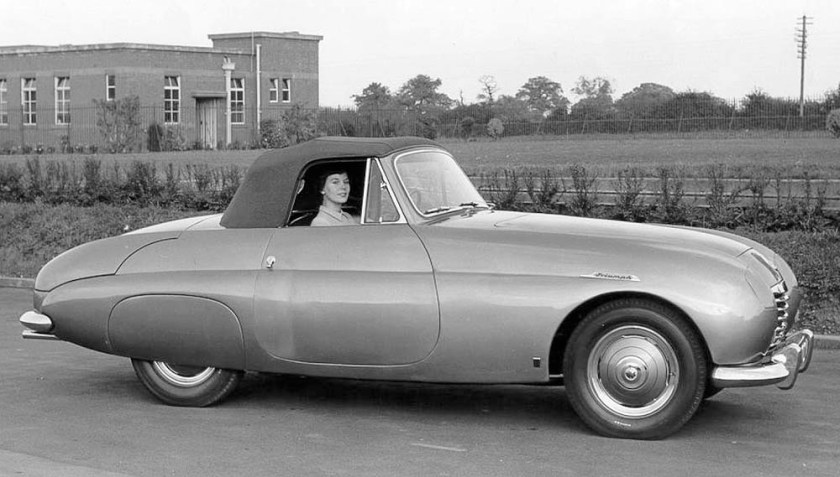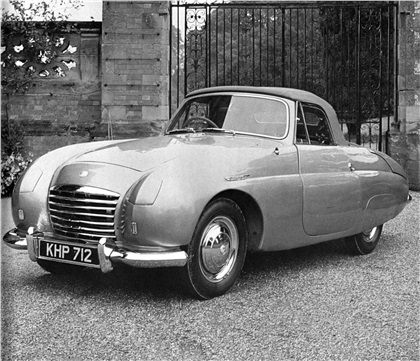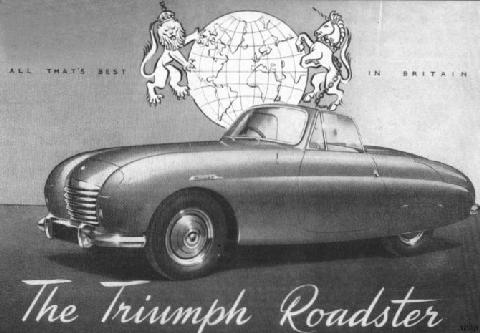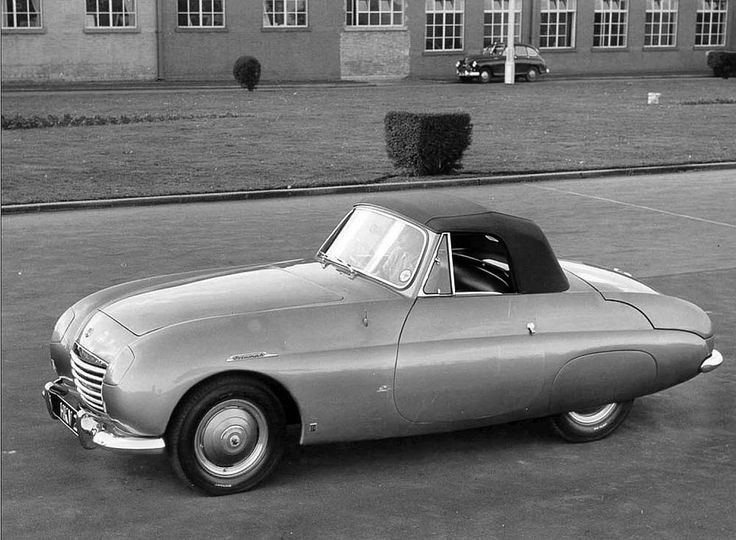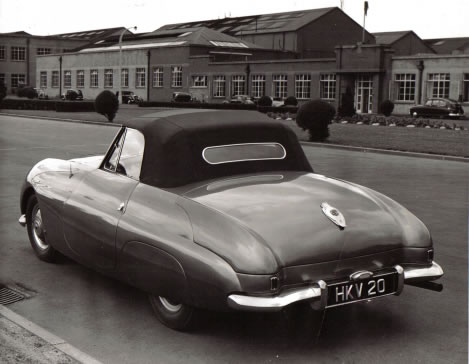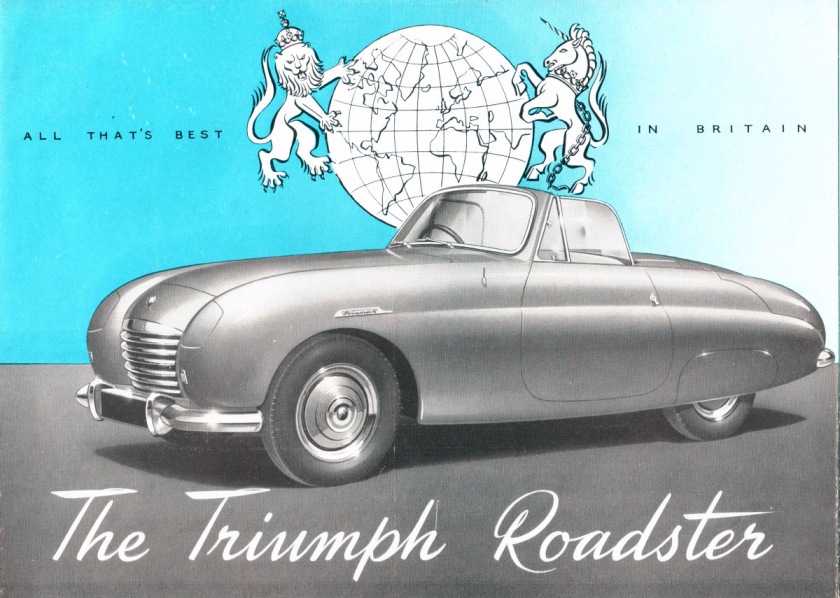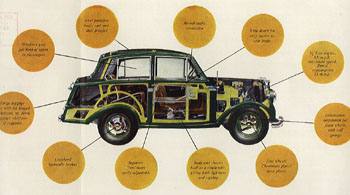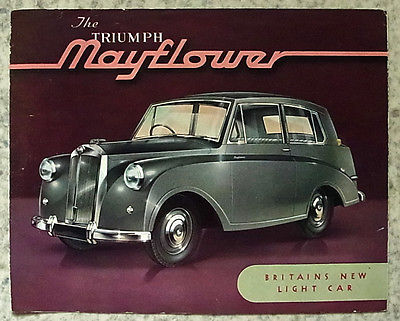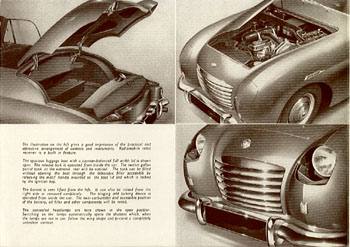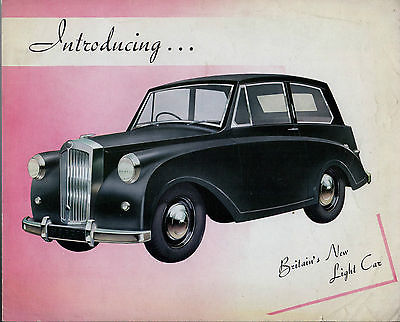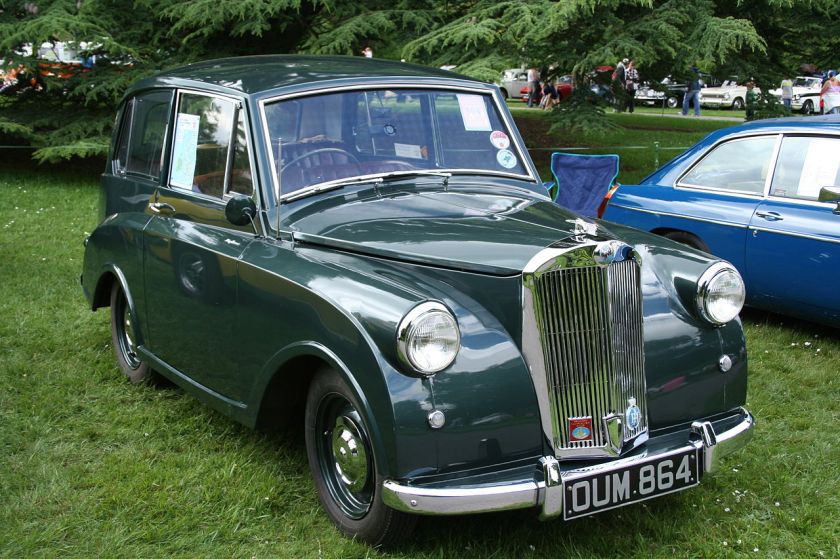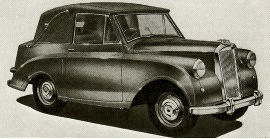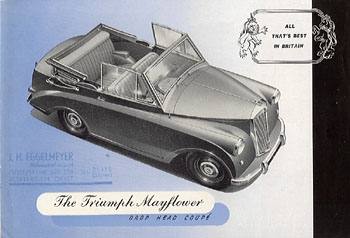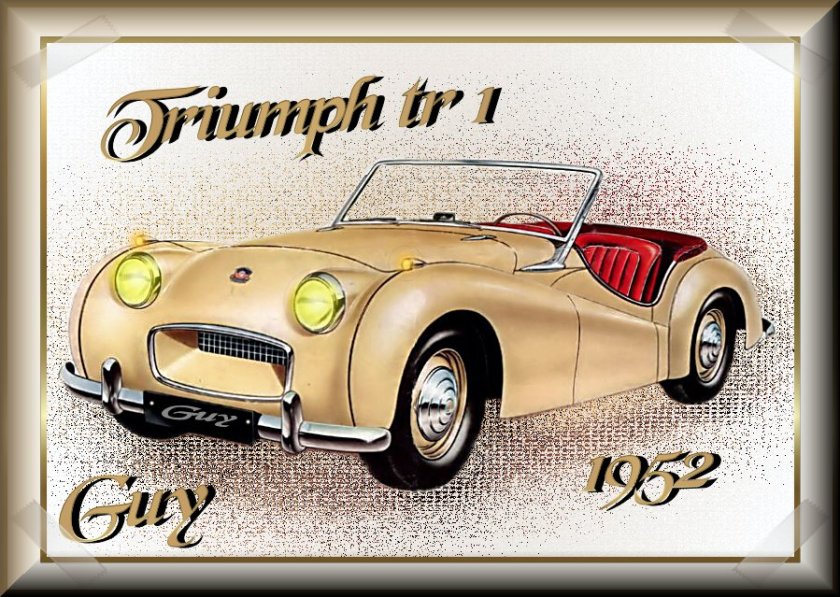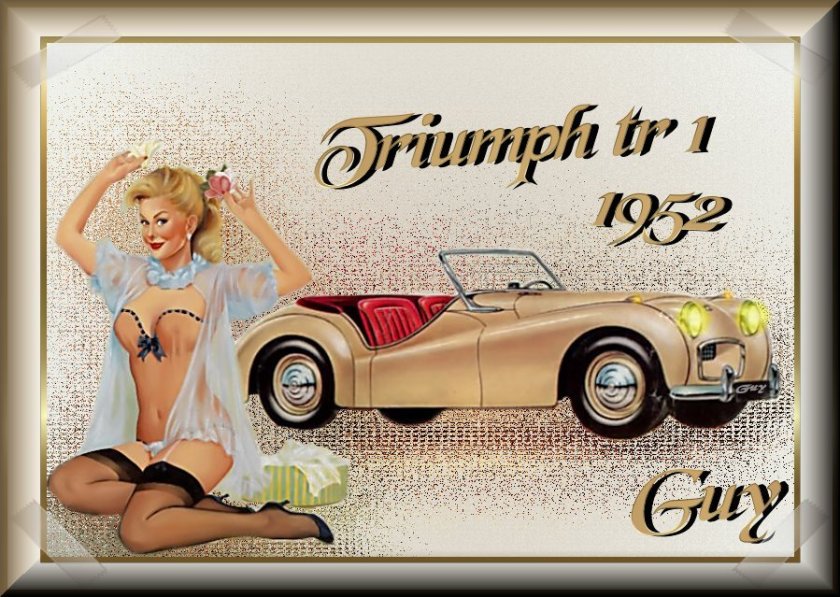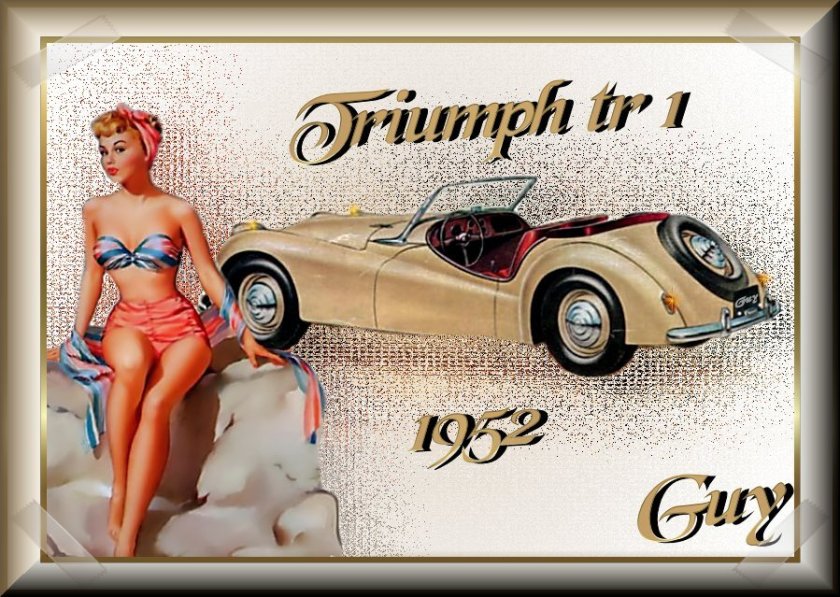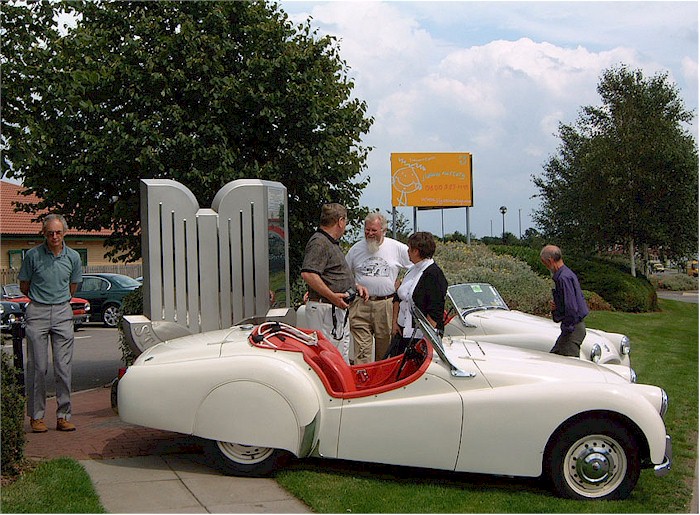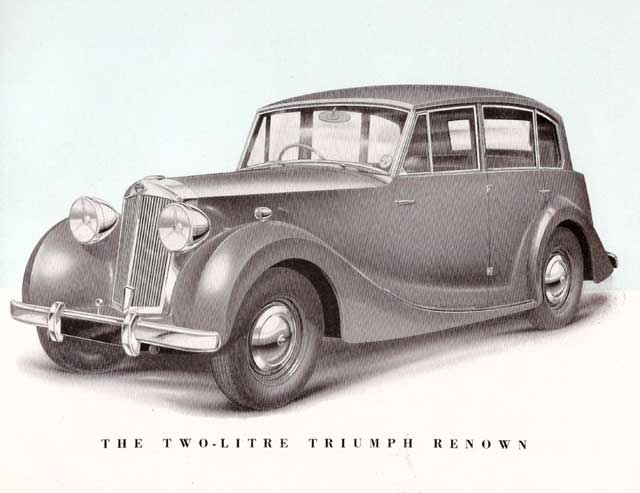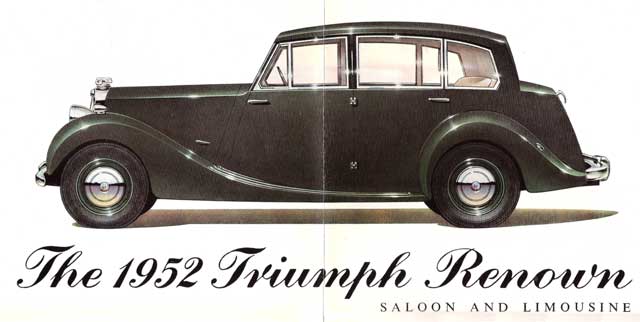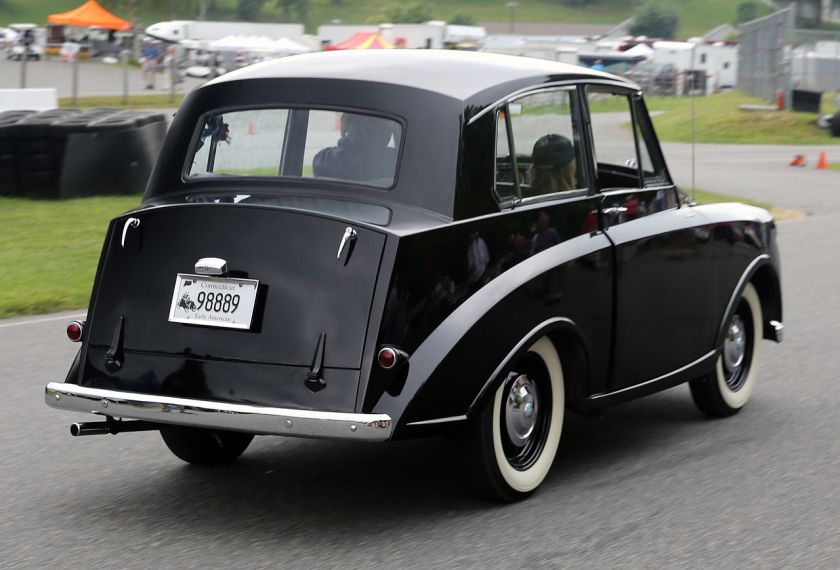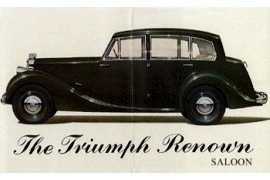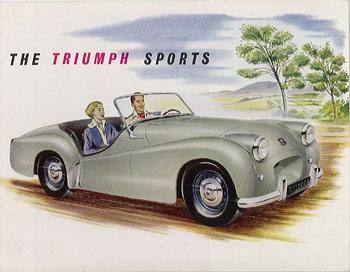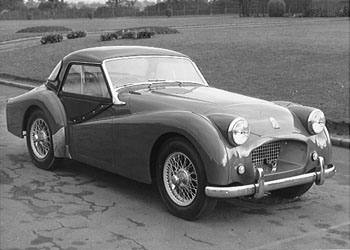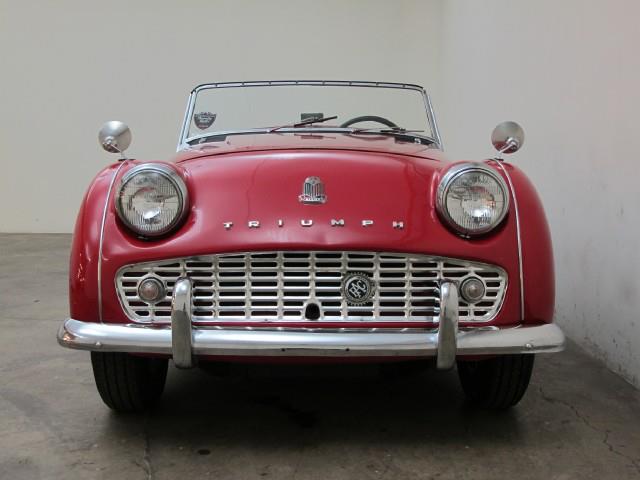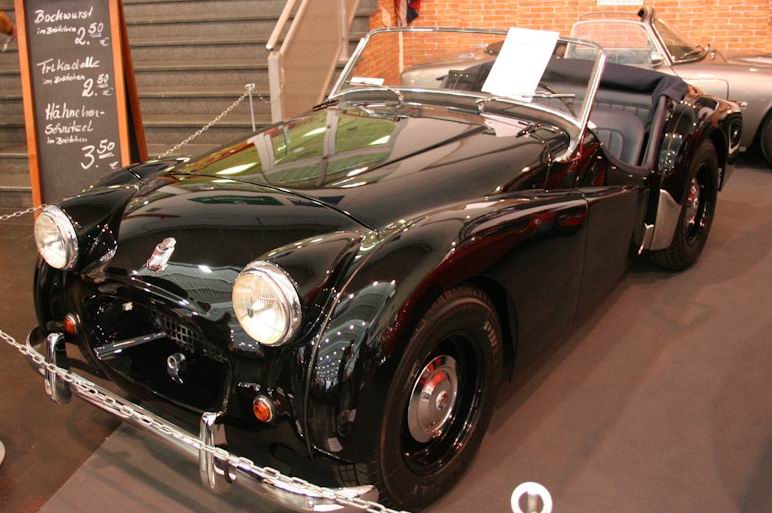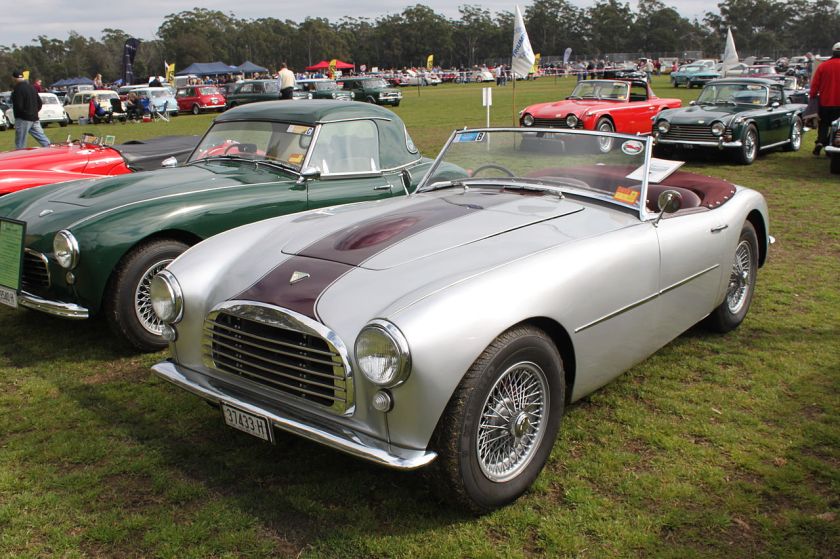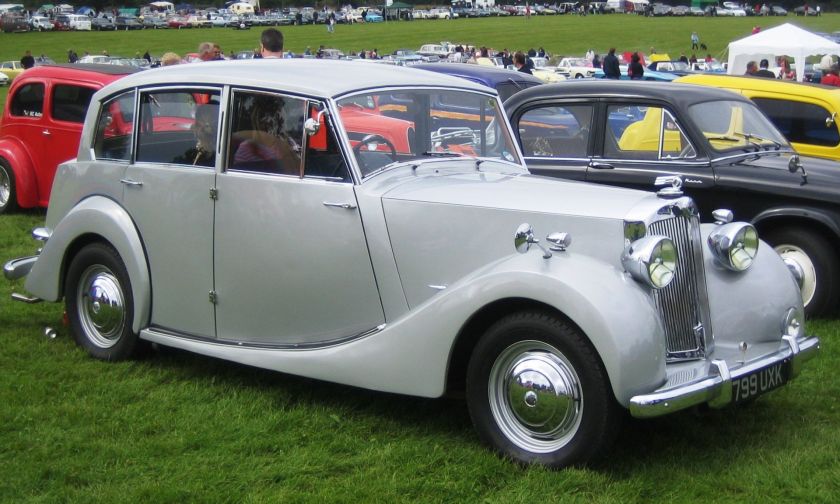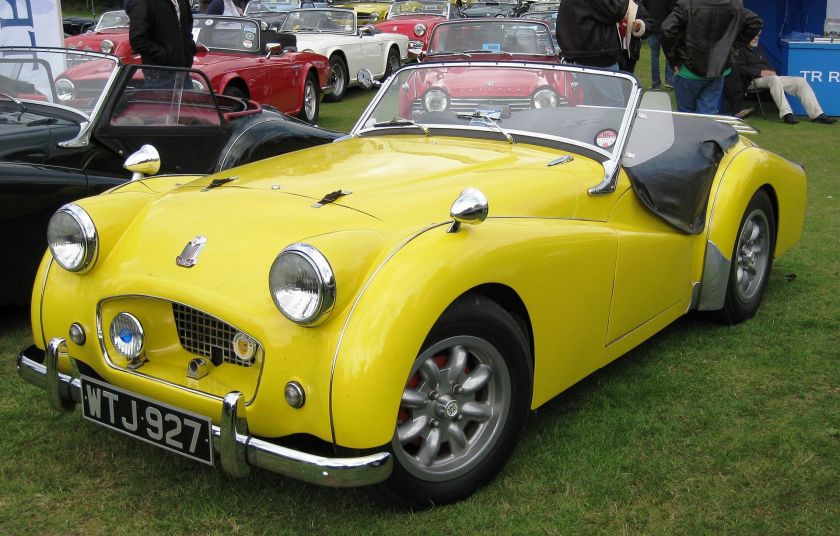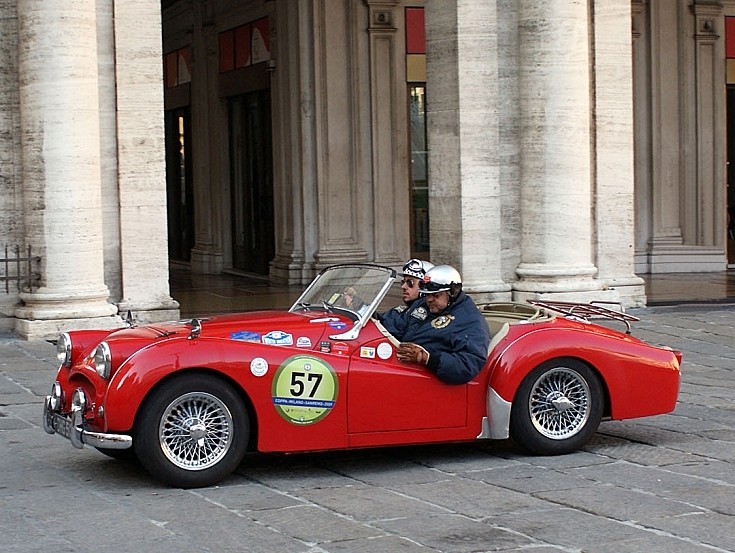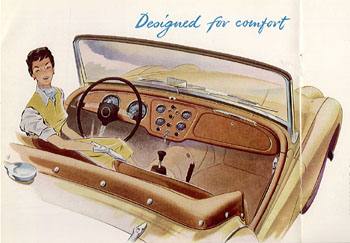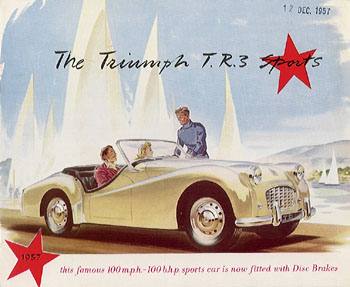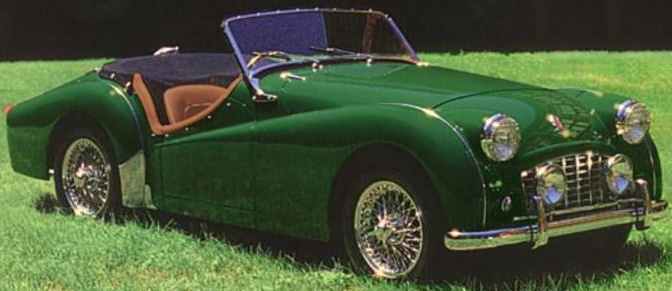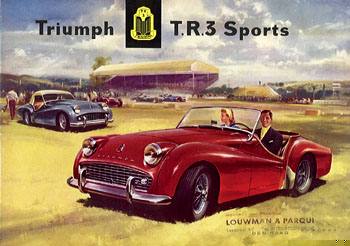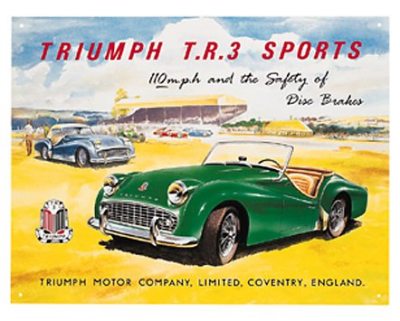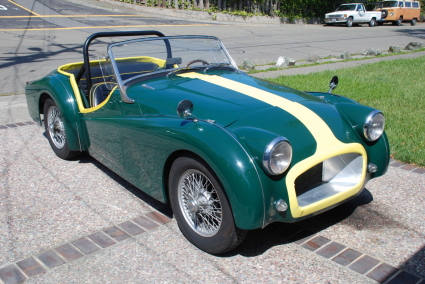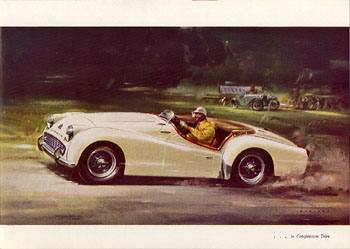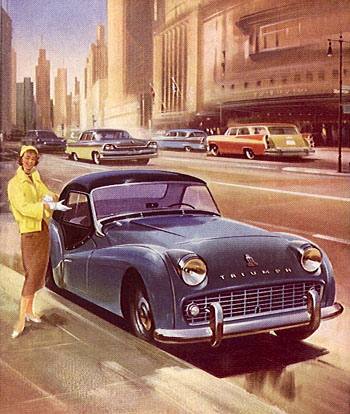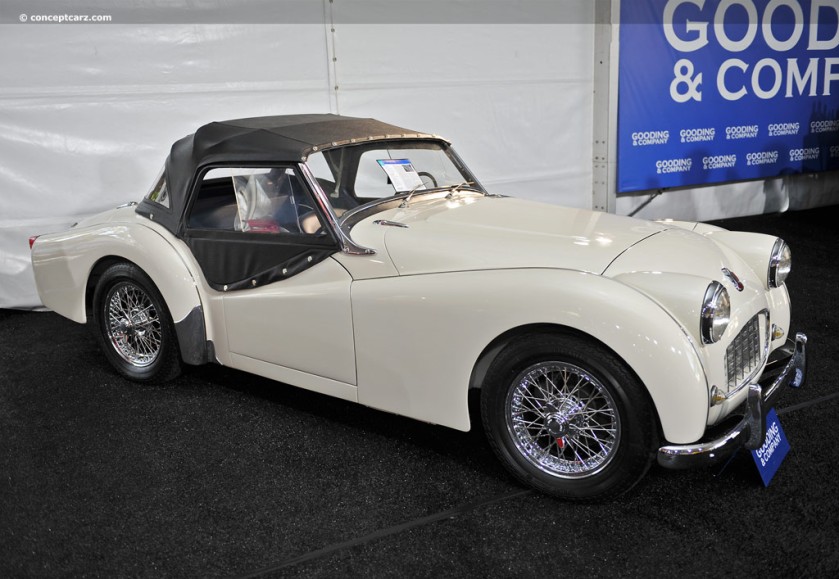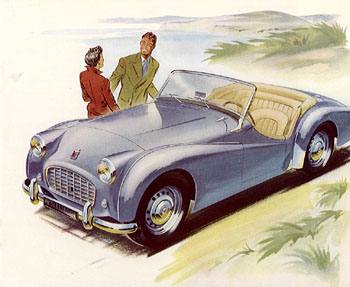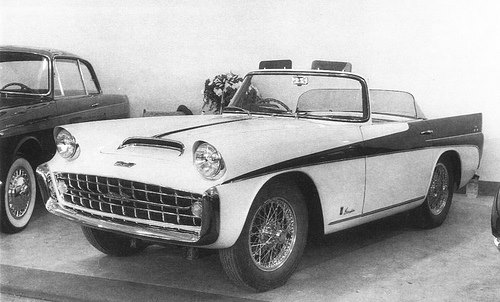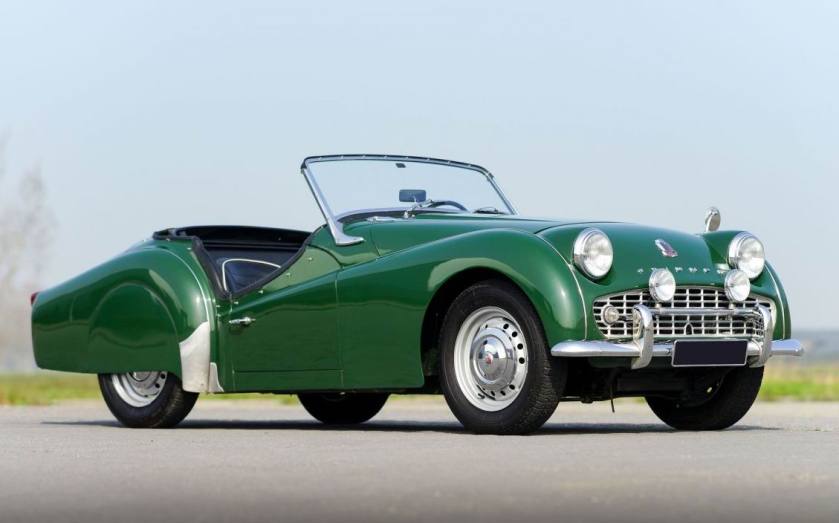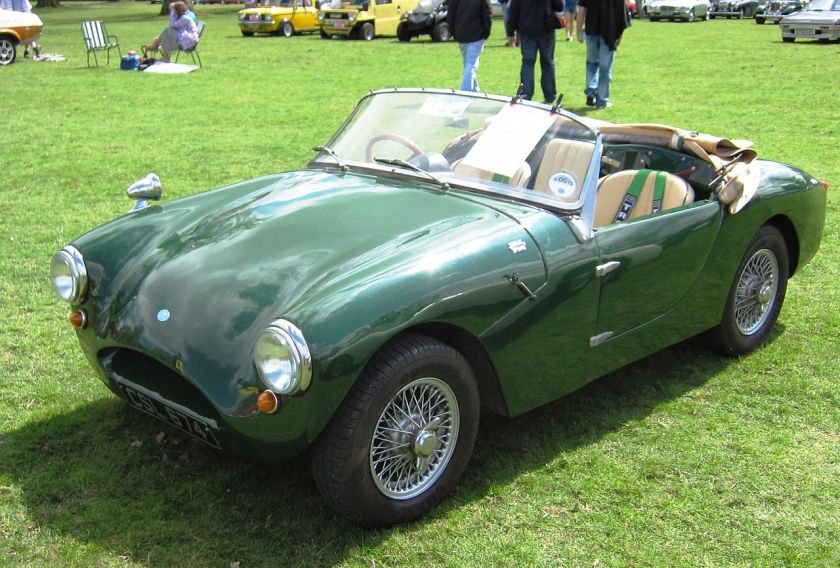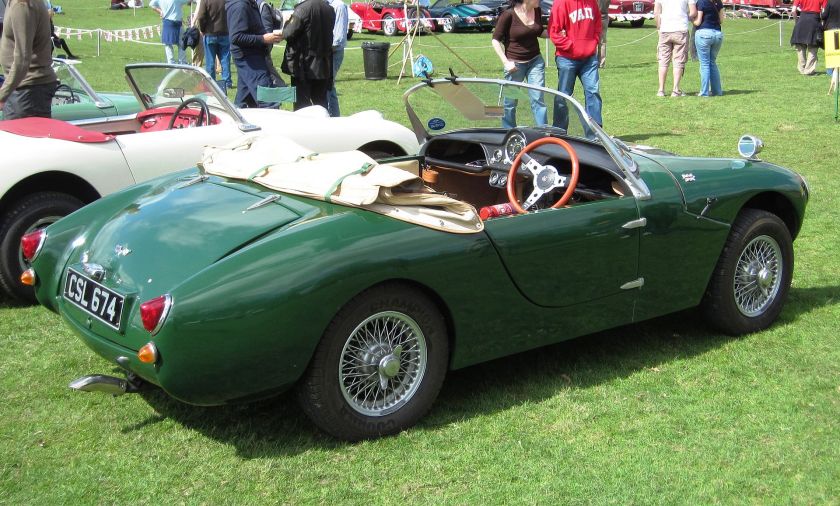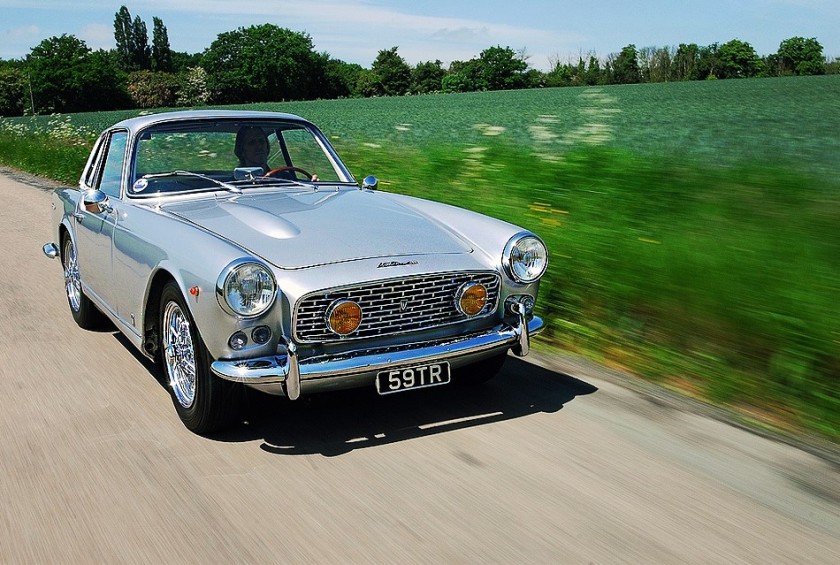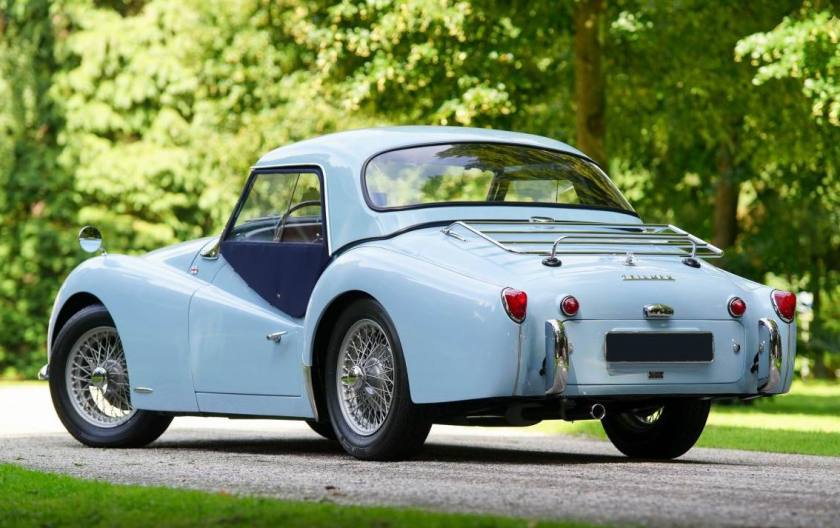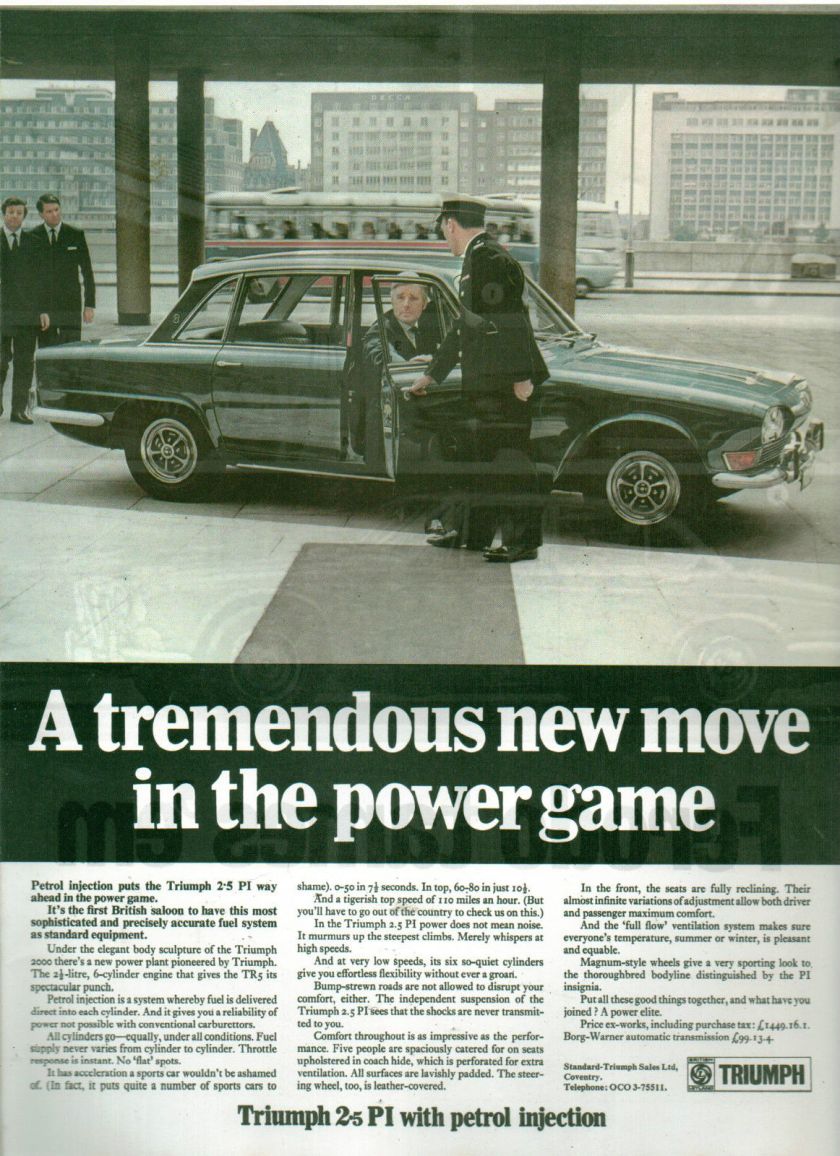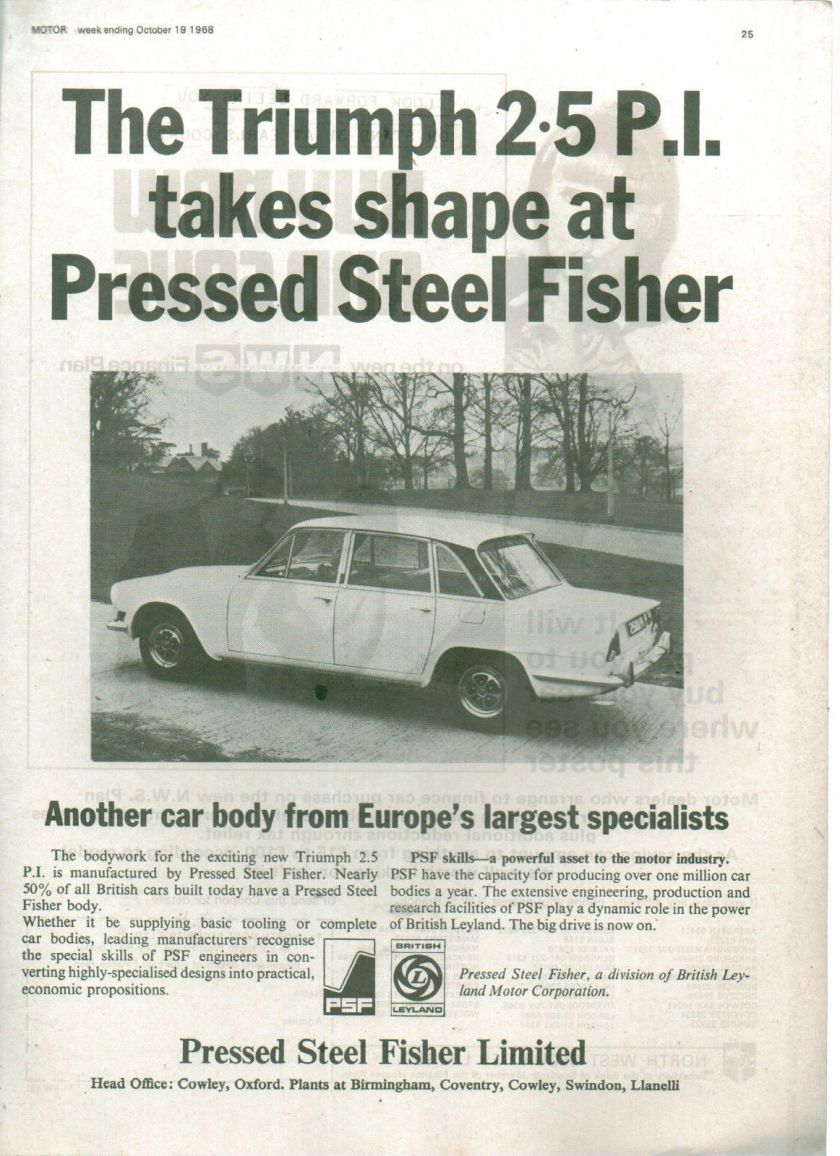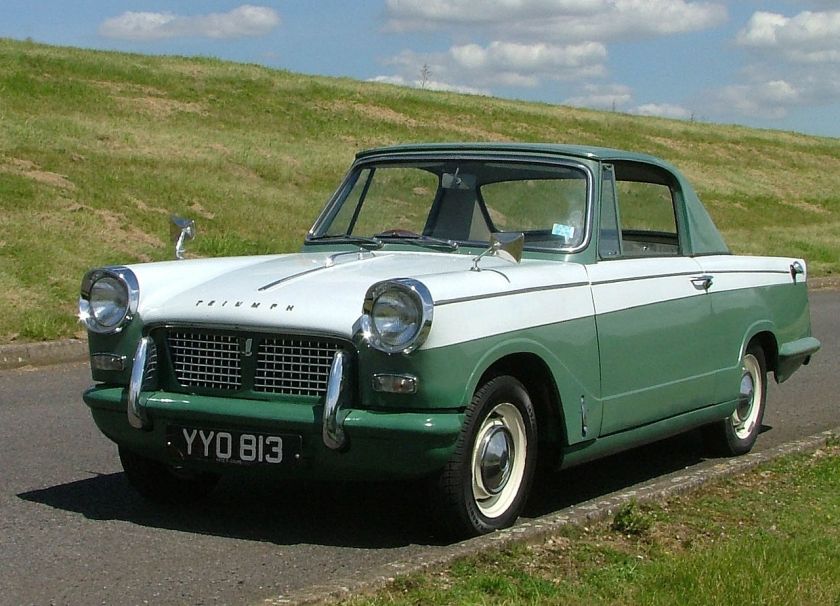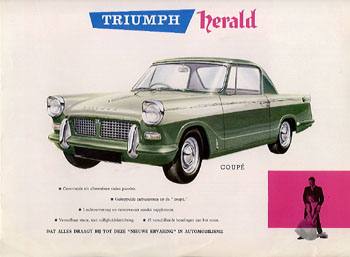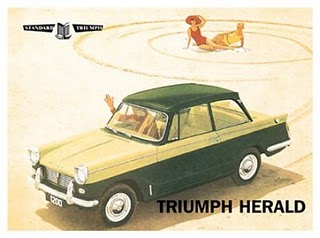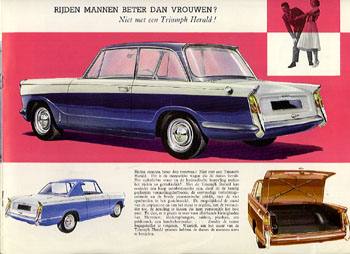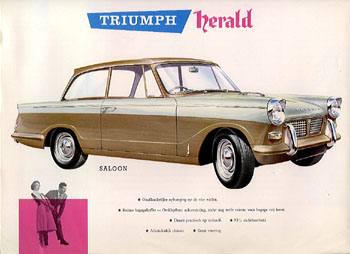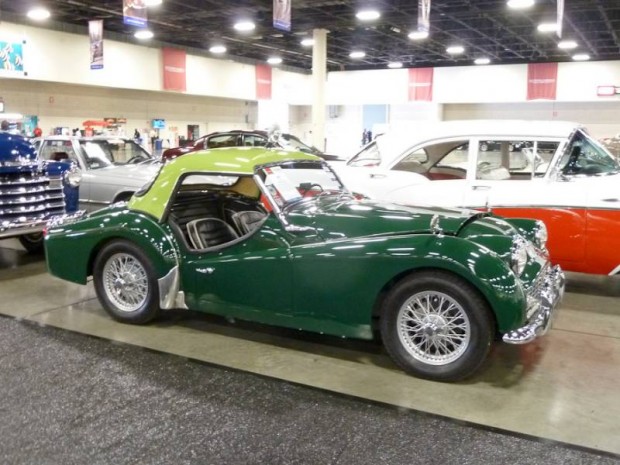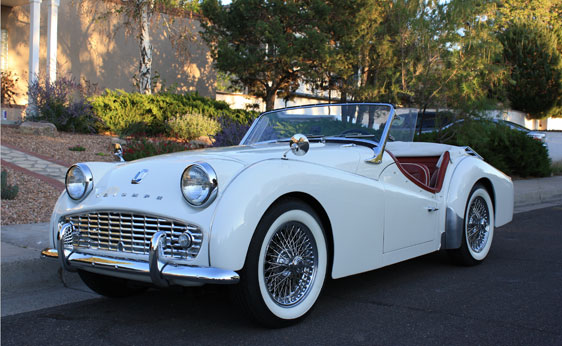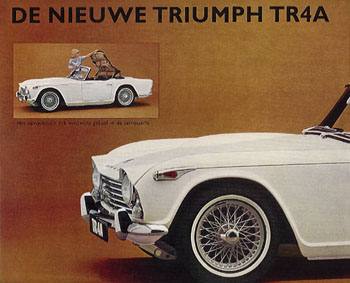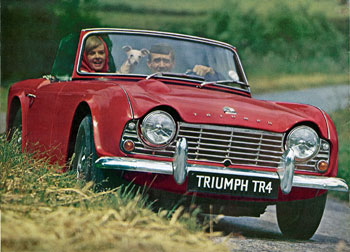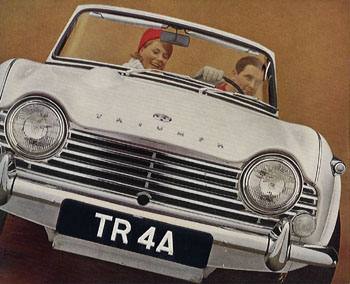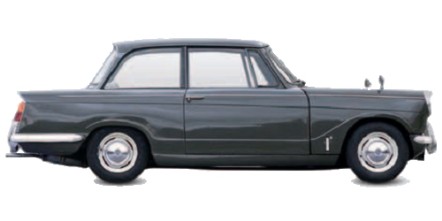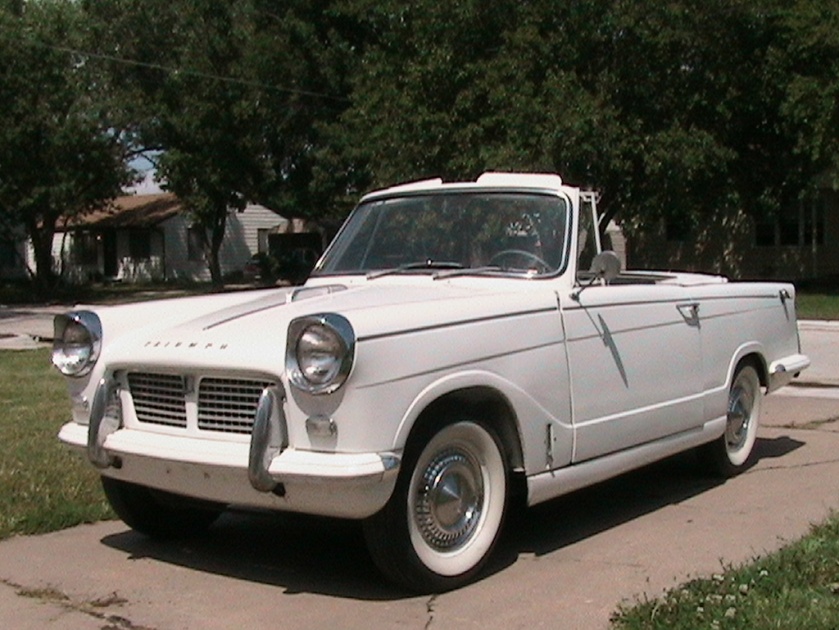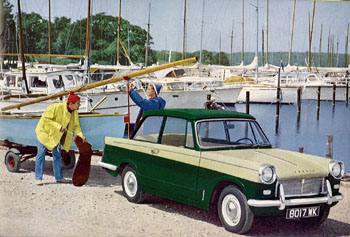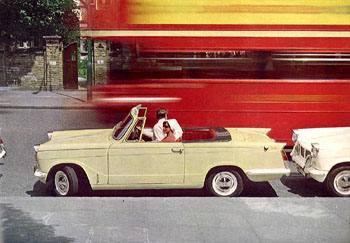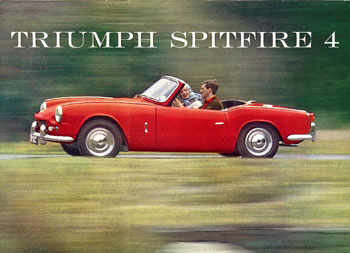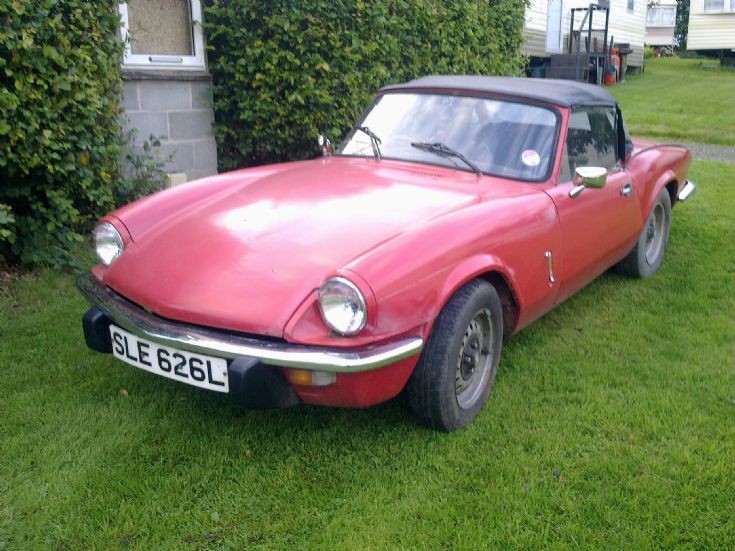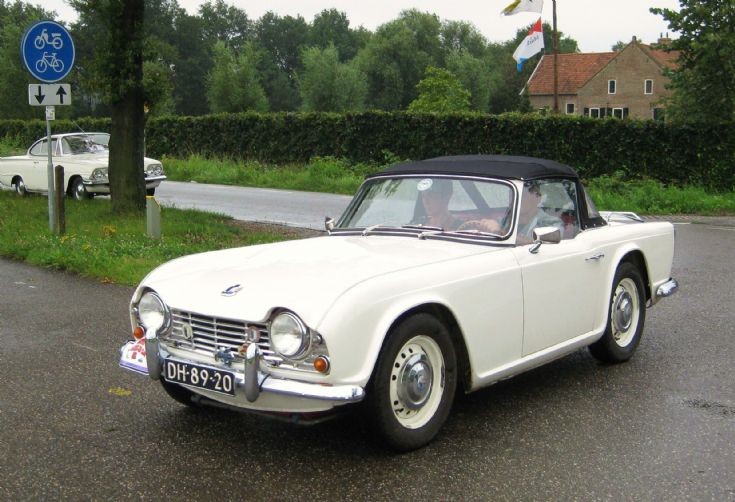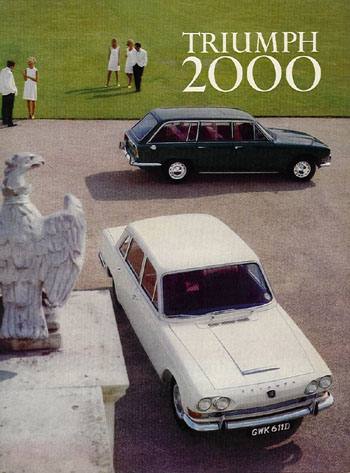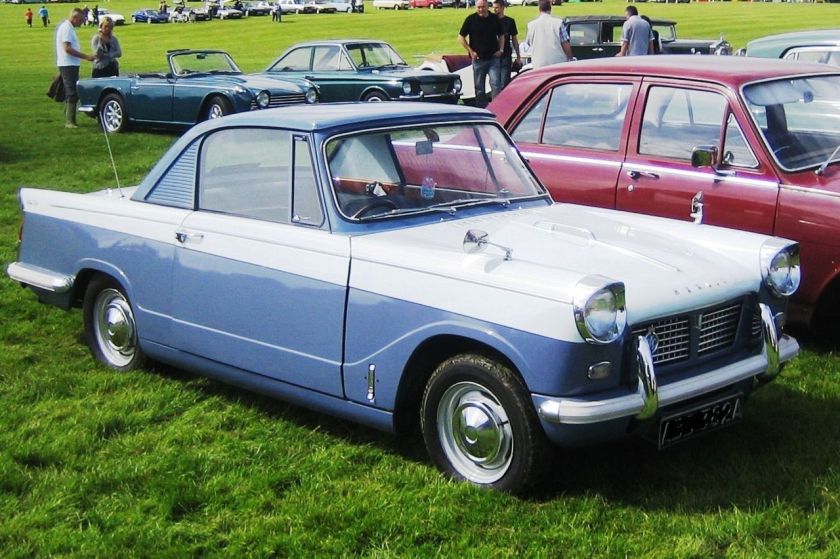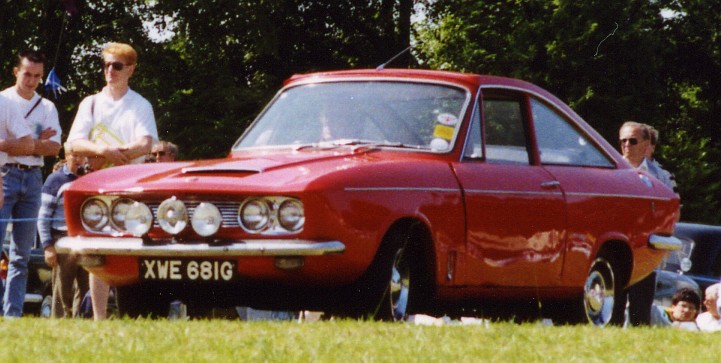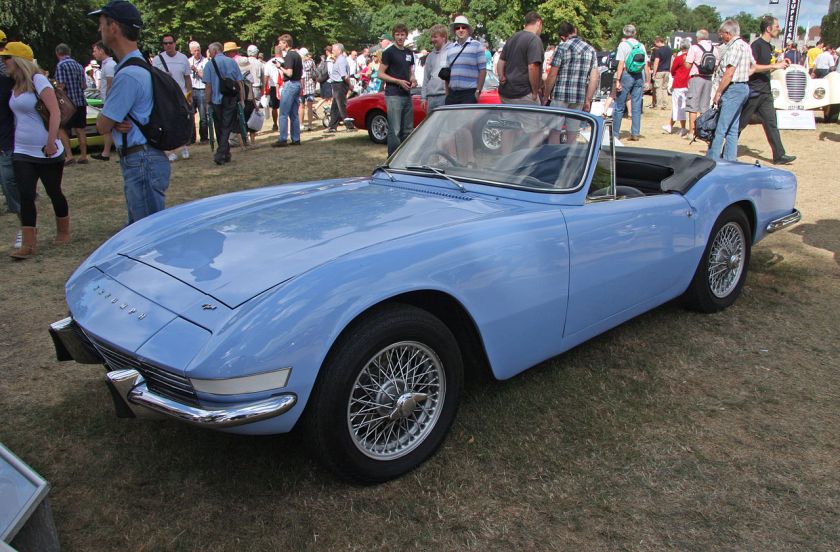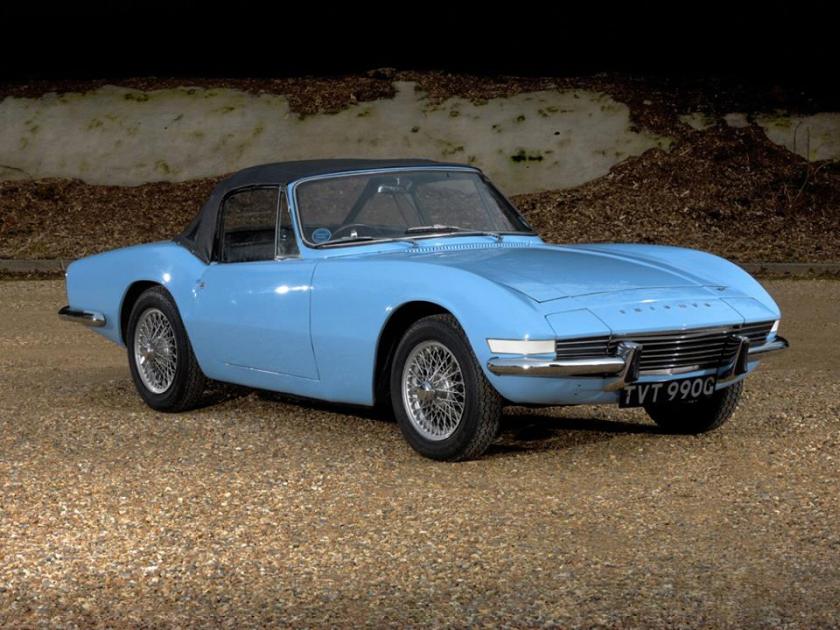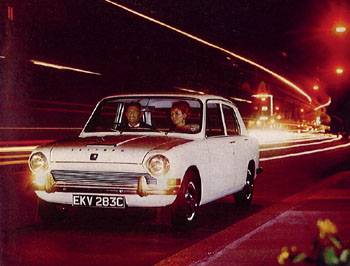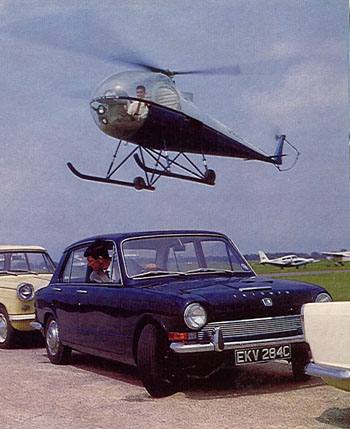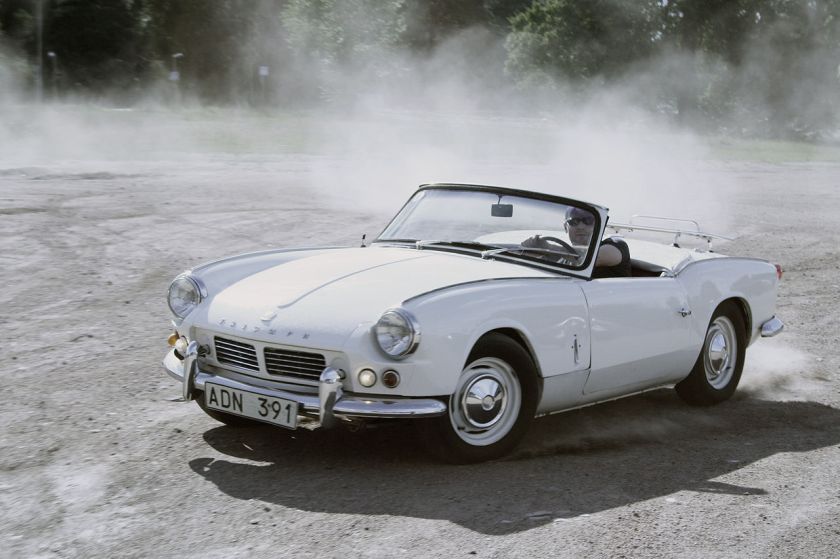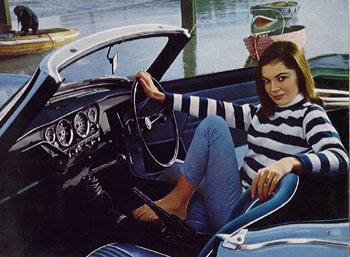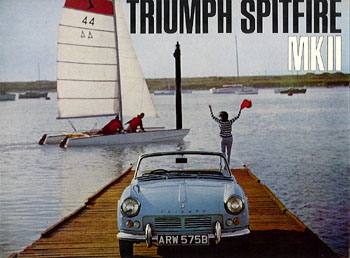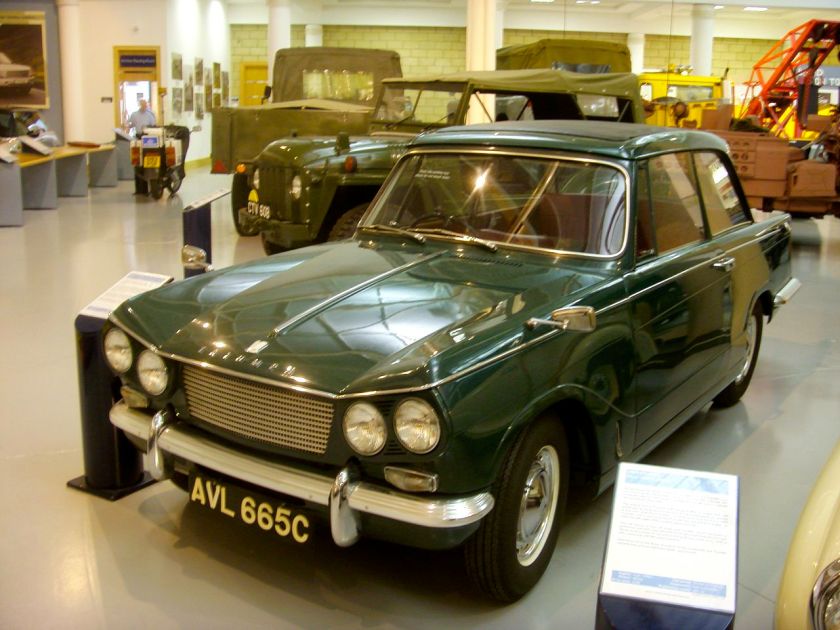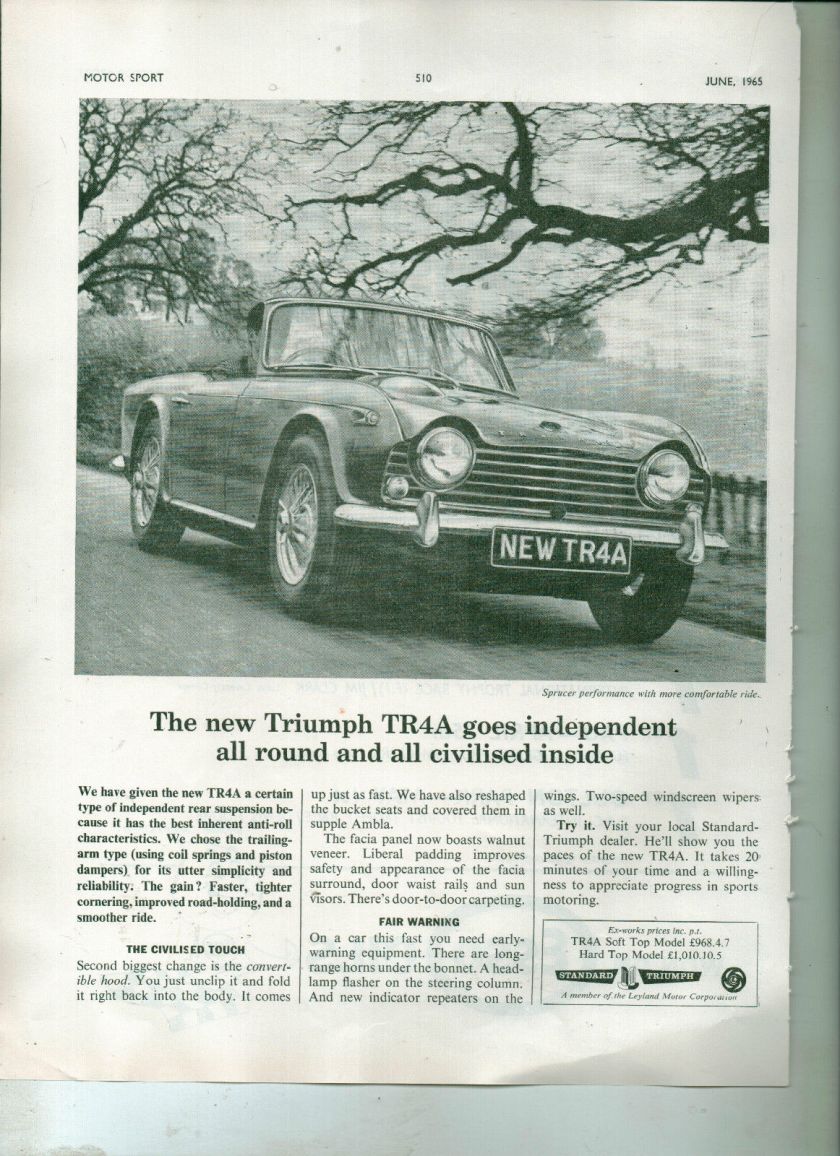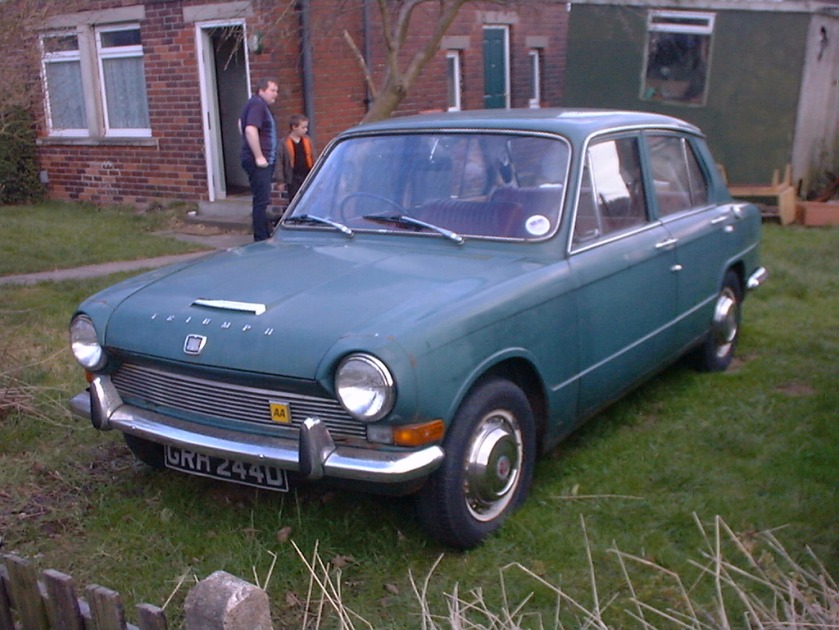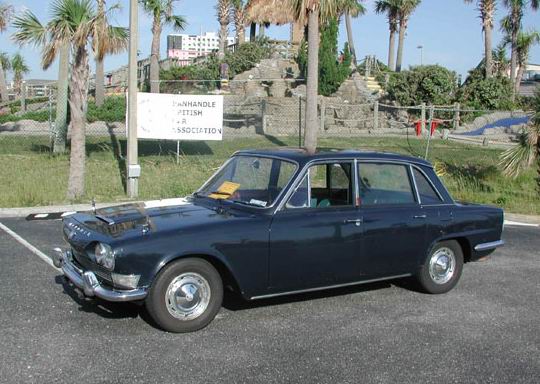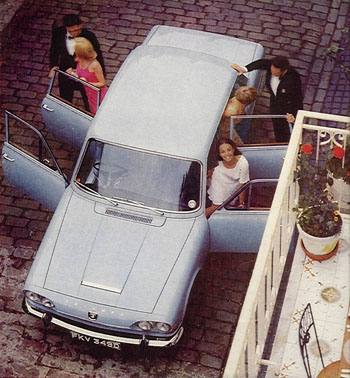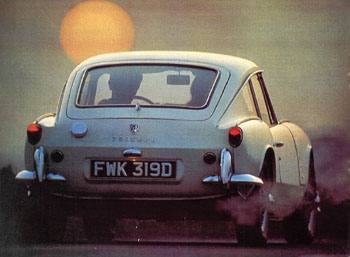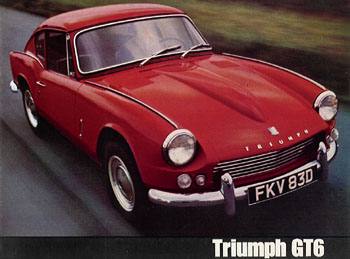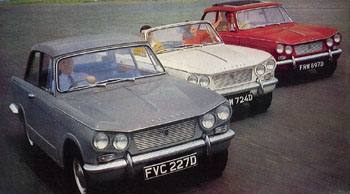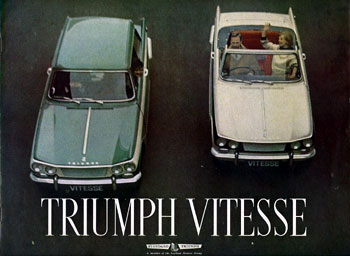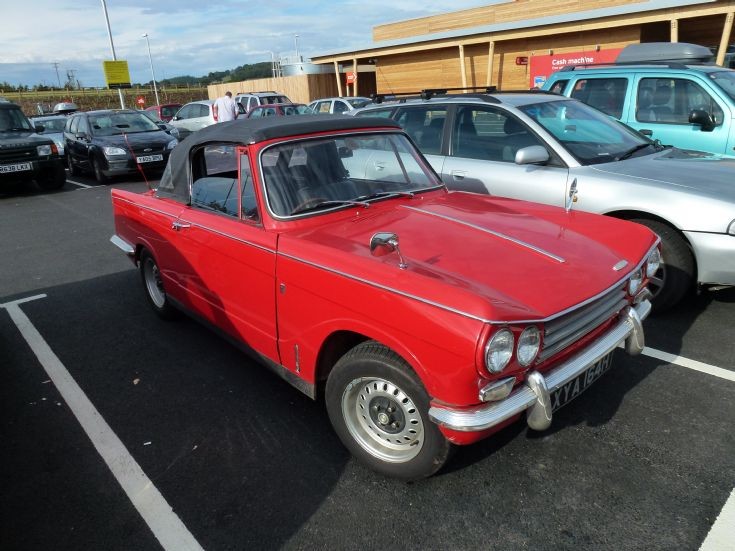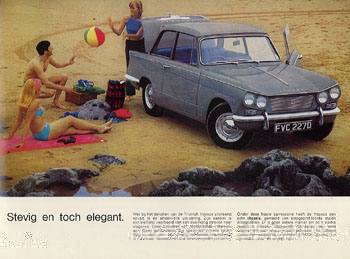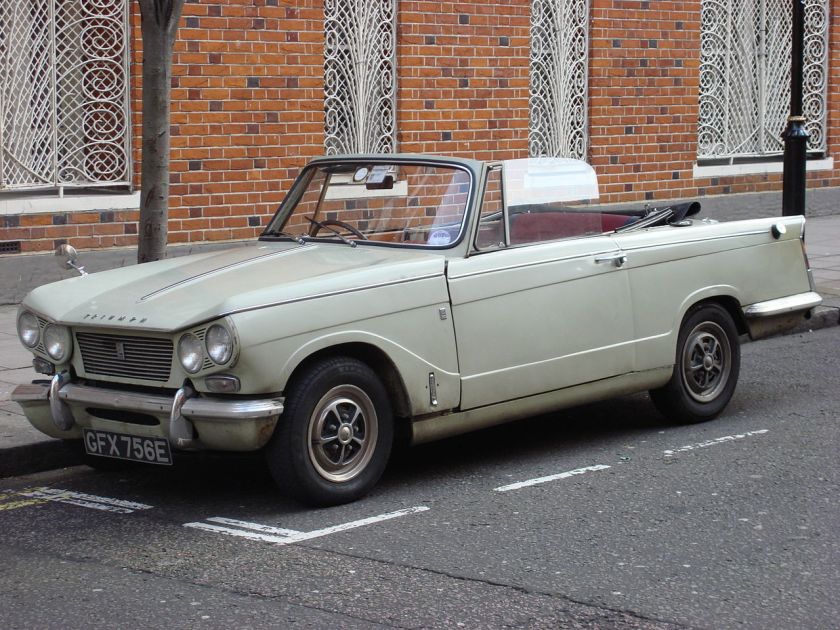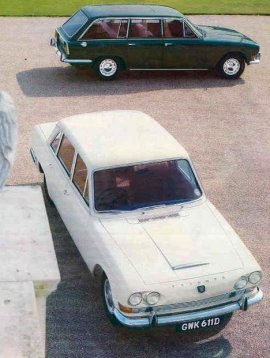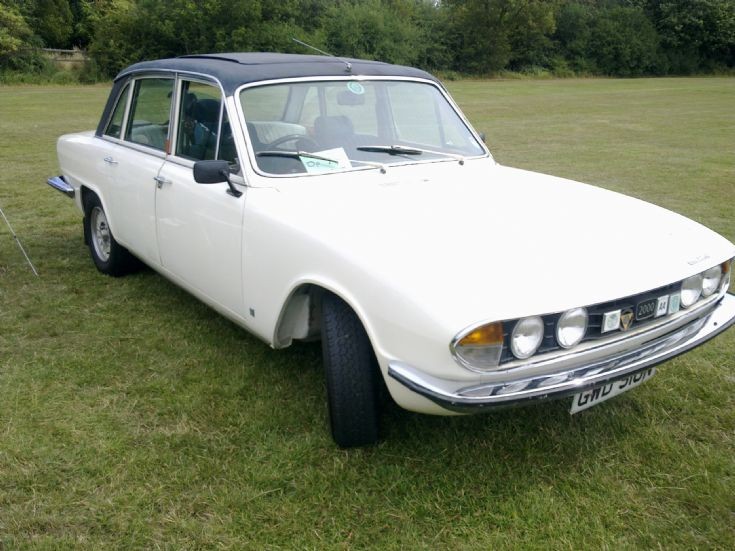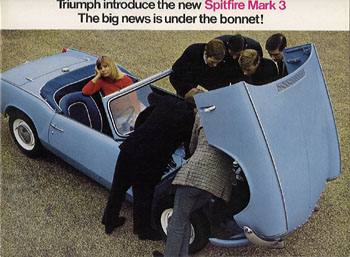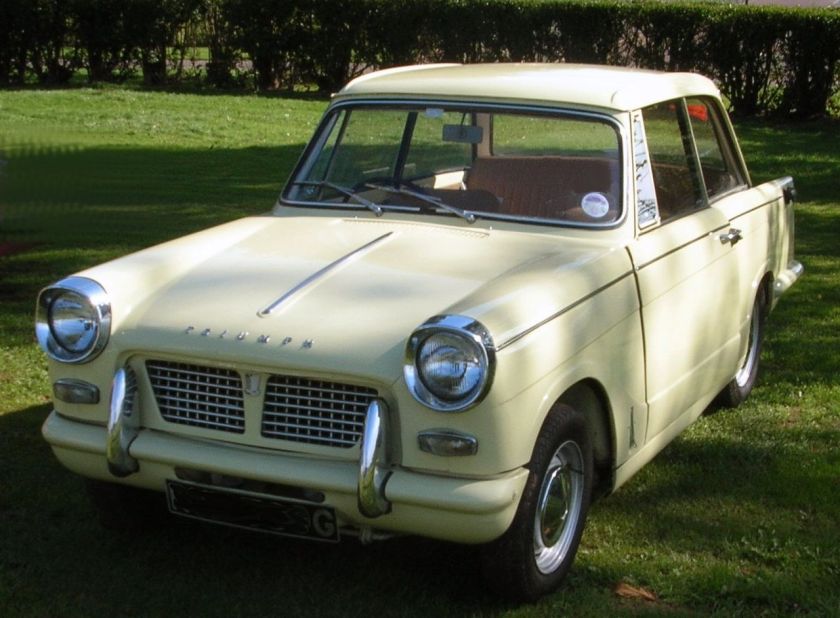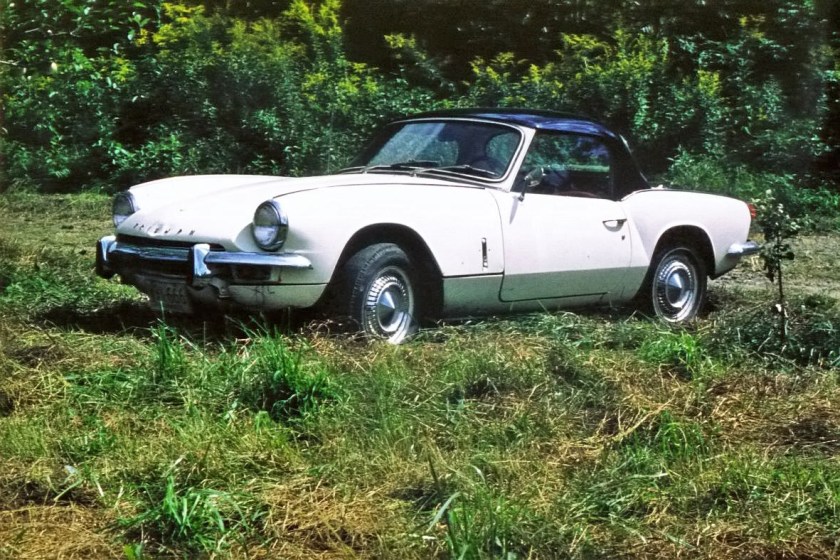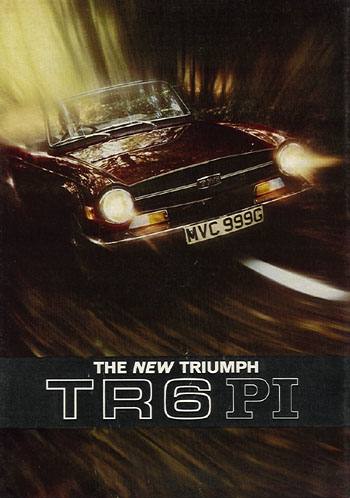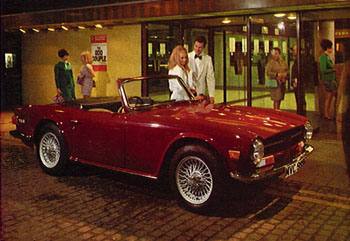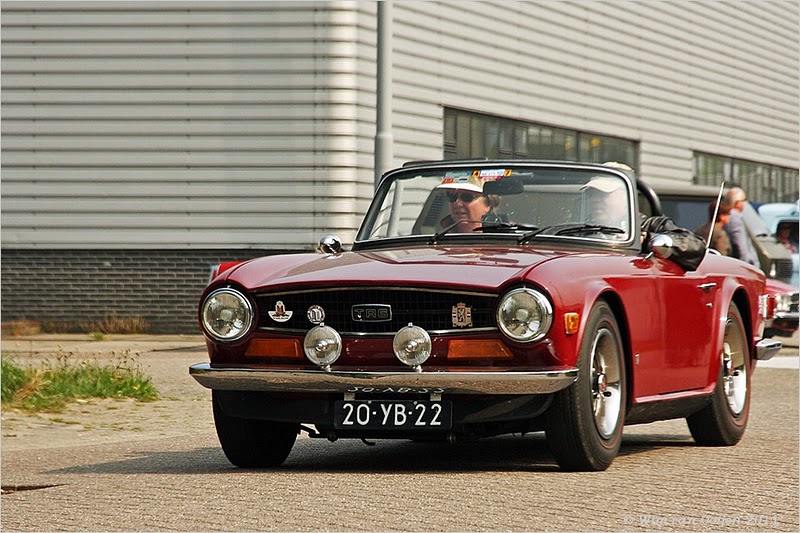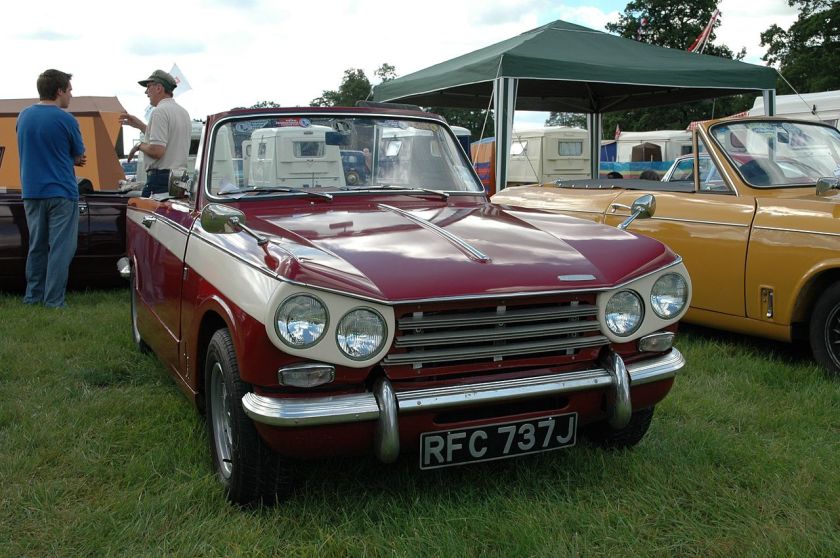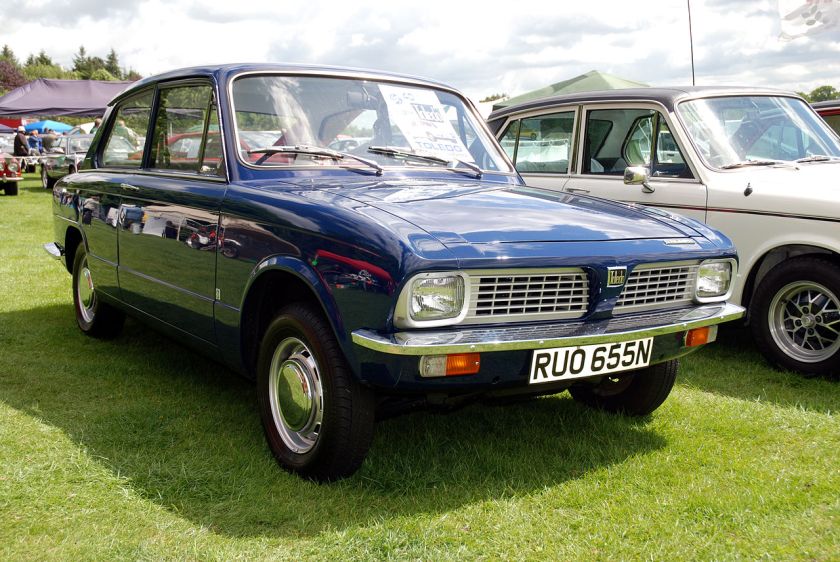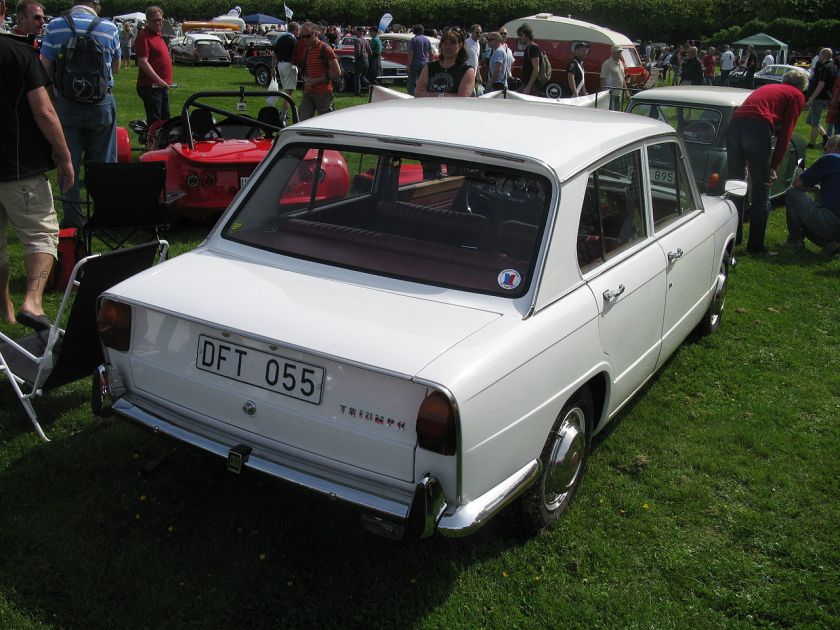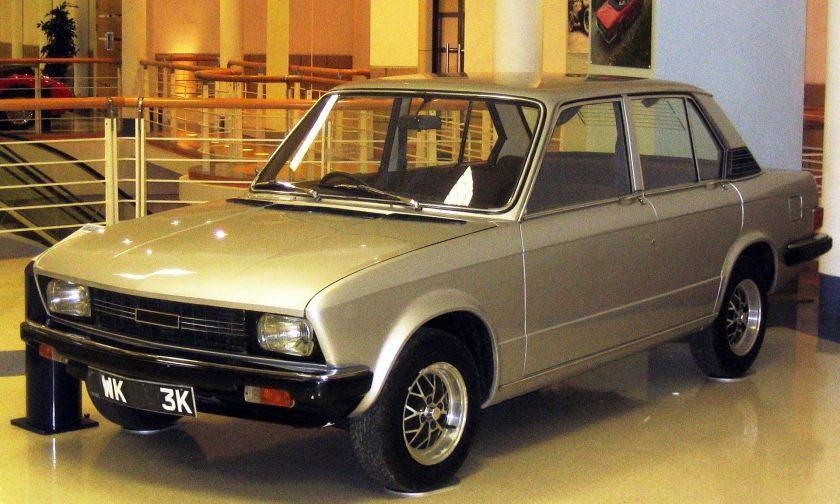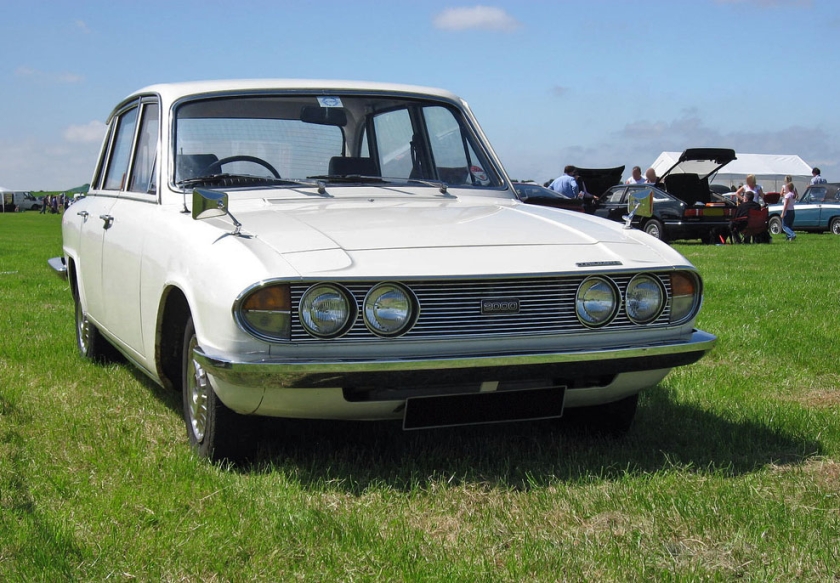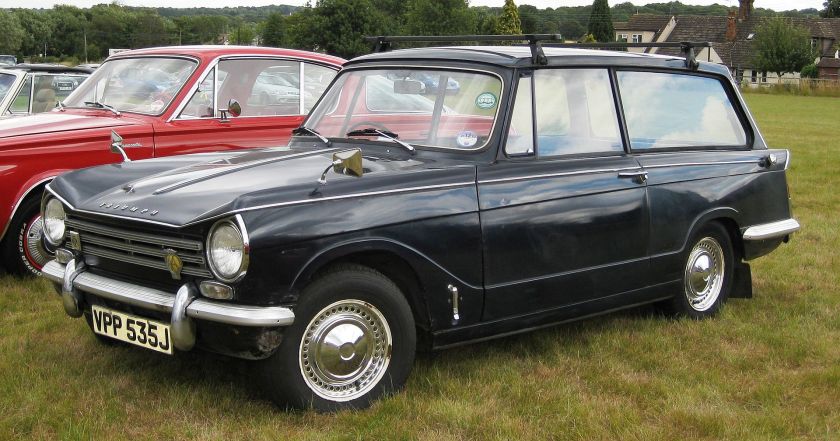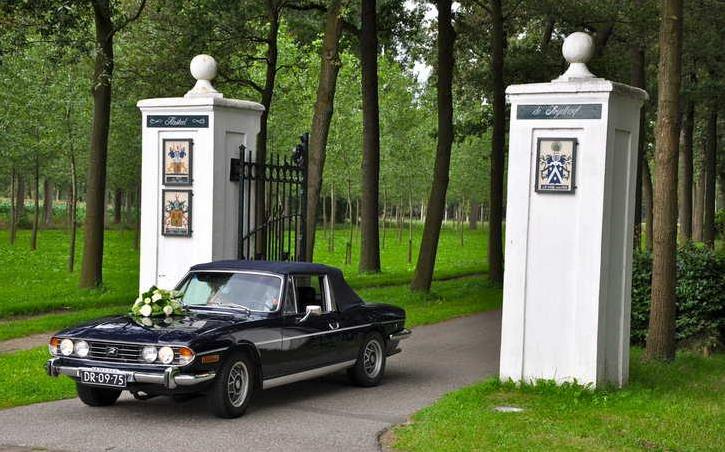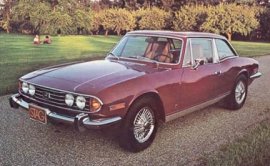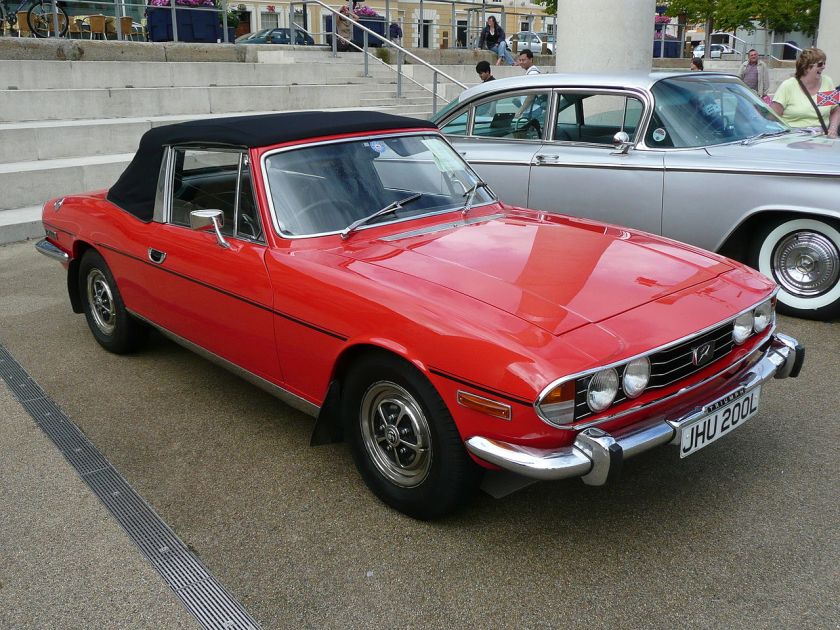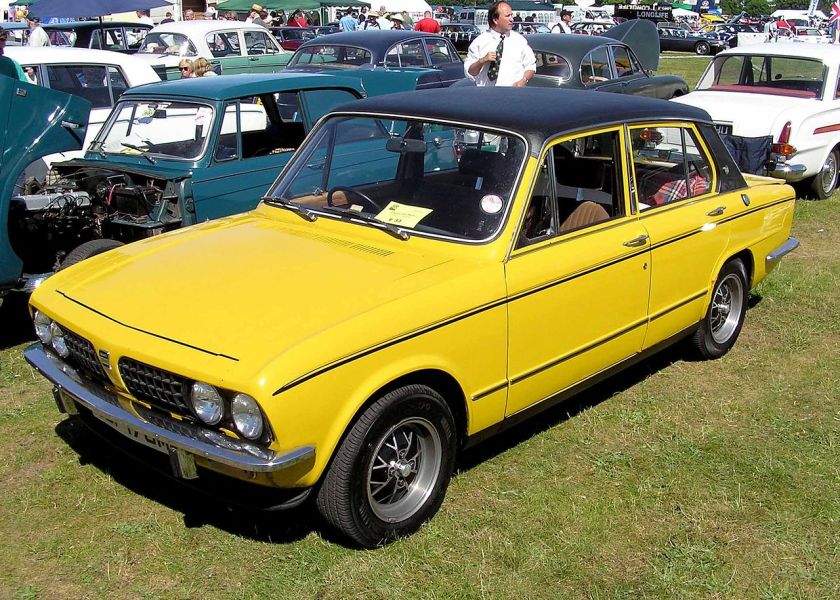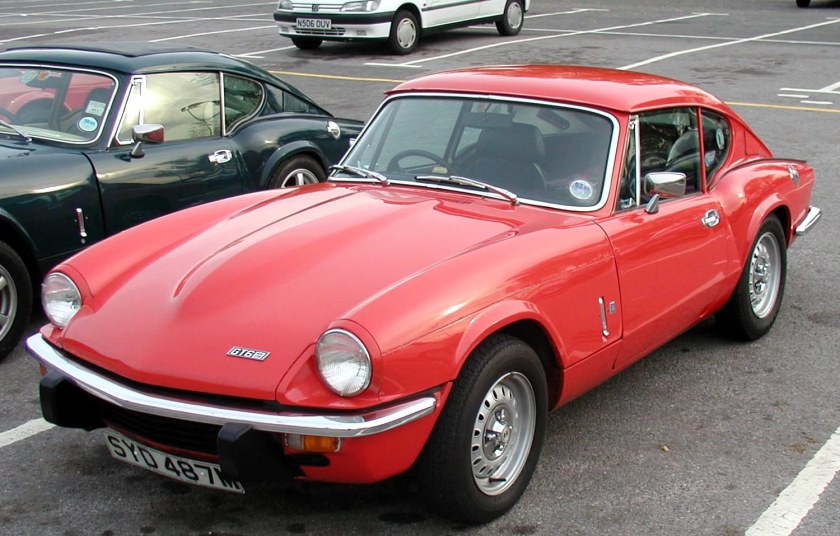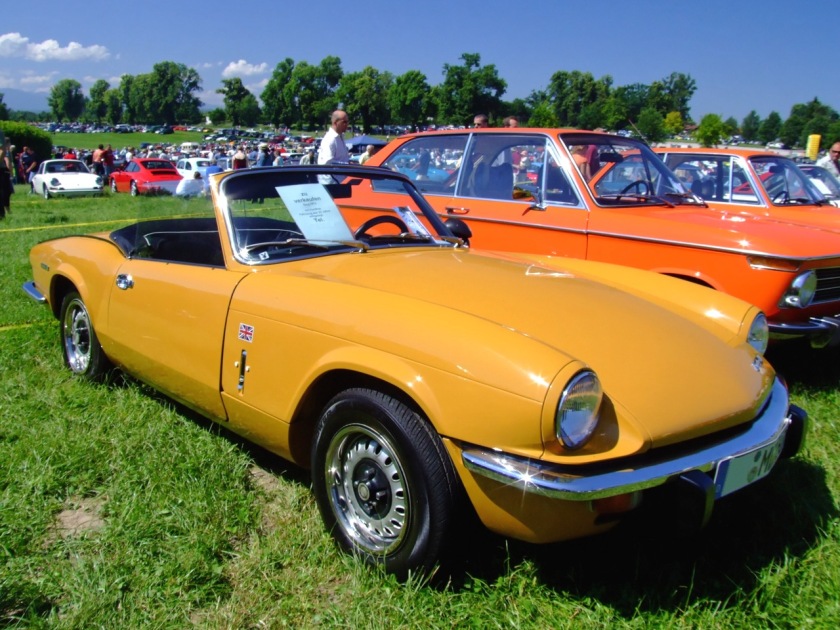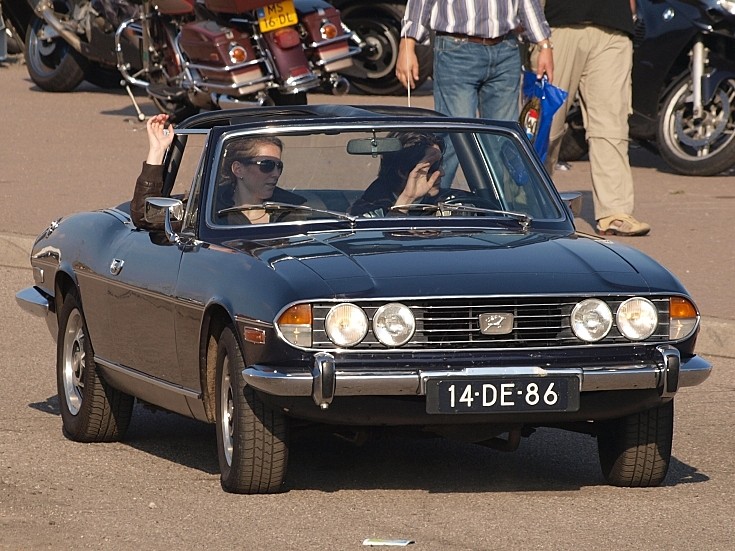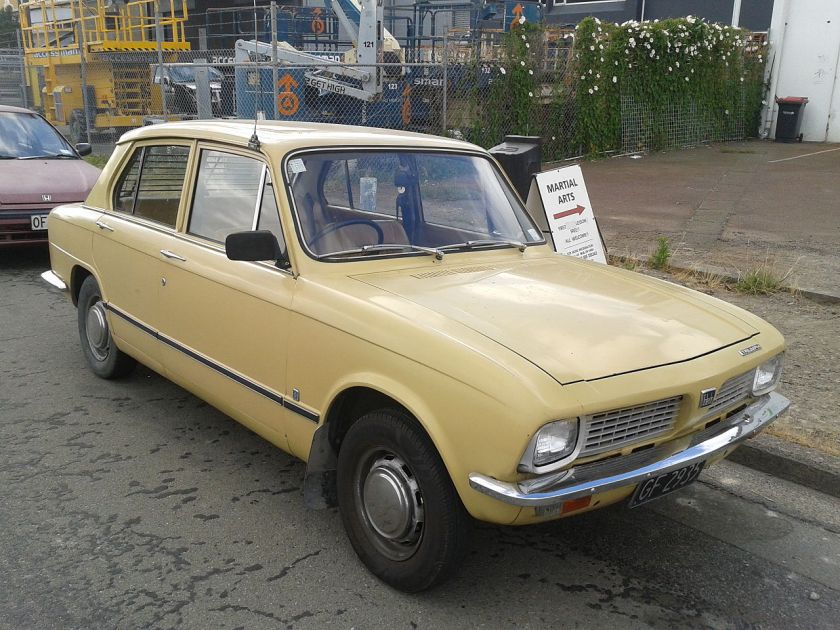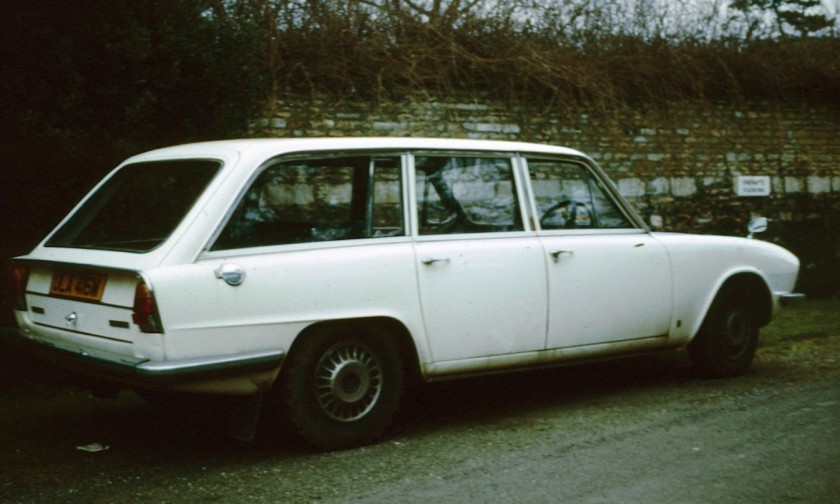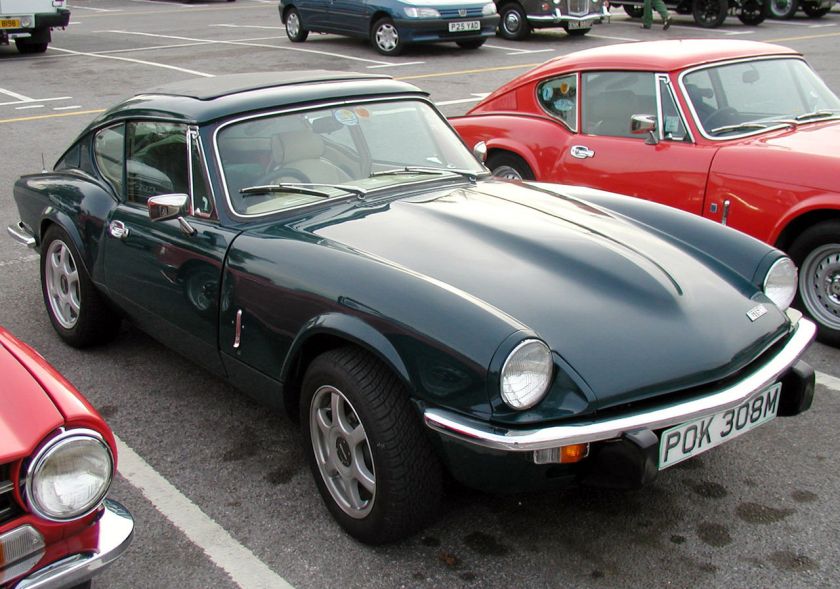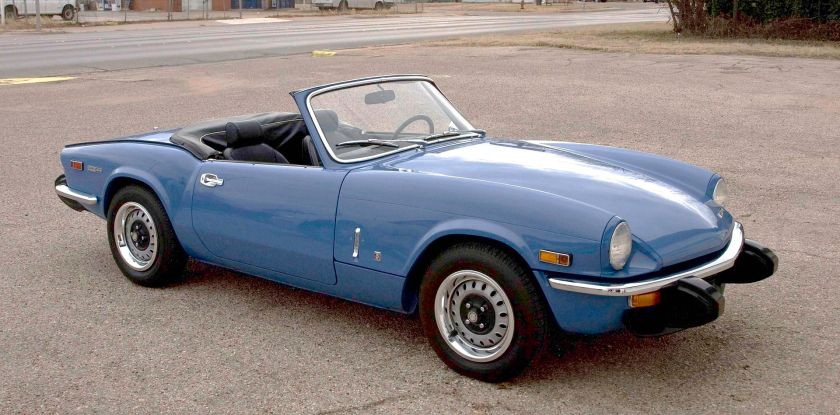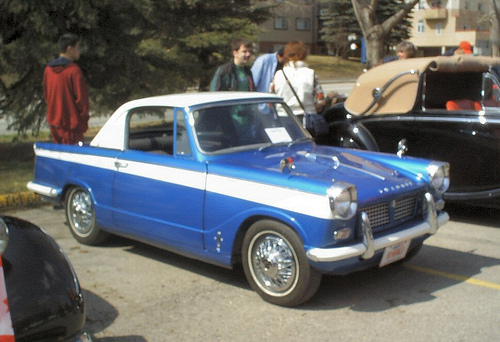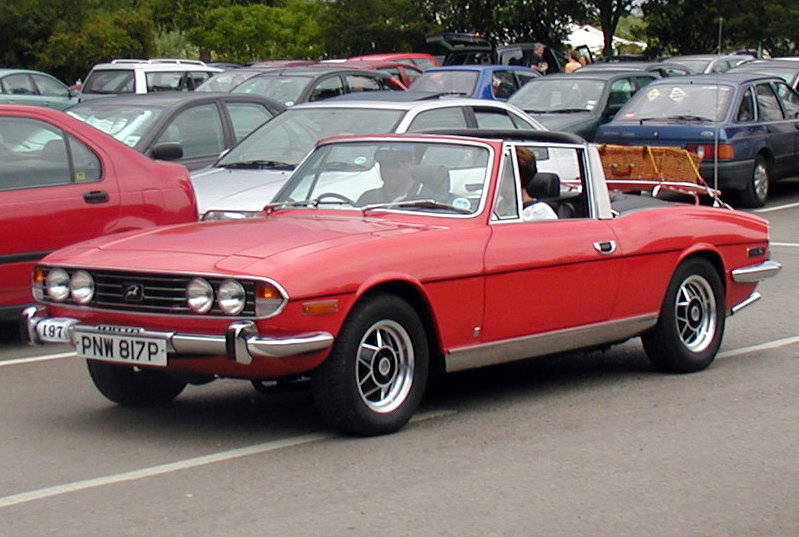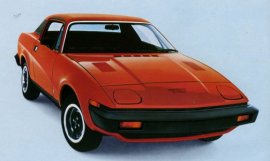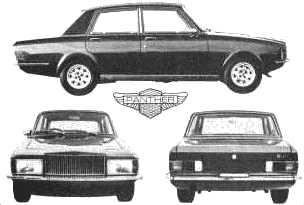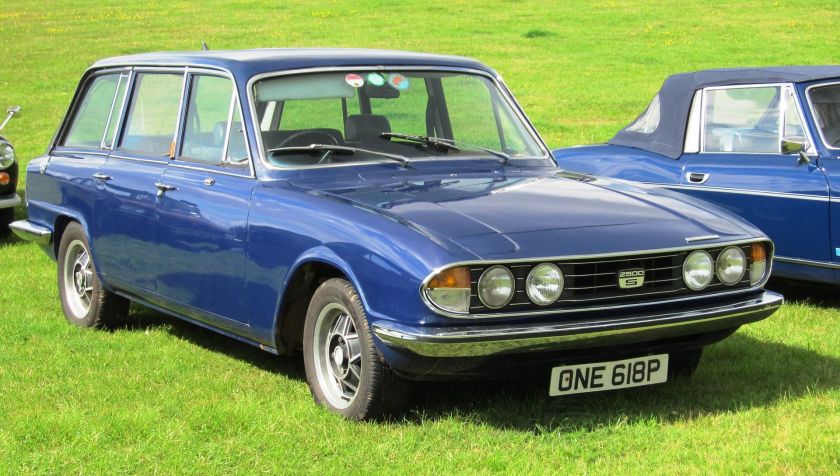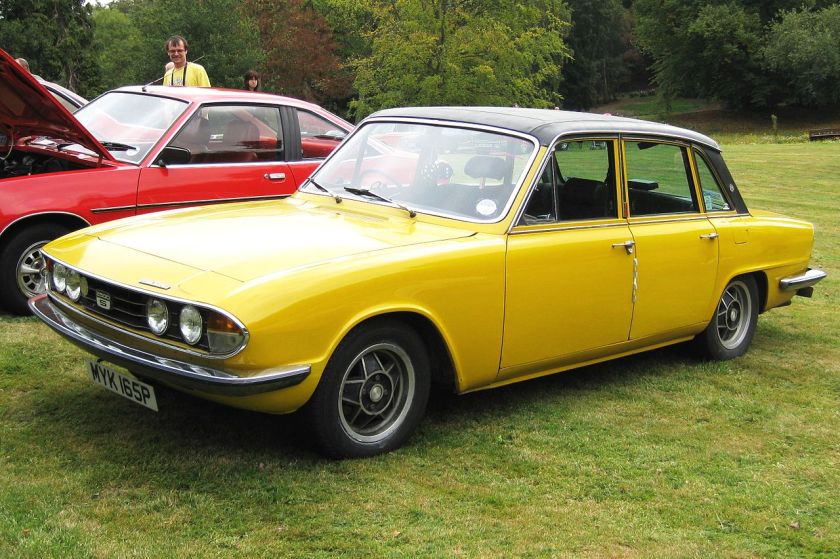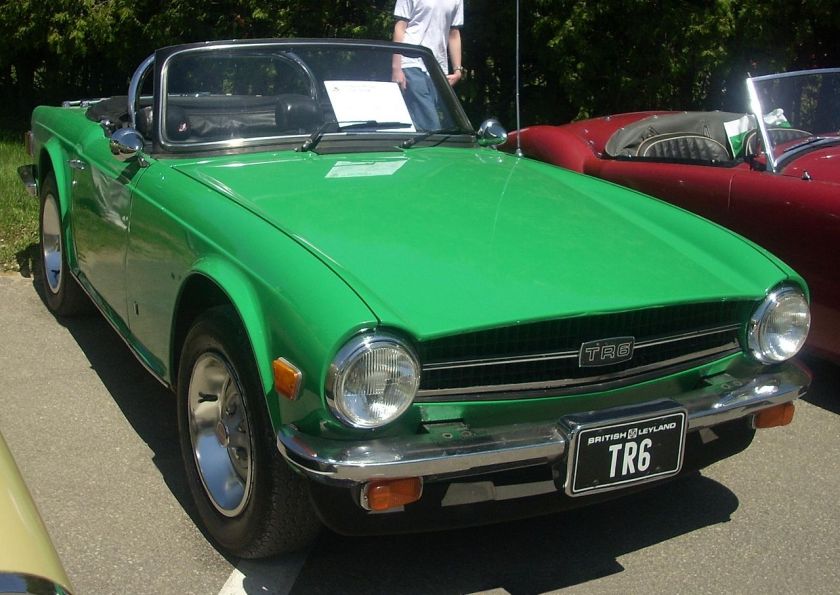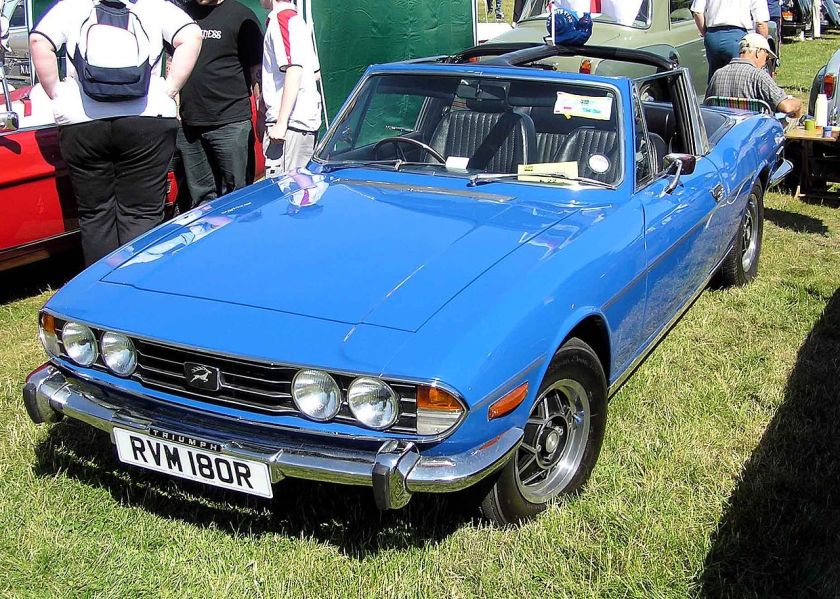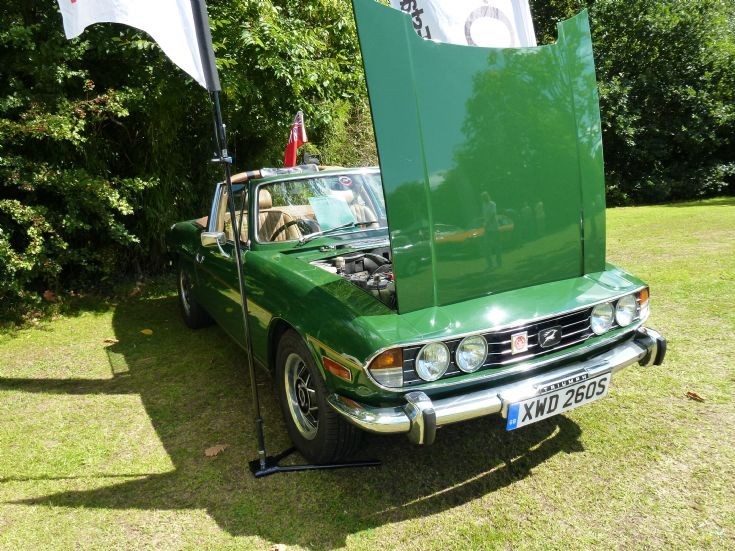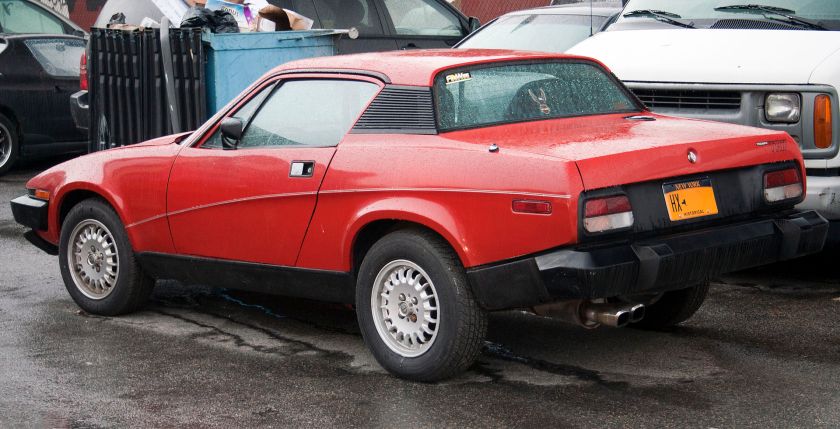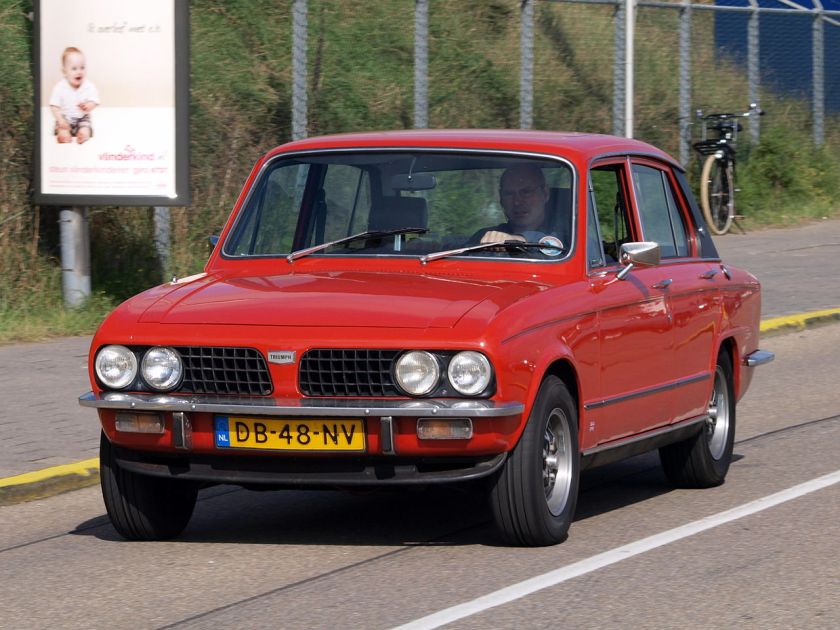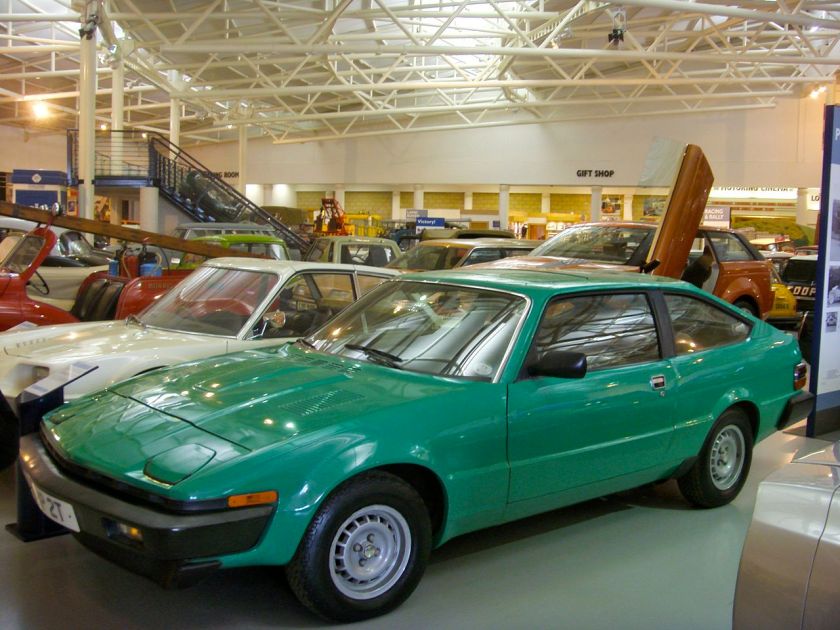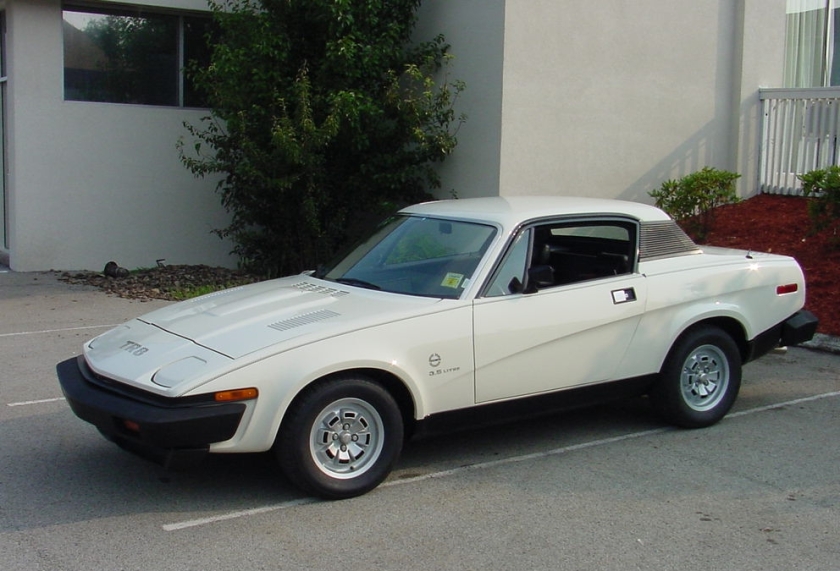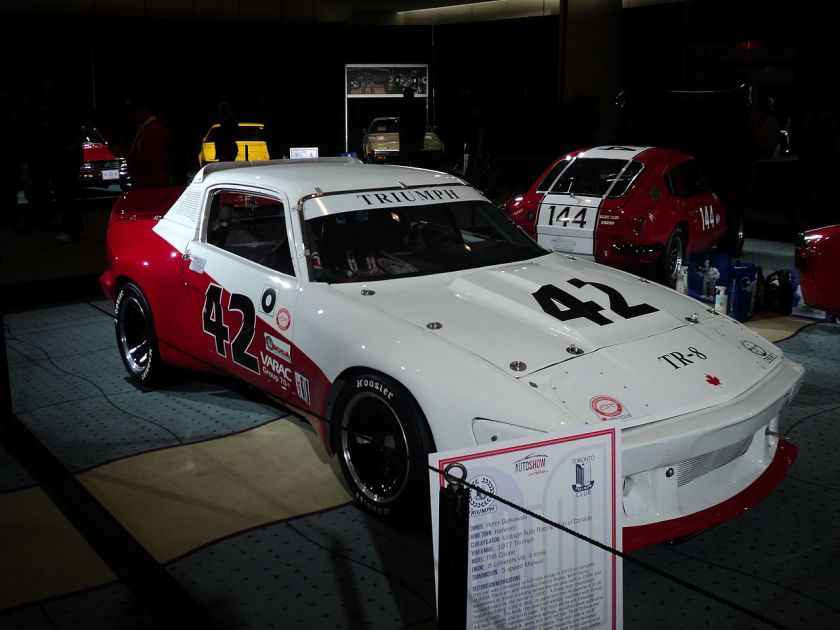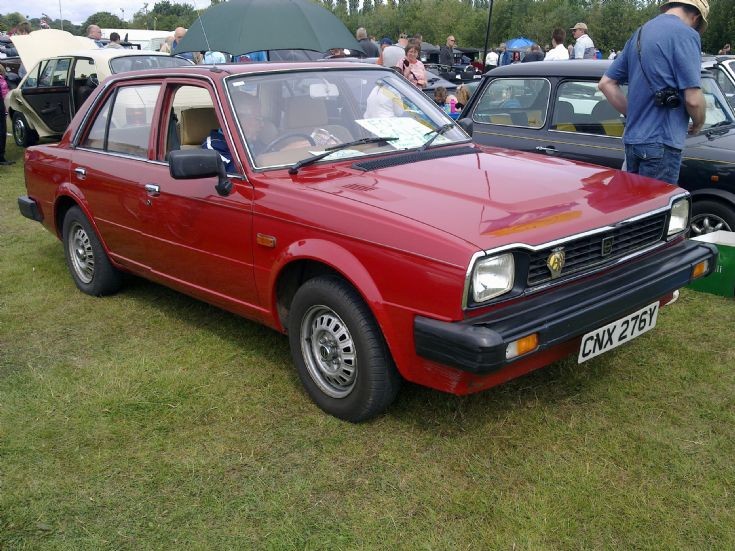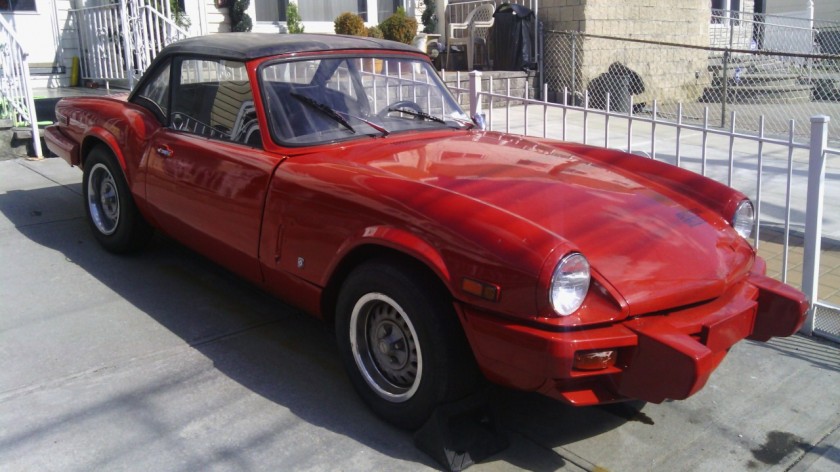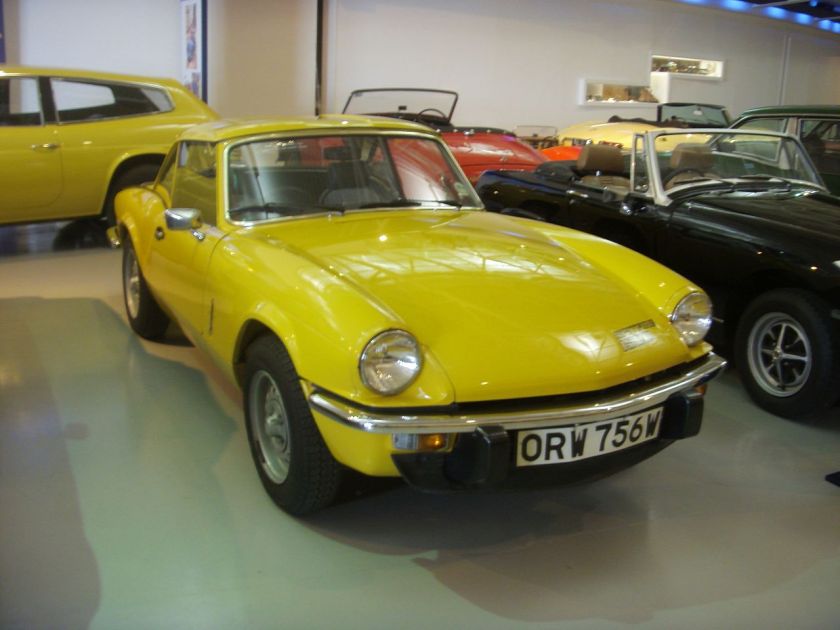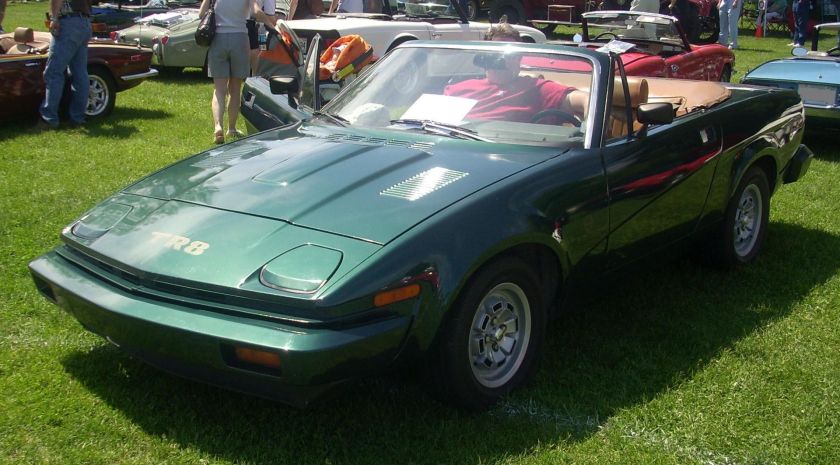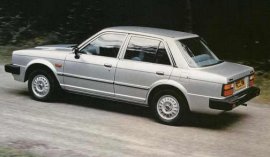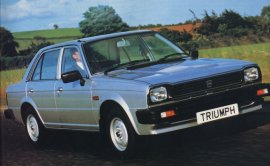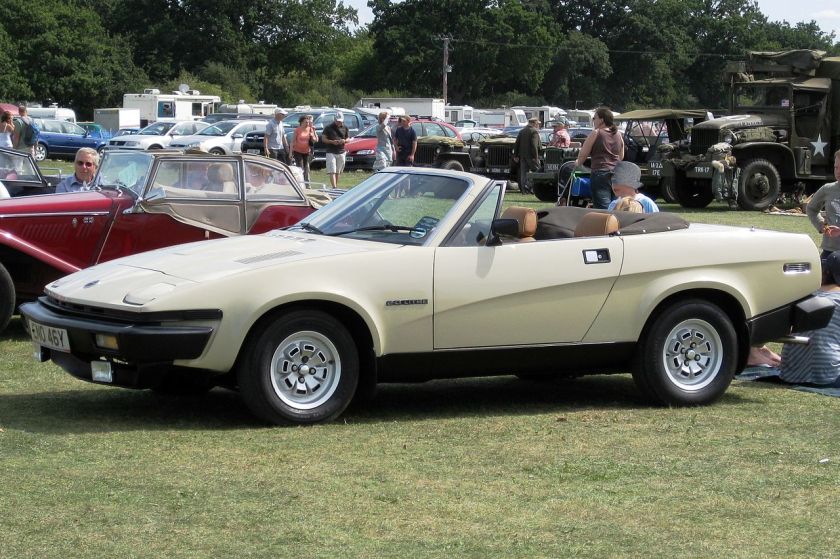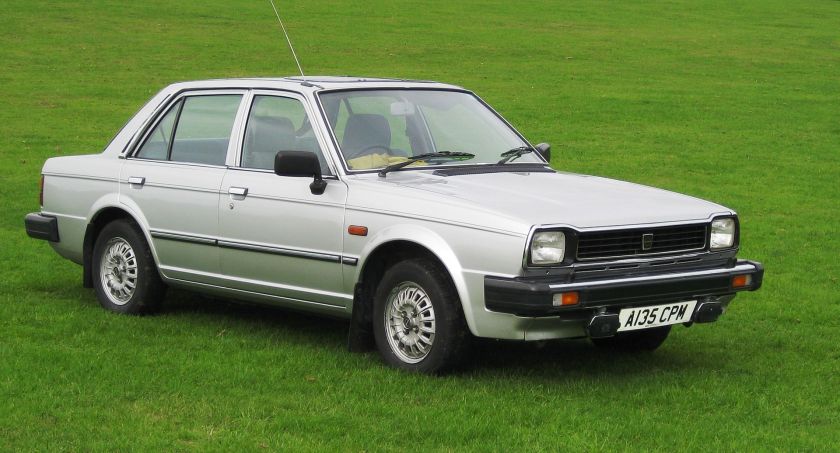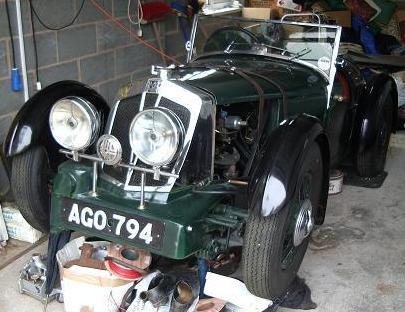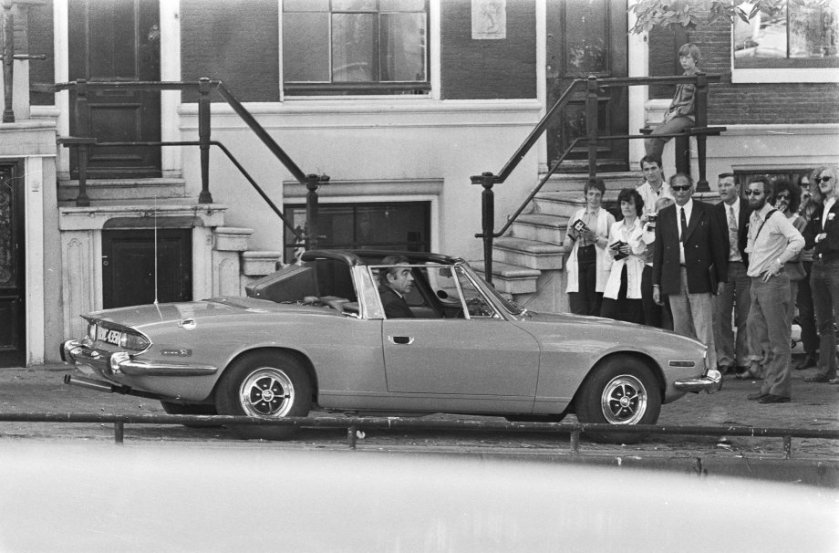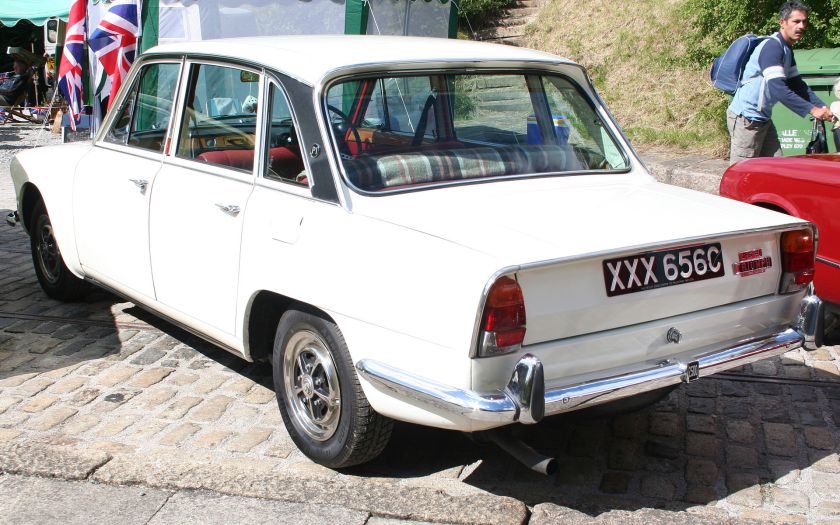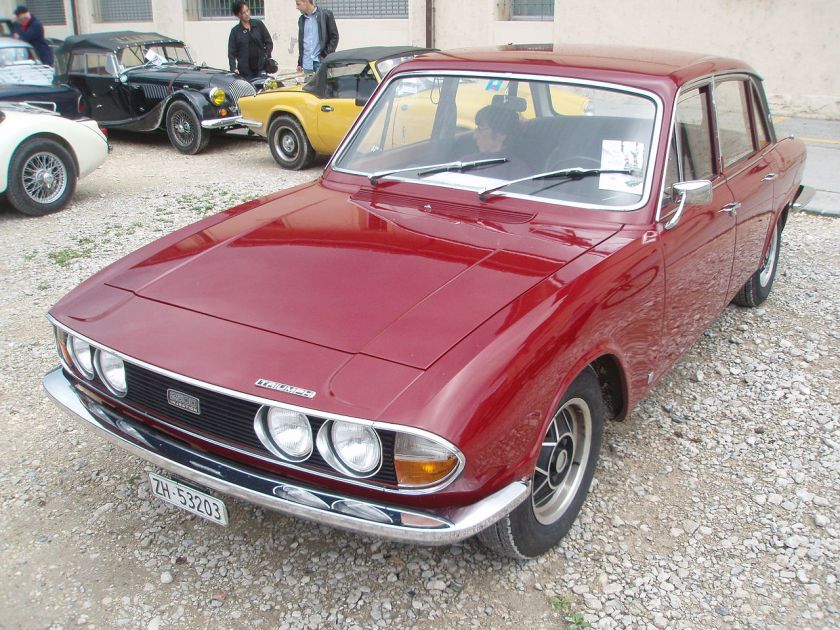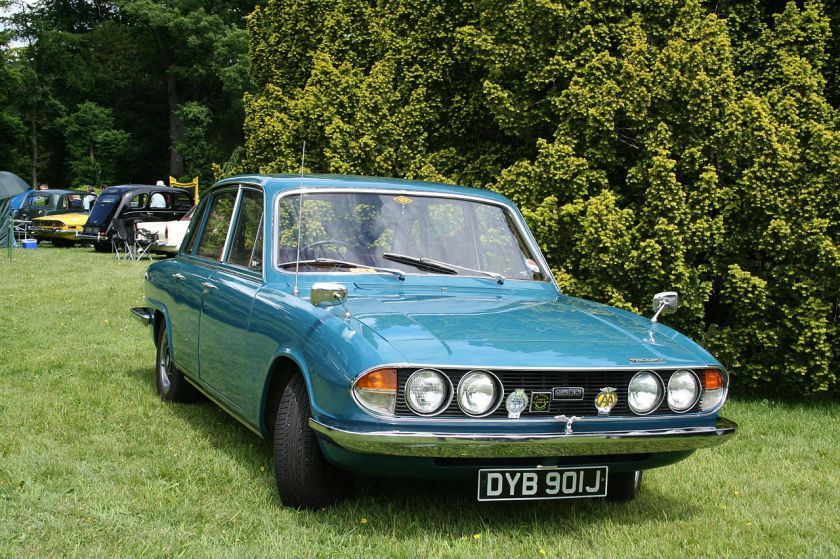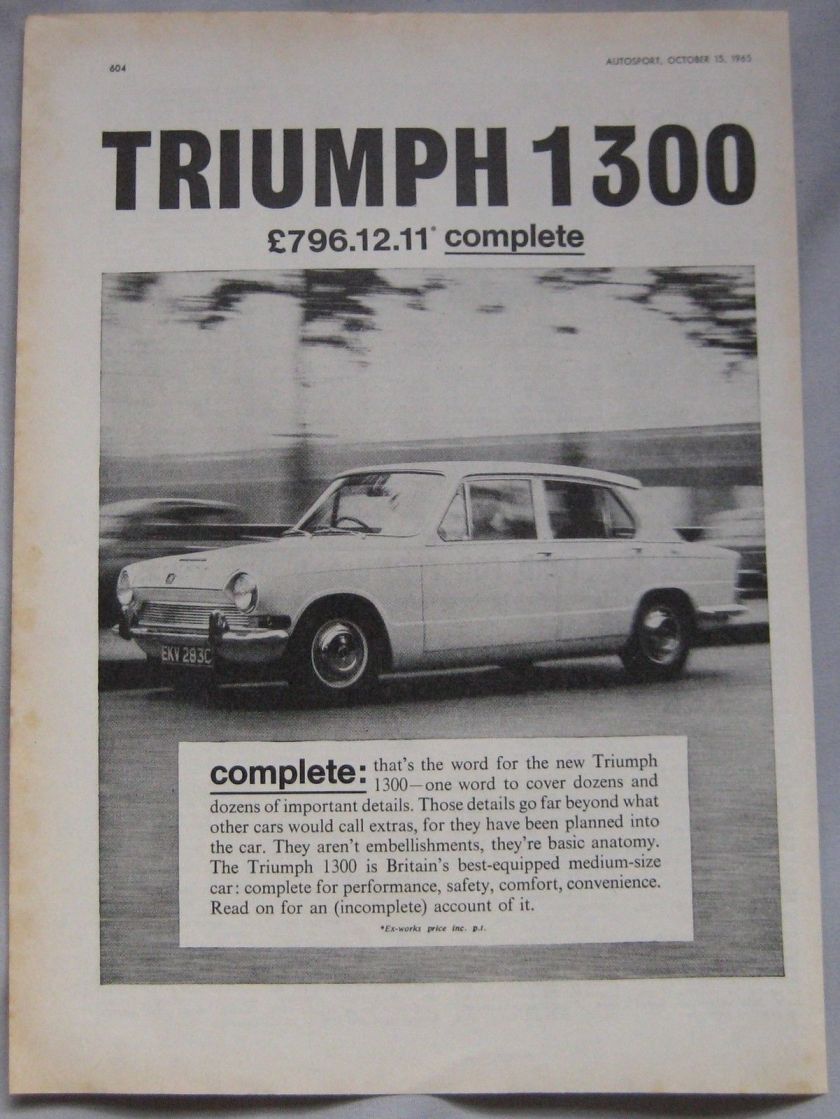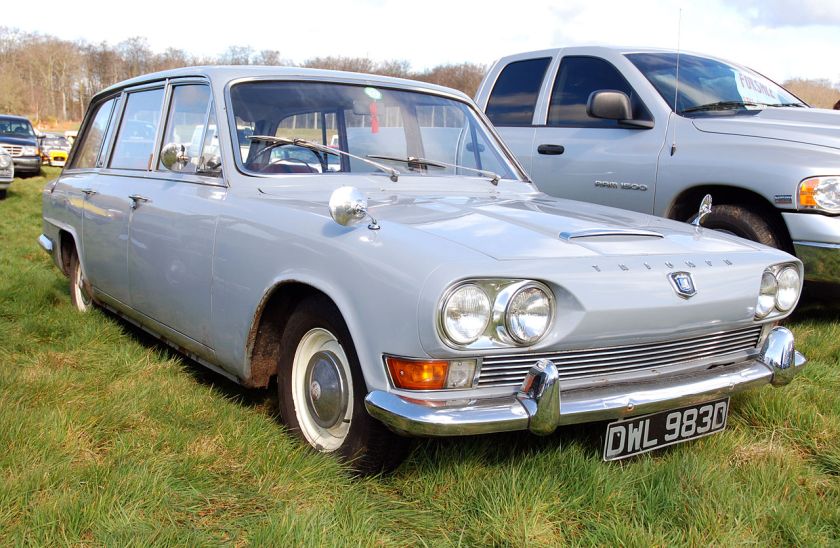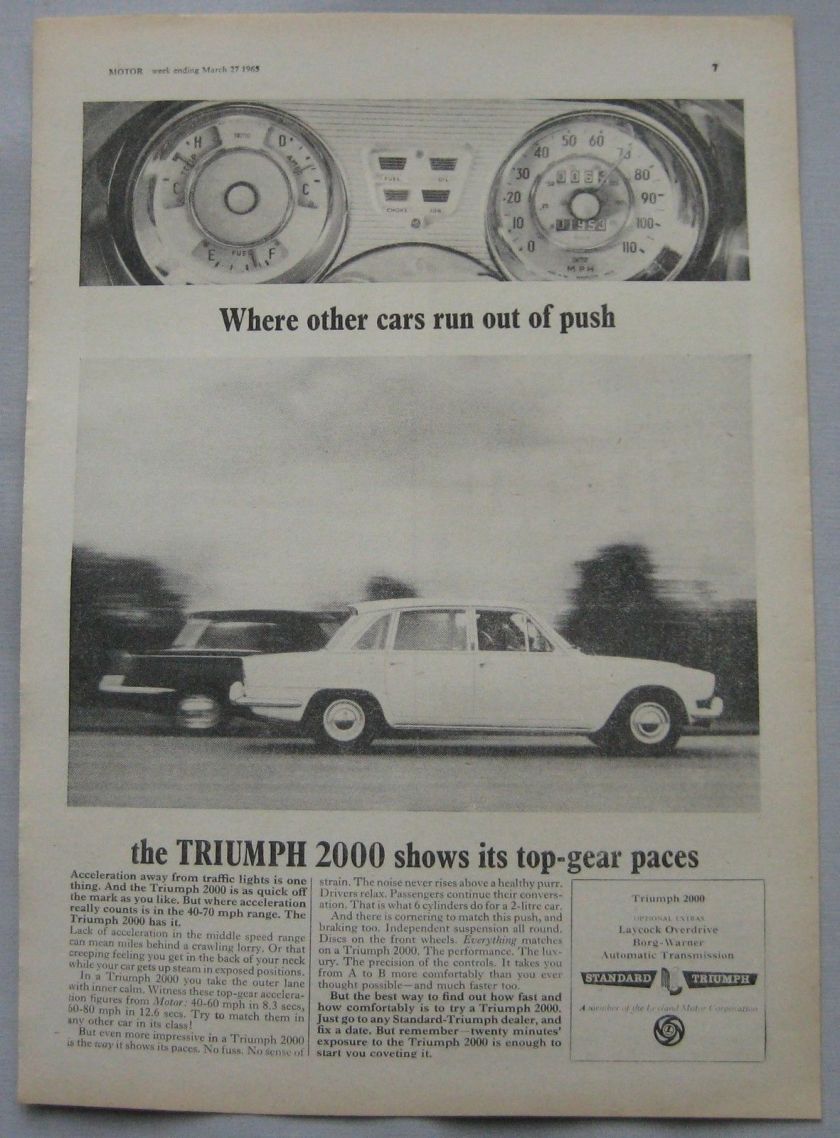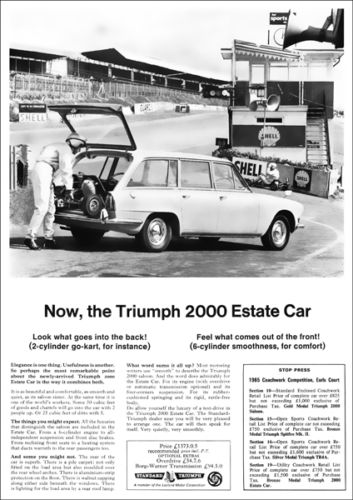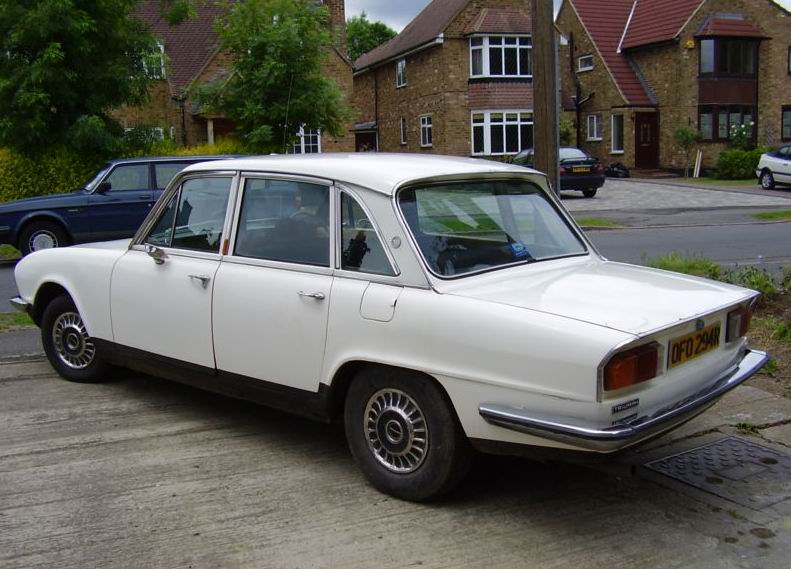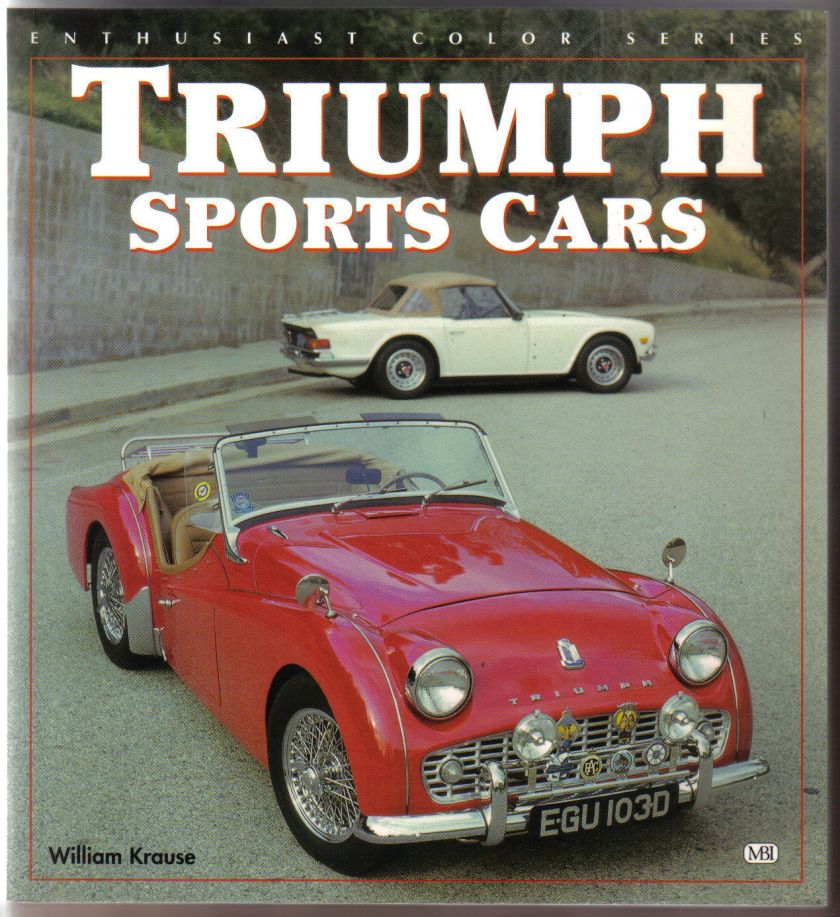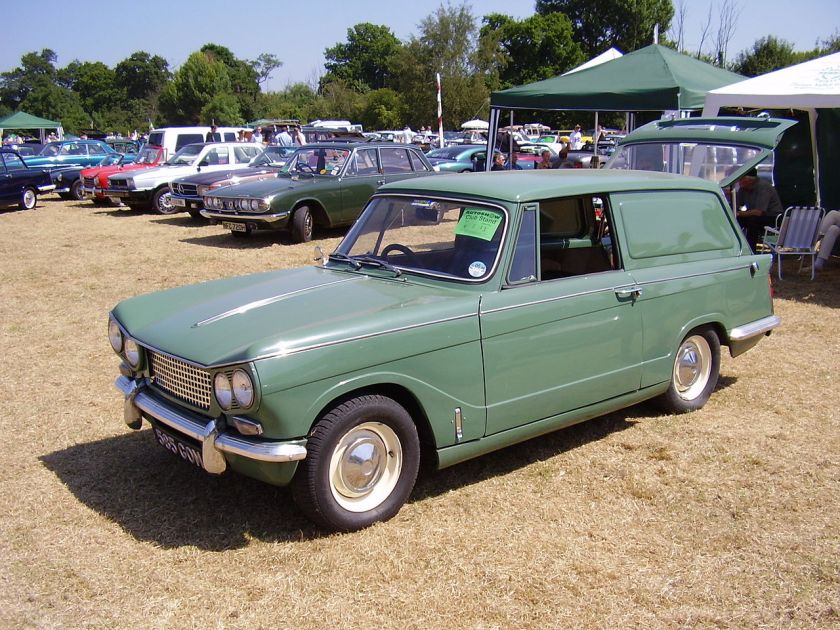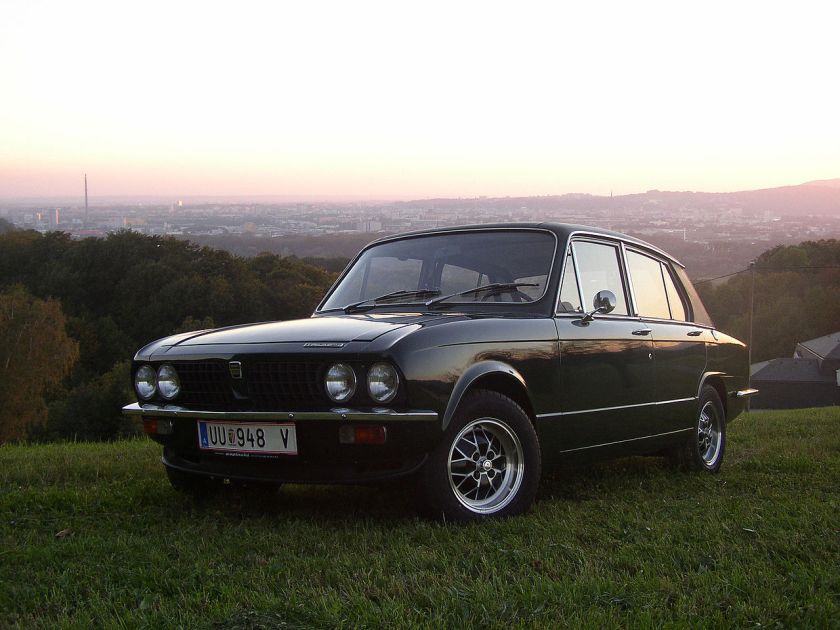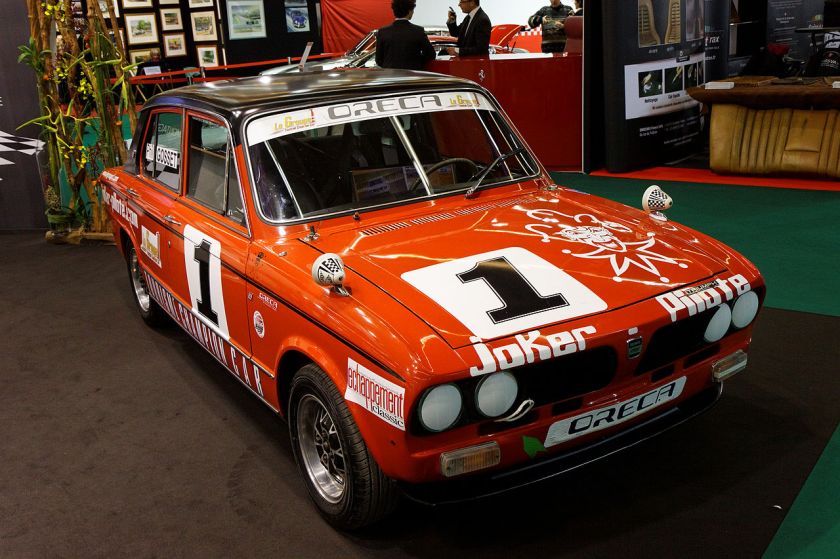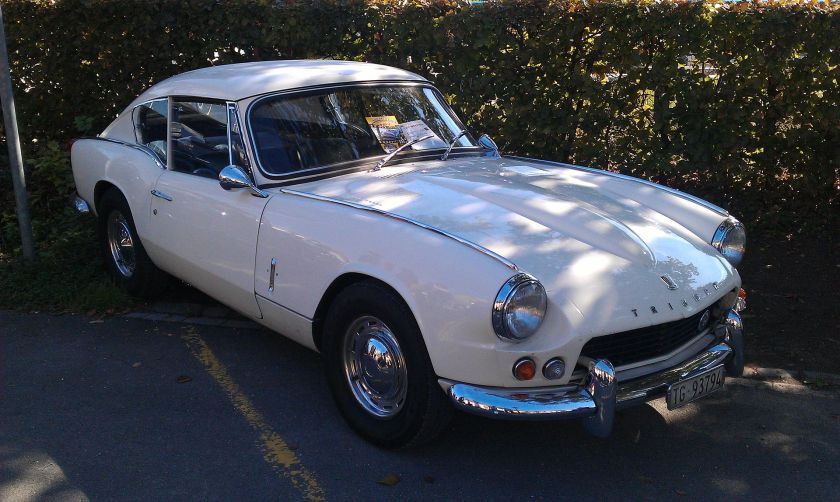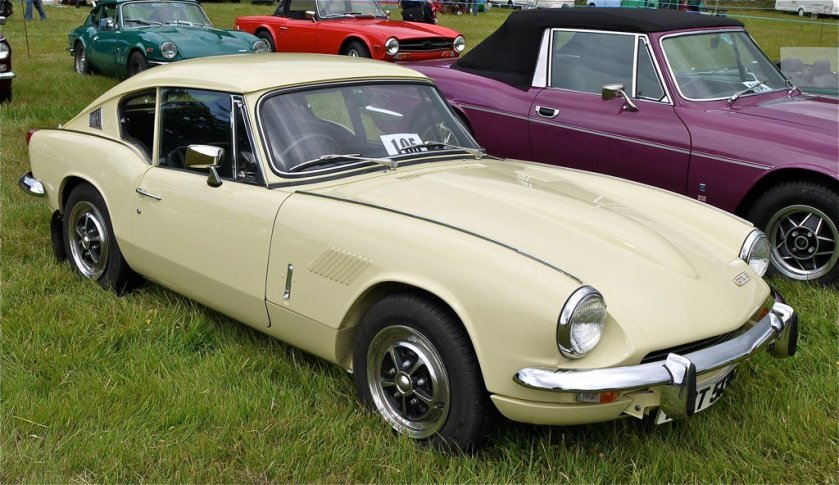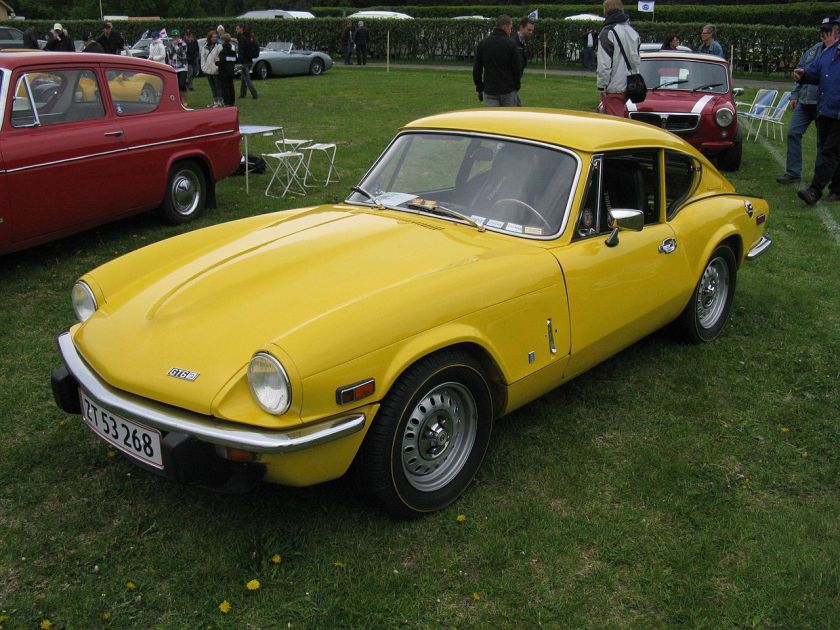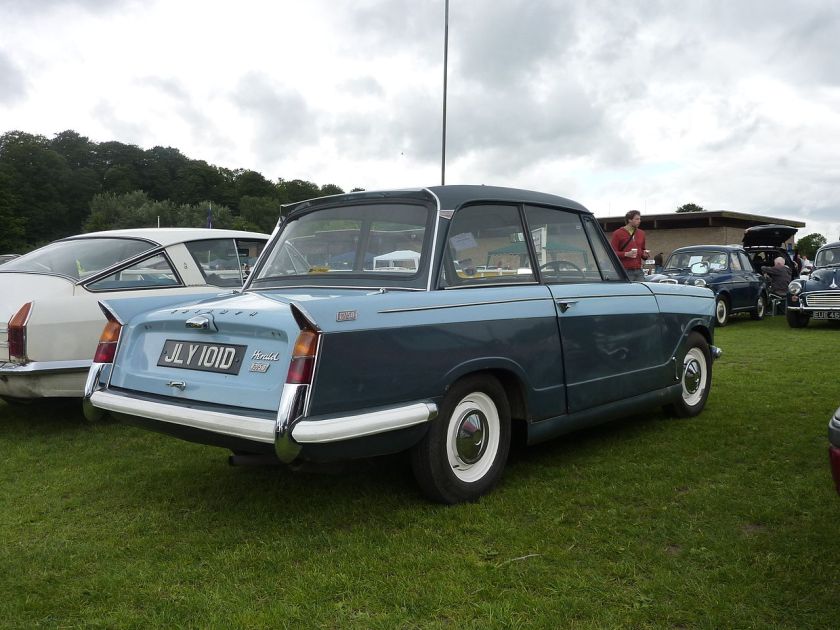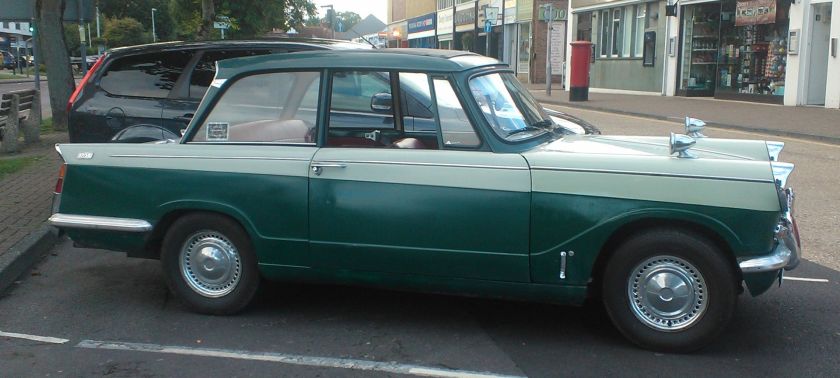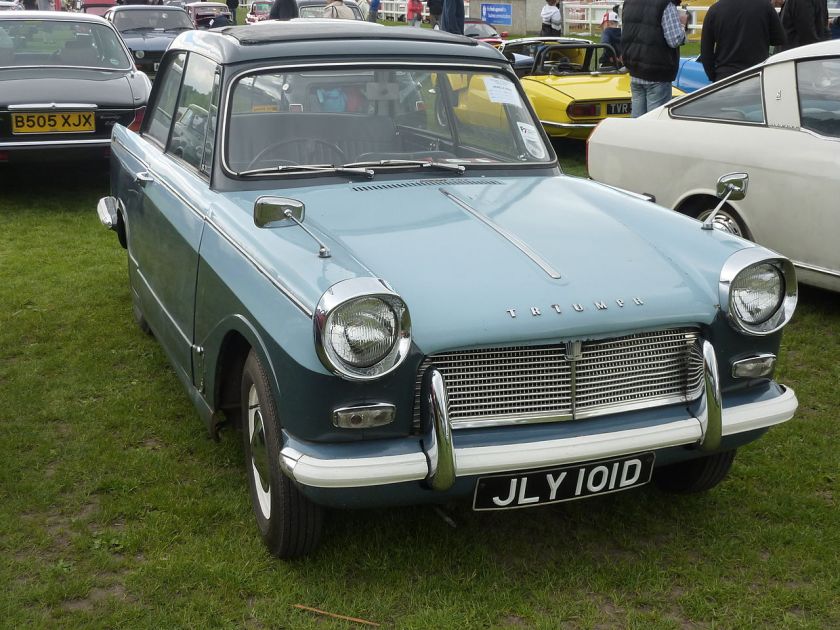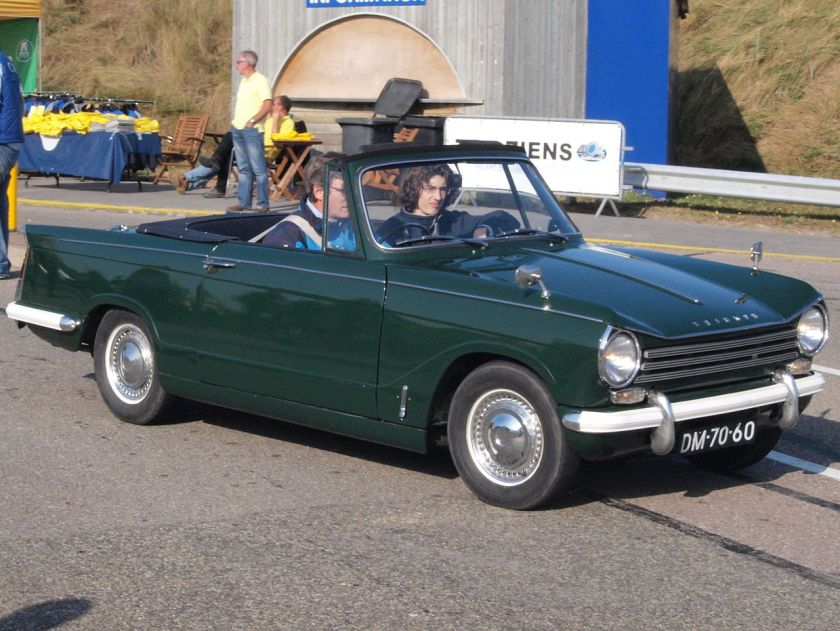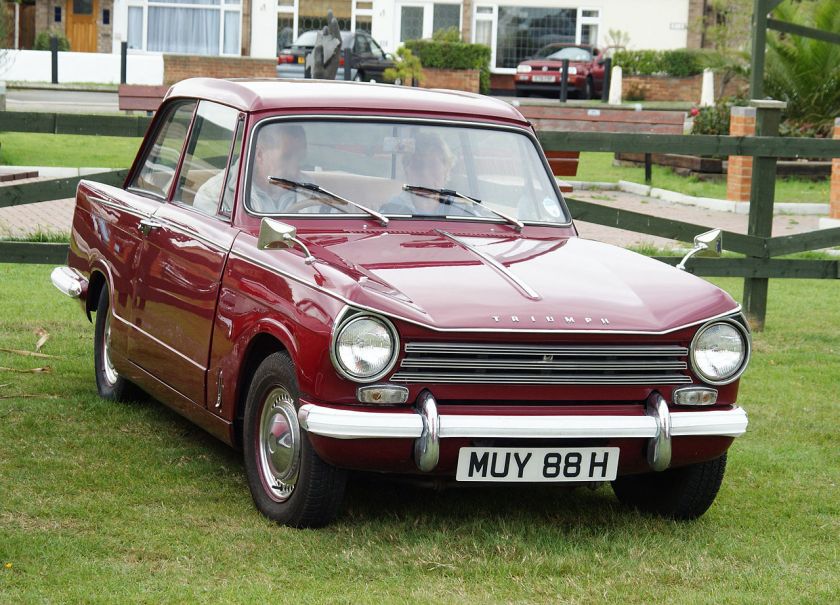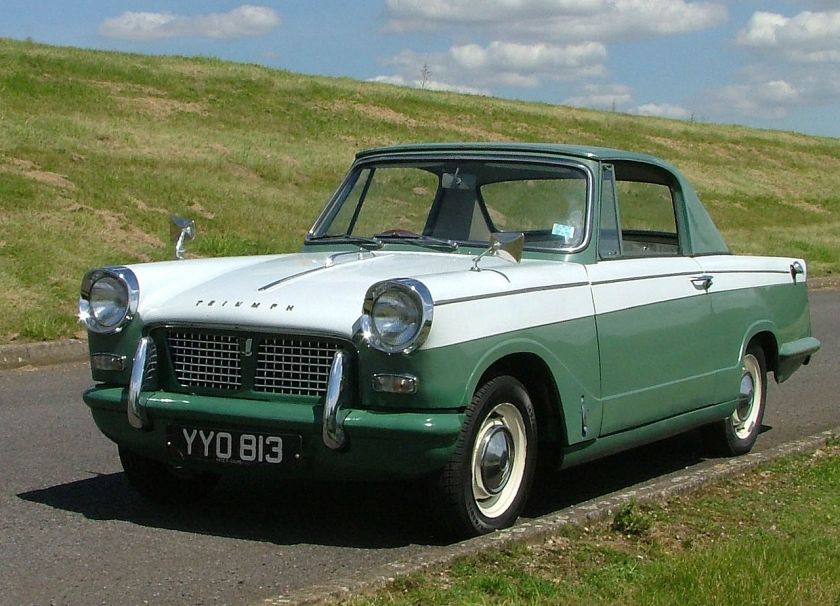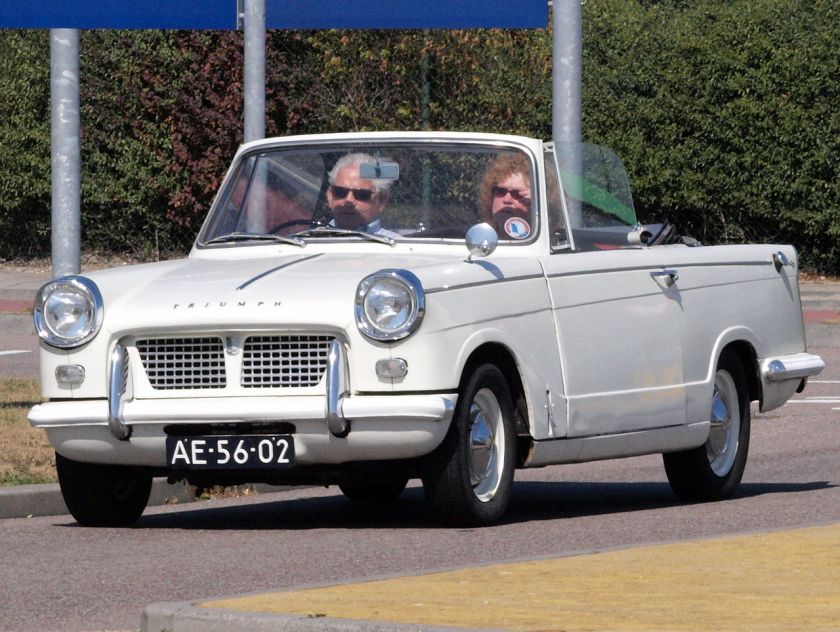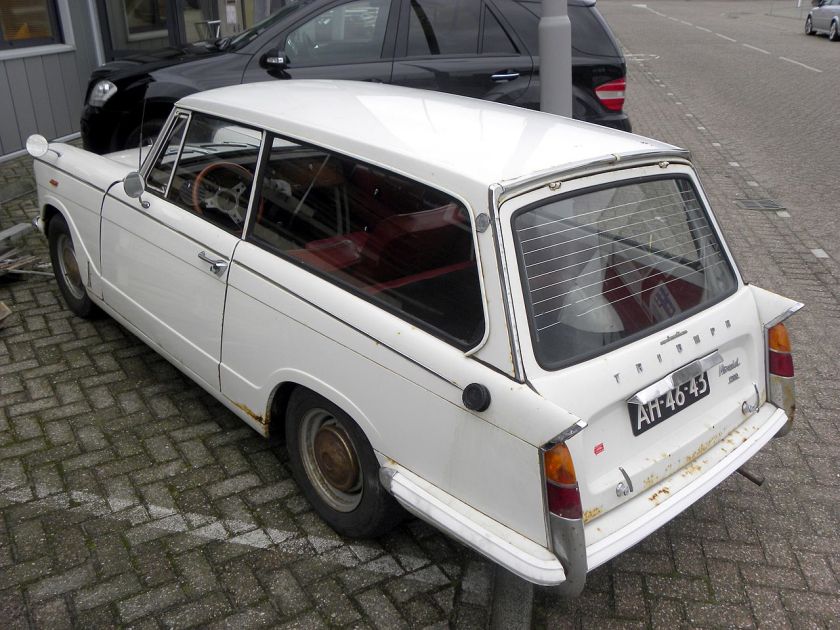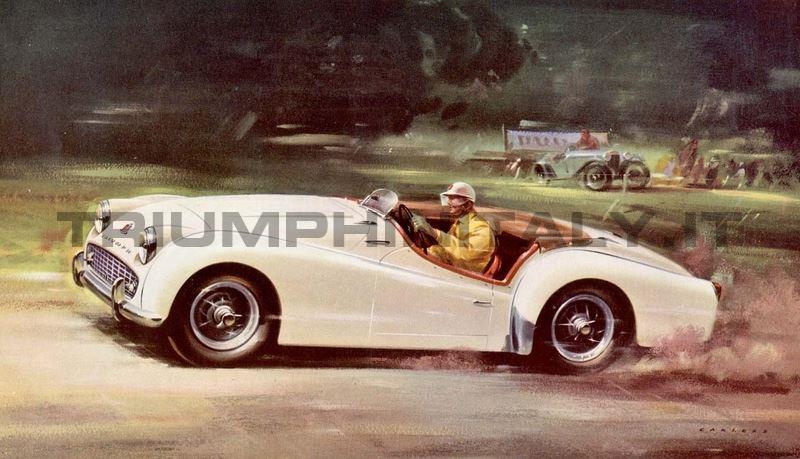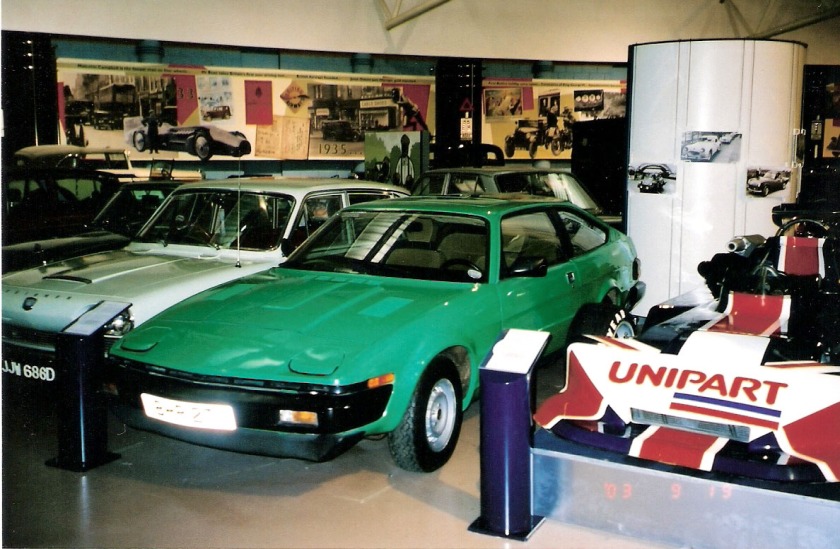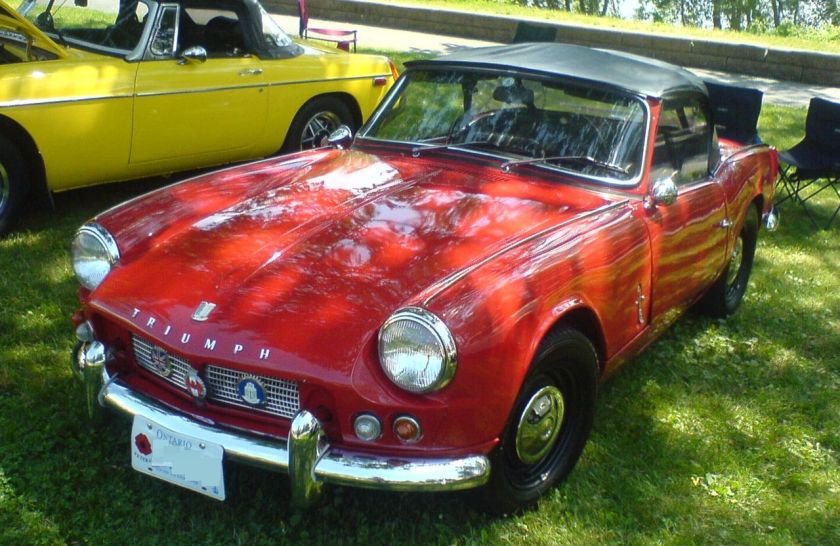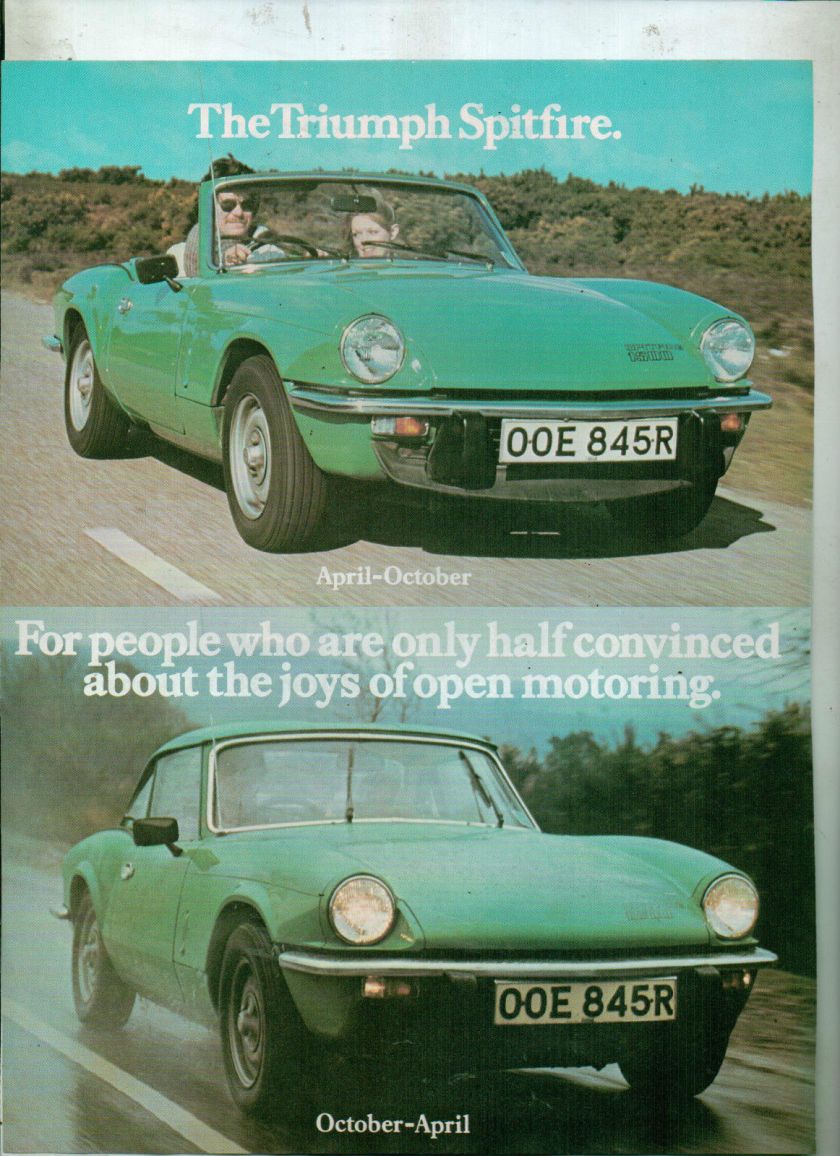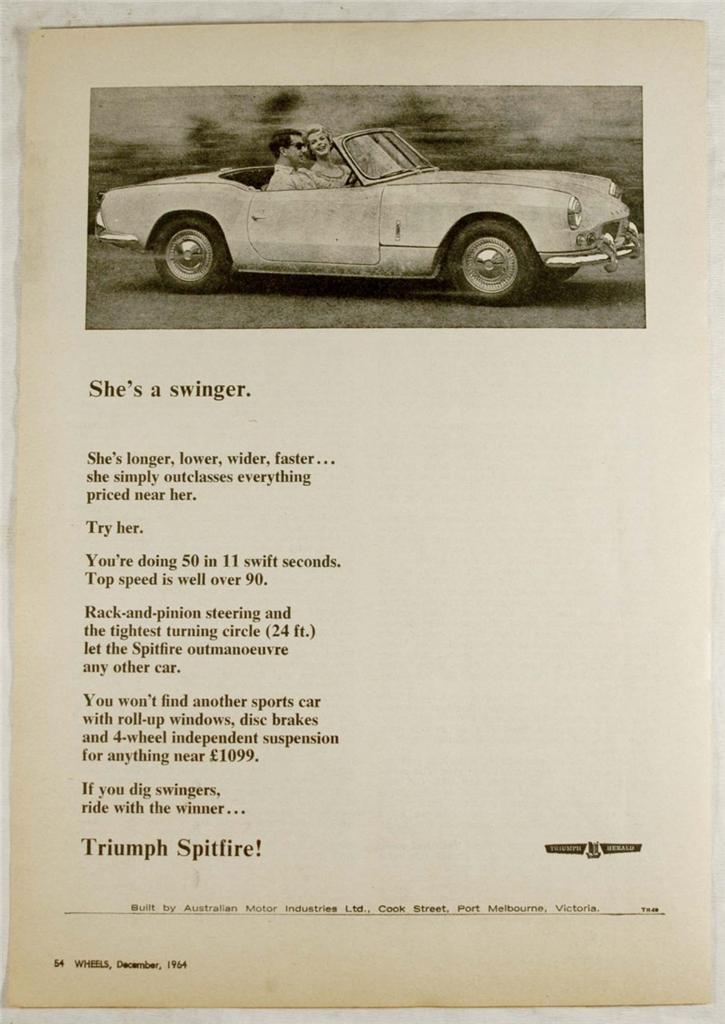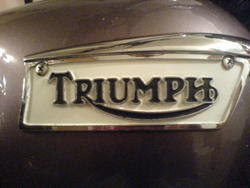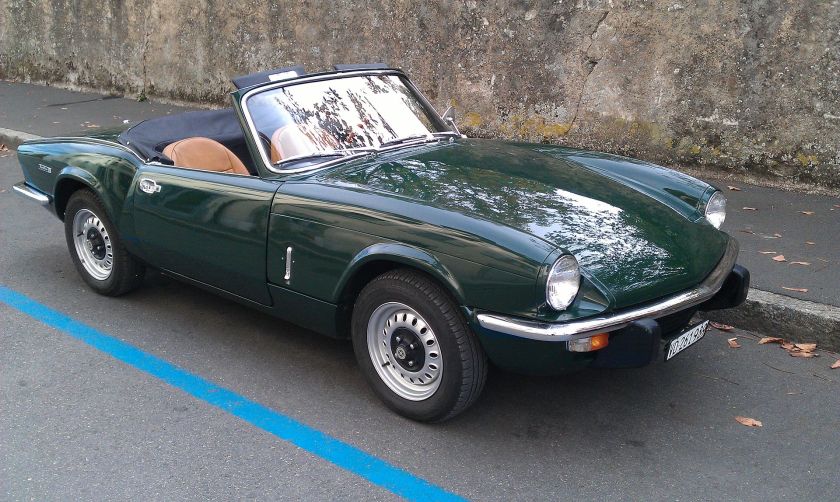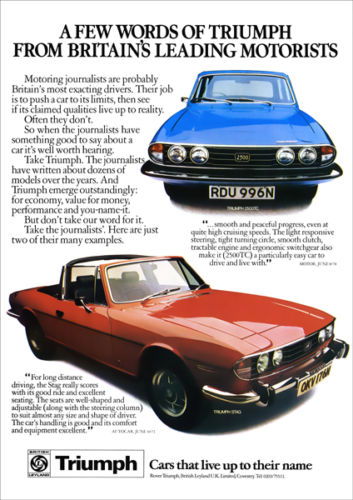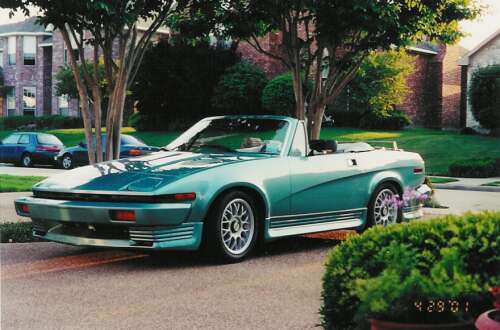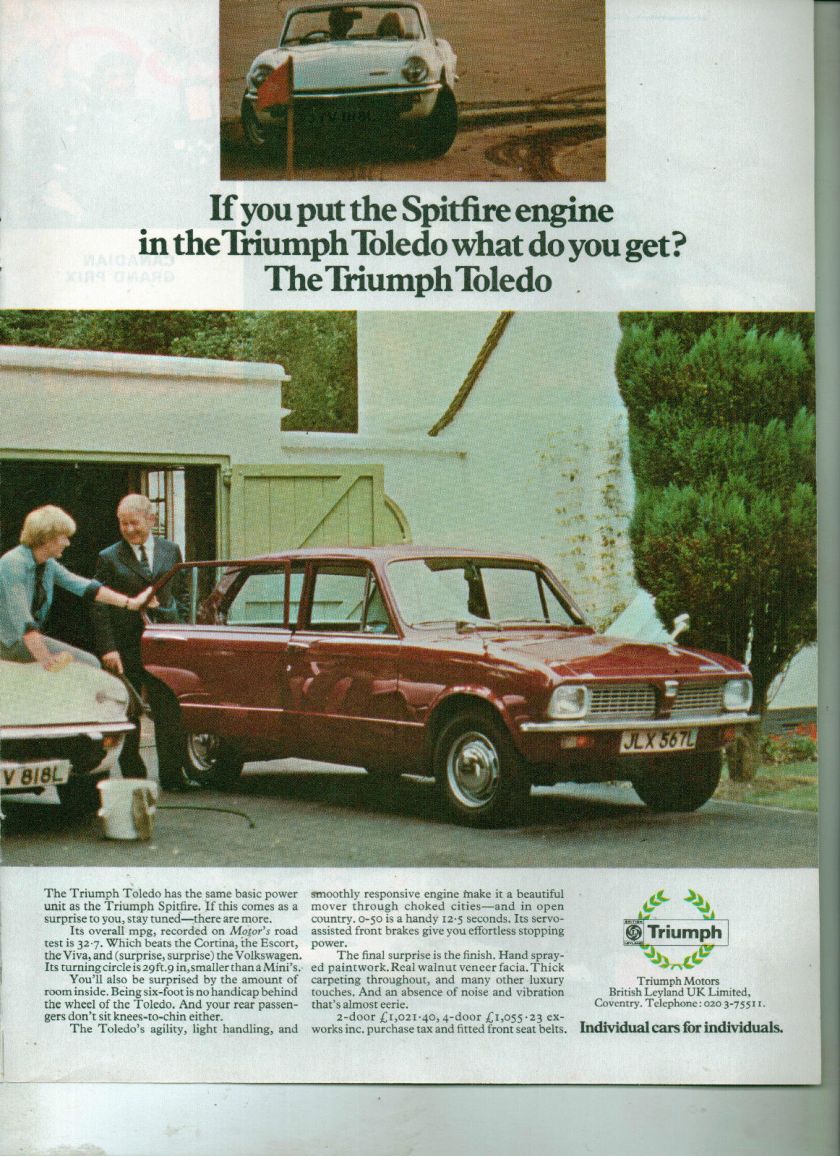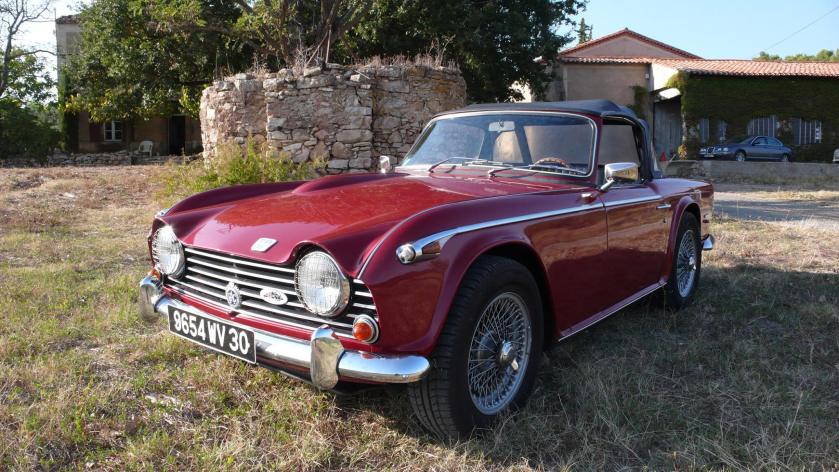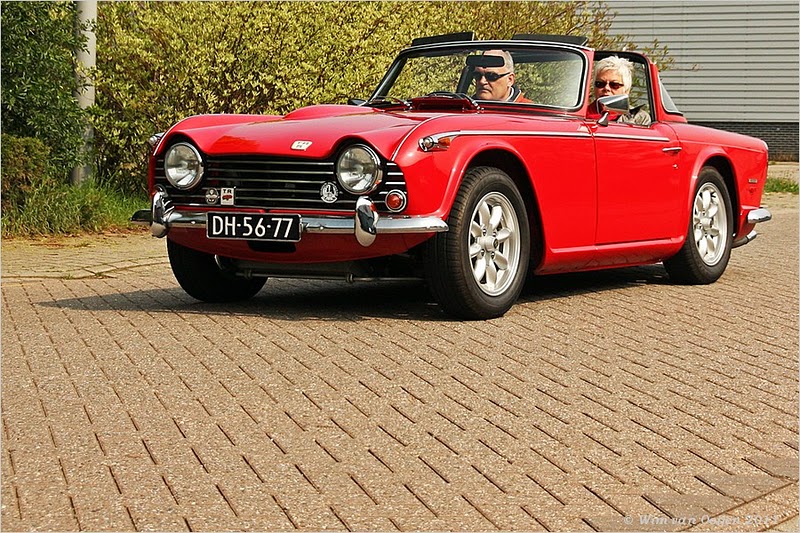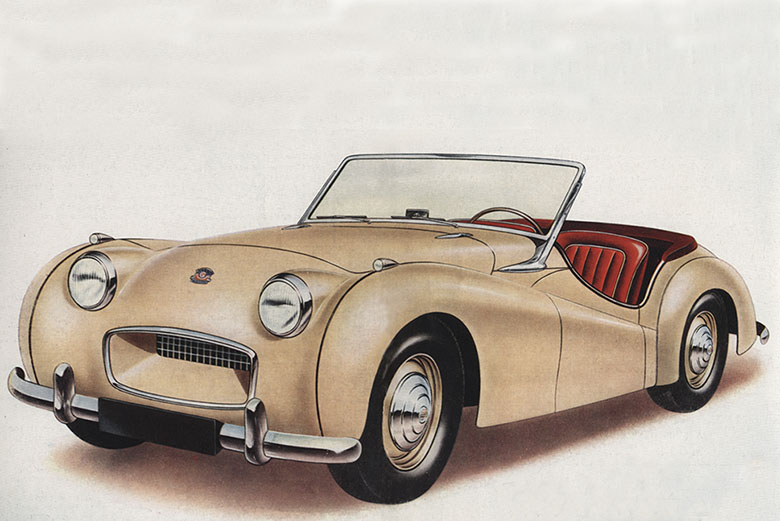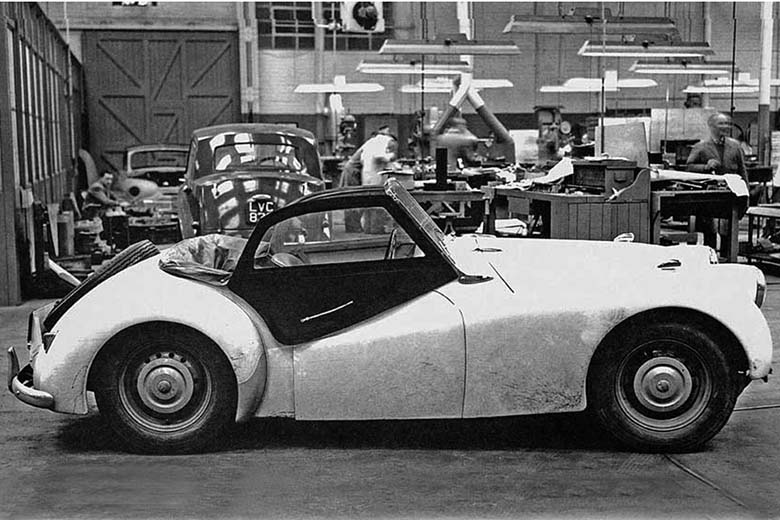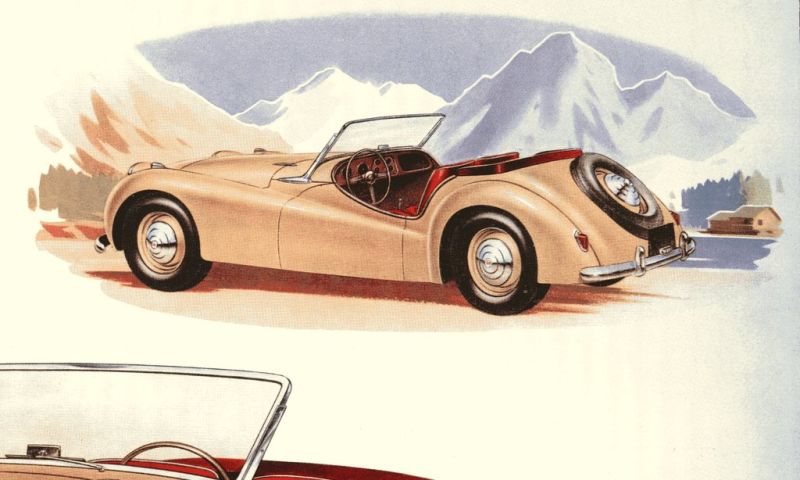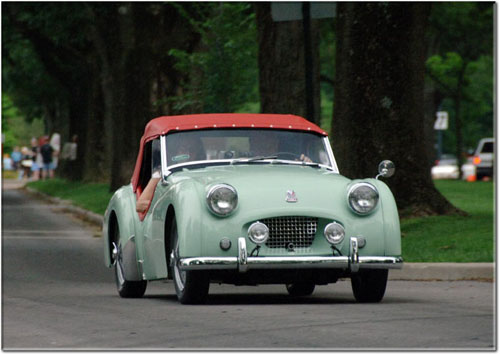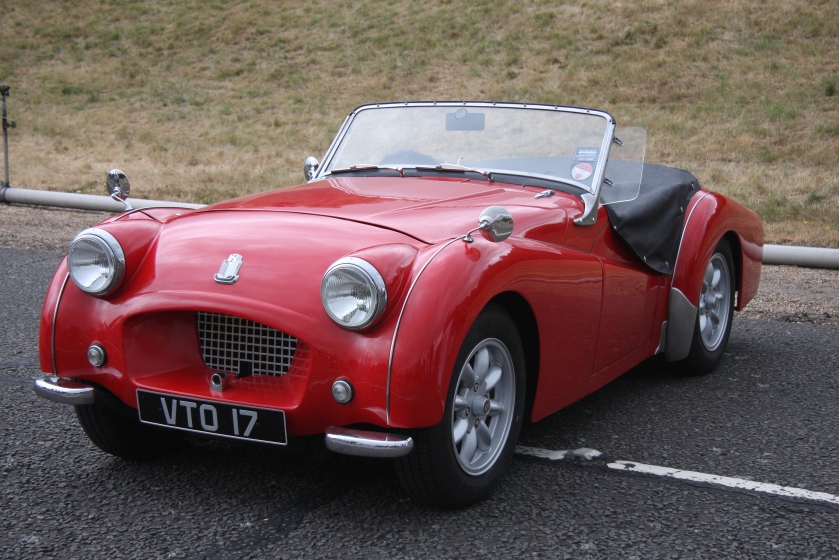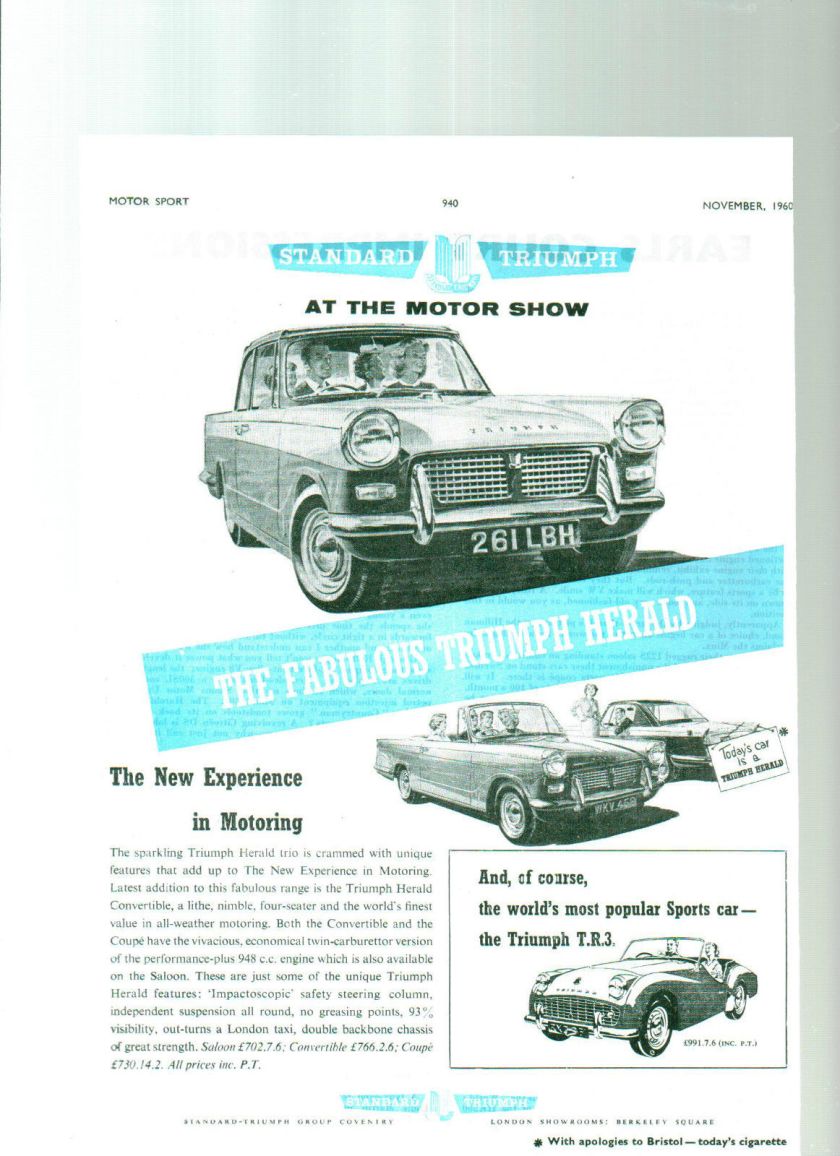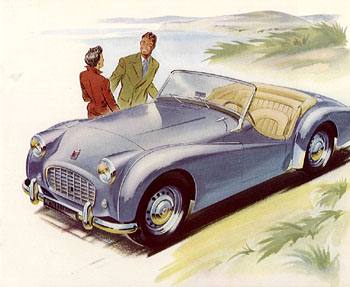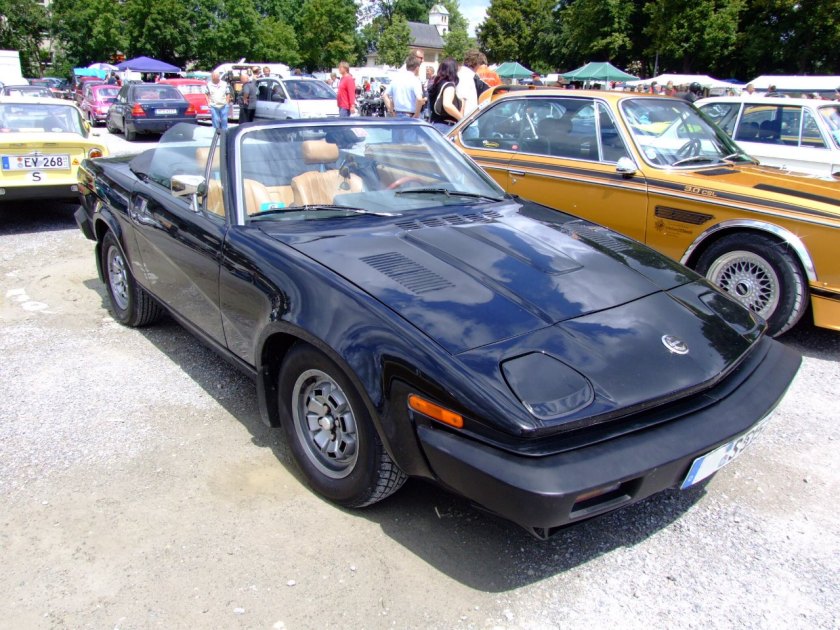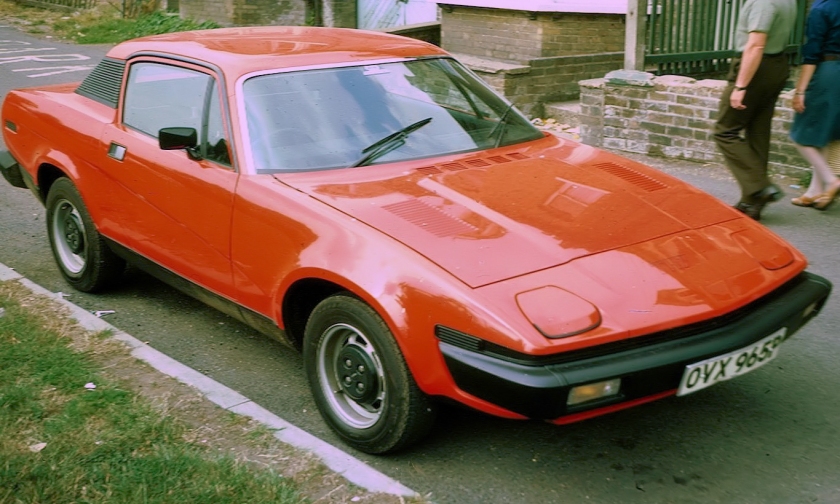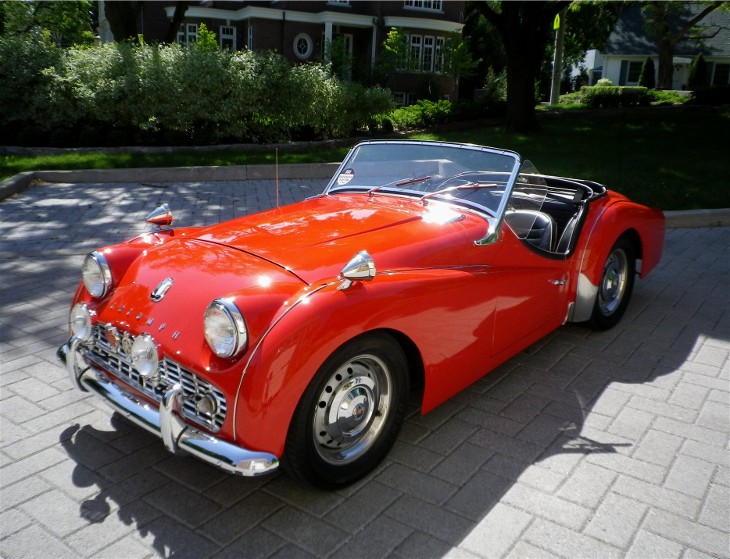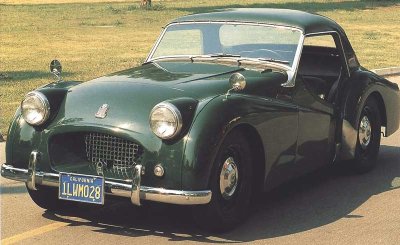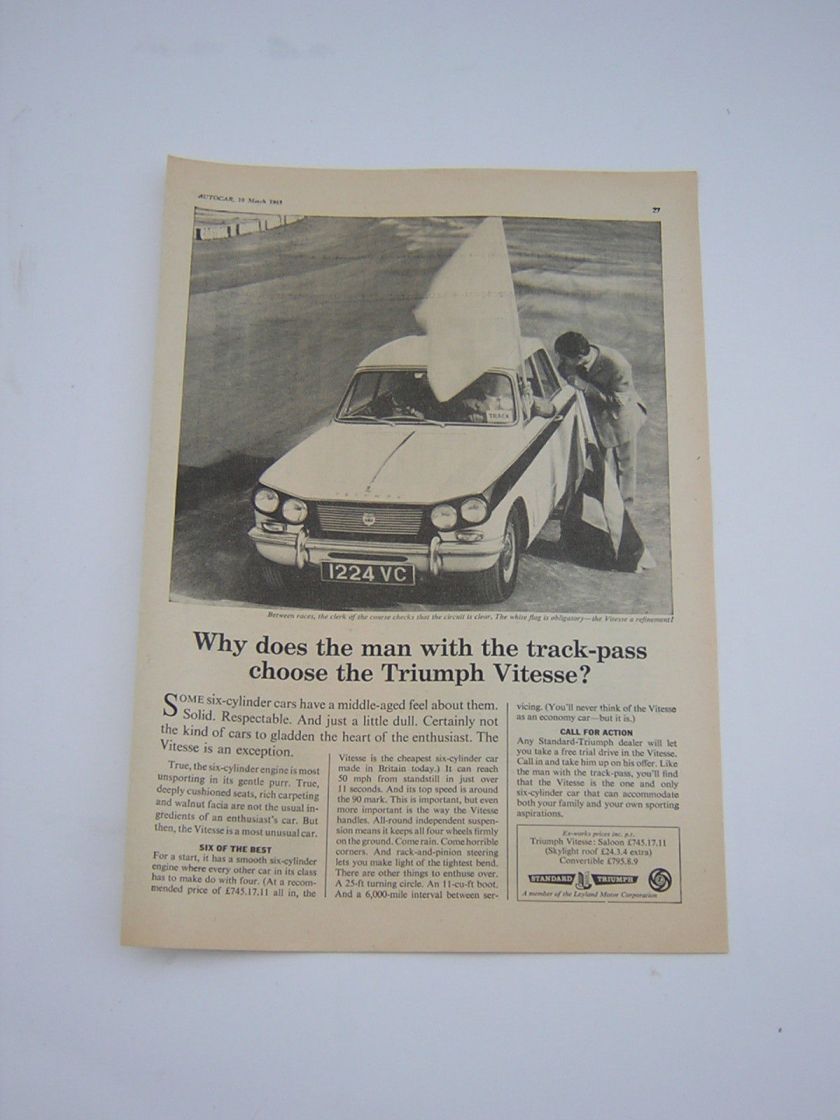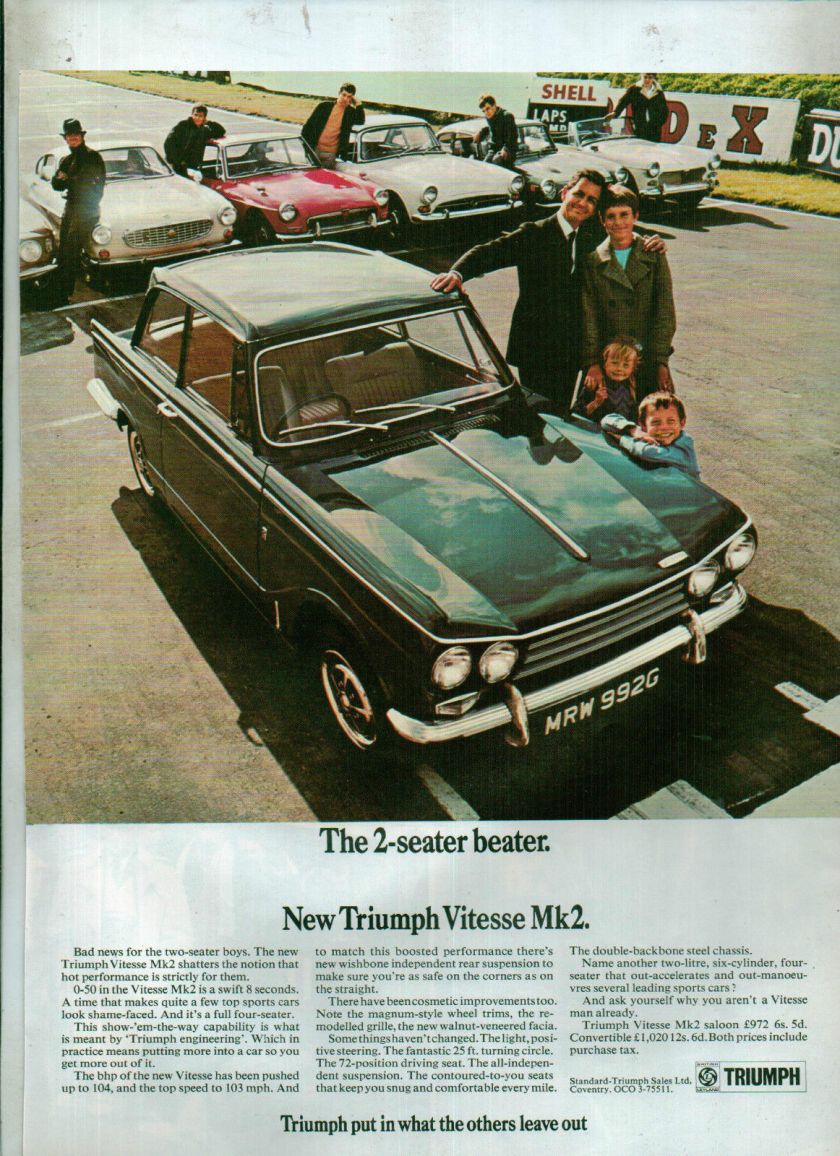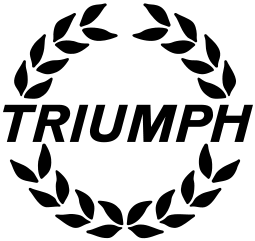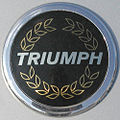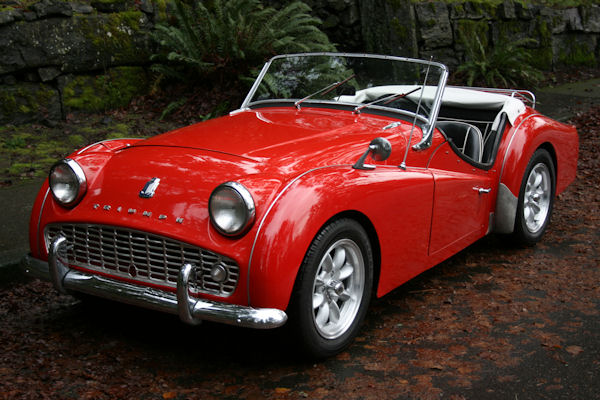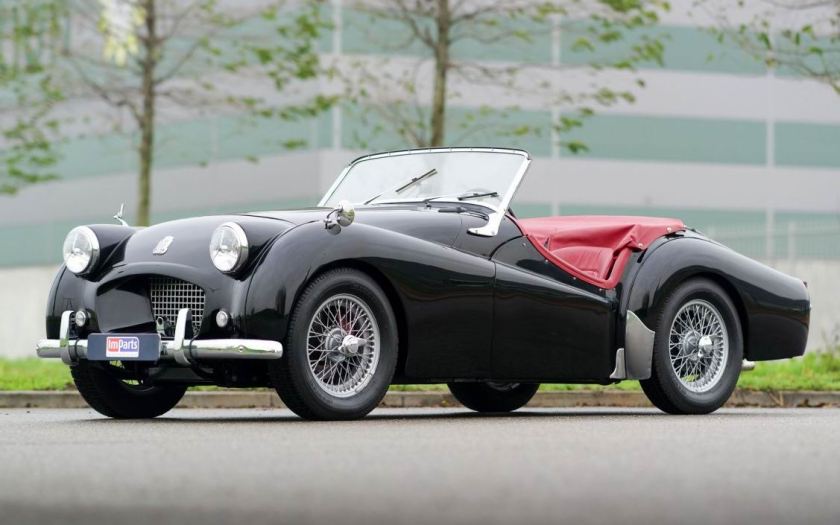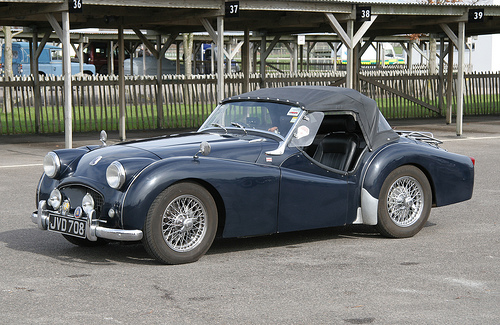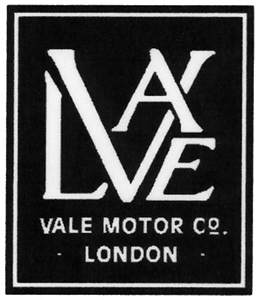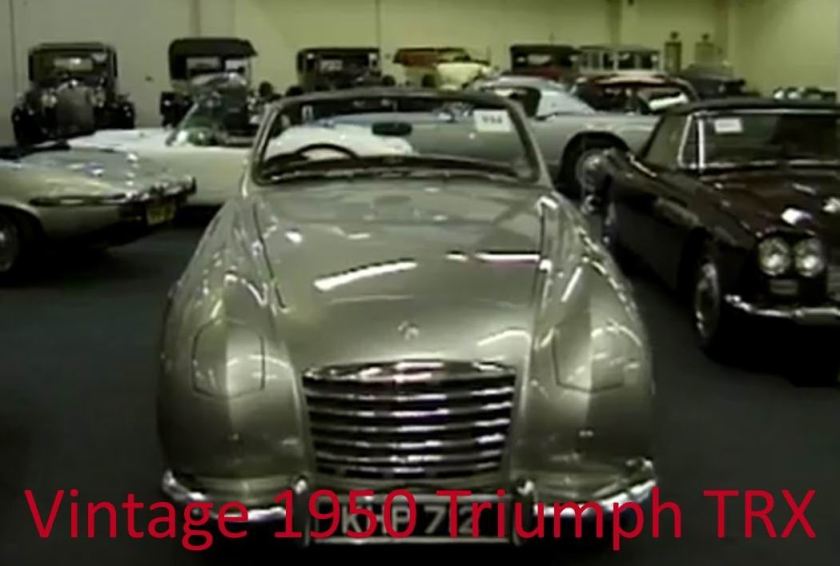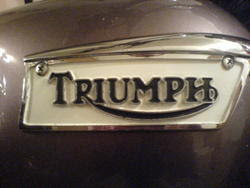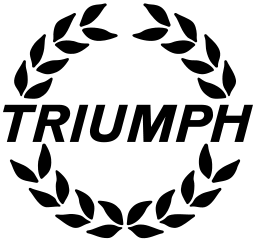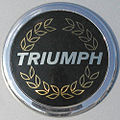Standard Motor Company
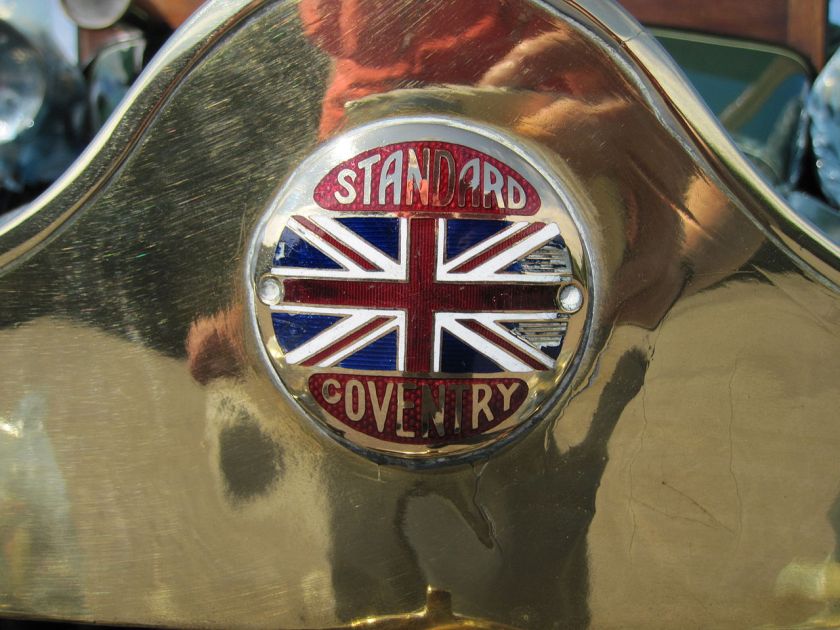
The Union Jack is a standard
|
|
|
Formerly called
|
The Standard Motor Company Limited |
|---|---|
| Industry | Automobile |
| Fate |
|
| Founded | 1903 in Coventry, UK |
| Founder | Reginald Walter Maudslay |
| Defunct | 1968 (British Leyland) |
| Headquarters | Canley, Coventry, UK |
|
Key people
|
|
| Products | Motor vehicles and Fergusontractors |
| Brands | Standard, Triumph, Ferguson |
| Parent |
|
The Standard Motor Company Limited was a motor vehicle manufacturer, founded in Coventry, England, in 1903 by Reginald Walter Maudslay. It purchased Triumph in 1945 and in 1959 officially changed its name to Standard-Triumph International and began to put the Triumph brandname on all its products.
Standard Motor Canley Works Coventry
Moving Pictures about Standard Motor Car Company:
Looking at this moving pictures is funny and interesting. Take a look. There is much more but I can’t put all film links here.
For many years, it manufactured Ferguson tractors powered by its Vanguard engine. All Standard’s tractor assets were sold to Massey-Ferguson in 1959.
In September 1959, Standard Motor Company was renamed Standard-Triumph International Limited. A new subsidiary took the name The Standard Motor Company Limited and took over the manufacture of the group’s products.
The Standard name was last used in Britain in 1963, and in India in 1988.
History
1903–14
Maudslay, great grandson of the eminent engineer Henry Maudslay, had trained under Sir John Wolfe-Barry as a civil engineer. In 1902 he joined his cousin Cyril Charles Maudslay at his Maudslay Motor Company to make marine internal combustion engines. The marine engines did not sell very well, and still in 1902 they made their first engine intended for a car. It was fitted to a chain-drive chassis. The three-cylinder engine, designed by Alexander Craig was an advanced unit with a single overhead camshaft and pressure lubrication.
A Roman military Standard of 1 A.D. Maudslay kept a Roman standard at his home
Realising the enormous potential of the horseless carriage and using a gift of £3,000 from Sir John Wolfe-Barry, R. W. Maudslay left his cousin and became a motor manufacturer on his own account. His Standard Motor Company was incorporated on 2 March 1903 and he established his business in a small factory in a two-storey building in Much Park Street, Coventry. Having undertaken the examination of several proprietary engines to familiarise himself with internal combustion engine design he employed seven people to assemble the first car, powered by a single-cylinder engine with three-speed gearbox and shaft drive to the rear wheels. By the end of 1903 three cars had been built and the labour force had been increased to twenty five. The increased labour force produced a car every three weeks during 1904.
1903 Standard 6 hp 1006 cc single cylinder
The single-cylinder model was soon replaced by a two-cylinder model quickly followed by three- and four-cylinder versions and in 1905 the first six. Even the first cars boasted shaft drive as opposed to chains, and the engines were not merely “square” but had 6″ diameter pistons with a 3″ stroke. As well as supplying complete chassis, the company found a good market selling engines for fitting to other cars, especially where the owner wanted more power. Although Alex Craig, a Scottish engineer, was engaged to do much of the detail work, Maudslay himself was sufficiently confident to undertake much of the preliminary layout. One of the several derivations of the name “Standard” is said to have emanated from a discussion between Maudslay and Craig during which the latter proposed several changes to a design on the grounds of cost, which Maudslay rejected, saying that he was determined to maintain the best possible “Standard”.
In 1905 Maudslay himself drove the first Standard car to compete in a race. This was the RAC Tourist Trophy in which he finished 11th out of 42 starters, having had a non-stop run. In 1905 the first export order was also received, from a Canadian who arrived at the factory in person. The order was reported in the local newspaper with some emphasis, “Coventry firm makes bold bid for foreign markets”.
The company exhibited at the ^ 1905 London Motor Show in Crystal Palace, at which a London dealer, Charles (later Sir Charles) Friswell 1872-1926 agreed to buy the entire factory output. He joined Standard and later was managing director for many years.
In late 1906 production was transferred to larger premises and output was concentrated on 6-cylinder models. The 16/20 h.p. tourer with side-entrance body was priced at £450. An indication of how much this was can be gained from the fact that a draughtsman earned £3 a week. In 1907 Friswell became company chairman. He worked hard to raise its profile, and the resulting increase in demand necessitated the acquisition of a large single-storey building in Cash’s Lane, Coventry. Even this was inadequate after the publicity gained when a fleet of 20 cars, 16/20 tourers, were supplied for the use of Commonwealth editors attending the 1909 Imperial Press Conference in London.
In 1909 the company first made use of the famous Union Flag Badge, a feature of the radiator emblem until after the Second World War. By 1911 the range of vehicles was comprehensive, with the 8-horsepower model being produced in quantity whilst a special order for two 70 hp cars was at the same time executed for a Scottish millionaire. Friswell’s influence culminated in supplying seventy 4-cylinder 16 hp cars for King George V and his entourage, including the Viceroy of India, at the 1911 Delhi Durbar. In 1912 Friswell sold his interest in Standard to C. J. Band and Siegfried Bettmann, the founder of the Triumph Motor Cycle Company (which became the Triumph Motor Company). During the same year the first commercial vehicle was produced, and the 4-cylinder model “S” was introduced at £195, the first to be put into large-scale production. 1600 were produced before the outbreak of the First World War, 50 of them in the final week of car production. These cars were sold with a three-year guarantee. In 1914 Standard became a public company.
First World War
During the First World War the company produced more than 1000 aircraft, including the Royal Aircraft Factory B.E.12, Royal Aircraft Factory R.E.8, Sopwith Pup and Bristol F.2-B in a new works at Canley that opened on 1 July 1916. Canley would subsequently become the main centre of operations. Other war materials produced included shells, mobile workshops for the Royal Engineers, and trench mortars.
1930 Standard Swallow
2-door sports saloon on a Big Nine chassis
1937 Flying Twelve 4-door saloon RAF
1919–39
Civilian car production was restarted in 1919 with models based on pre-war designs, for example the 9.5 model “S” was re-introduced as the model SLS although this was soon superseded by an 8 h.p. model.
In the early 1920s saloon bodies were first offered; previously all cars had been tourers. The bodies had, since the move to Bishopsgate Green, been made in Coventry by the company itself, but it was not until 1922 that they were mass-produced, using a wooden track along which they were pushed by hand. The company was justifiably proud of the modern factory at Canley, boasting in its advertisements “It is a beautifully lighted and well-aired factory standing on the edge of a breezy common away from the city din and smoke, that the finishing touches and test are given to the All British ‘Standard’ Light cars which issue there to almost every quarter in the world”.
It was about this time during the early 1920s that the slogan “Count them on the road” appeared on every advertisement. By 1924 the company had a share of the market comparable to Austin Motor Company, making more than 10,000 cars in 1924. As the immediate post-war boom faded, many rival marques were discontinued. Cars became steadily larger and more elaborate as manufacturers sought to maintain sales. During the 1920s all the models were named after towns, not only near the factory such as Canley and Kenilworth but also further afield – Teignmouth, Falmouth, and Exmouth.
By the late 1920s profits had decreased dramatically due to great reinvestment, a failed export contract and bad sales of the larger cars. In 1927 the inadvisability of matching the larger more elaborate trend became apparent and the 9 hp Fulham with fabric body was introduced at £185. Production was concentrated mainly on one basic chassis with a 9 hp engine. The importance of standardisation was now appreciated and only one alternative was offered. In 1929 John Paul Black (later Sir John Black) a joint managing director of Hillman took up an appointment at Standard as joint Managing Director.
Standard Swallow and Jaguar
Black encouraged the supply of chassis to external coachbuilders such as Avon and Swallow Coachbuilding and Jensen. The coachbuilding company of Avon during the early 1930s commenced producing cars with a distinctly sporty appearance, using as a foundation, a complete chassis from the Standard Motor Company. These chassis were ordinary production units, used because of their sound engineering design and good performance. Known as Avon Standard Specials they catered for a select market too small for Standard themselves.
|
Swallow decided to produce a car under their own name using a Standard engine and chassis. A prototype S S One was displayed at London’s October 1931 Motor Show and in 1932 Swallow were able to supply three models, two of them used the same body. Swallow’s business was moved to S S Cars Limited and began to use a model name of Jaguar for part of their range then extended it to include their saloons. In 1945 S S Cars became Jaguar Cars and Standard still manufactured Jaguar’s engines though only the smallest remained a standard Standard design. |
It was not until 1930, after the replacement of artillery wheels by spoke wheels that the distinctive radiator shape first used on the 6-cylinder models in 1906 was finally abandoned. In 1930, before the worst of the Depression, the Big Nine was introduced which together with the 6-cylinder Ensign and Envoy constituted the complete range. Here standardisation was taken a step further with the bodies on 9 hp four-cylinder and 15 hp six-cylinder being almost indistinguishable except for bonnet length. The Big Nine was soon followed by the Big Twelve and sales for the second six months of 1931 exceeded those of the whole of the previous year. In 1932 there was a Royal visit to the Canley works by the Duke of Gloucester who came to open the Canley Pavilion outside which he took delivery of a new 6-cylinder model.
Founder and Chairman Reginald Maudslay retired in 1934 and died soon afterwards on 14 December 1934 at the age of 64. Charles James Band 1883-1961, a Coventry solicitor and a Standard director since 1920, replaced him as chairman and served in that capacity until the beginning of 1954 though Sir John Black briefly held the appointment before he retired. 1935 saw all production transferred to the Canley site. Extensive re-organisation occurred including a continuous track being laid down in the paint shop on which the cars were completely painted.
Through the 1930s, fortunes improved with new models, the Standard Nine and Standard Ten addressed the low to mid range market. At the 1935 Motor Show the new range of Flying Standards was announced with (semi) streamlined bodies. The Flying Standards came to the market in 1936 with their distinctive streamlined sloping rears virtually replacing the existing range of Nine, Twelve, Sixteen, and Twenty. The Flying Standards were so-called because of the major radiator shell change to a waterfall grille topped by the Union Jack badge apparently streaming backwards in contrast to its previous forward-facing position.
|
The Flying Nine, Flying Ten, Flying Twelve, and Flying Fourteen had four-cylinder engines, while the Flying Sixteen and Flying Twenty had six-cylinder engines. At the top of the range was the Standard Flying V-Eight, with a 20 RAC hp side-valve 90 degree V8 engine and a top speed of more than 80 mph (130 km/h). 250 Flying V-Eights were made from 1936 to 1937; they were offered for sale from 1936 to 1938 with the initial price of £349 lowered to ₤325 in the last year to clear inventory. |
In 1938 a new factory was opened at Fletchampstead. That year, Standard launched the Flying Eight. The Flying Eight had a new four-cylinder engine smaller than that in the Flying Nine, and was the first British mass-produced light saloon with independent front suspension. The Flying Ten and Flying Twelve were also given new chassis with independent front suspension in 1938.
The aero engine plant at Banner Lane, a shadow factory, began construction in mid 1939 and production began in 1940. It was managed by Standard for the Air Ministry. After the war Standard leased Banner Lane and in partnership with Harry Ferguson made his Ferguson tractors.
By the beginning of the war, Standard’s annual production was approximately 50,000 units.
1946 Eight 2-door saloon
1948 Fourteen 4-door saloon
1952 Vanguard Phase 1A
c. 1953 Eight
1956 Ensign. It shared the Vanguard Series III body, but had a reduced specification. It was popular with the RAF.
1959 Ten
Second World War
The company continued to produce its cars during the Second World War, but now mainly fitted with utility bodies (“Tillies”). However, the most famous war-time product was the de Havilland Mosquito aircraft, mainly the FB VI version, of which more than 1100 were made. 750 Airspeed Oxfords were also made as well as 20,000 Bristol Mercury VIII engines, and 3,000 Bristol Beaufighter fuselages.
Other wartime products included 4000 Beaverette light armoured cars and a prototype lightweight “Jeep” type vehicle.
Post-war years
With peace, the pre-war Eight and Twelve the twelve fitted with 1776cc engine sold as 14 hp cars were quickly back in production using tools carefully stored since 1939. Of greater significance was the 1945 purchase, arranged by Sir John Black for £75,000, of the Triumph Motor Company. Triumph had gone into receivership in 1939, and was now reformed as a wholly owned subsidiary of Standard, named Triumph Motor Company (1945) Limited. The Triumph factory was near the city centre and had been completely destroyed in the blitz. A lucrative deal was also arranged to build the small Ferguson Company tractor. This arrangement was considered primarily by Black as a means to securing increased profits to fund new car development.
Ferguson tractor
In December 1945 Standard Motor Company Limited announced that an arrangement had been made to manufacture Mr Harry Ferguson‘s tractors and the Air Ministry‘s shadow factory at Banner Lane Coventry run by Standard during the war would be used for the project. These tractors would be for the Eastern hemisphere, Ferguson tractors built by Ford in America for the Western hemisphere. Production was expected to start in 1946. Implements would be sourced separately by Ferguson who would also merchandise the tractors and the implements.
Standard Vanguard
A one-model policy for the Standard marque (alongside a range of new Triumphs) was adopted in 1948 with the introduction of the 2-litre Standard Vanguard, which was styled on American lines by Walter Belgrove, and replaced all the carry-over pre-war models. This aptly named model was the first true post-war design from any major British manufacturer. The beetle-back Vanguard Phase 1 was replaced in 1953 by the notch-back Phase 2 and in 1955 by the all-new Phase 3, which resulted in variants such as the Sportsman, Ensign, Vanguard Vignale and Vanguard Six.
Standard Eight and Ten
The one-model policy lasted until 1953, when a new Standard Eight small car was added. This was introduced at £481. 7. 6. the cheapest four-door saloon on the market, yet it boasted independent front suspension, hydraulic brakes and an economical O.H.V. engine. At the same time in another part of the same building Standards were producing a very different engine, the Rolls Royce Avon jet aero engine of which 415 were made between 1951 and 1955. In 1954 the Eight was supplemented by the slightly more powerful Standard Ten which featured a wider chrome grille.
Engines
The Phase II Vanguard was powered, like the Phase I, by a 2088 cc 4-cylinder “wet sleeve” engine, now with a modestly increased compression ratio, and producing 68 hp. This engine could be modified by using an additional intake system and two single-barrel Solex carburettors, producing 90 hp. Typically, the Phase II engine was one Solex carburettor, with 85 mm by 93 mm pistons. Standard Motors at the time supplied many of these engines to Ferguson Tractor distributed in the United States.
Standard Pennant
The Ten was followed in its turn in 1957 by the Standard Pennant featuring very prominent tail fins, but otherwise little altered structurally from the 1953 Standard Eight. An option for the Ten, and standard fitment to the Pennant, was the Gold Star engine, tuned for greater power and torque than the standard 948 cc unit. Another tuning set, featuring a different camshaft and twin carburettors, was available from dealers. As well as an overdrive for the gearbox, an option for the Eight, Ten and Pennant was the Standrive, a semi-manual transmission that automatically operated the clutch during gearchanges.
Triumph TR2
During the same year that the ‘8’ was introduced, another car was displayed at the London Motor Show. This was the Triumph 20TS, a sports two-seater with a modified Standard ‘8’ chassis and a Vanguard engine. The 20TS’s lack of luggage space and unsatisfactory performance and handling resulted in production being delayed until the next year when the chassis and drivetrain were developed and the body was restyled to incorporate a generous boot. The car was badged as a ‘Triumph’ rather than a ‘Standard’ and the Triumph TR2 was a winner. Ken Richardson achieved 124 mph (200 km/h) on the Jabbeke Highway in Belgium in a slightly modified car. As a result of the publicity, small manufacturers, including Morgan, Peerless, Swallow, and Doretti, bought engines and other components from Standard Motor Company.
Standard Atlas van
In 1958 the Standard Atlas panel van and pick-up was first vended, a cab-over-engine design. It initially used the 948 cc engine from the Standard 10, making the resulting vehicle woefully underpowered, even with its 6.66:1 final drive ratio. In 1961, the Atlas Major was introduced, and sold alongside the original 948 cc Atlas. This variant was powered by the Standard 1670 cc wet-liner motor, as used with different capacities in the Vanguard cars, and the Ferguson tractor. The same engine was also used in Triumph TR2, TR3 and TR4 sports cars. To use this larger engine, a substantial redesign of the cab interior and forward chassis was necessary. The vehicles were of a high standard but not priced competitively, which resulted in relatively few sales. In 1963 the Atlas Major became the Standard 15, with a new long-wheelbase variant, with 2138 cc engine, became the Standard 20. Later that year, the Standard name became disused by Leyland, and these models were rebranded hastily as Leyland 15 and 20. By 1968 when production ended in the UK, all variants were powered by the 2138 cc engine and badged as Leyland 20s.
These vehicles were badged as Triumphs for export to Canada, and possibly other overseas markets. The van’s tooling was also exported to India after UK production ceased, where the resultant vehicle continued in production until the 1980s.
Triumph Herald
By the later 1950s the small Standards were losing out in the UK market to more modern competitor designs, and the Triumph name was believed to be more marketable; hence the 1959 replacement for the Eight, Ten and Pennant was badged as the Triumph Herald; with substantial mechanical components carried over from the small Standards. Despite the separate chassis and independent rear suspension, the differential, hubs, brakes, engine and gearbox were all common to the last Standard Pennants. In order to build the Herald the company invested £2 1⁄2 million in a new assembly hall extension at the Canley plant which Standard had acquired in 1916. The builders of the three-storey building excavated 250,000 tons of soil and rock. Inside the building were three 1300 ft assembly lines equipped to be one of the most modern car assembly plants in the world. This turned out to be the company’s last investment on such a scale at Canley: investment decisions after the merger with Rover would favour the newer plant at Solihull.
Overseas plants
Overseas manufacturing plants were opened in Australia, France, India and South Africa. Overseas assembly plants were opened in Canada, Ireland and New Zealand.
Sir John Black
During the year ended 31 August 1954 Standard made and sold 73,000 cars and 61,500 tractors and much more than half of those were exported. Since the war Standard had made and sold some 418,000 cars and 410,000 tractors and again much more than half were exported. Appointed to Standard’s then ailing business in 1929, director and general manager since 1930 and appointed managing director in 1934 energetic Sir John Black resigned as chairman and managing director of Standard that year following a serious motorcar accident. He was advised (after consultations with his wife and close friends) to relinquish his offices of chairman and managing director and his membership of the board of directors. His deputy and long-time personal assistant, Alick Dick 1916-1986, took his position as managing director. Air Marshal Lord Tedder was appointed chairman, Tedder would hold that position until the Leyland takeover at the end of 1960. A S Dick resigned in August 1961 when the board was reorganised by Leyland in view of the substantial losses Standard was accumulating.
The company started considering partners to enable continued expansion and negotiations were begun with Chrysler, Massey-Harris-Ferguson, Rootes Group, Rover and Renault but these were inconclusive.
Standard’s Vanguard engine
The Vanguard’s engine, later slightly enlarged, powered two saloons, a tractor and three sports cars
-
1951 Ferguson
-
1964 Triumph TR4
-
1951 Morgan Plus 4
Leyland Motors
The Standard-Triumph company was eventually bought in 1960 by Leyland Motors Ltd which paid £20 million and the last Standard, an Ensign Deluxe, was produced in the UK in May 1963, when the final Vanguard models were replaced by the Triumph 2000 model. Triumph continued when Leyland became British Leyland Motor Corporation (later BL) in 1968. The Standard brand was ended on 17 August 1970 when a sudden announcement said that henceforth the Company was to be known as the Triumph Motor Company. The Standard name has been unused in Europe since then and the Triumph or Rover Triumph BL subsidiary used the former Standard engineering and production facilities at Canley in Coventry until the plant was closed in 1980.
BMW
BMW acquired the Standard and Triumph brands following its purchase of BL’s successor Rover Group in 1994. When most of Rover was sold in 2000, BMW kept the Standard brand along with Triumph, MINIand Riley. The management of British Motor Heritage Ltd, gained the rights to the Standard Brand upon their management purchase of this company from BMW in 2001 (reference BMH website linked below).
There was talk of a possible revival of the Standard name by MG Rover for its importation of the Tata Indica (reference Channel 4 website below). However, for reasons relating to the ownership of the brand by BMW, the car was finally launched as the Rover CityRover.
Standard in India
The Standard name had disappeared from Britain during the 1960s but continued for two more decades in India, where Standard Motor Products of India Ltd manufactured the
Indian Triumph Herald Mk3 advert
Triumph Herald badged as the ‘Standard Herald’ and with the basic 948 cc engine during the 1960s, with increasingly local content and design changes over the years, eventually producing additional four-door and five-door estate models exclusively for the Indian market by the late 1960s.
After 1970, Standard Motor Products split with British Leyland, and introduced a bodily restyled four-door saloon based on the Herald known as the
Standard Gazel 2
Standard Gazel in 1972, using the same 948 cc engine but with a live rear axle, as the Herald’s swing-axle was not liked much by Indian buyers and mechanics alike. Allegedly India’s first indigenous car, the Gazel was built in small numbers – it has been suggested that it did so to keep its manufacturer’s licence – until 1977. With the company concentrating solely on producing commercial vehicles based on the Leyland 20 model, badged as “Standard 20”, production of Standard cars ceased until the Standard 2000, a rebadged Rover SD1, was introduced in 1985. The car was higher and had a slightly modified old 1991 cc Standard Vanguard engine, as the company could not procure the licence to use the original Rover engine on this car. Being expensive and outdated it was not successful, apart from the reasons that it had competition from cars with Japanese and other newer, fuel-efficient technology in India. It ceased production in 1988, with the Bombay factory also closing its operations at the same time, around the same time that the last examples of the SD1 left British showrooms (production had finished in 1986 but stocks lasted for around two more years). After feeble efforts over successive years to revive the company, the premises were auctioned off in 2006 and Britain’s Rimmer Bros. bought up the entire unused stock of SD1 parts. This also signalled the end of the Standard marque.
British car models
Pre World War 1
| Year | Name | RAC rating |
Cubic capacity |
Bore & stroke |
Valves | Cylinders | Wheelbase | Production |
|---|---|---|---|---|---|---|---|---|
| 1903 | Motor Victoria | 6 hp | 1006 cc | 5 in (127 mm) x 3 in (76 mm) | side | 1 | 78 in (1,981 mm) | |
| 1904–05 | Motor Victoria | 12/15 hp | 1926 cc | 5 in (127 mm) x 3 in (76 mm) | side | 2 | ||
| 1905 | 16 hp | 3142 cc | 100 mm (3.9 in) x 100 mm (3.9 in) | side | 4 | 108 in (2,743 mm) | ||
| 1905–08 | 18/20 | 4714 cc | 100 mm (3.9 in) x 100 mm (3.9 in) | side | 6 | 120 in (3,048 mm) | ||
| 1906 | Model 8 | 16/20 | 3531 cc | 102 mm (4.0 in) x 108 mm (4.3 in) | side | 4 | 108 in (2,743 mm) / 120 in (3,048 mm) | |
| 1906 | Model 9 | 24/30 | 5232 cc | 4 in (102 mm) x 4 in (102 mm) | side | 6 | 120 in (3,048 mm) / 132 in (3,353 mm) | |
| 1906 | Model 10 | 10 hp | 631 cc | 70 mm (2.8 in) x 82 mm (3.2 in) | side | 2 | 78 in (1,981 mm) | |
| 1906–12 | Model 11 | 50 hp | 11734 cc | 140 mm (5.5 in) x 127 mm (5.0 in) | side | 6 | 132 in (3,353 mm) | |
| 1906–12 | Model 12 | 50 hp | 11734 cc | 140 mm (5.5 in) x 127 mm (5.0 in) | side | 6 | 144 in (3,658 mm) | |
| 1907 | 15 hp | 1893 cc | 70 mm (2.8 in) x 82 mm (3.2 in) | side | 6 | 87 in (2,210 mm) | ||
| 1907–08 | Model B | 30 hp | 5297 cc | 102 mm (4.0 in) x 108 mm (4.3 in) | side | 6 | 120 in (3,048 mm) | |
| 1908–11 | Model C | 40 hp | 6167 cc | 102 mm (4.0 in) x 107 mm (4.2 in) | side | 6 | 120 in (3,048 mm) | |
| 1908–11 | Model D | 30 hp | 4032 cc | 89 mm (3.5 in) x 108 mm (4.3 in) | side | 6 | 120 in (3,048 mm) | |
| 1909–11 | Model E | 16 hp | 2688 cc | 89 mm (3.5 in) x 108 mm (4.3 in) | side | 4 | 110 in (2,794 mm) / 120 in (3,048 mm) | |
| 1912 | Model G | 25 hp | 4032 cc | 89 mm (3.5 in) x 108 mm (4.3 in) | side | 6 | 116 in (2,946 mm) | |
| 1910–11 | Model J | 12 hp | 1656 cc | 68 mm (2.7 in) x 114 mm (4.5 in) | side | 4 | 96 in (2,438 mm) | |
| 1911–12 | Model K | 15 hp | 2368 cc | 80 mm (3.1 in) x 120 mm (4.7 in) | side | 4 | 120 in (3,048 mm) | |
| 1911–13 | Model L | 20 hp | 3620 cc | 80 mm (3.1 in) x 120 mm (4.7 in) | side | 6 | 126 in (3,200 mm) | |
| 1913–14 | Model O | 20 hp | 3336 cc | 89 mm (3.5 in) x 133 mm (5.2 in) | side | 4 | 121 in (3,073 mm) / 128 in (3,251 mm) | |
| 1913–18 | Model S | 9.5 hp | 1087 cc | 62 mm (2.4 in) x 90 mm (3.5 in) | side | 4 | 90 in (2,286 mm) |
(Sources—Standard Motor Club and Graham Robson Book of the Standard Motor Company, Veloce, ISBN 978-1-845843-43-4)
1919–1939
| Year | Type | Engine | Production |
|---|---|---|---|
| 1919–21 | 9.5 hp Model SLS | 1328 cc side-valve 4-cylinder | |
| 1921–23 | 8 hp | 1087 cc side-valve 4-cylinder | |
| 1921–23 | 11.6 hp SLO | 1598 cc ohv 4-cylinder | |
| 1922–26 | 13.9 hp SLO-4 | 1944 cc ohv 4-cylinder | |
| 1923–27 | 11.4 hp V3 | 1307 cc ohv 4-cylinder | |
| 1926–28 | 13.9 hp V4 | 1944 cc ohv 4-cylinder | |
| 1927–28 | 18/36 hp | 2230 cc ohv 6-cylinder | |
| 1927–30 | 9 hp | 1153 or 1287 cc side-valve 4-cylinder | |
| 1929–33 | 15 hp | 1930 or 2054 cc side-valve 6-cylinder | |
| 1930–33 | 9.9 hp Big Nine | 1287 cc side-valve 4-cylinder | |
| 1931–35 | 20 hp Envoy | 2552 cc side-valve 6-cylinder | |
| 1932–33 | Little Nine | 1006 cc side-valve 4-cylinder | |
| 1932–33 | Little Twelve | 1337 cc side-valve 6-cylinder | |
| 1932–33 | Big Twelve | 1497 cc side-valve 6-cylinder | |
| 1934 | 12/6 | 1497 cc side-valve 6-cylinder | |
| 1934–35 | 10/12 Speed Model | 1608 cc side-valve 4-cylinder | |
| 1934–36 | Nine | 1052 cc side-valve 4-cylinder | |
| 1934–36 | Ten | 1343 cc side-valve 4-cylinder | |
| 1934–36 | Twelve | 1608 cc side-valve 4-cylinder | |
| 1934–36 | Sixteen | 2143 cc side-valve 6-cylinder | |
| 1935–36 | Twenty | 2664 cc side-valve 6-cylinder | |
| 1937–38 | Flying Ten | 1267 cc side-valve 4-cylinder | |
| 1937–40 | Flying Twelve | 1608 cc side-valve 4-cylinder | |
| 1937–40 | Flying Nine | 1131 cc side-valve 4-cylinder | |
| 1937–40 | Flying Light Twelve | 1343 cc side-valve 4-cylinder | |
| 1937–40 | Flying Fourteen | 1608 cc or 1776 cc side-valve 4-cylinder | |
| 1936–40 | Flying Sixteen | 2143 cc side-valve 6-cylinder | |
| 1936–40 | Flying Twenty | 2663 cc side-valve 6-cylinder | |
| 1936–38 | Flying V8 | 2686 cc side-valve V-8-cylinder | |
| 1938–40 | Flying Eight | 1021 cc side-valve 4-cylinder |
1945–1963
| Year | Type | Engine | Production |
|---|---|---|---|
| 1945–48 | Eight | 1021 cc side-valve four-cylinder | 53,099 |
| 1945–48 | Twelve | 1608 cc side-valve 4-cylinder | 9,959 |
| 1945–48 | Fourteen | 1776 cc side-valve 4-cylinder | 22,229 |
| 1947–53 | Vanguard Phase I | 2088 cc OHV 4-cylinder | 184,799 |
| 1953–55 | Vanguard Phase II | 2088 cc ohv 4-cylinder 2092 cc ohv 4-cylinder diesel |
81,074 1,973 |
| 1953–57 | Eight | 803 cc ohv 4-cylinder | 136,317 |
| 1954–56 | Ten | 948 cc ohv 4-cylinder | 172,500 |
| 1955–58 | Vanguard Phase III | 2088 cc ohv 4-cylinder | 37,194 |
| 1956–57 | Vanguard Sportsman | 2088 cc ohv 4-cylinder | 901 |
| 1957–61 | Ensign | 1670 cc ohv 4-cylinder 2092 cc ohv 4-cylinder diesel |
18,852 |
| 1957–59 | Pennant | 948 cc ohv 4-cylinder | 42,910 |
| 1958–61 | Vanguard Vignale | 2088 cc ohv 4-cylinder | 26,276 |
| 1960–63 | Vanguard Six | 1998 cc ohv 6-cylinder | 9,953 |
| 1962–63 | Ensign II | 2138 cc ohv 4-cylinder | 2,318 |
Military and commercial
| Year | Type | Engine | Production |
|---|---|---|---|
| 1940–43 | Beaverette | 1,776 cc side-valve 4-cylinder | |
| 1940 -1943 type CD 1943-1945 type UV | 12 hp Light Utility | 1,608 cc side-valve 4-cylinder | |
| 1943 | Jeep | 1,608 cc side-valve 4-cylinder | |
| 1947–58 | 12 cwt | 2,088 cc ohv 4-cylinder | |
| 1954–62 | 6 cwt | 948 cc ohv 4-cylinder | |
| 1958–62 | 10 hp Atlas | 948 cc ohv 4-cylinder | |
| 1962–63 | Atlas Major | 1,670 cc ohv 4-cylinder | |
| 1962–65 | 7 cwt | 1,147 cc ohv 4-cylinder |








See also
References
- Jump up^ Standard-Triumph Changes. The Times, Tuesday, Oct 06, 1959; pg. 17; Issue 54584.
- ^ Jump up to:a b Georgano, N. (2000). Beaulieu Encyclopedia of the Automobile. London: HMSO. ISBN 1-57958-293-1.
- Jump up^ Sir Charles Friswell. The Times, Friday, Dec 17, 1926; pg. 16; Issue 44457
- ^ Jump up to:a b “Goodbye Standard long live Triumph”. Motor: 39–40. 15 May 1976.
- Jump up^ Apral, K. “Standard 1930”. http://www.classiccarcatalogue.com. Retrieved 10 July 2013.
- Jump up^ Mr. C. J. Band, The Times, Tuesday, Jan 08, 1935; pg. 19; Issue 46956
- Jump up^ The Standard Motor Company. The Times, Wednesday, Dec 16, 1953; pg. 12; Issue 52806
- ^ Jump up to:a b Robson, Graham (May 2011). The Book of the Standard Motor Company. Poundbury, Dorchester, UK: Veloce Publishing. p. 68. ISBN 978-1-845843-43-4. Retrieved 2013-06-11.
A side-by-side comparison shows that the Eight block was smaller in all dimensions than the Nine/Ten, ensuring that all the major components – block, crankshaft, and camshaft – were new, as were the spacings between cylinder centres.
- ^ Jump up to:a b Robson, Graham, The Book of the Standard Motor Company, p. 126
- Jump up^ Robson, Graham, The Book of the Standard Motor Company, pp. 63–64
- ^ Jump up to:a b Motor Industry Management: Journal of the Institute of the Motor Industry. Burke House Periodicals. 1995. p. 25. Retrieved 2013-08-18.
Standard Flying Eight – first 8hp car with independent front suspension.
- Jump up^ Roberts, Peter (1984). The history of the automobile. Exeter Books. p. 145. ISBN 0-6710-7148-3. Retrieved 2013-08-18.
The ultimate was probably the Standard Flying Eight which had the new advantage for a small car of independent front suspension…
- Jump up^ Robson, Graham, The Book of the Standard Motor Company, p. 69
- Jump up^ Robson, Graham, The Book of the Standard Motor Company, pp. 63–64: “However, we do know, for certain, that in the 1938/39 financial year, which ended on 31 August 1939, exactly 50,729 cars were produced …”
- Jump up^ Standard Motor Company Record Turnover And Profit, Mr. C. J. Band On Expansion Policy The Times, Friday, Dec 21, 1945; pg. 10; Issue 50331
- Jump up^ Sir John Black. The Times, Wednesday, Dec 29, 1965; pg. 8; Issue 56515
- Jump up^ Standard Motor Company (Manufacturers of Standard and Triumph Cars, Ferguson Tractors, and Standard Commercial Vehicles). The Times, Thursday, Oct 14, 1954; pg. 13; Issue 53062
- Jump up^ Reorganizing Standard Triumph. The Times, Tuesday, Aug 22, 1961; pg. 8; Issue 55166
- Jump up^ Guinness, Paul (2015-06-25). “Curios: Standard 2000”. HonestJohn Classics. Archived from the original on 2015-06-26.
- Jump up^ Robson 2006, p.
- Jump up^ Michael Sedgwick and Mark Gillies, A-Z of Cars 1945-1970, Haymarket Publishing Ltd, 1994, page 185
- ^ Jump up to:a b c d Sedgwick & Gillies 1986.

